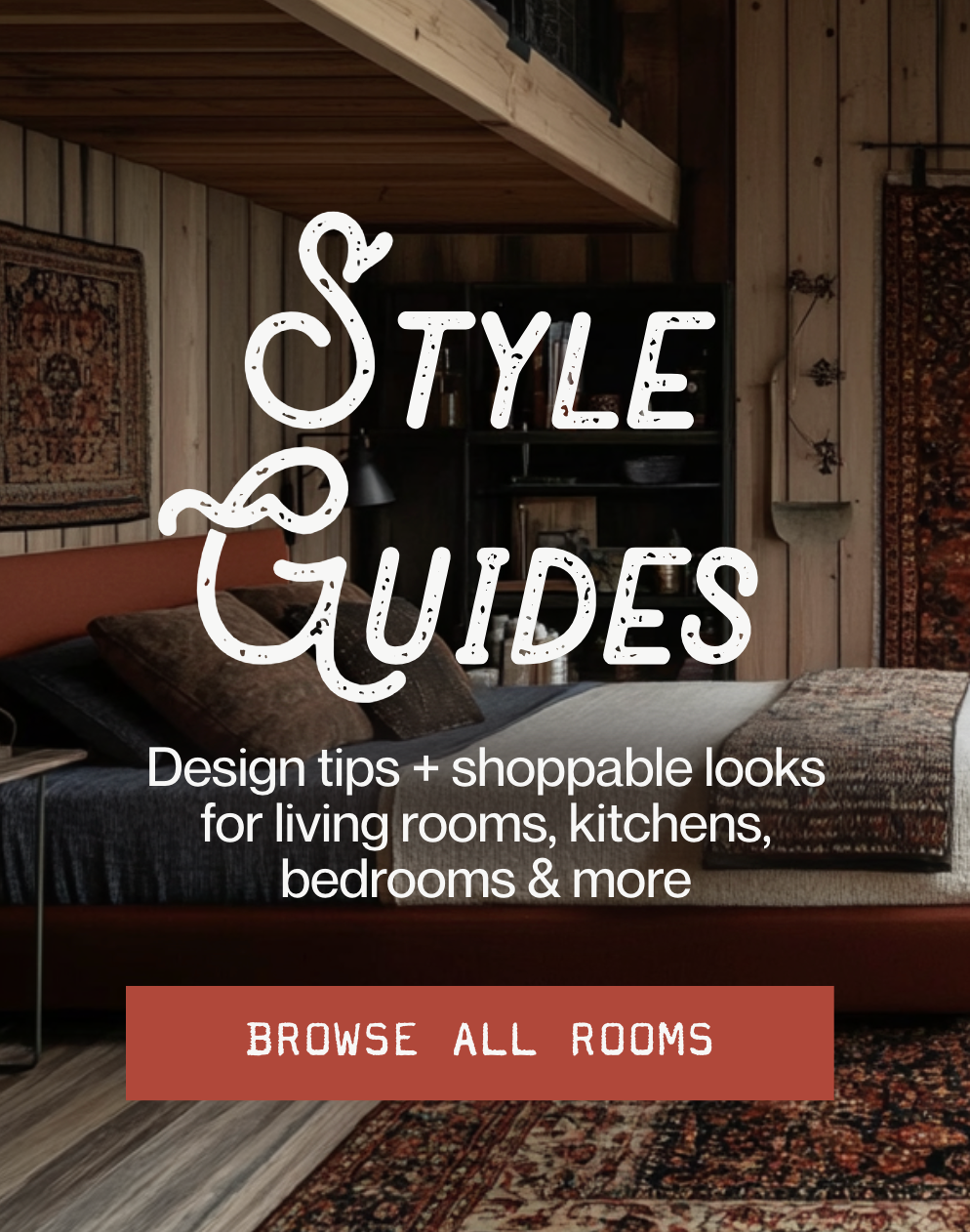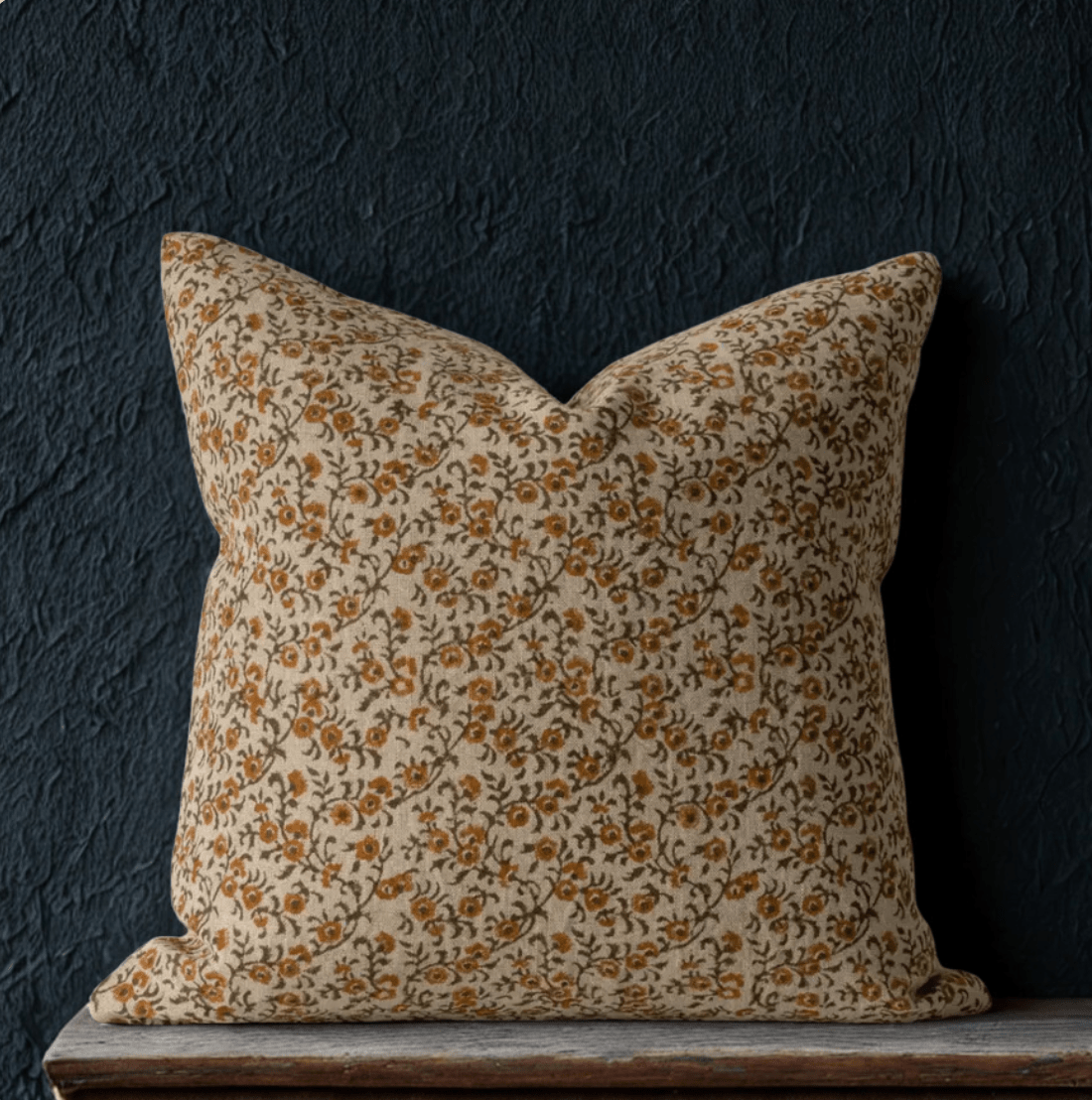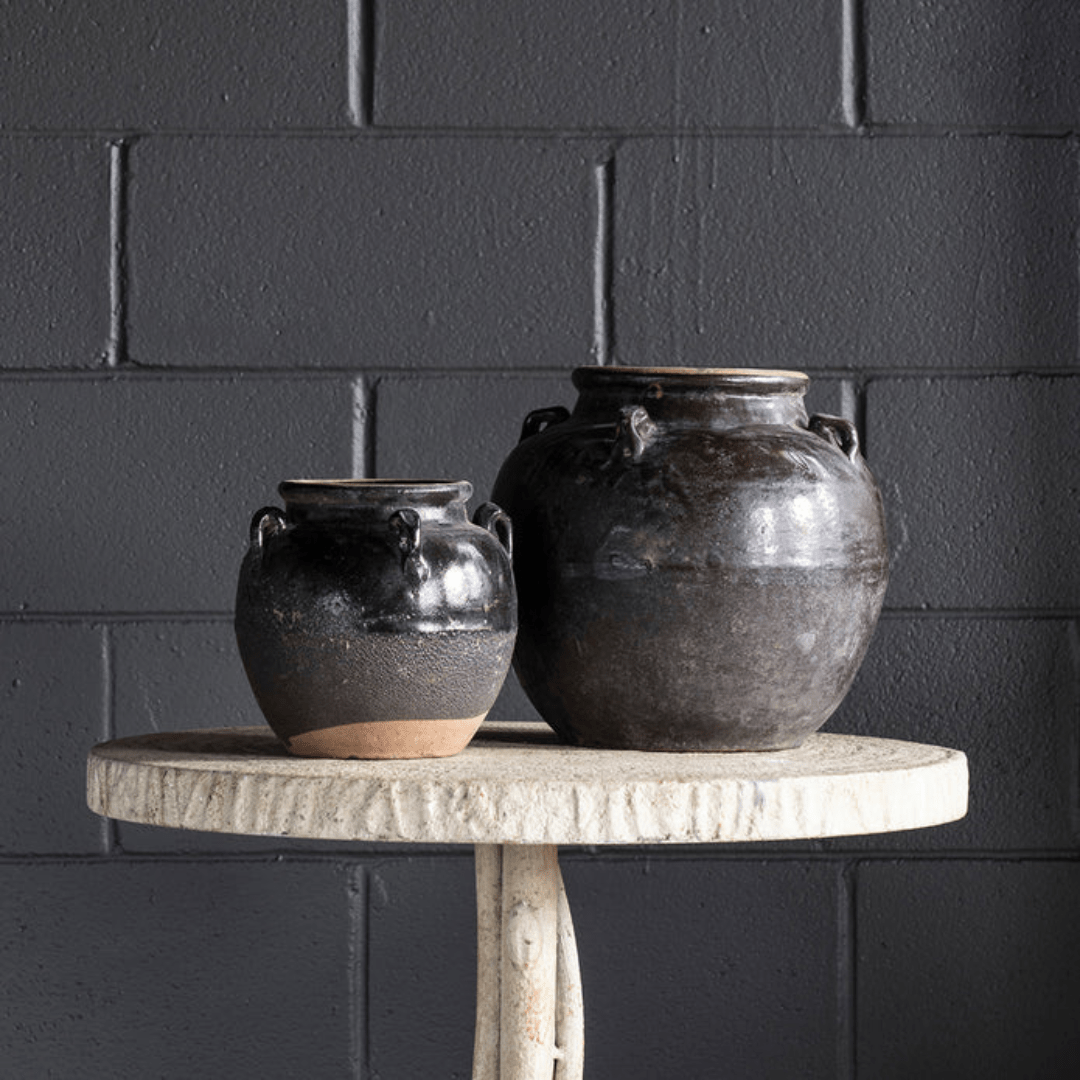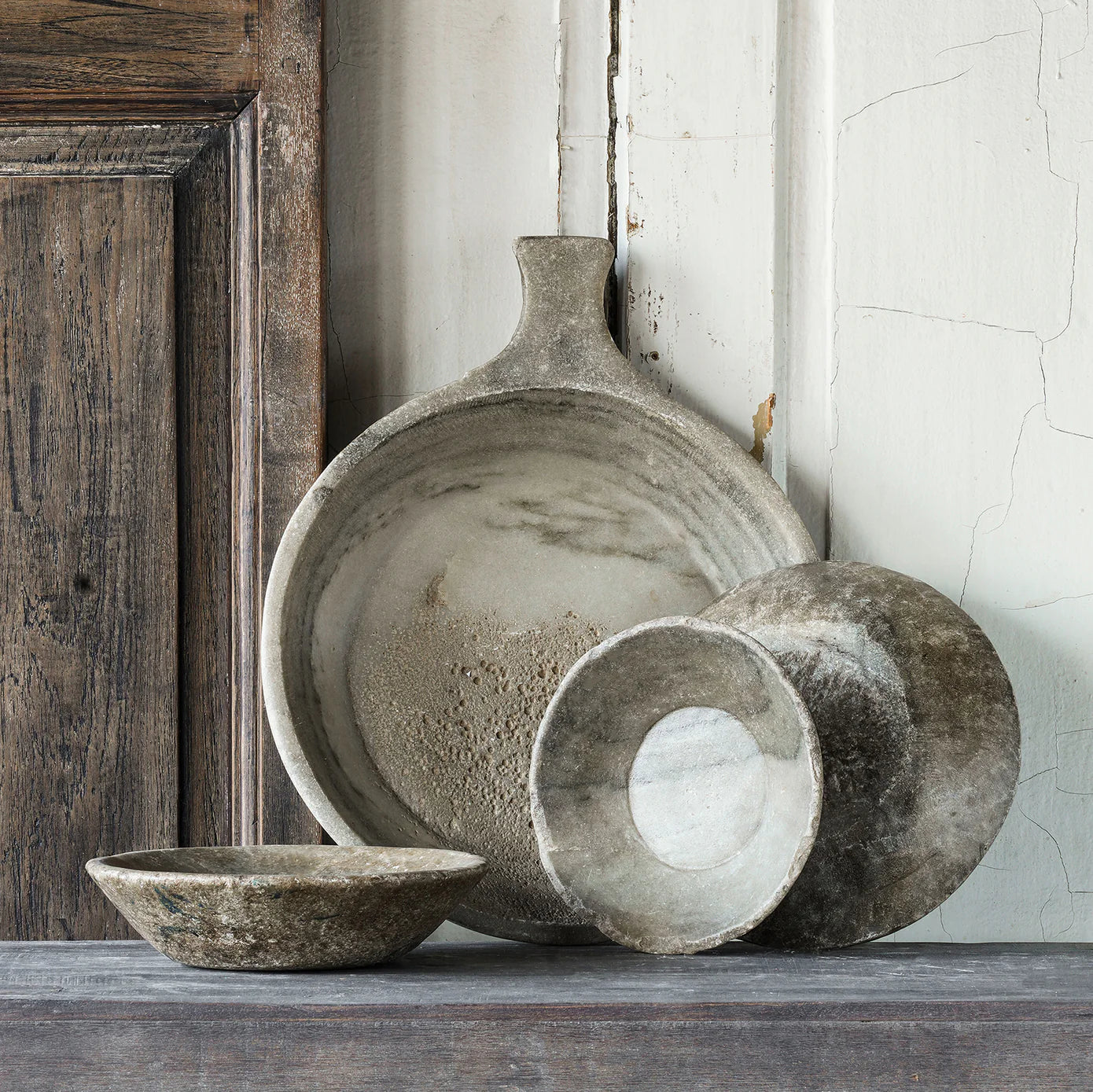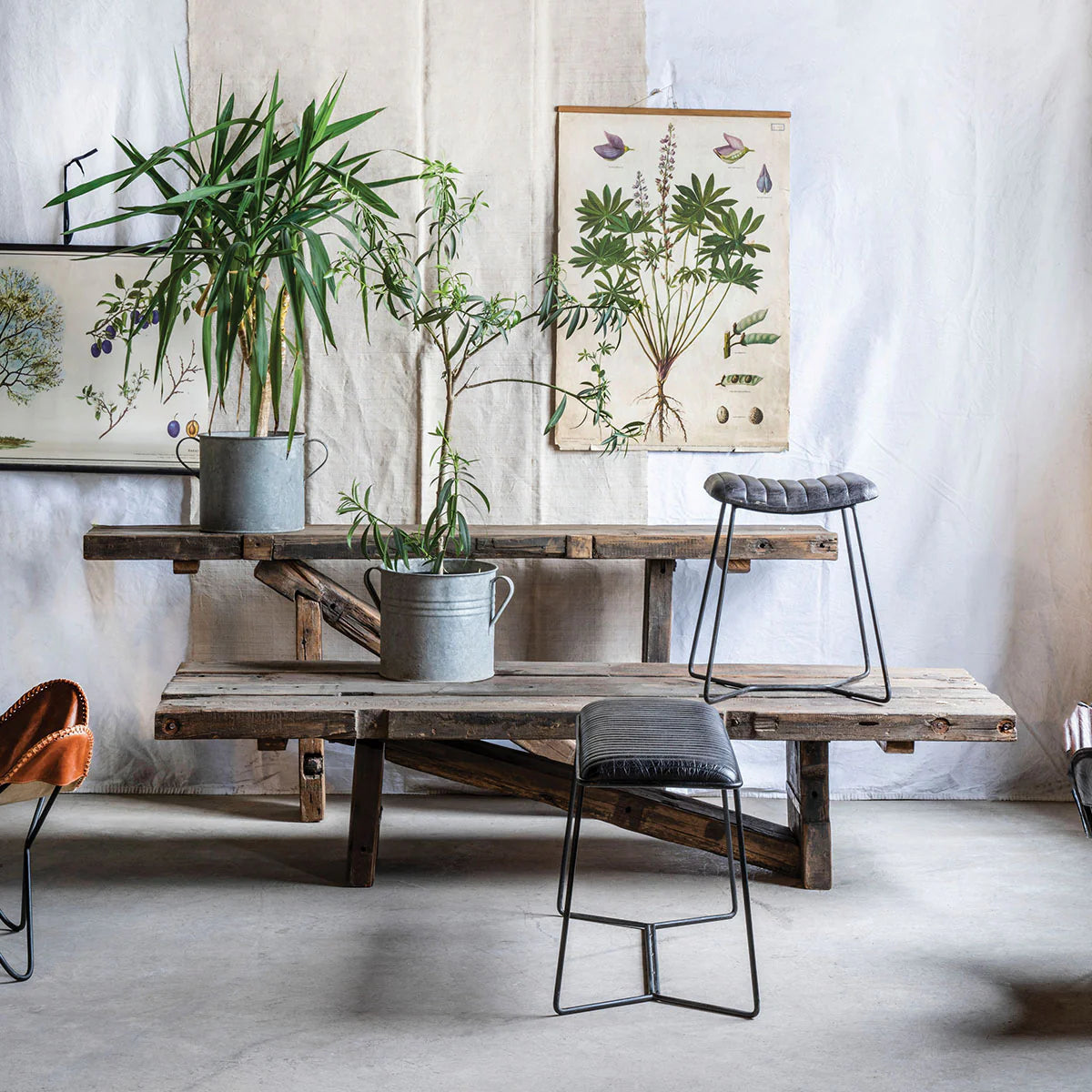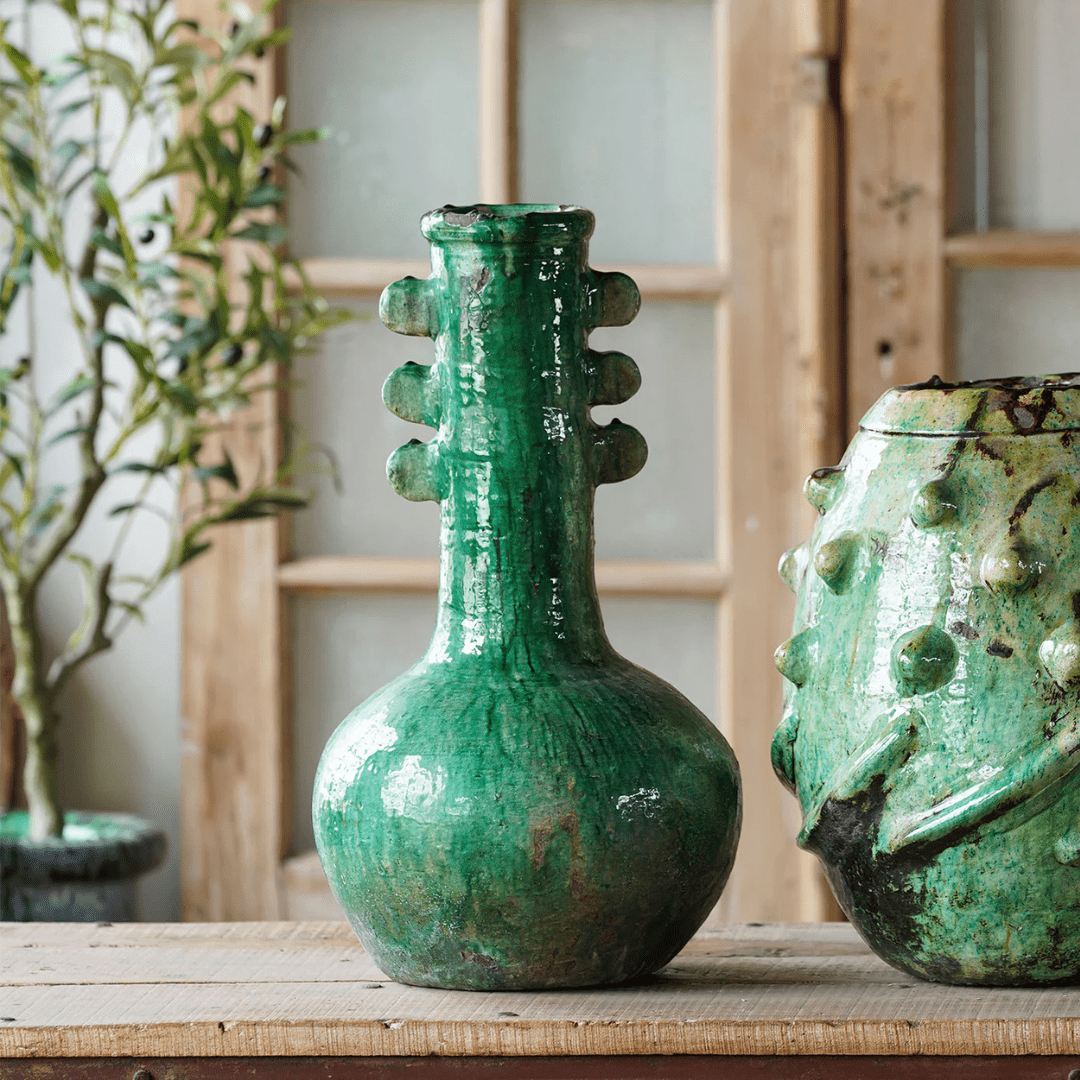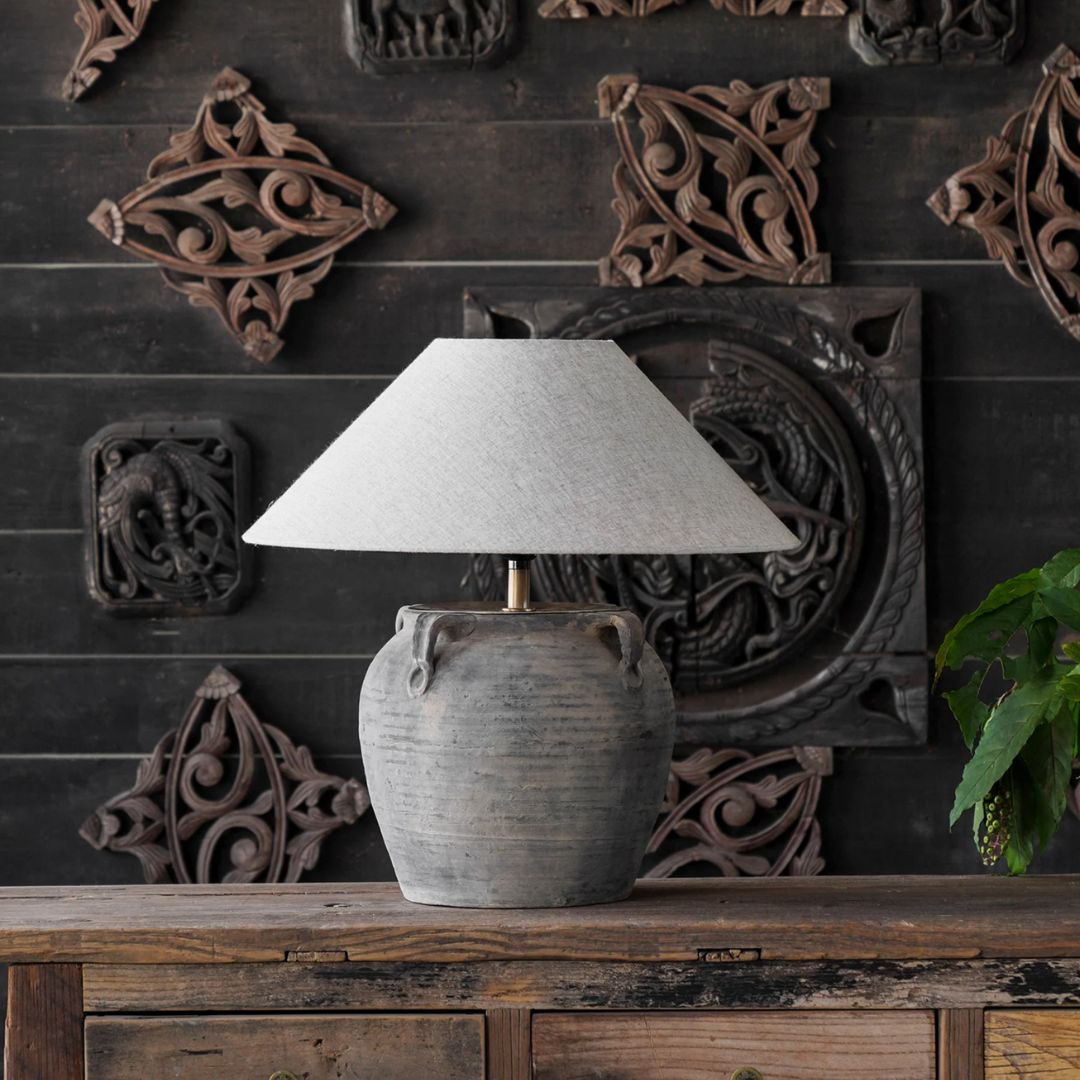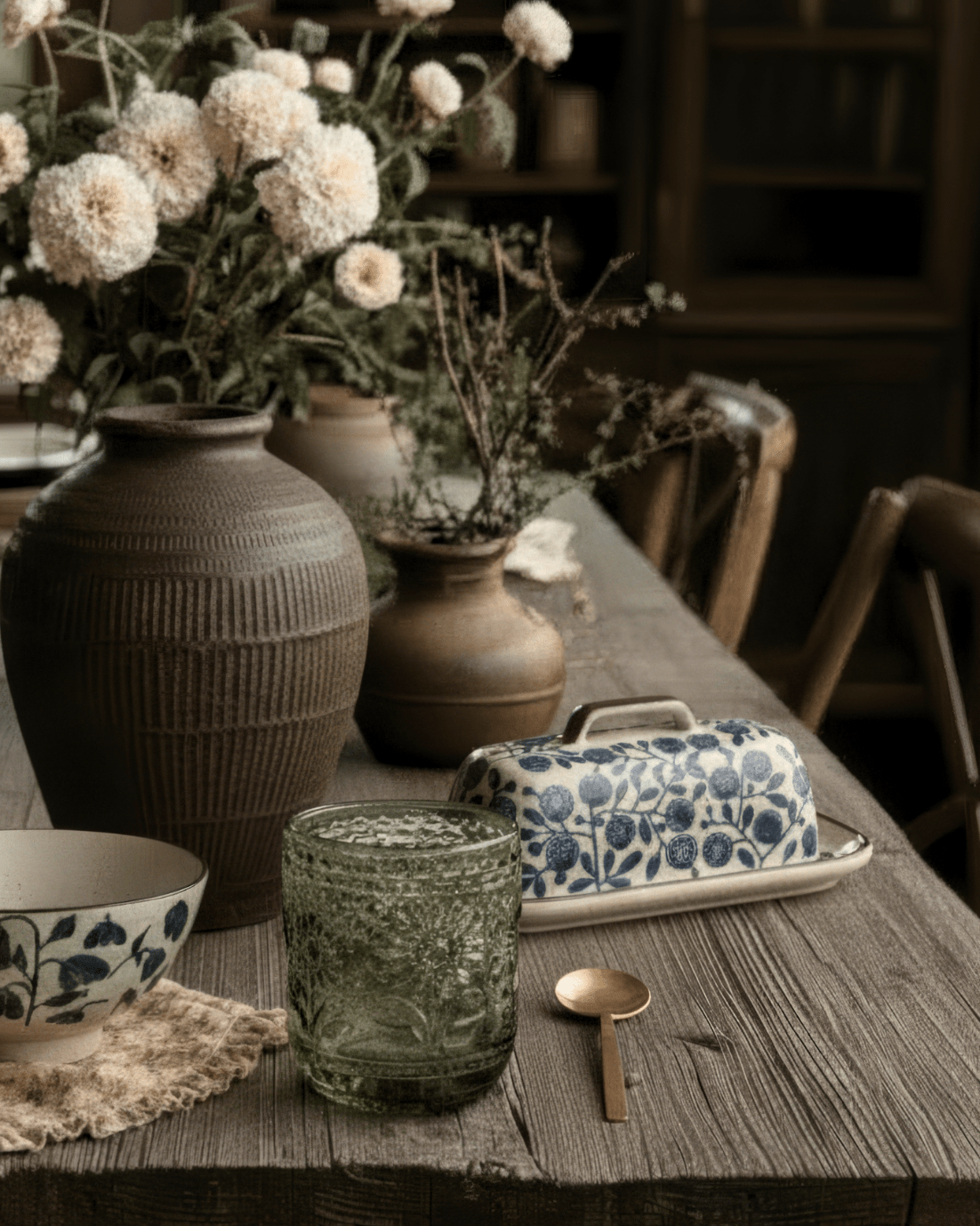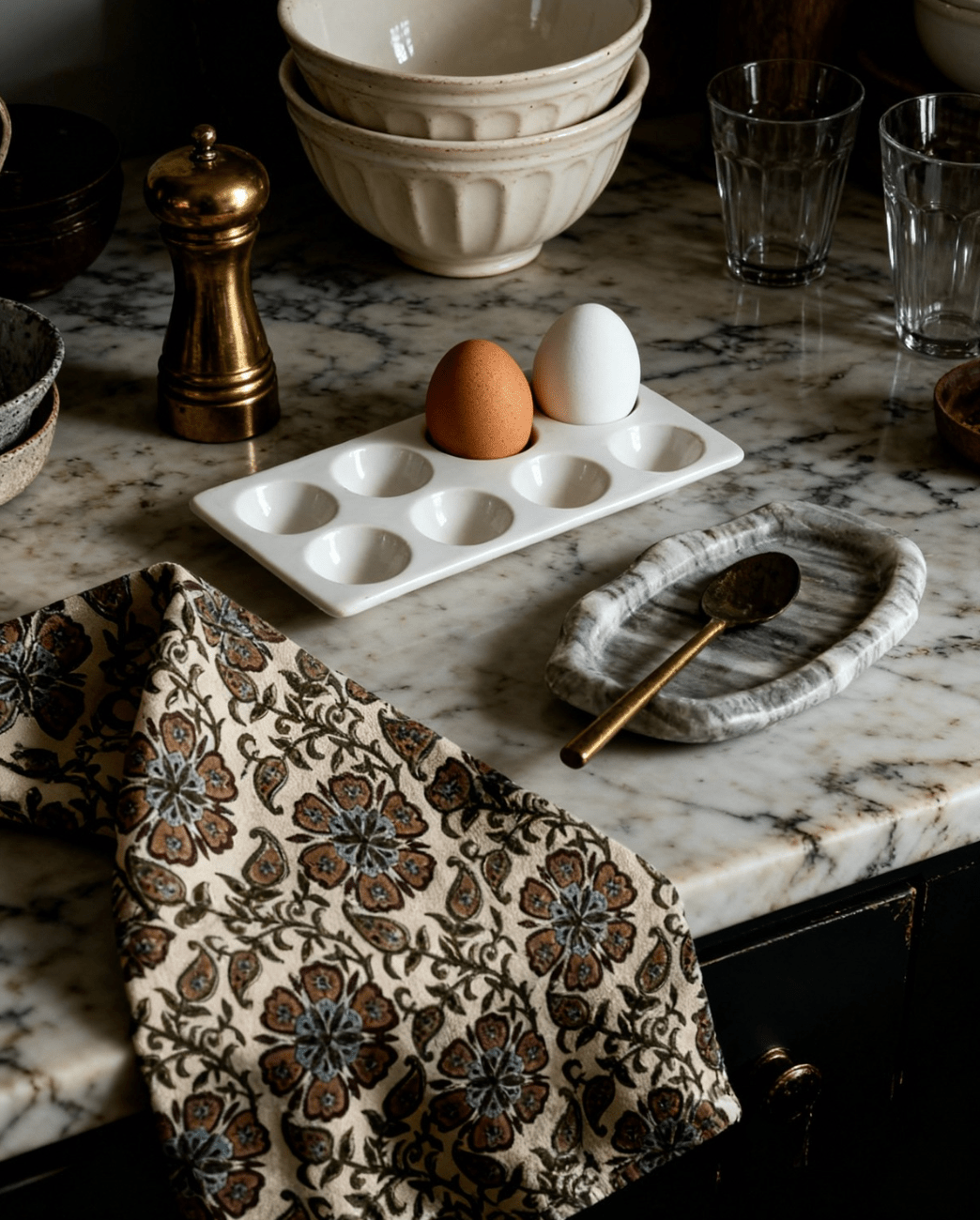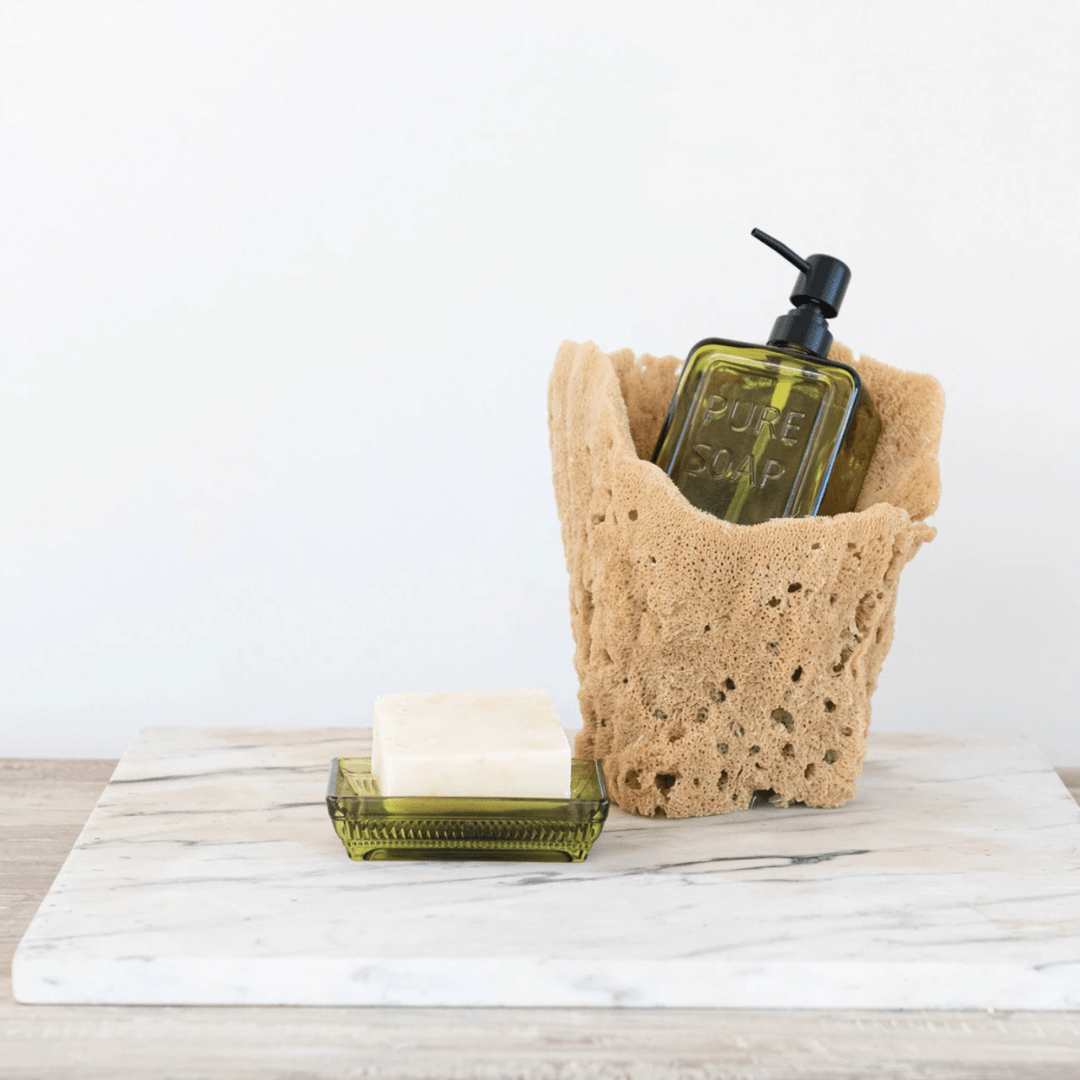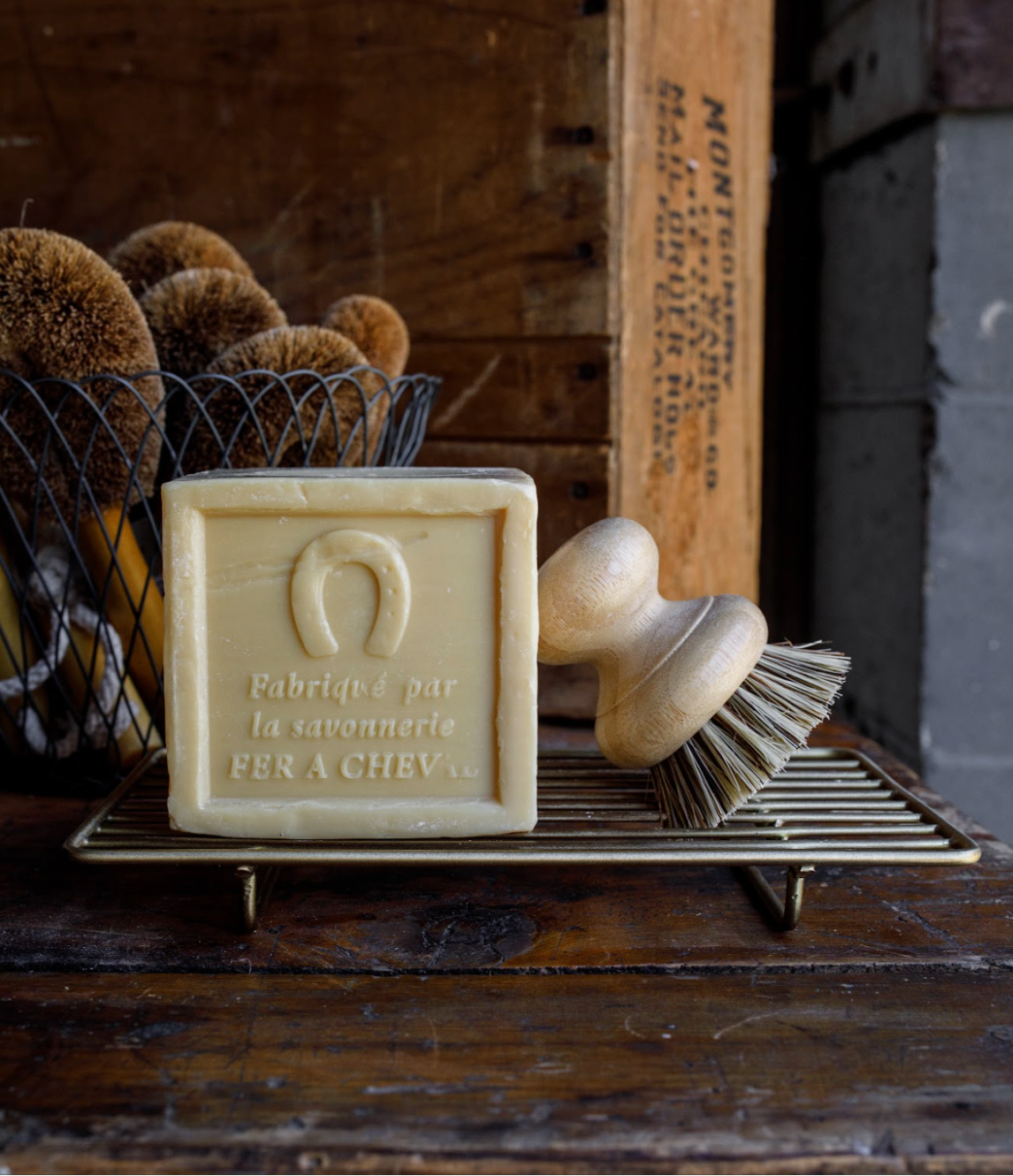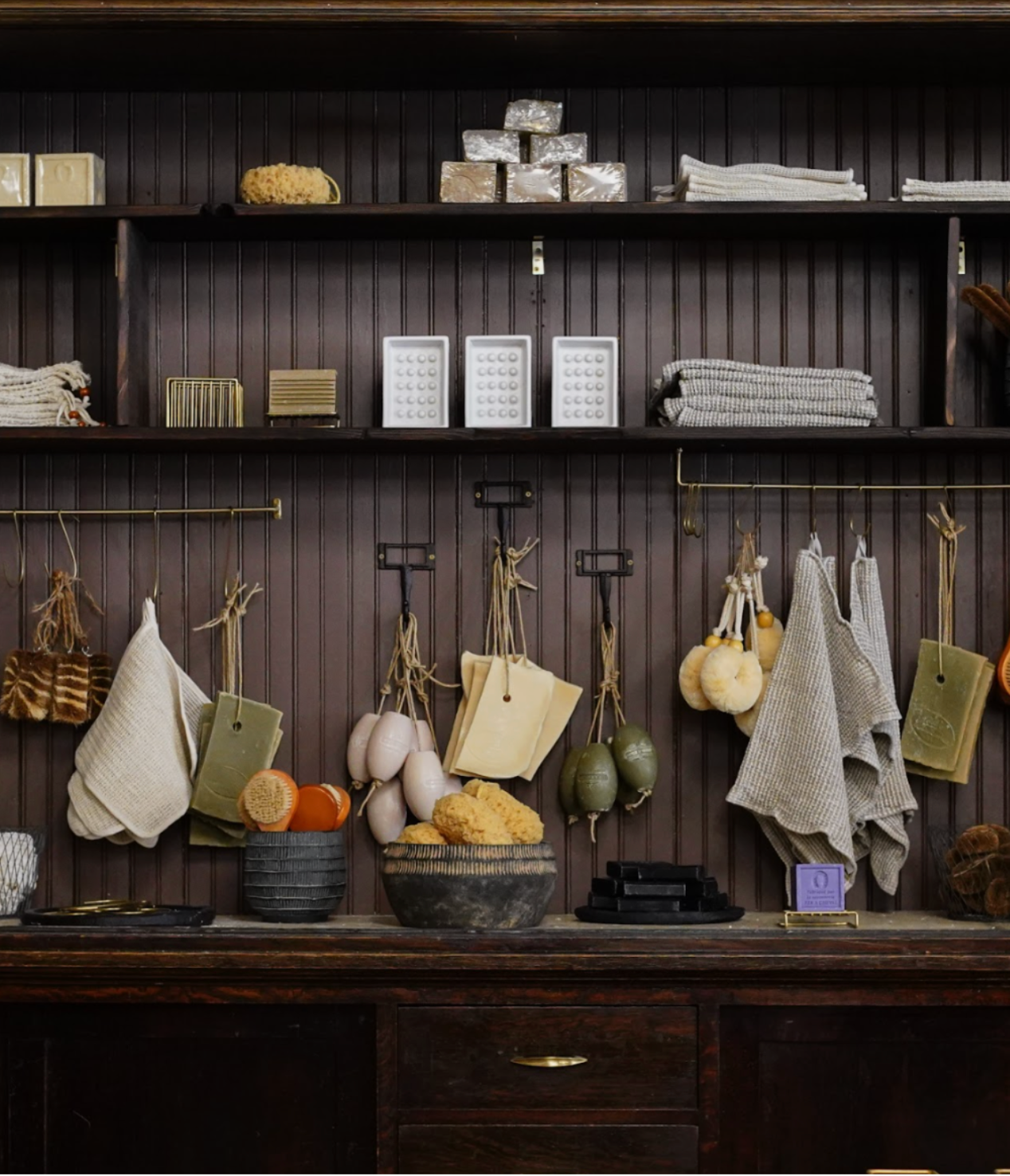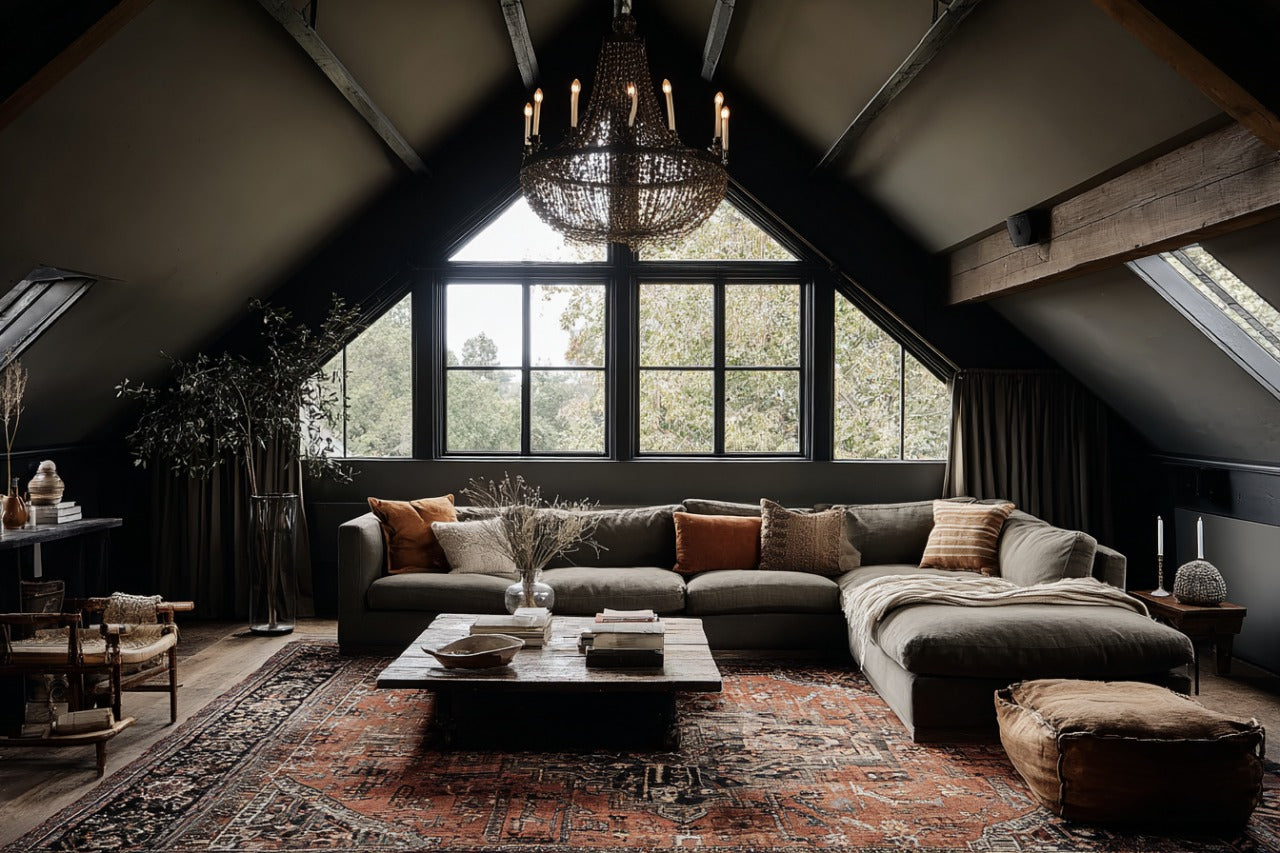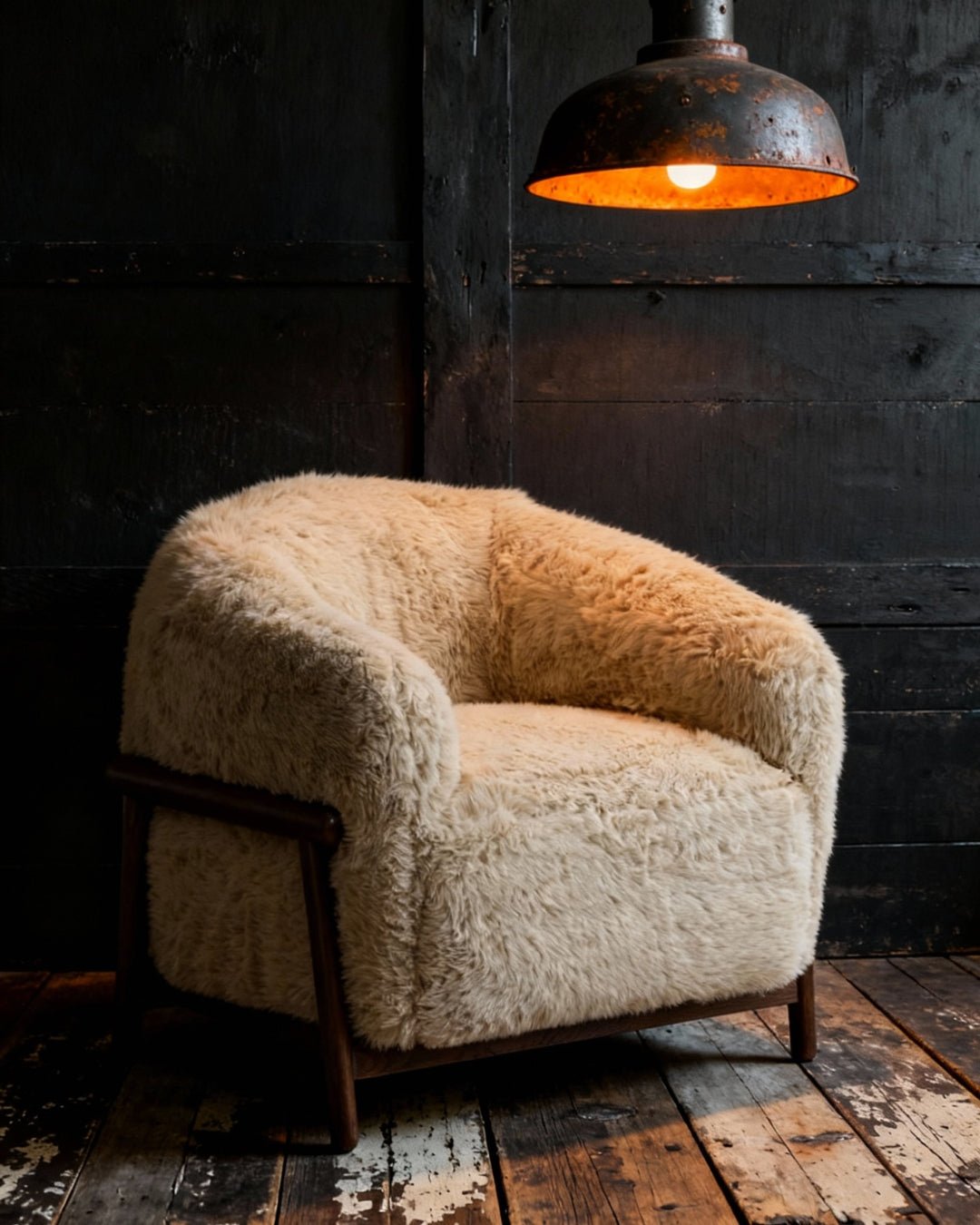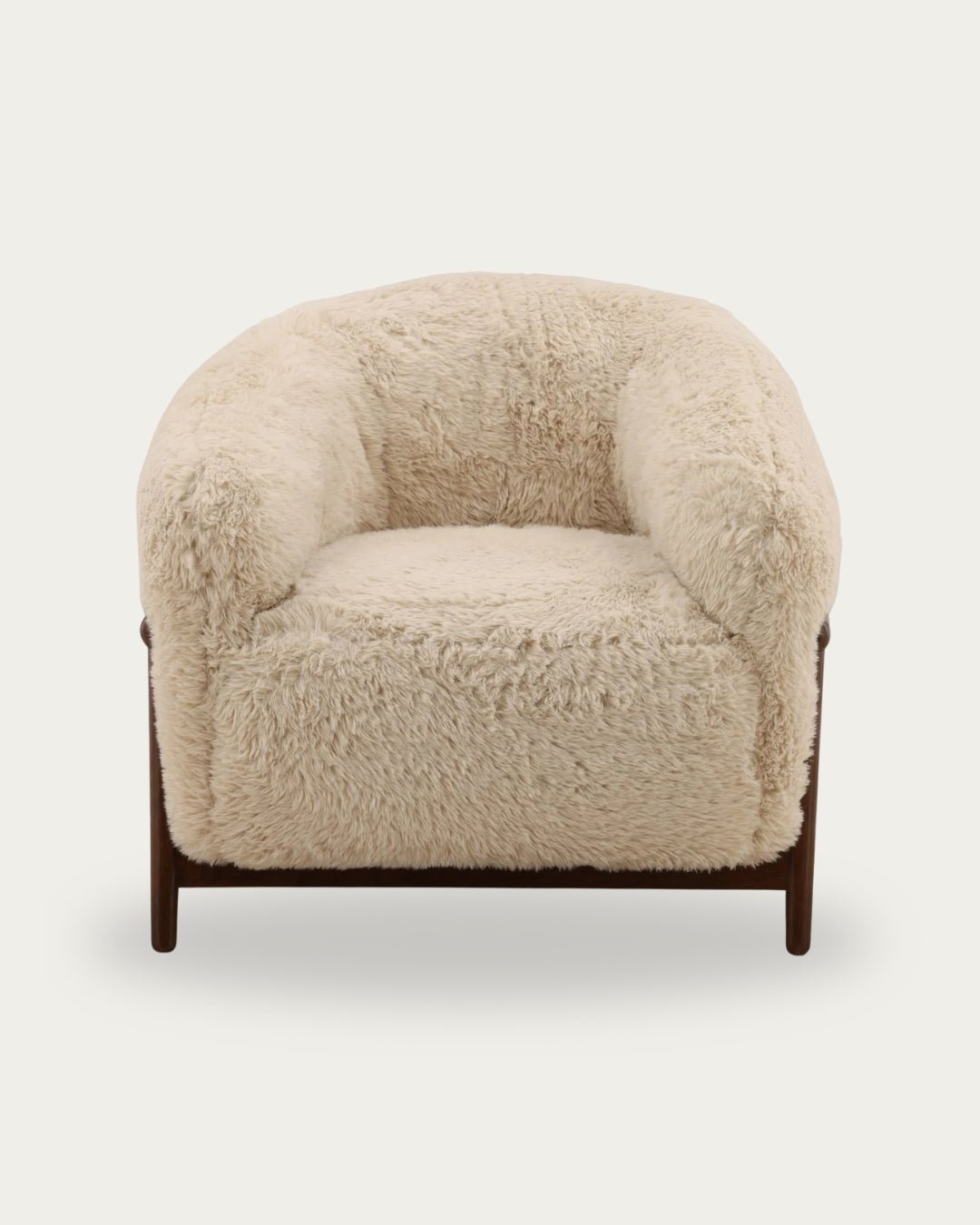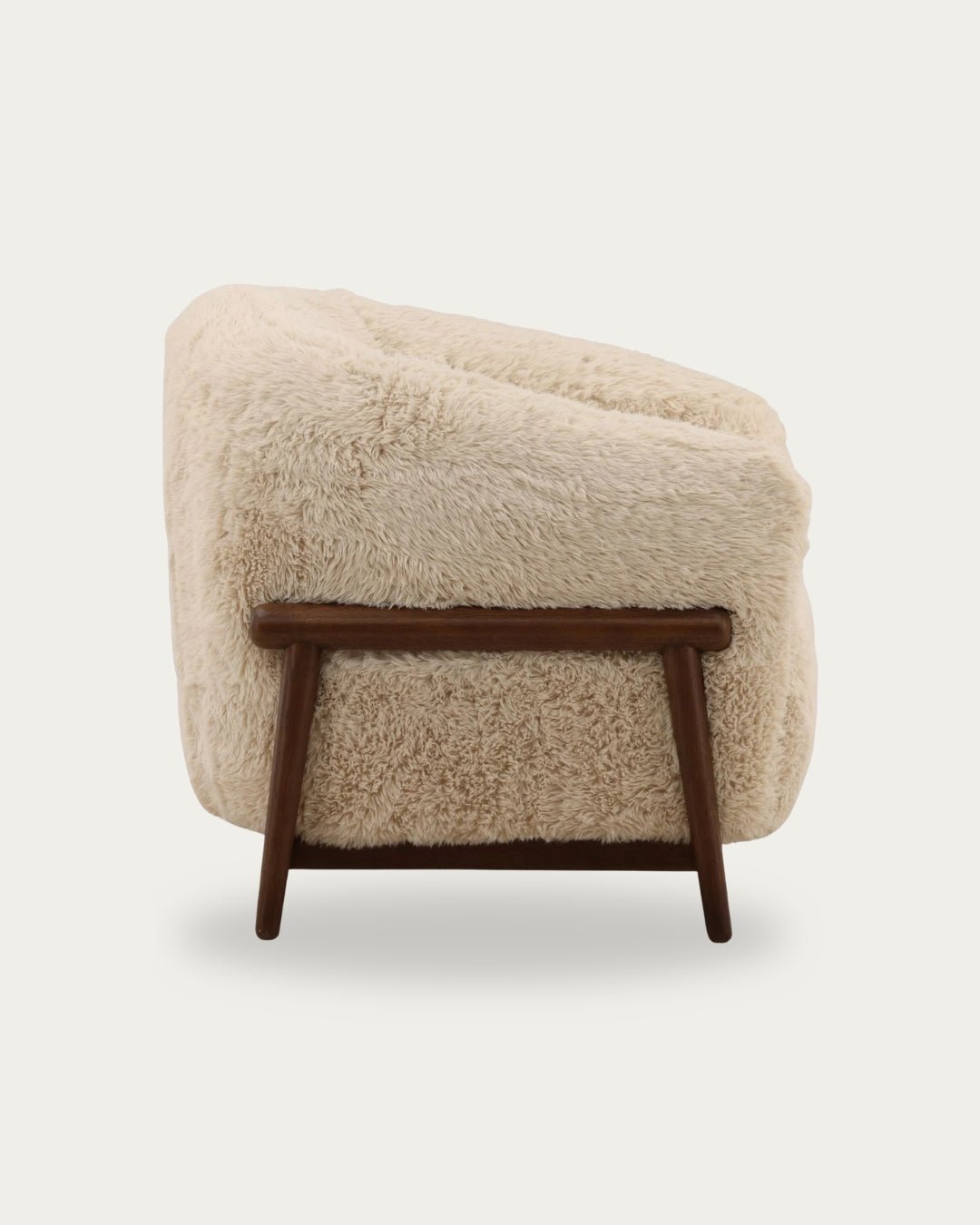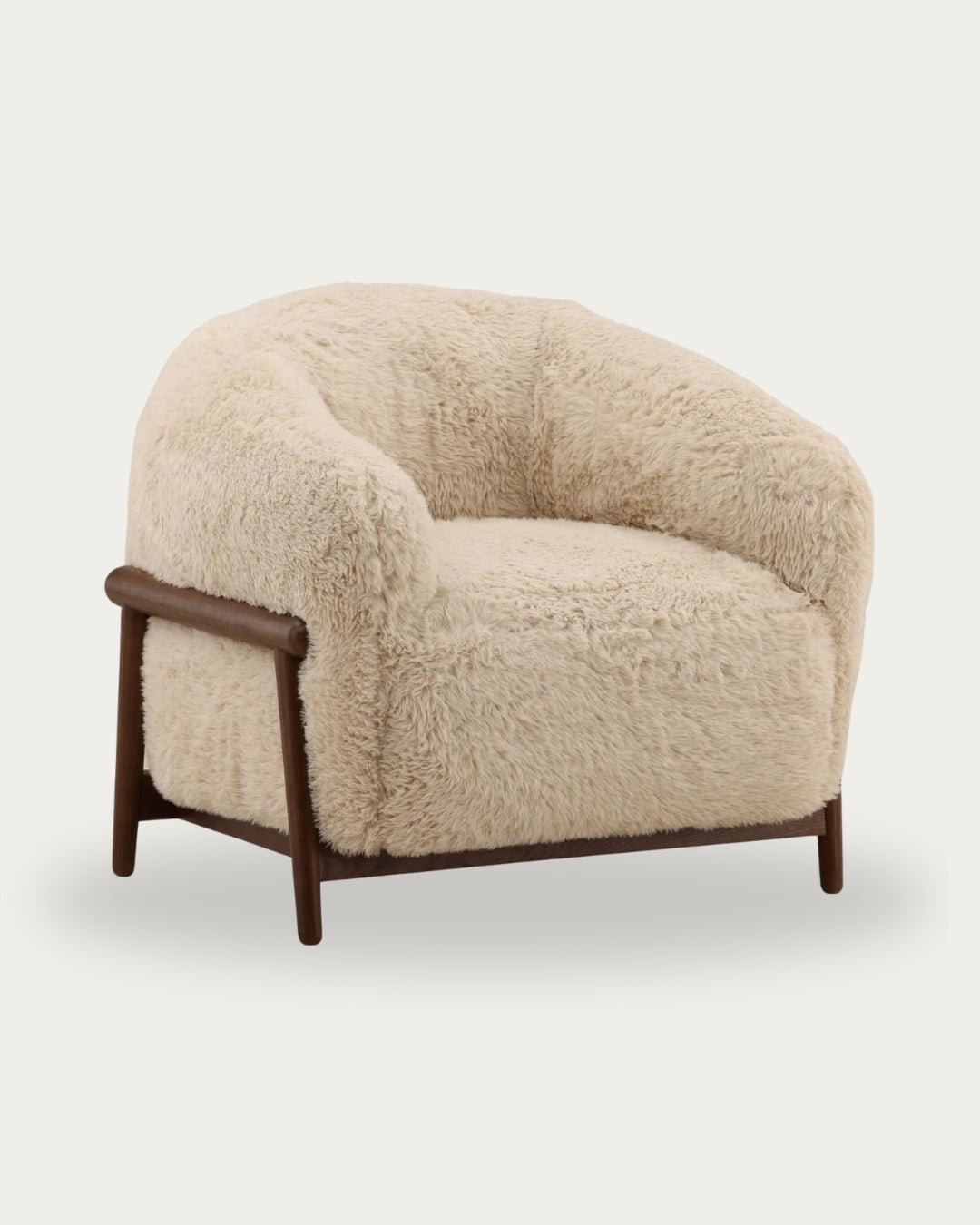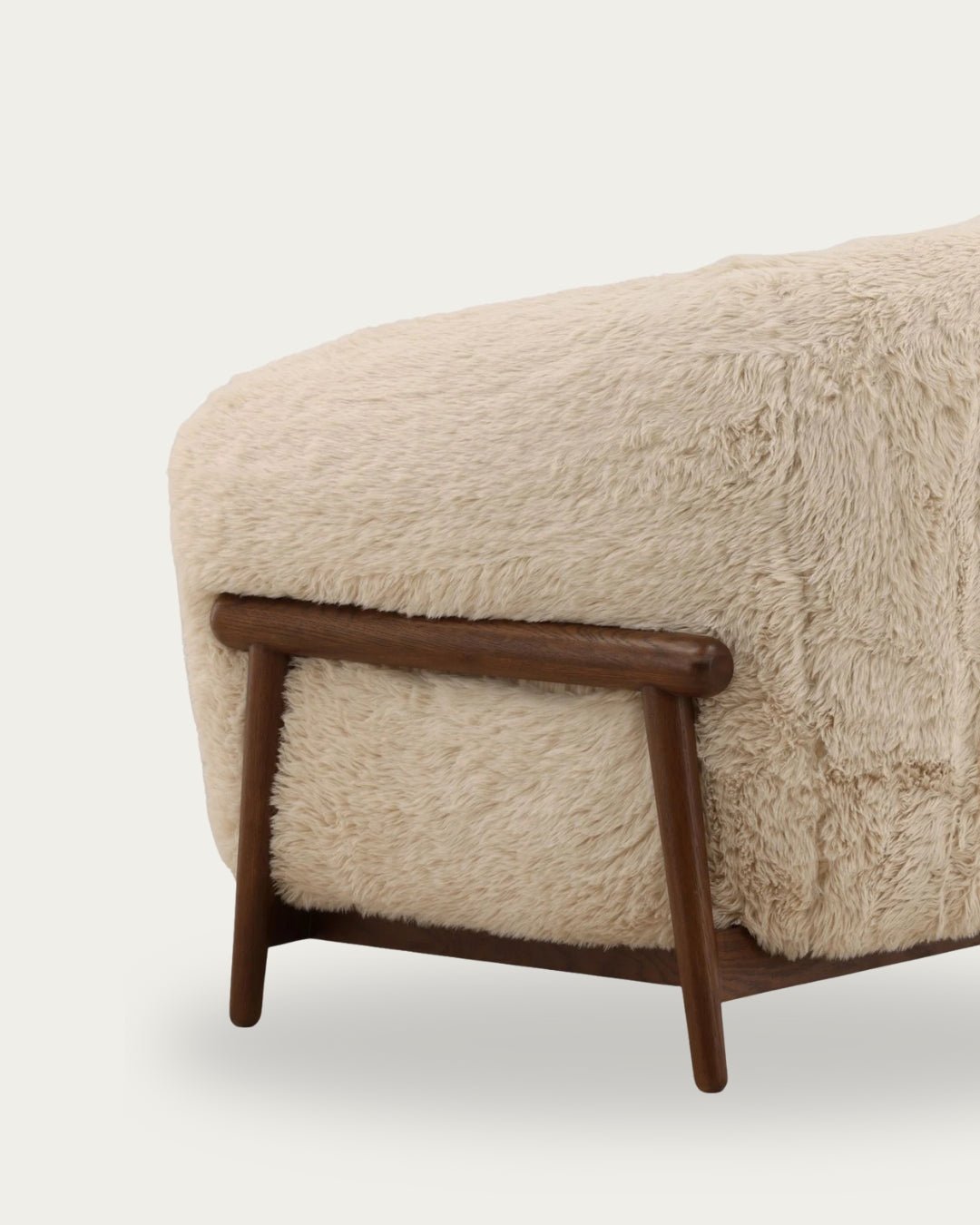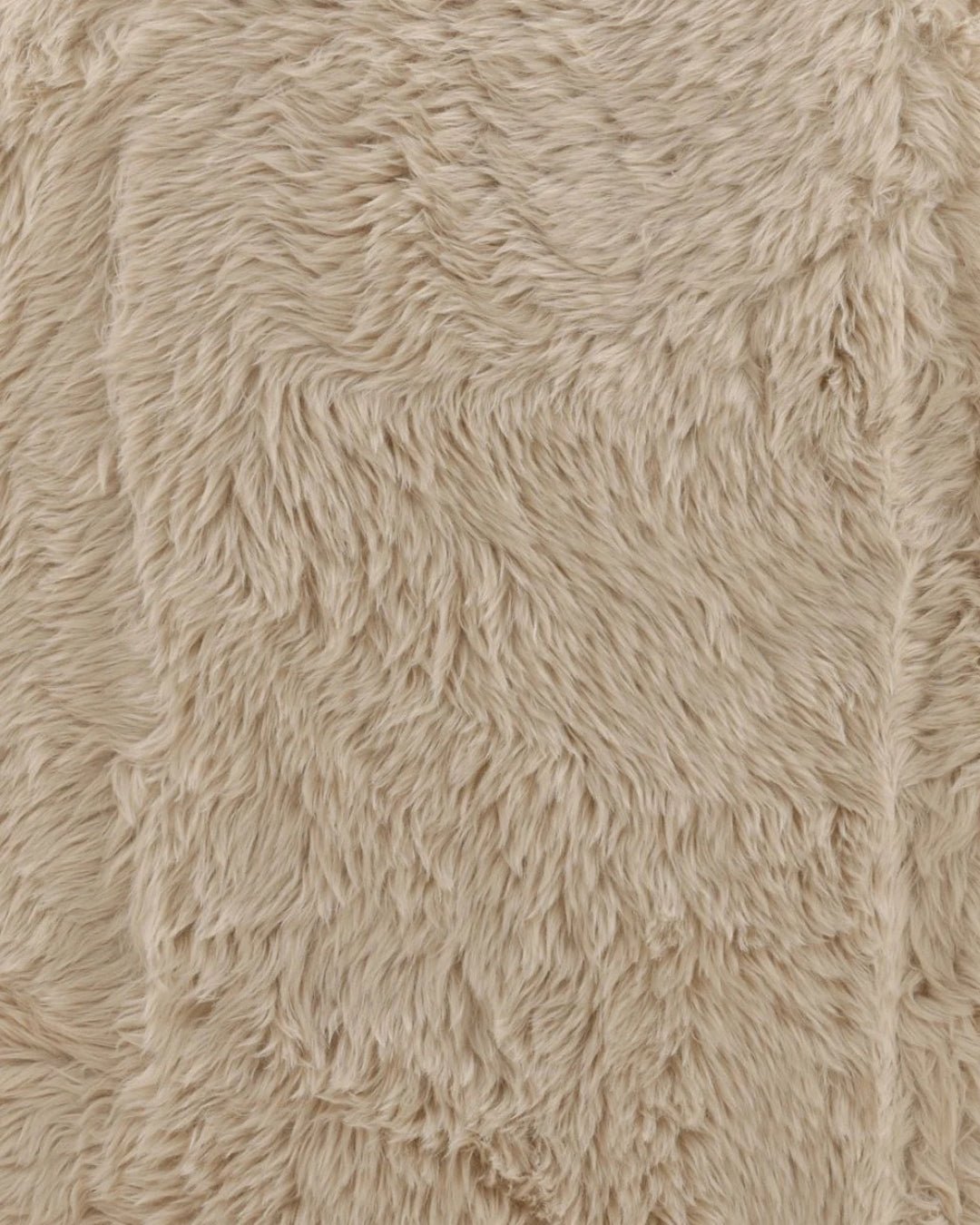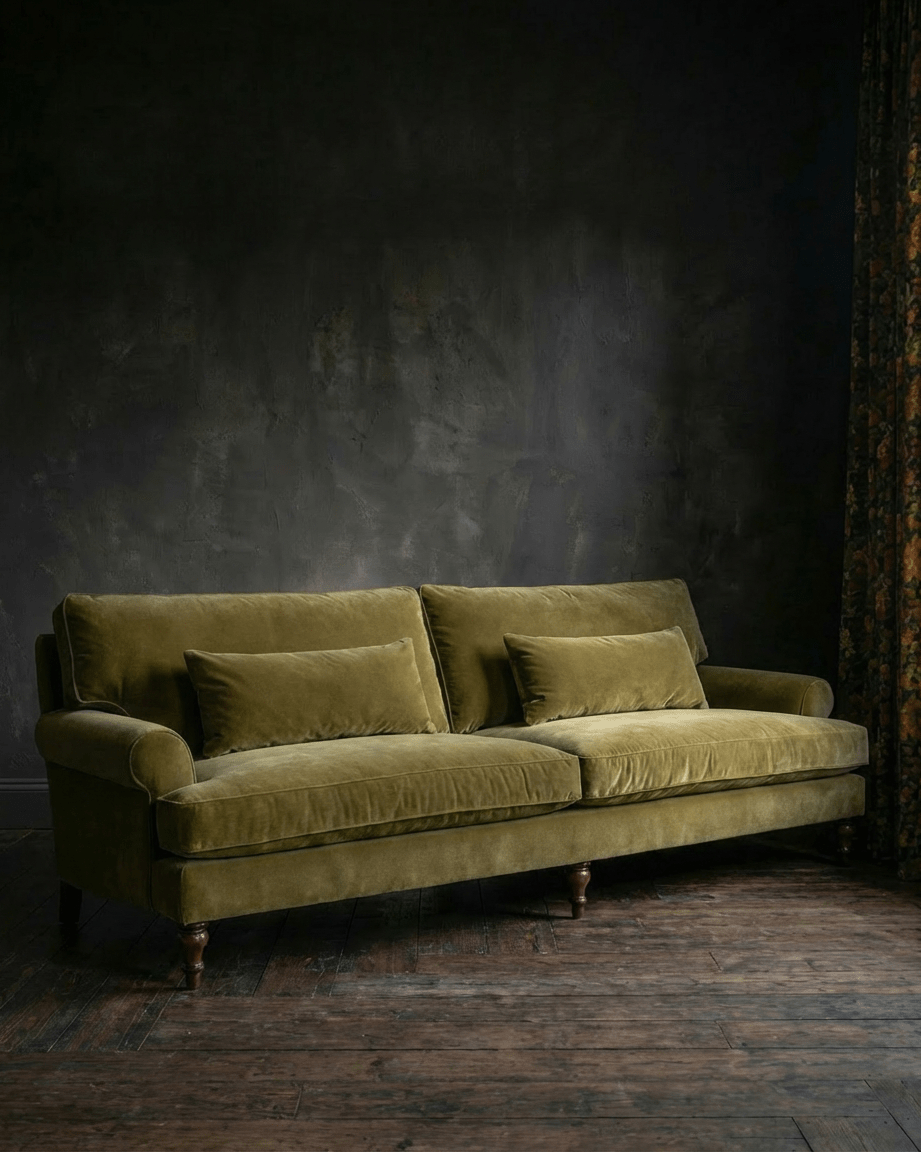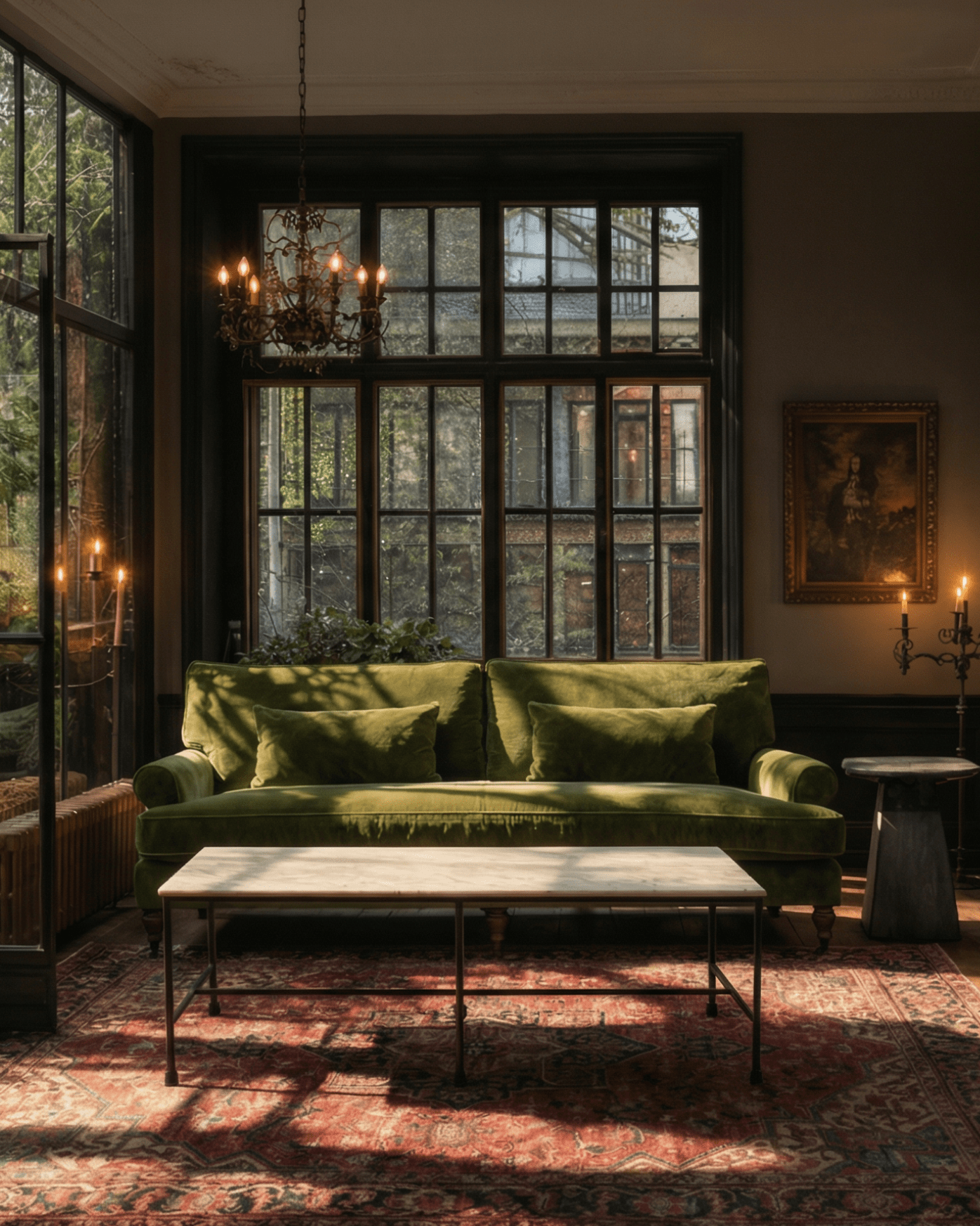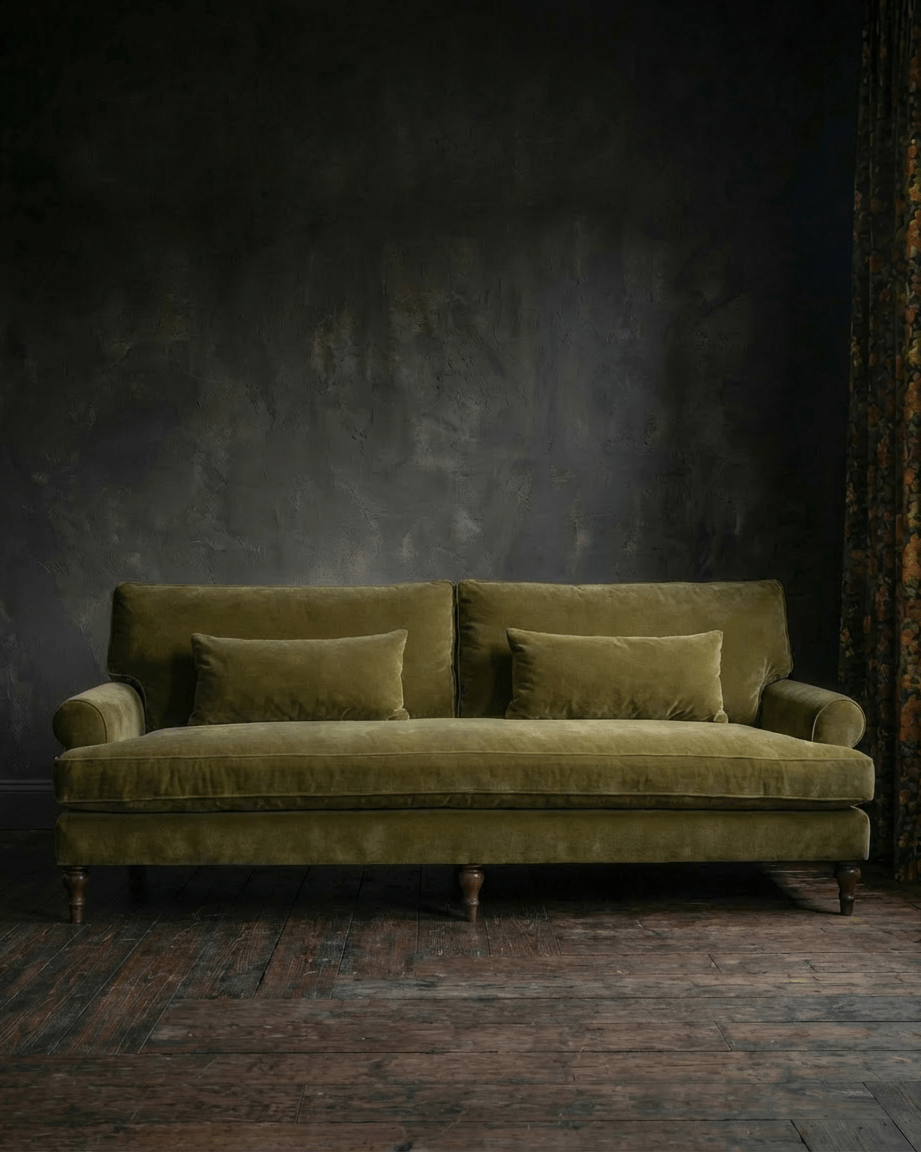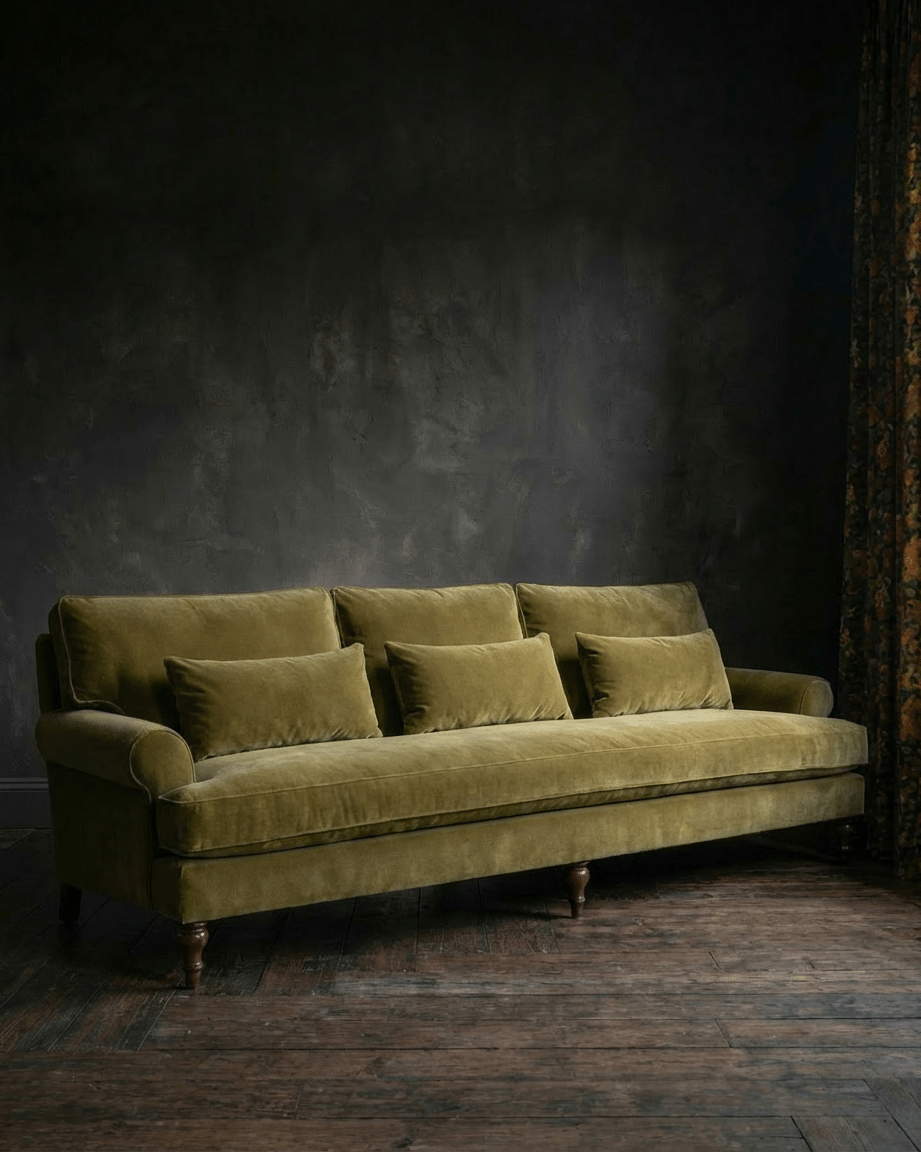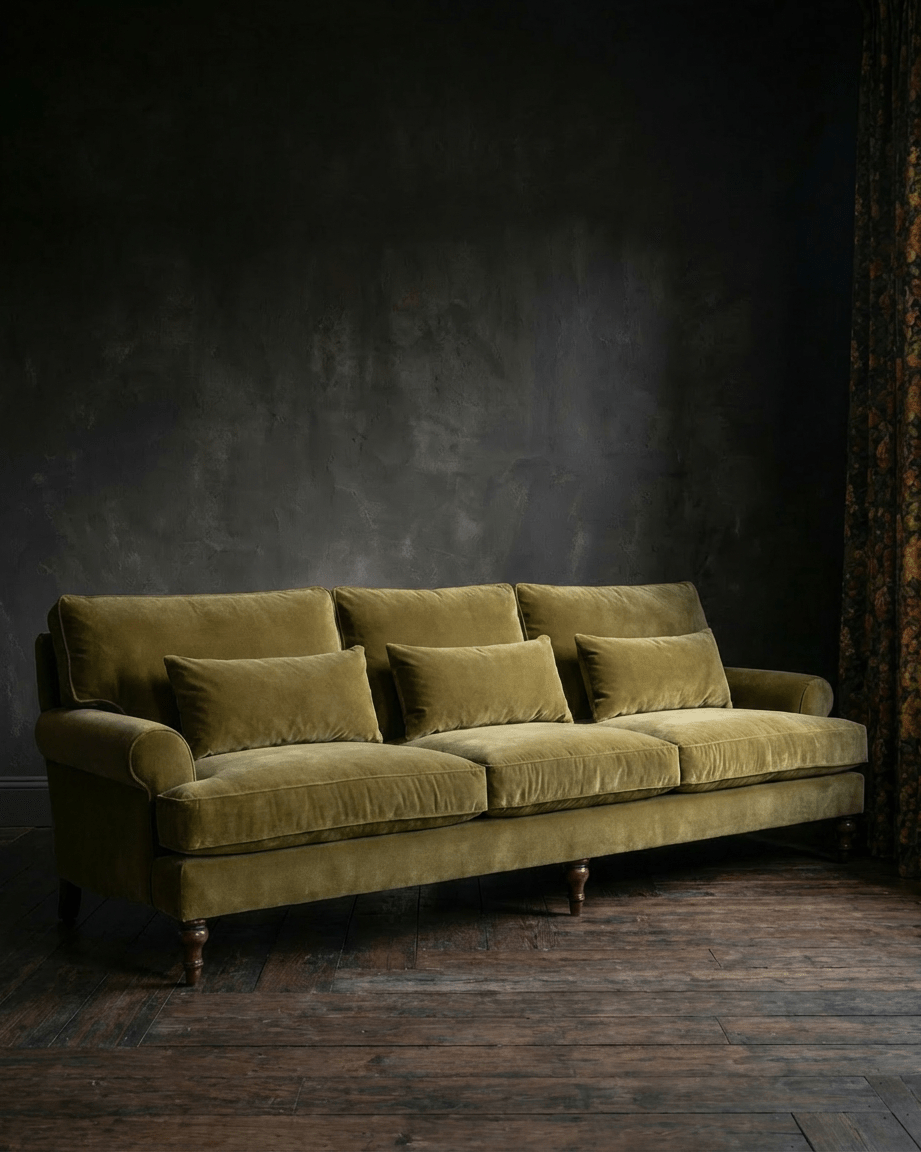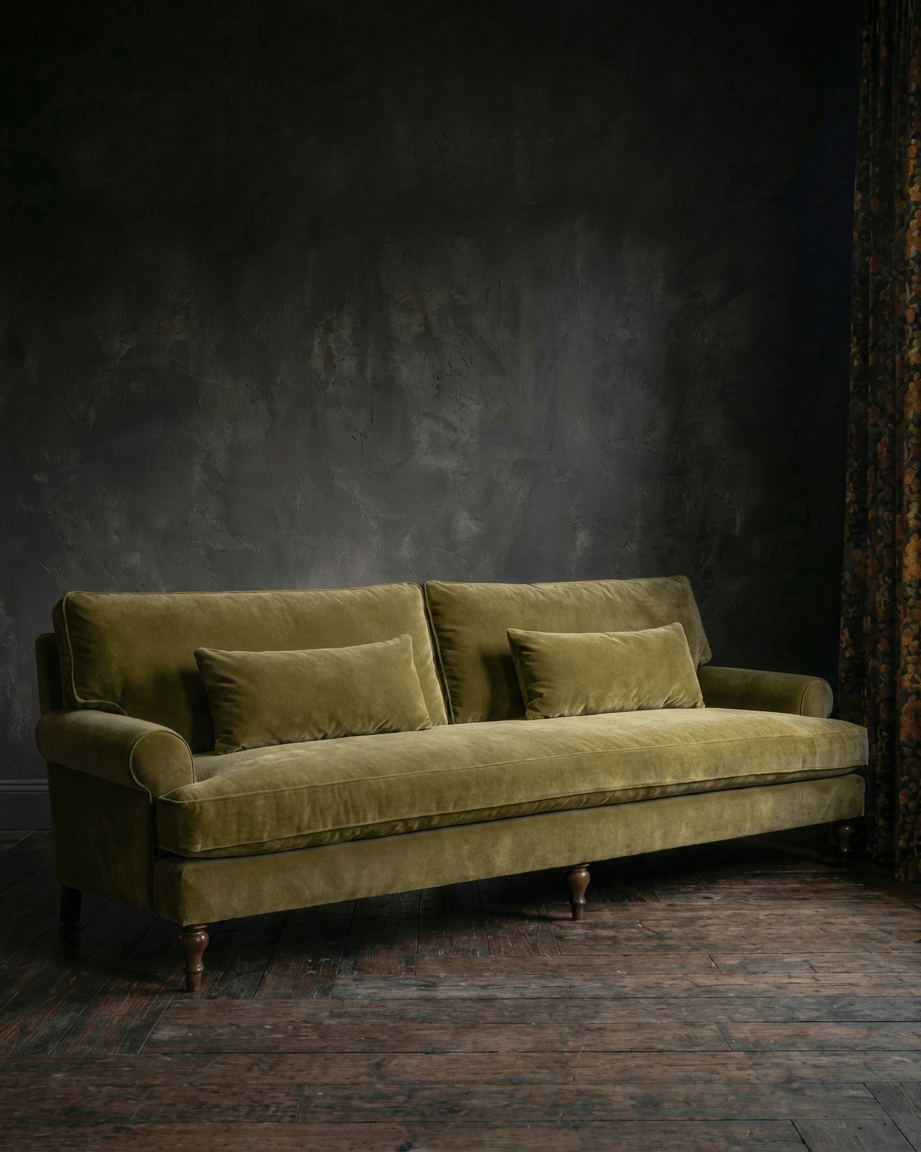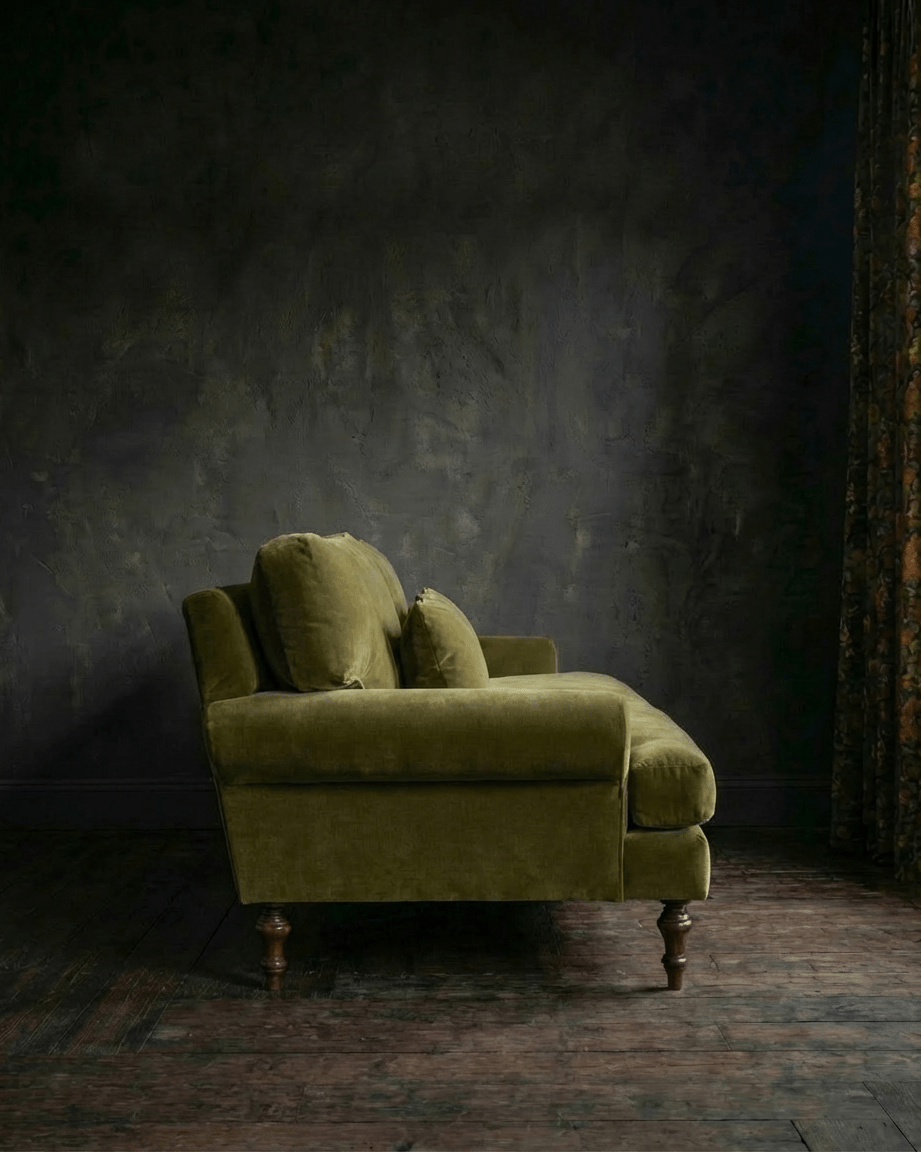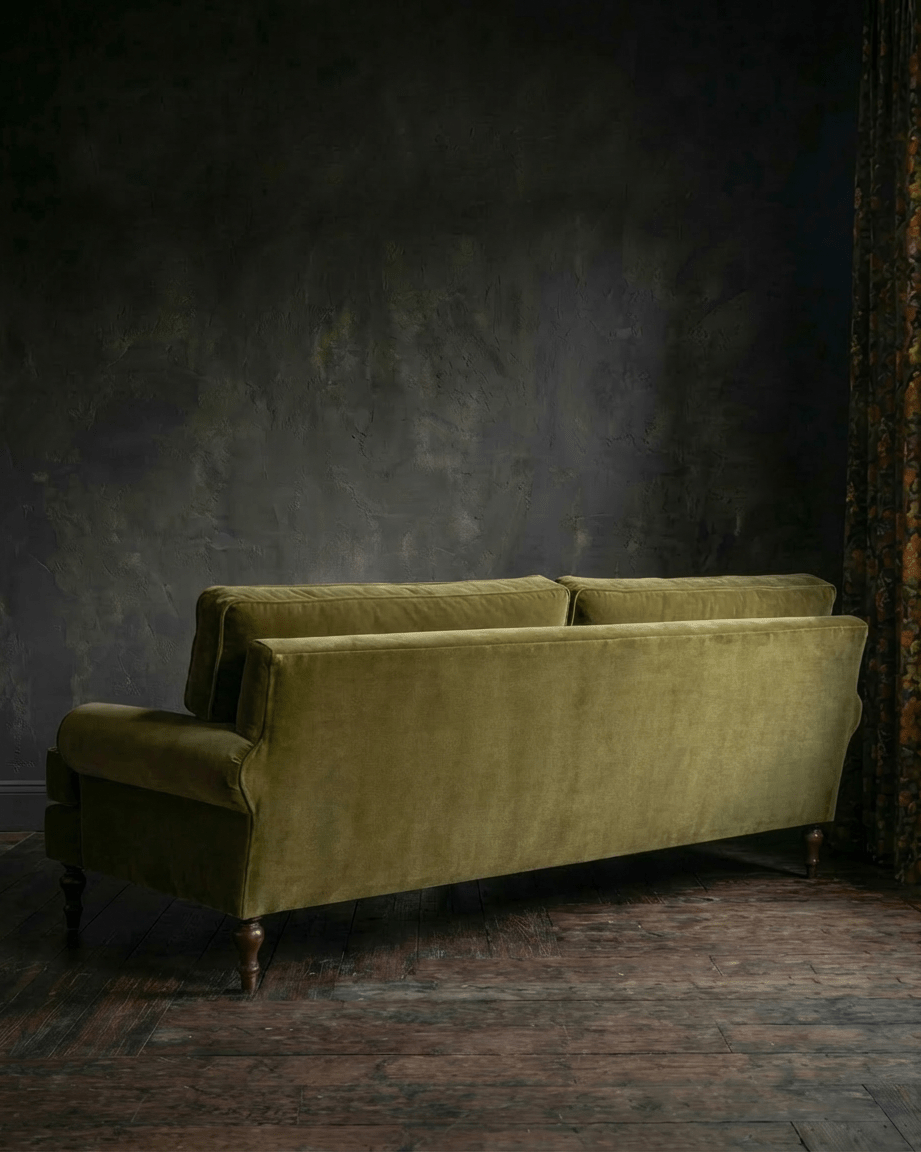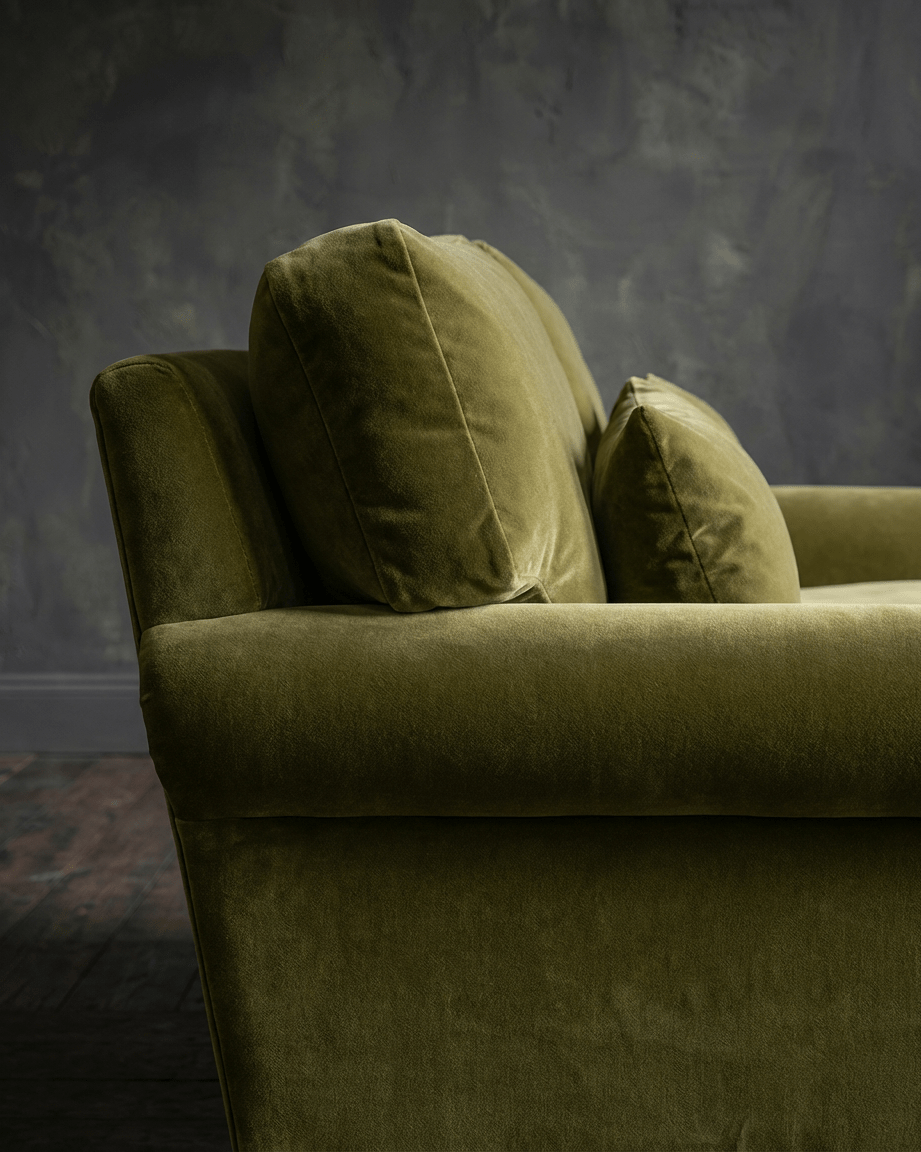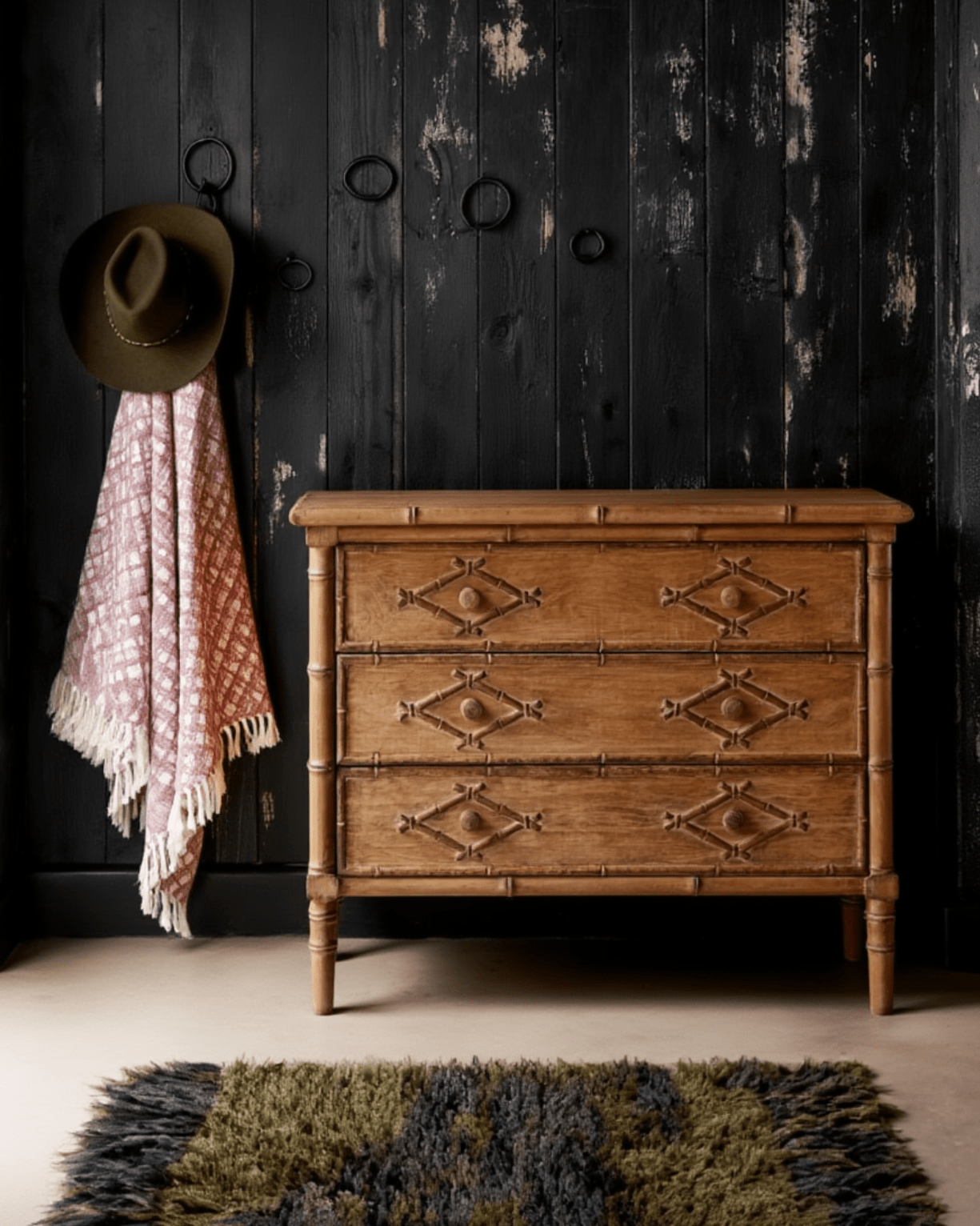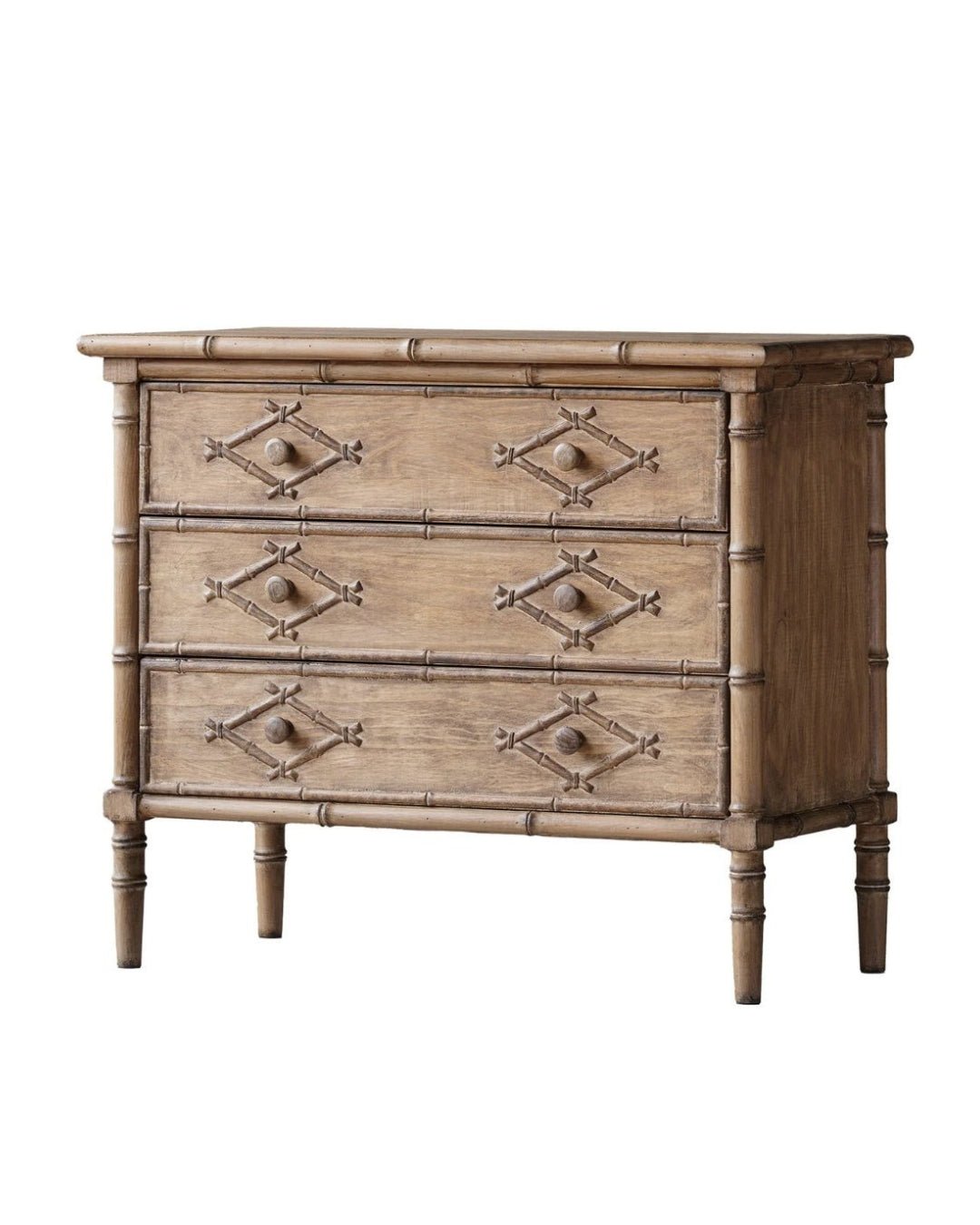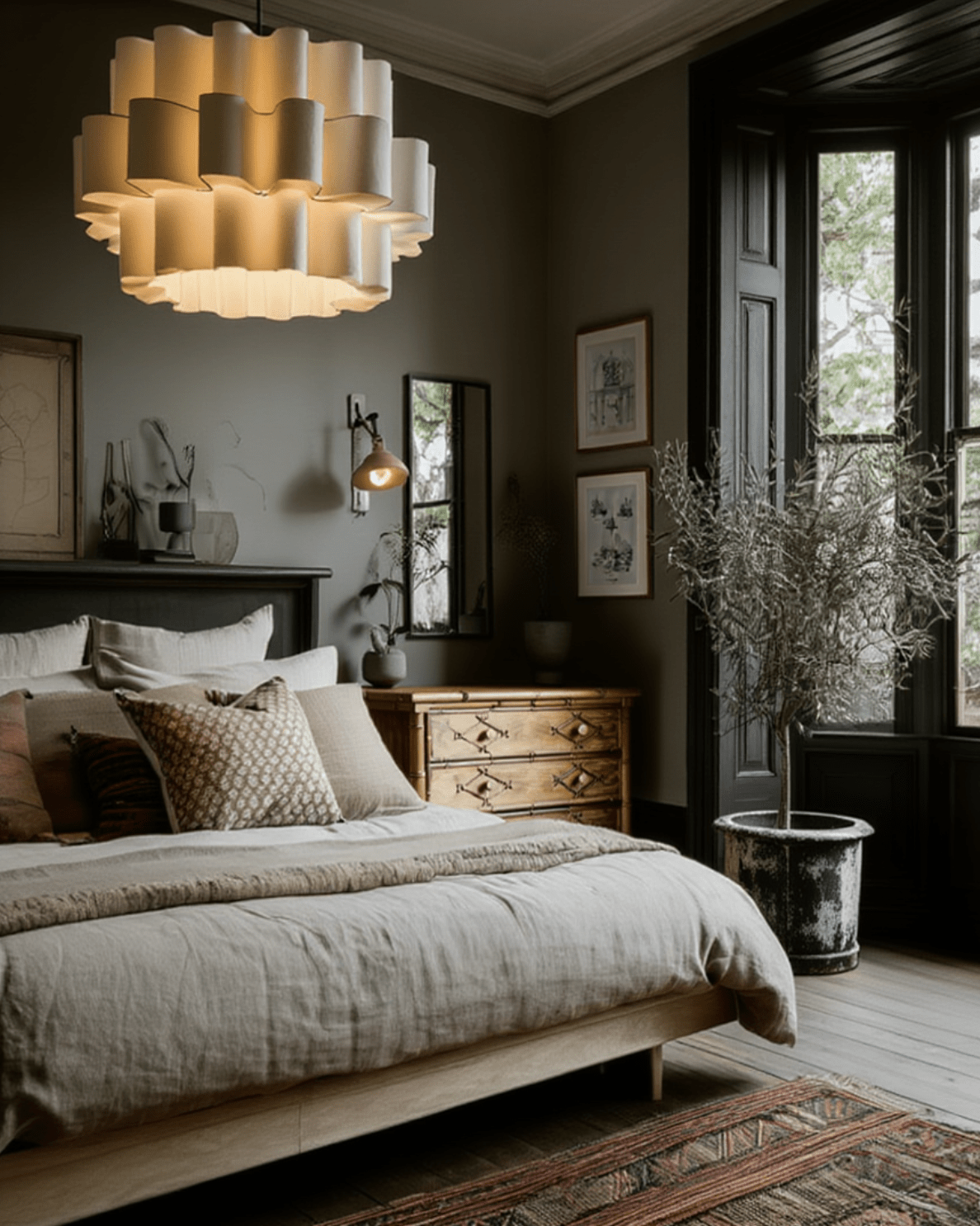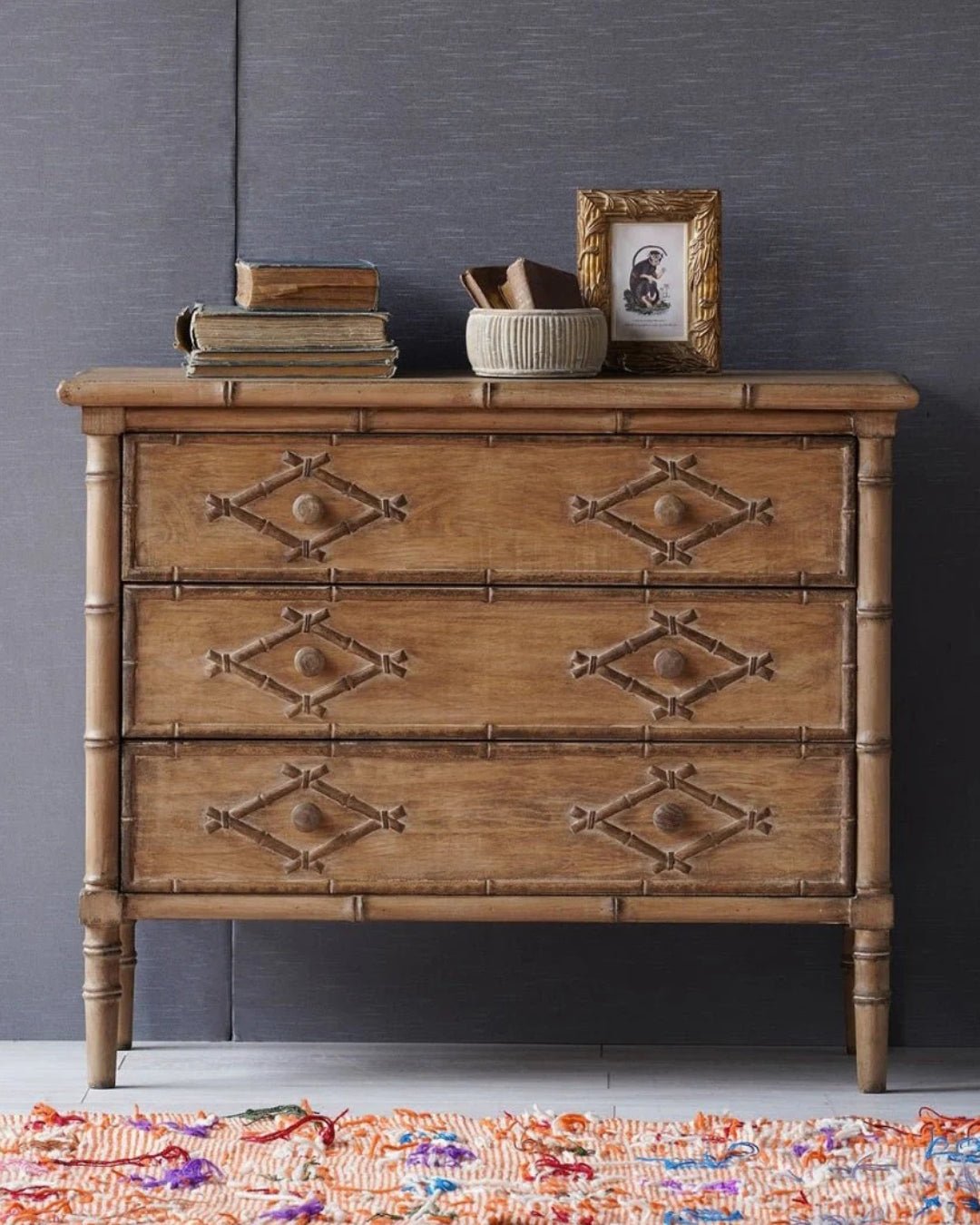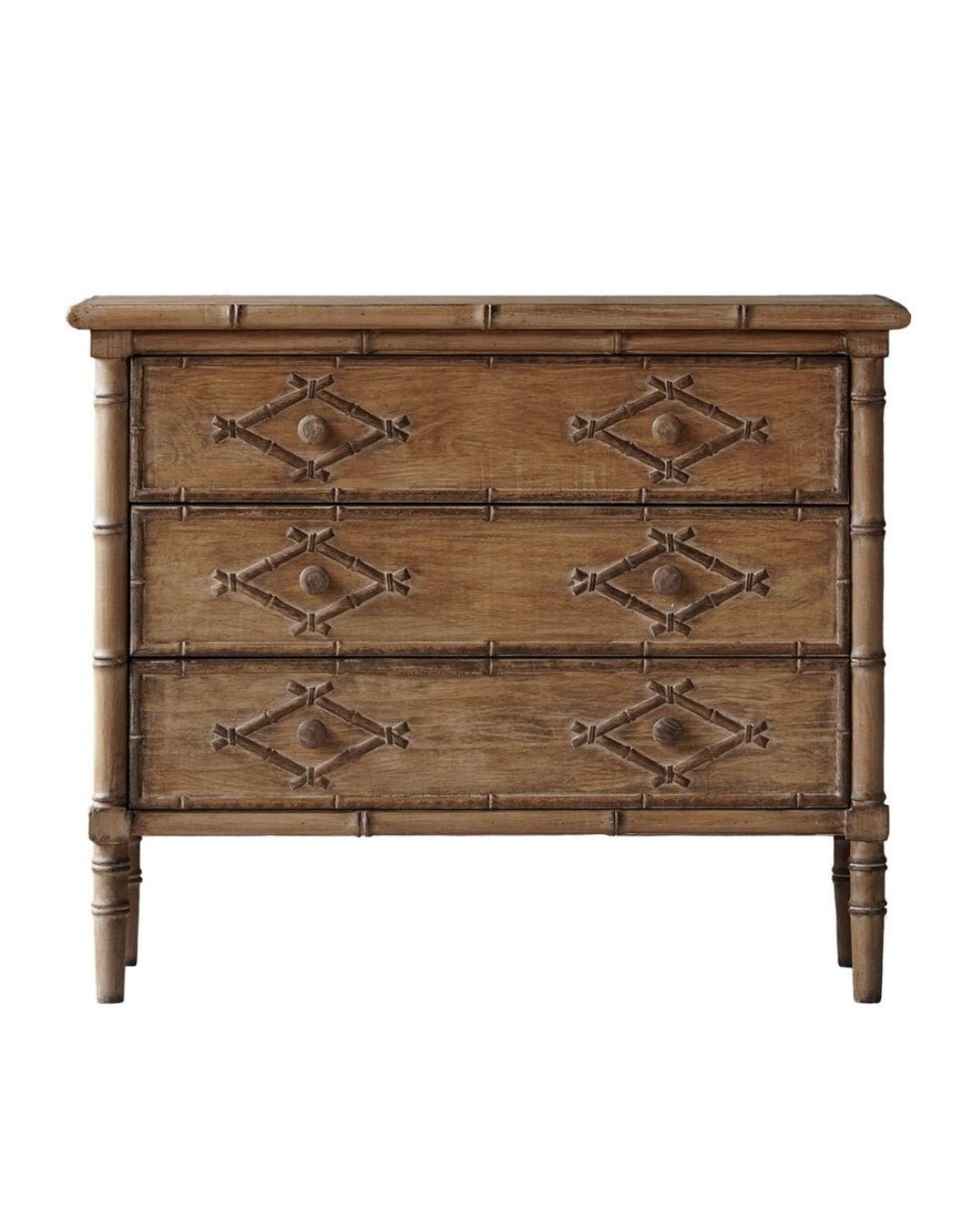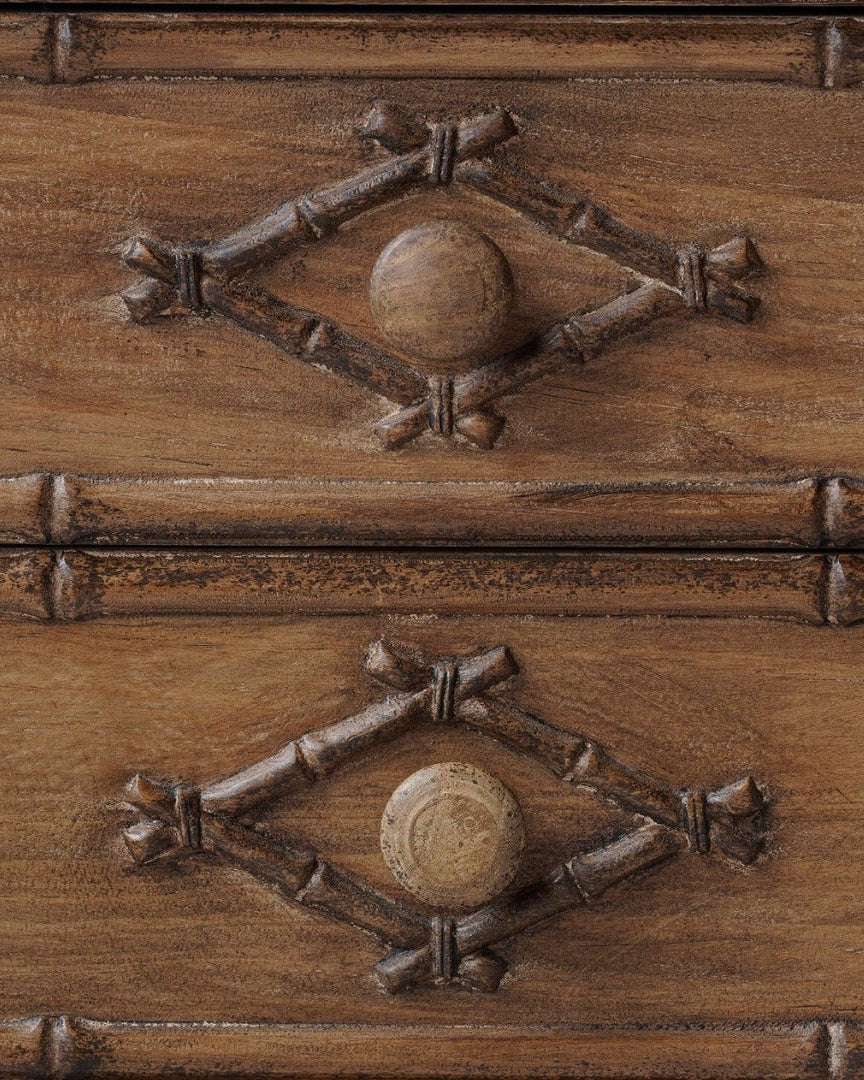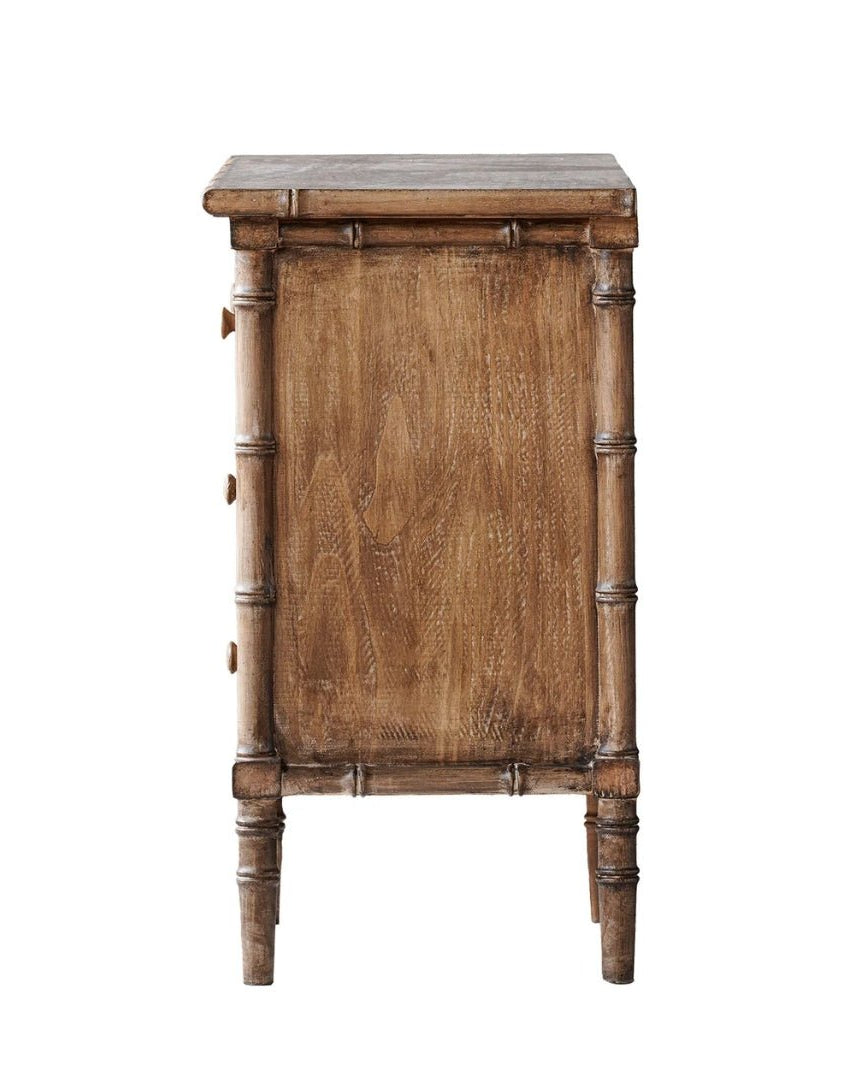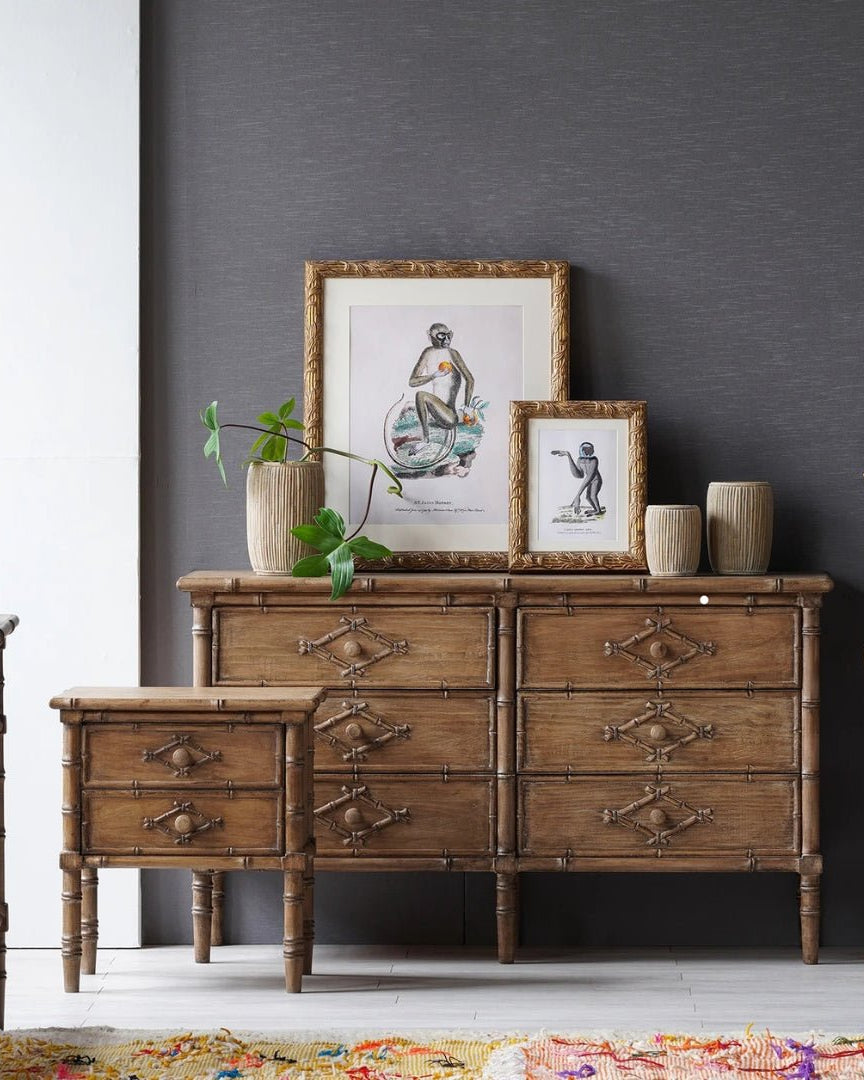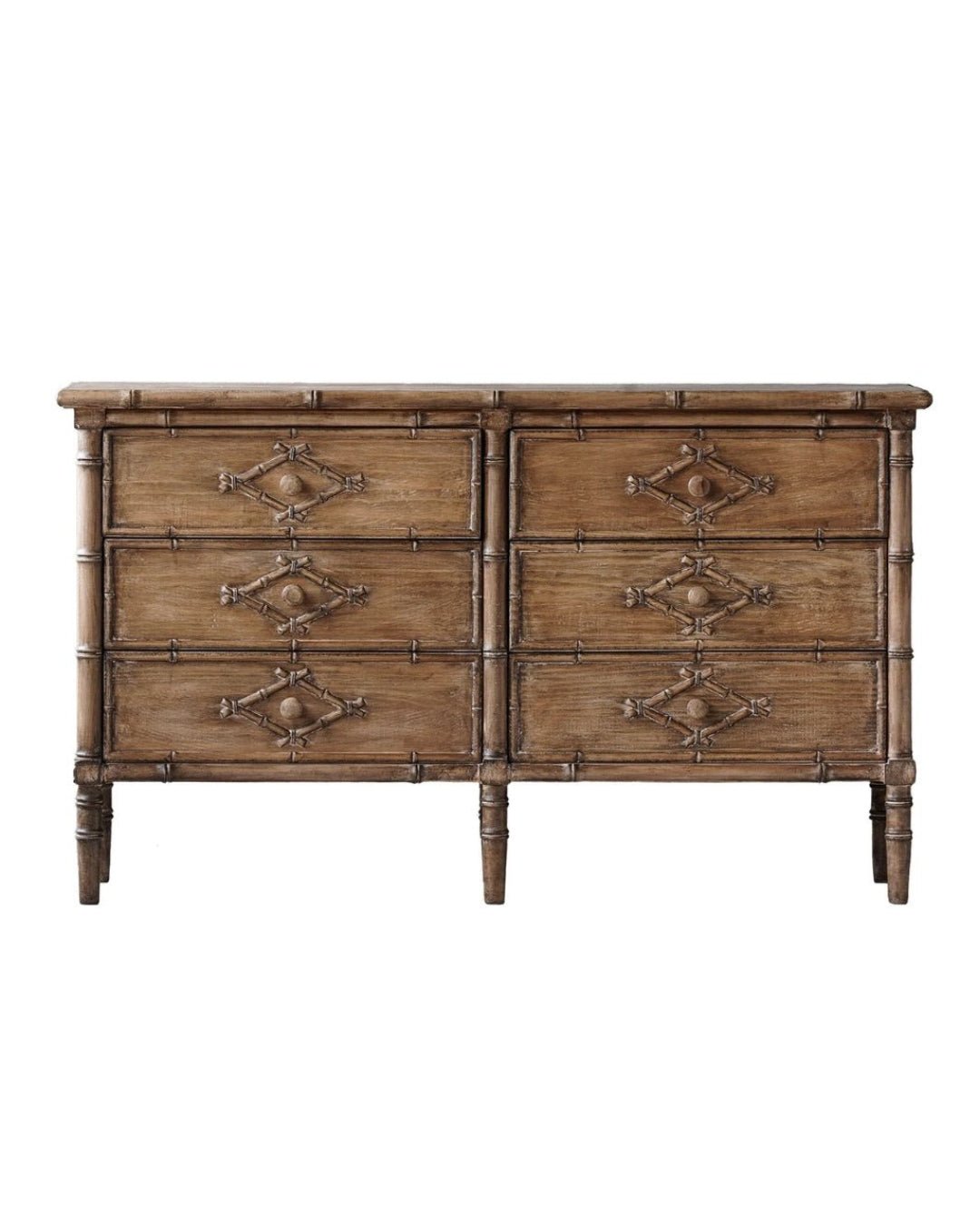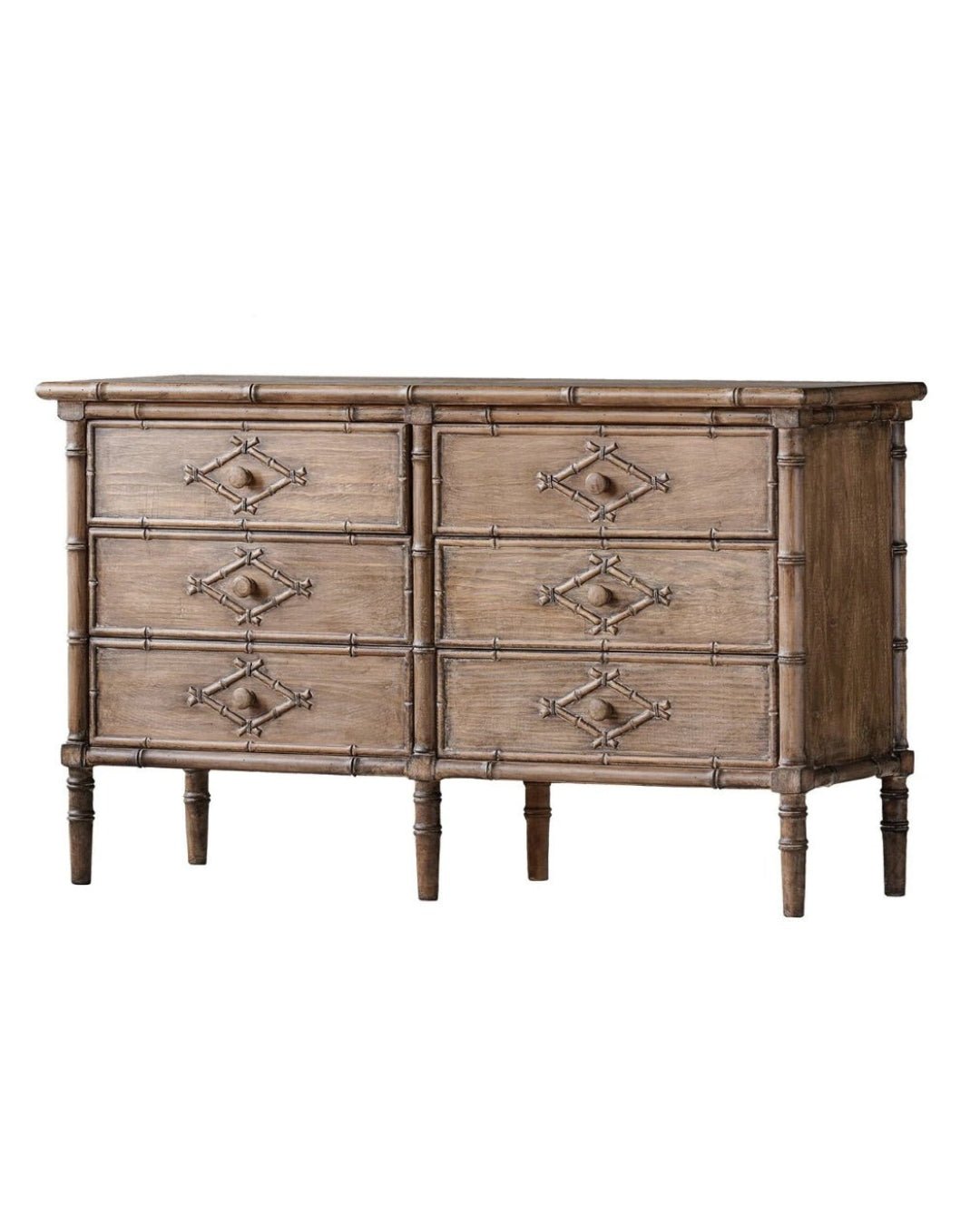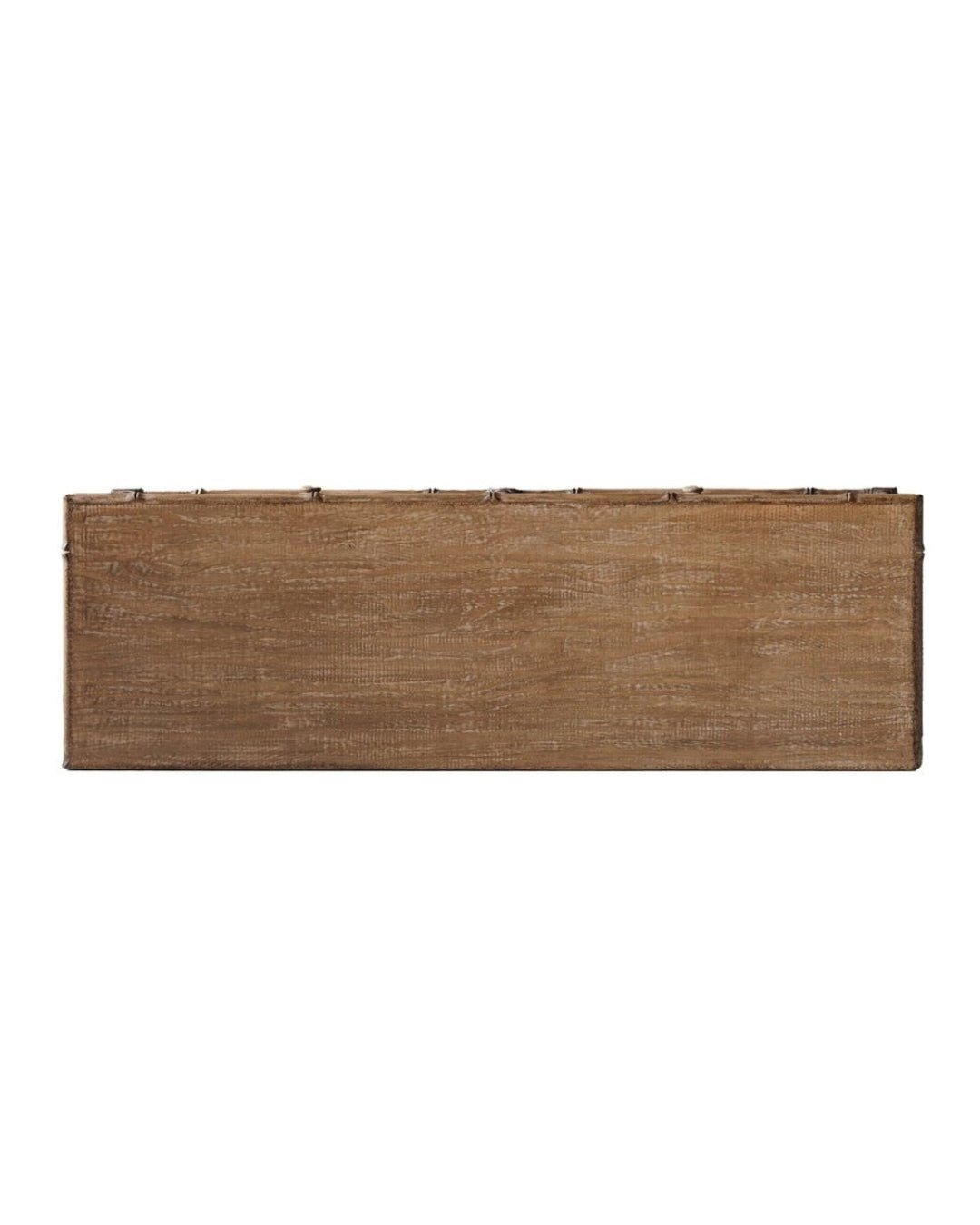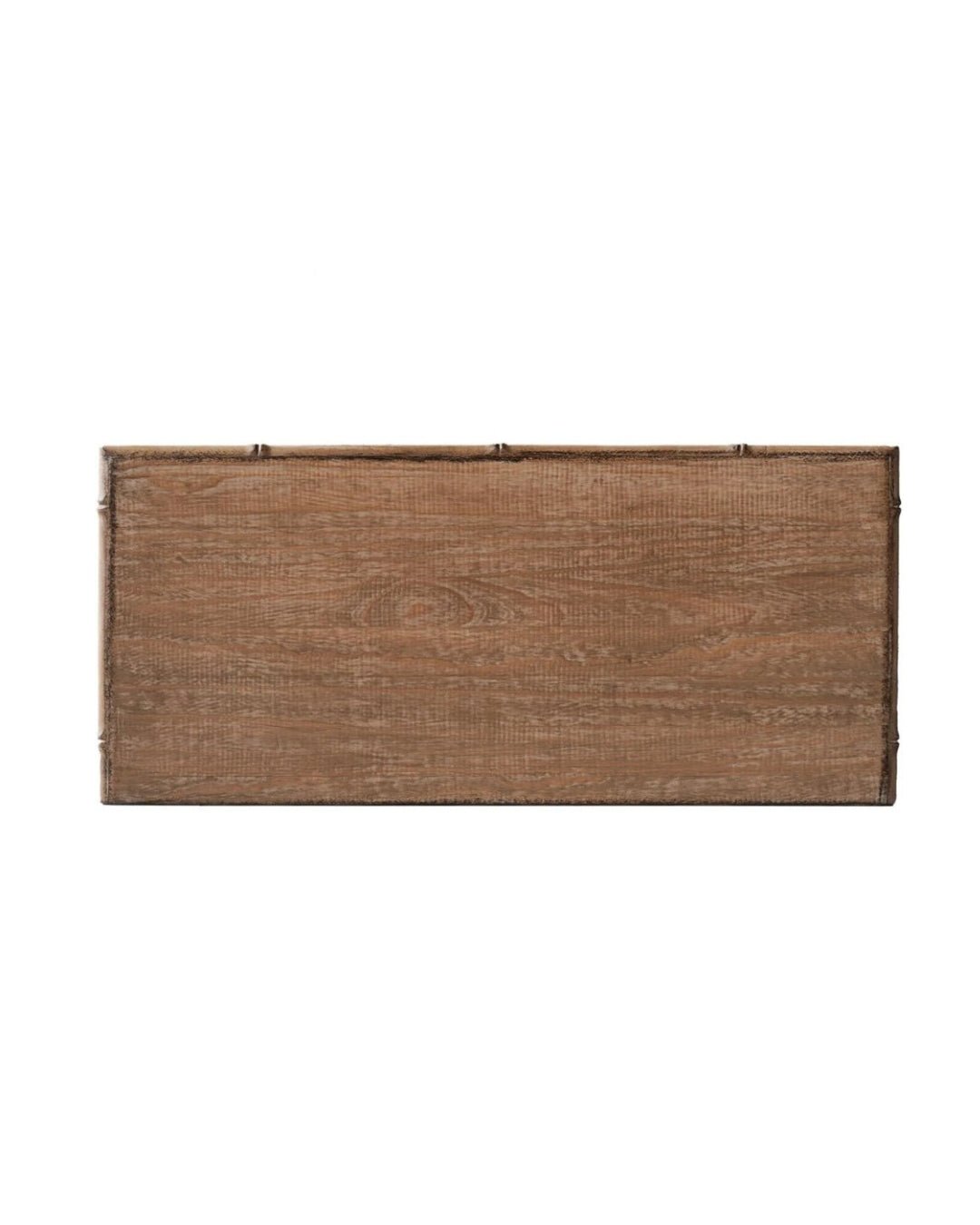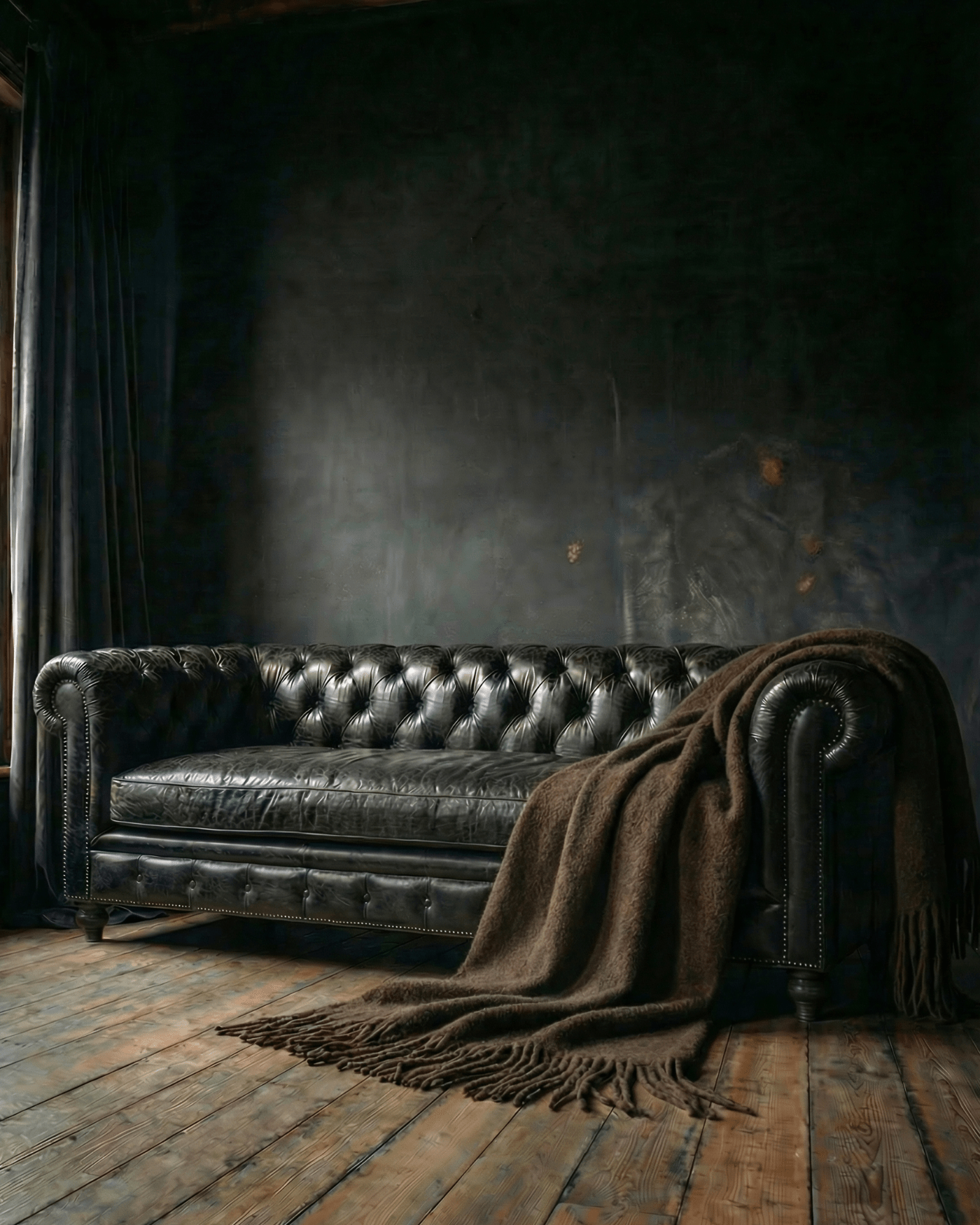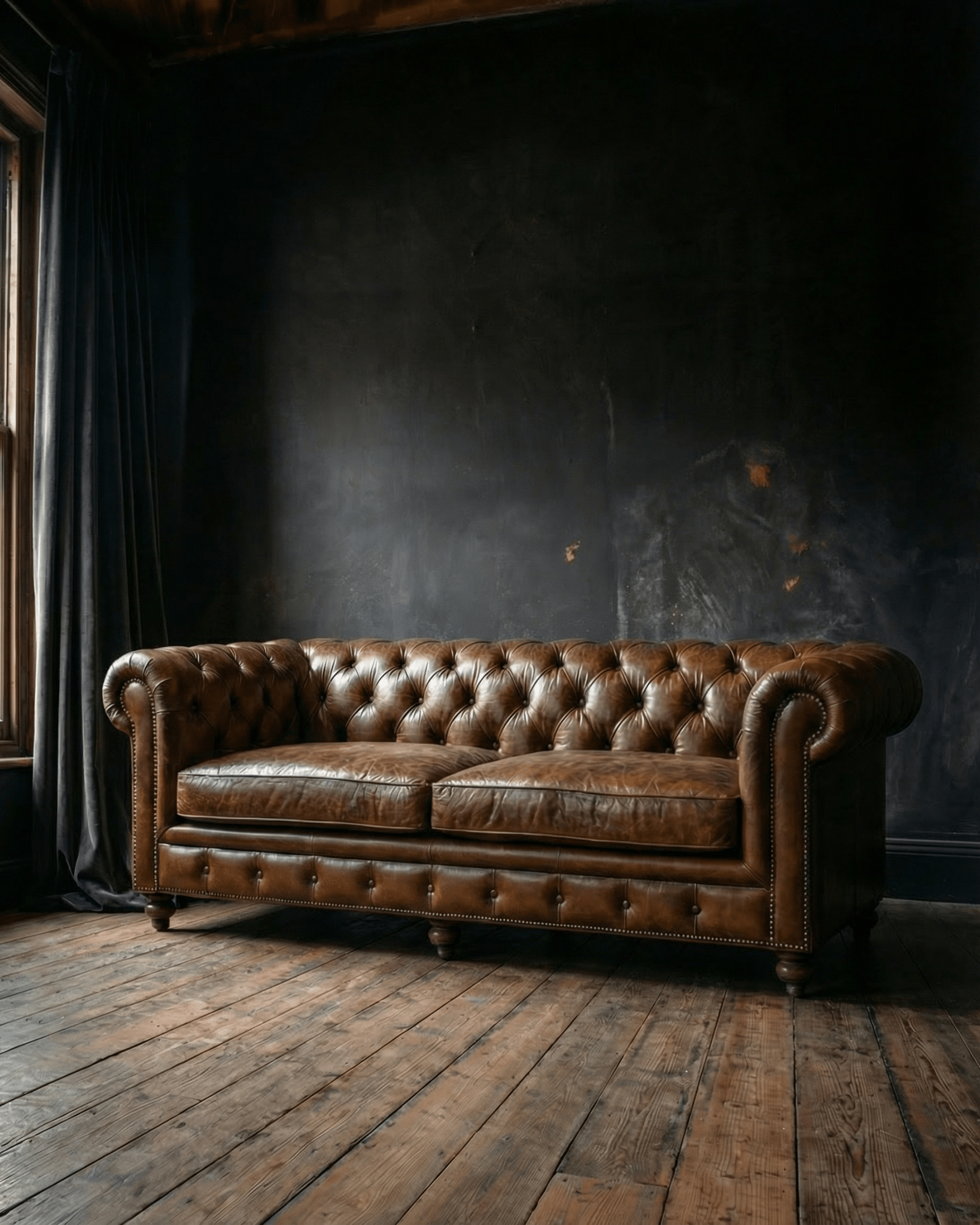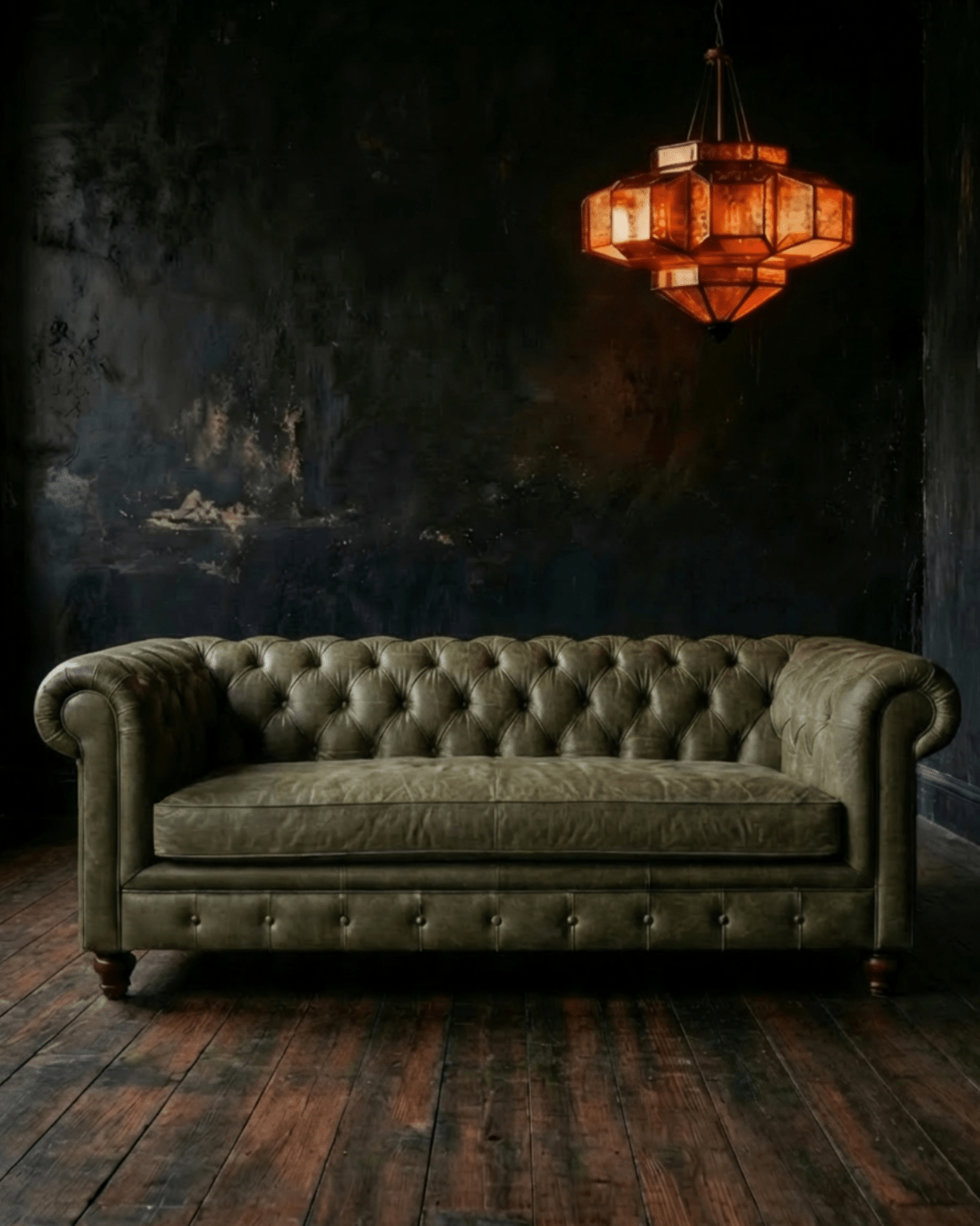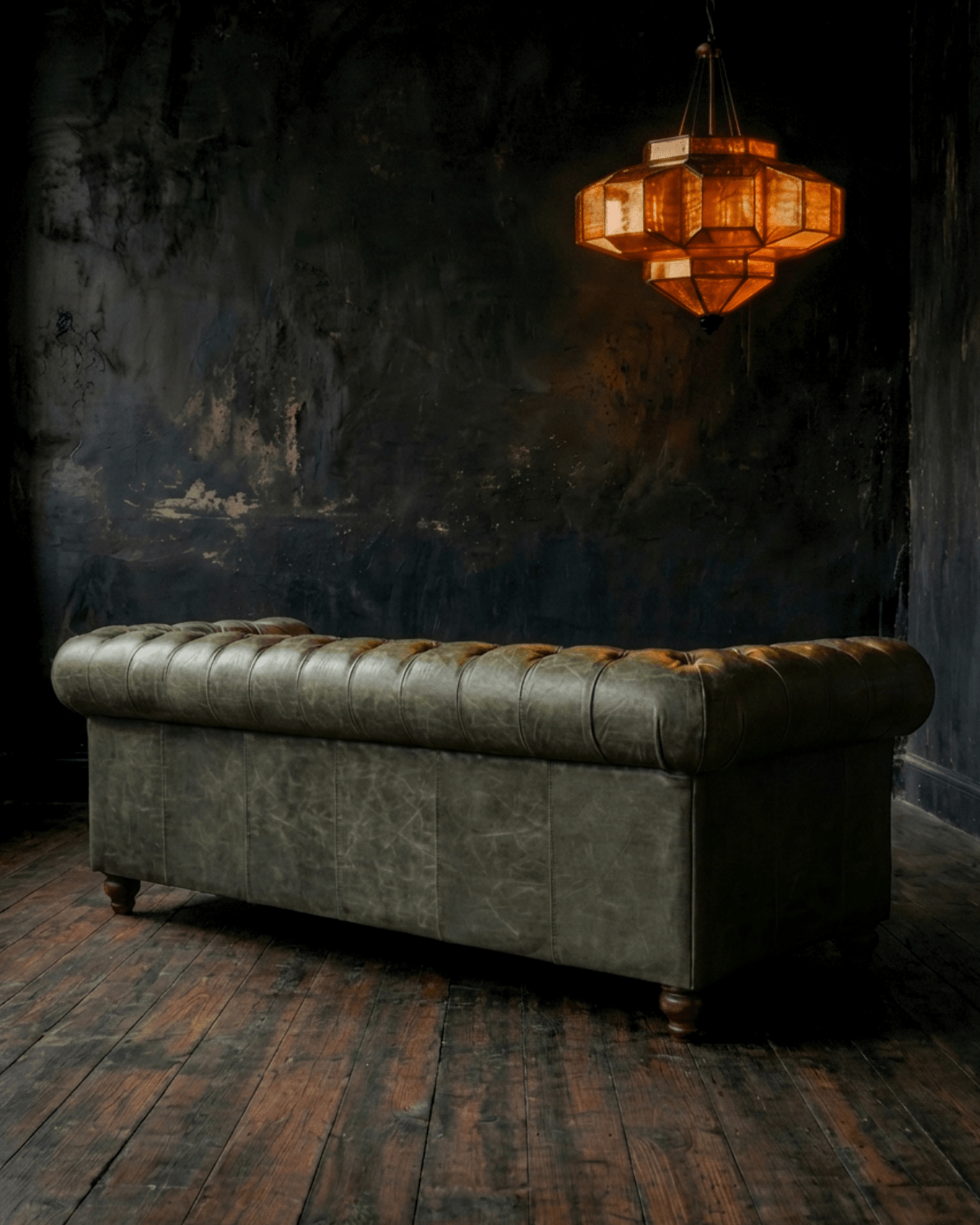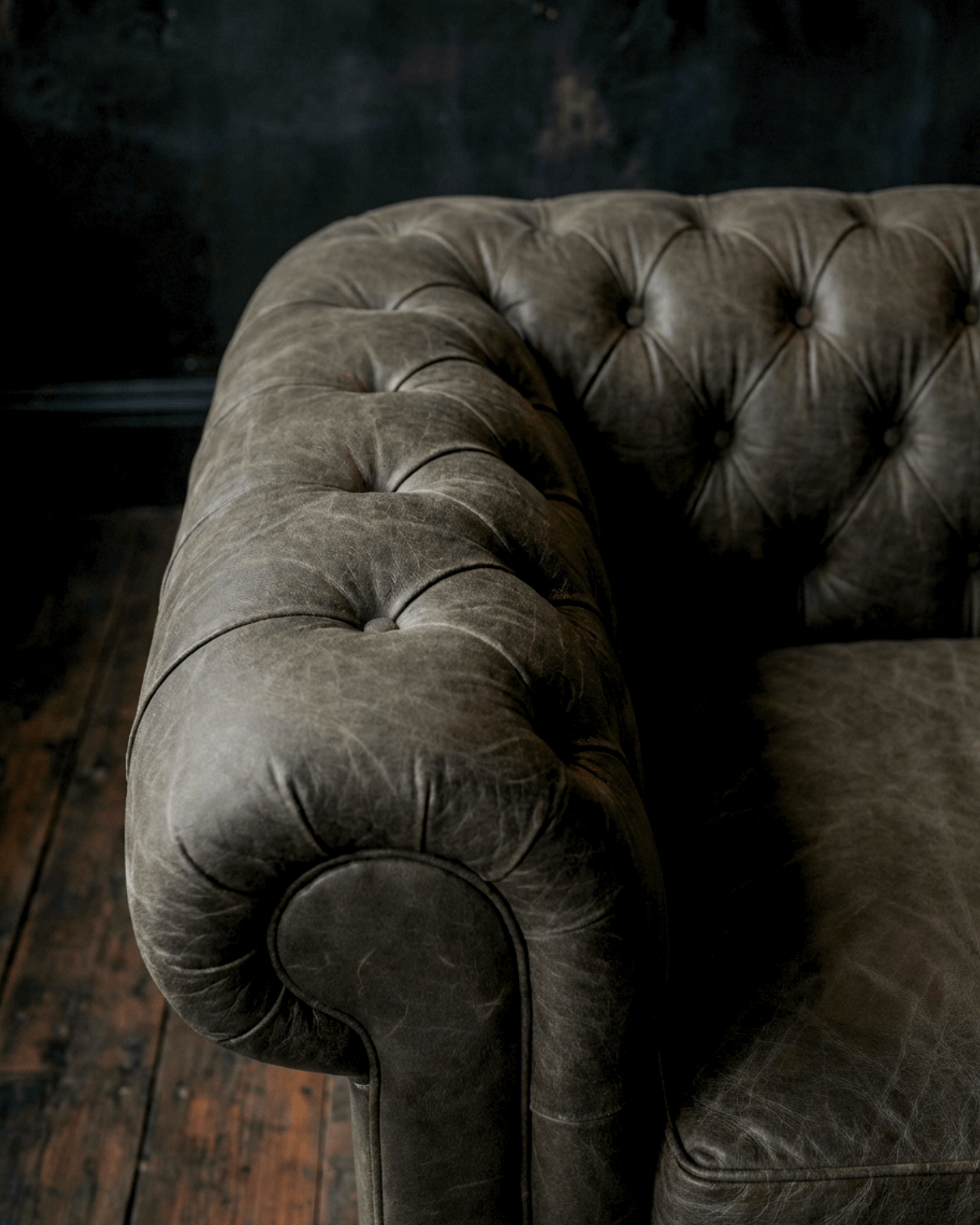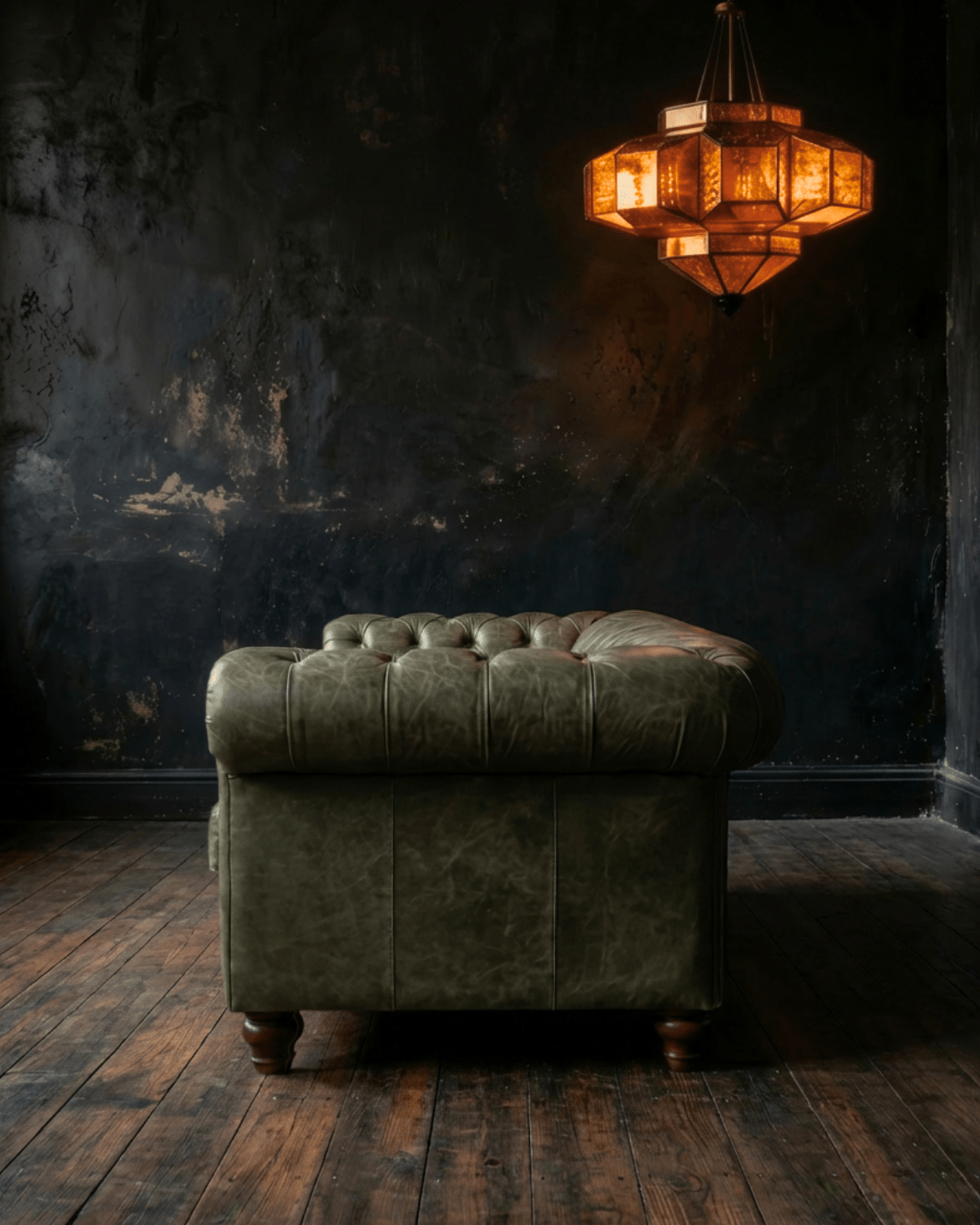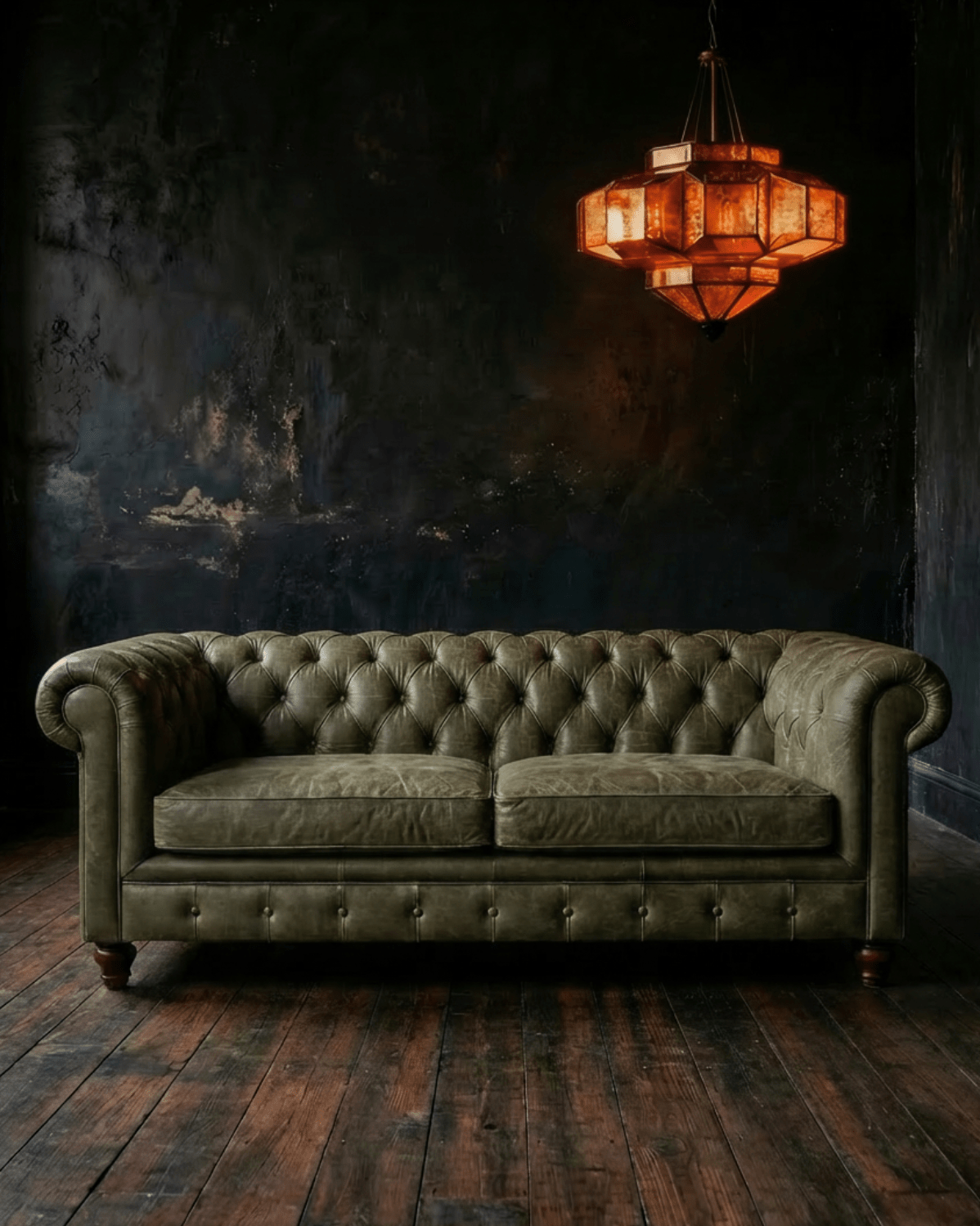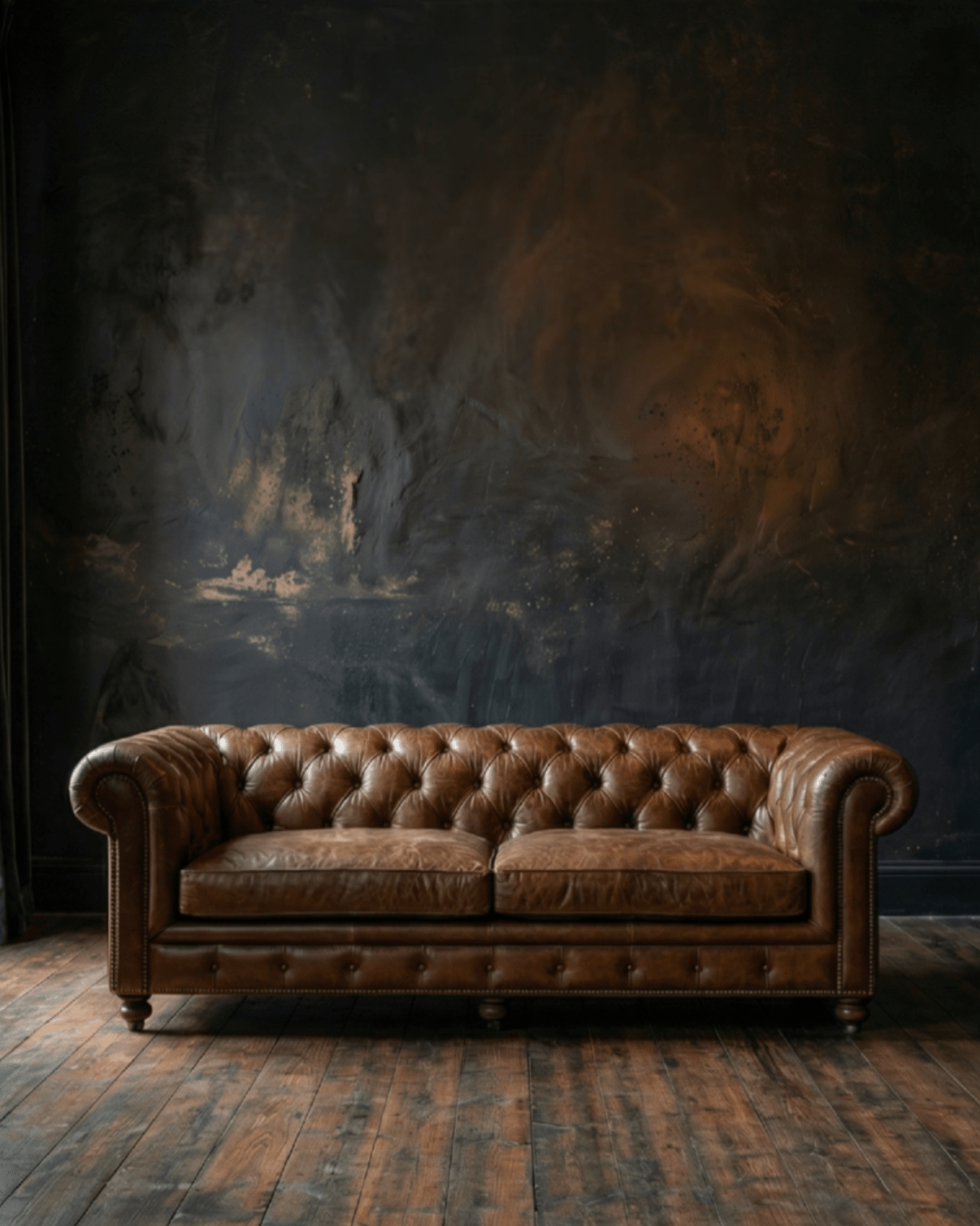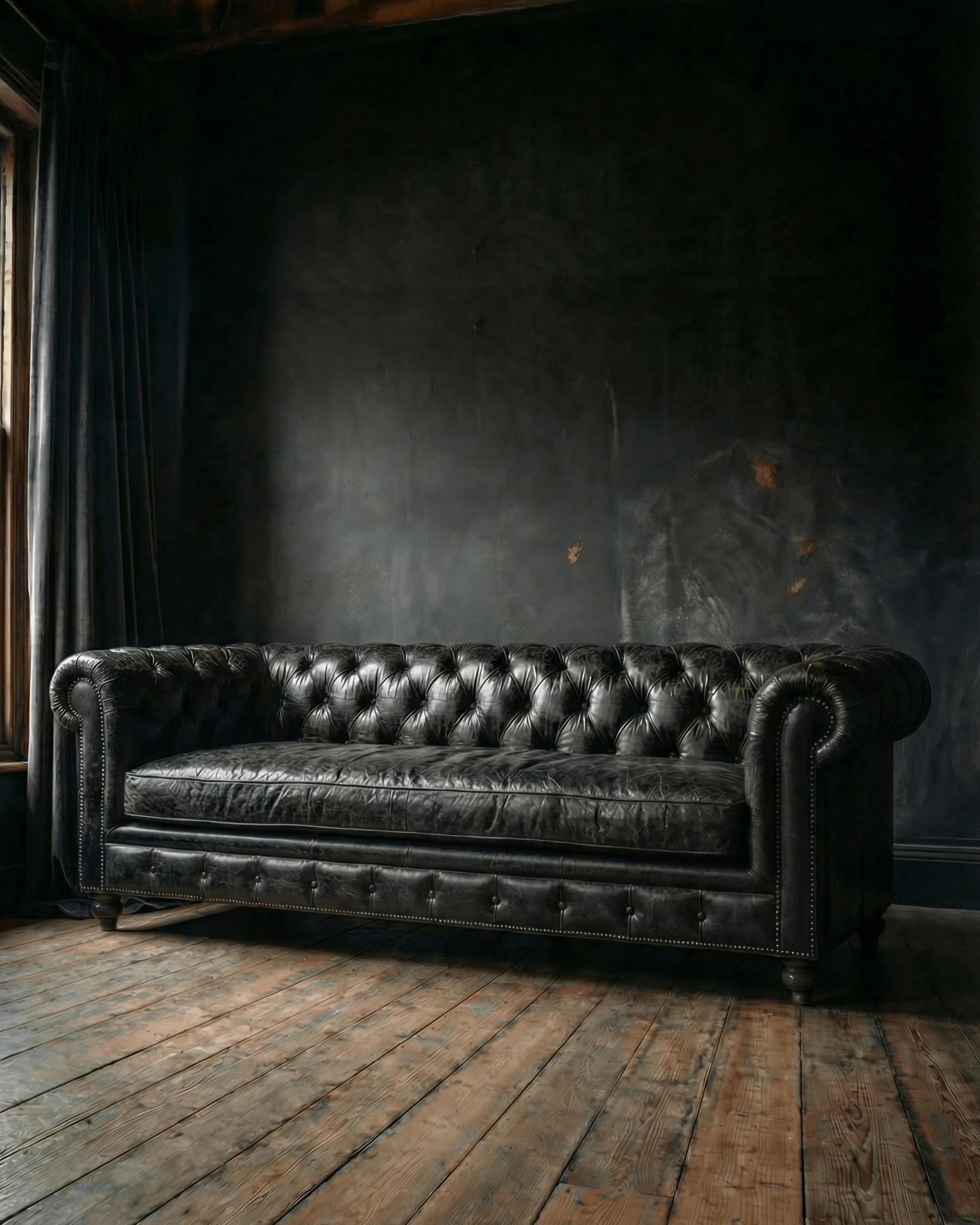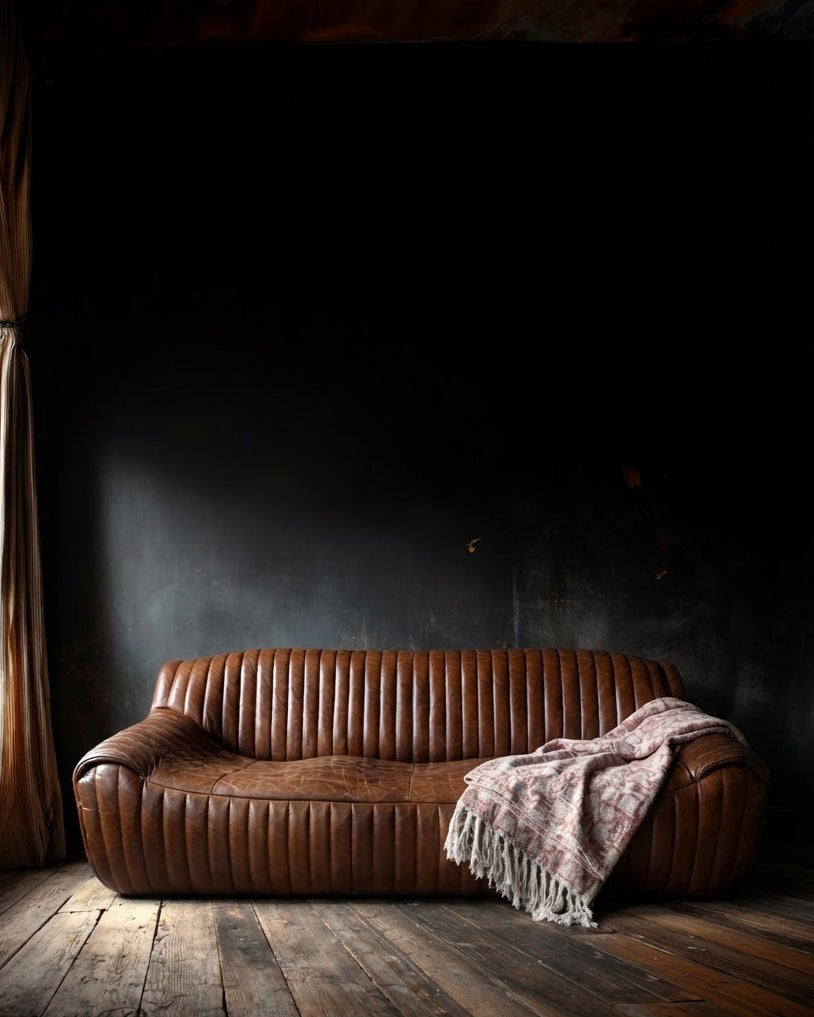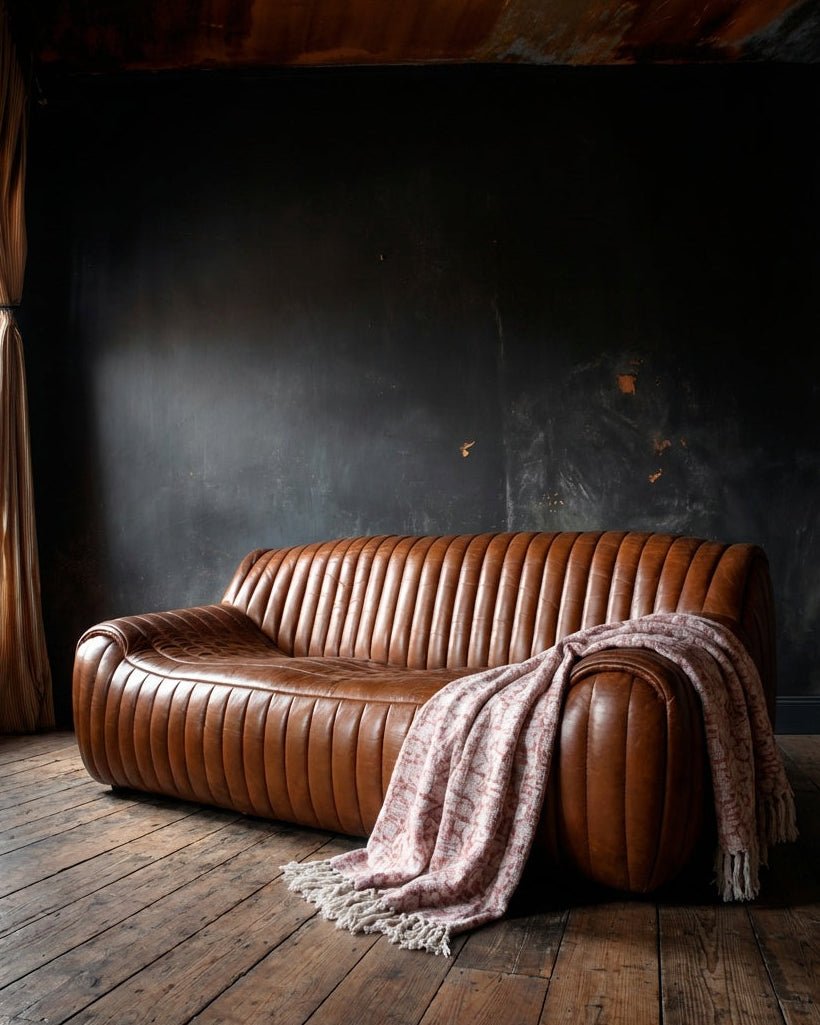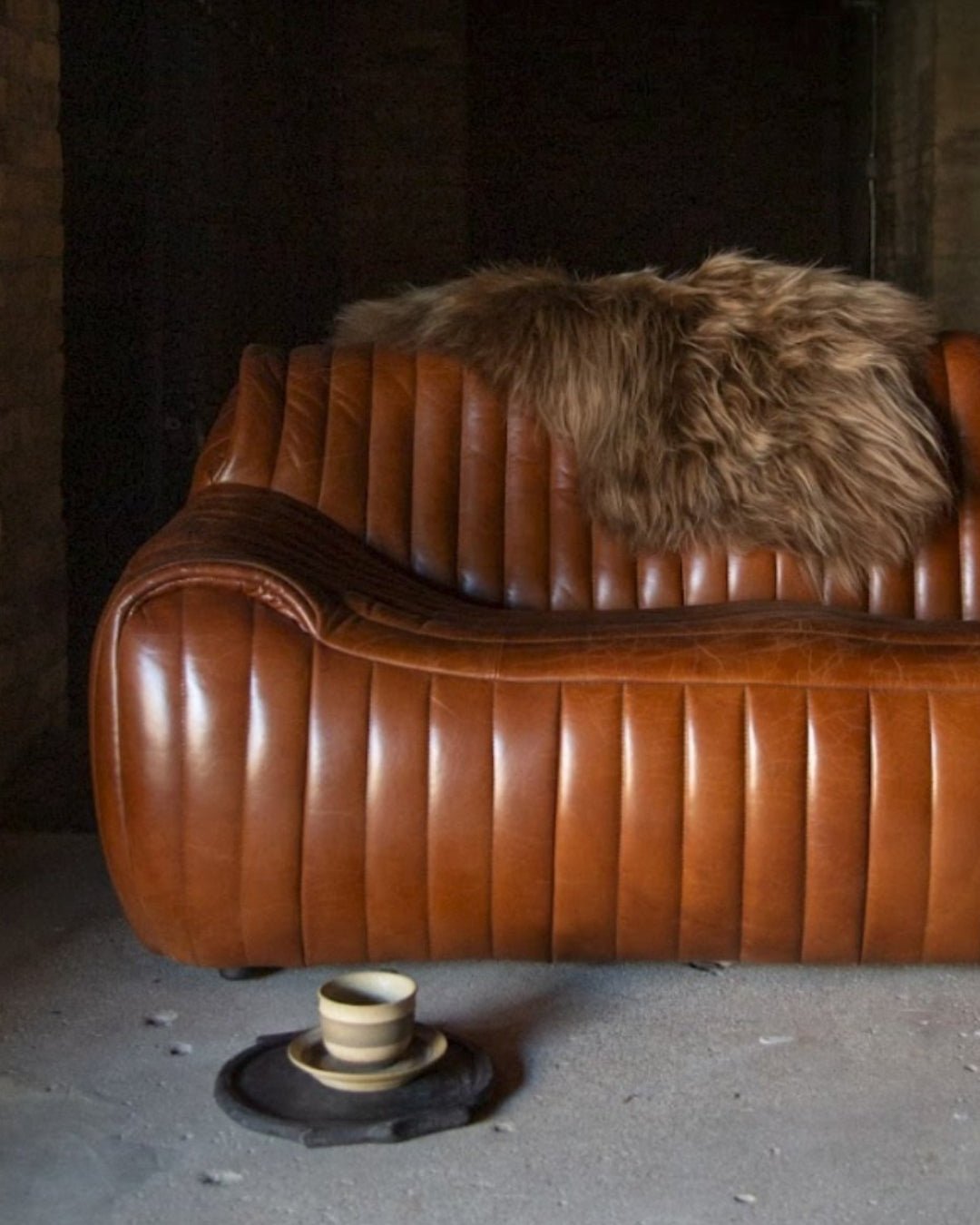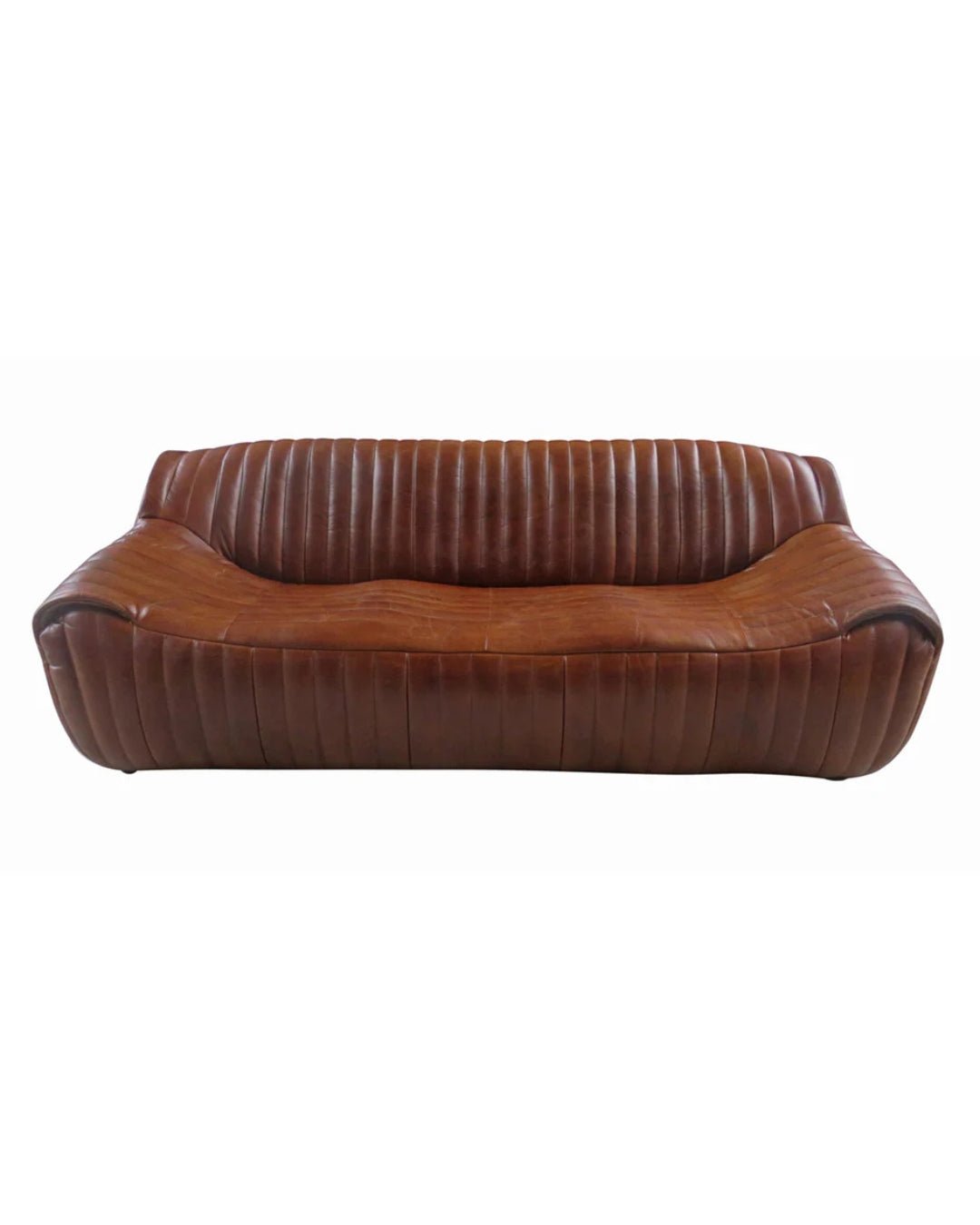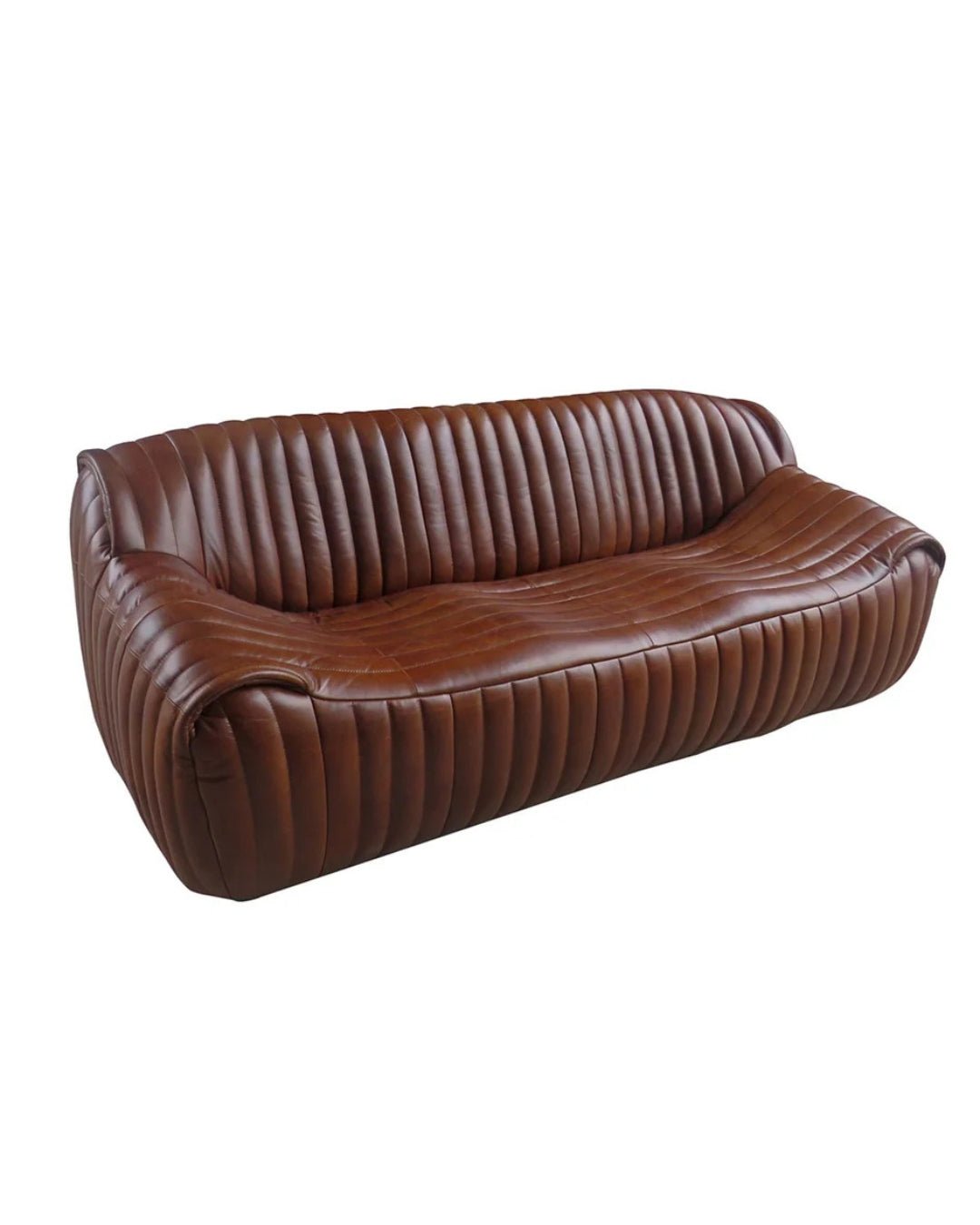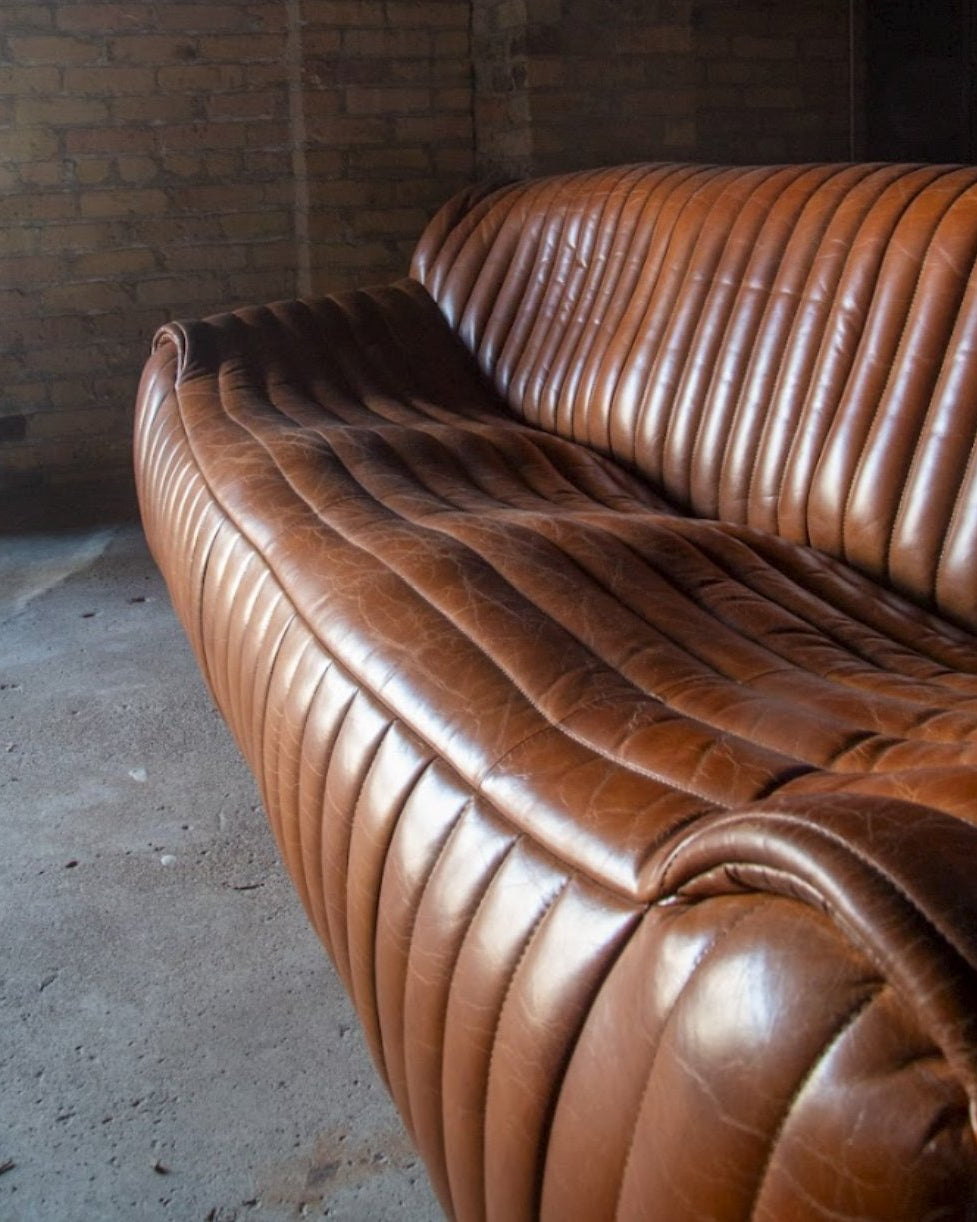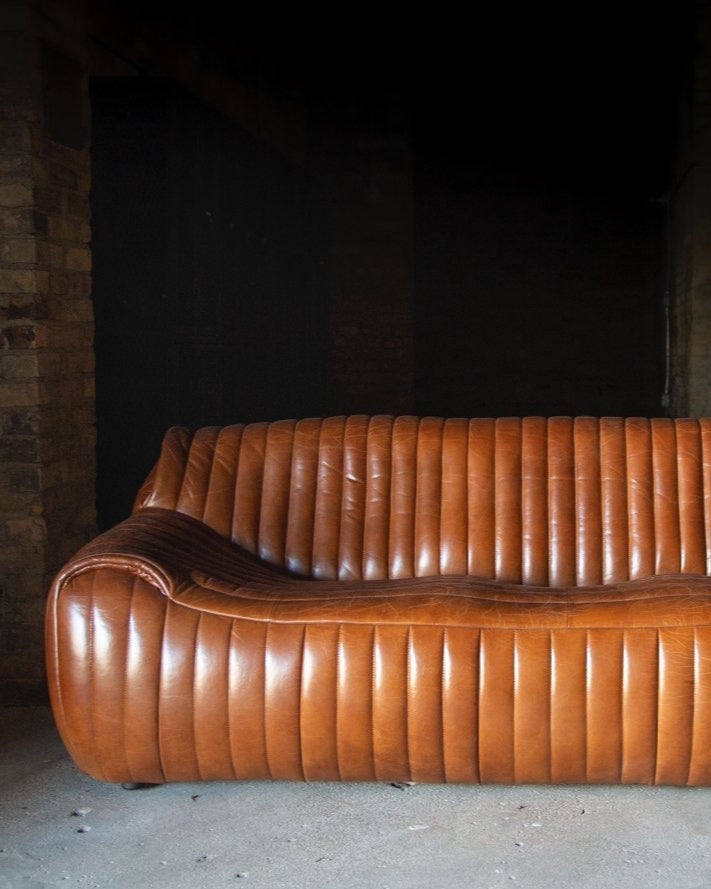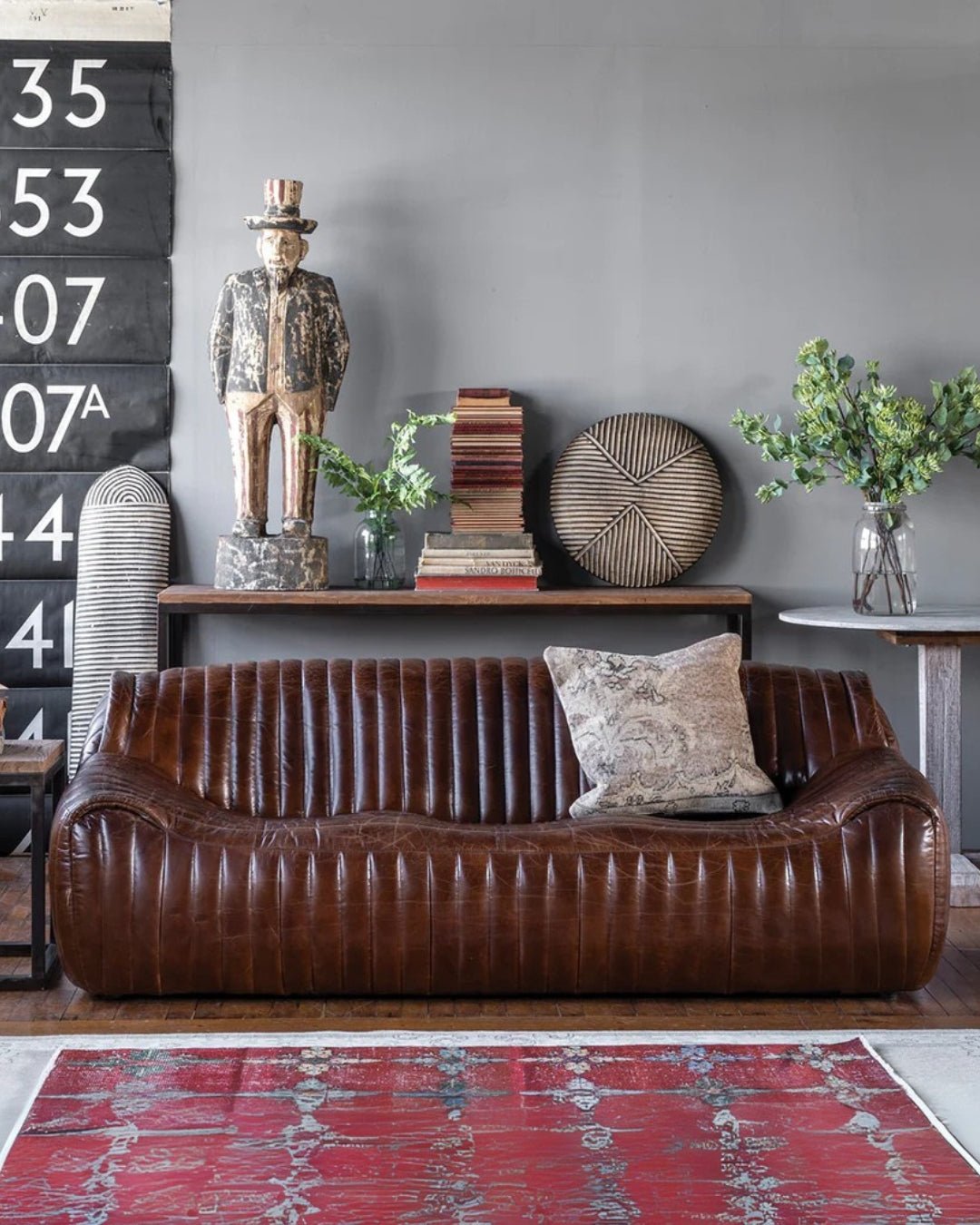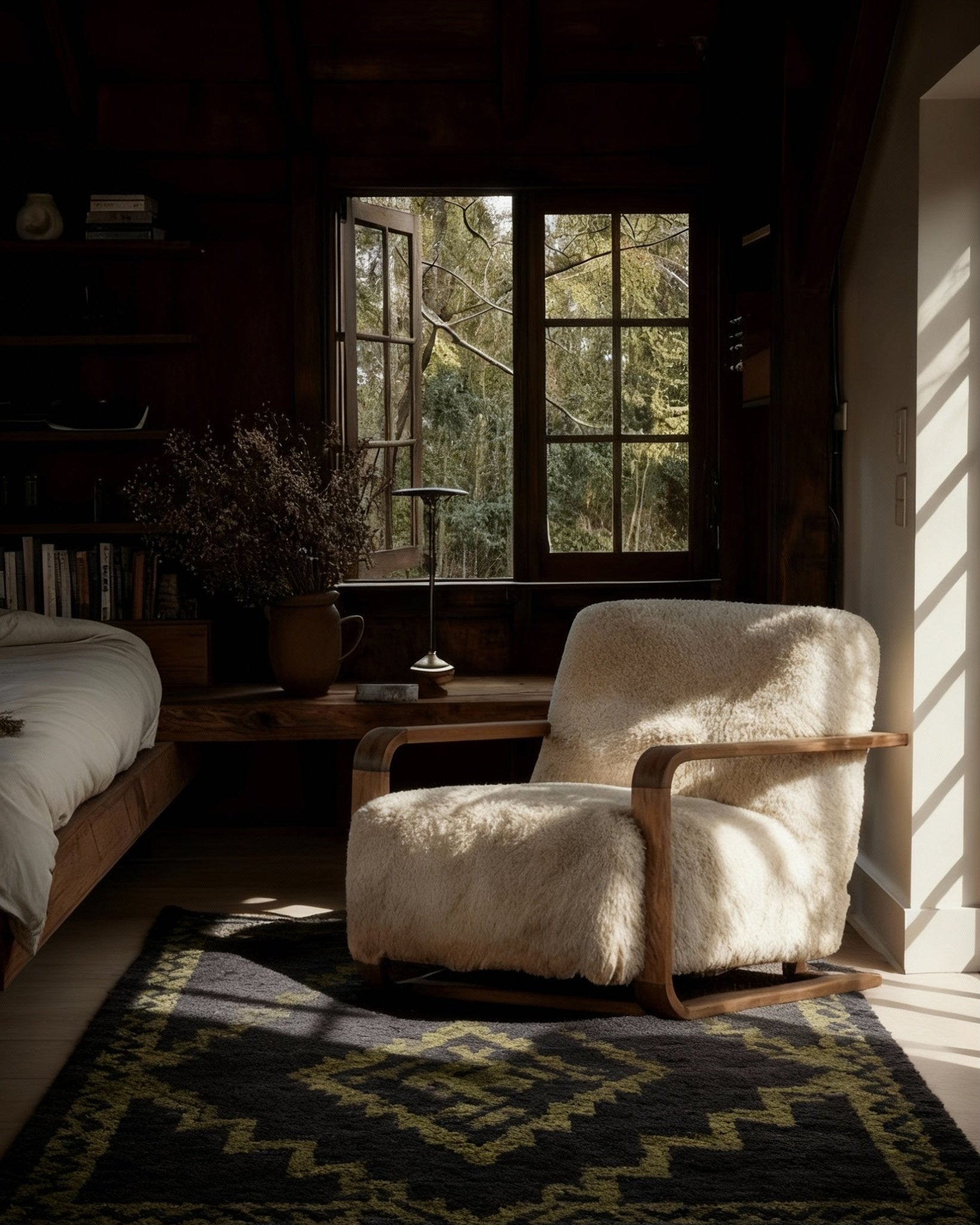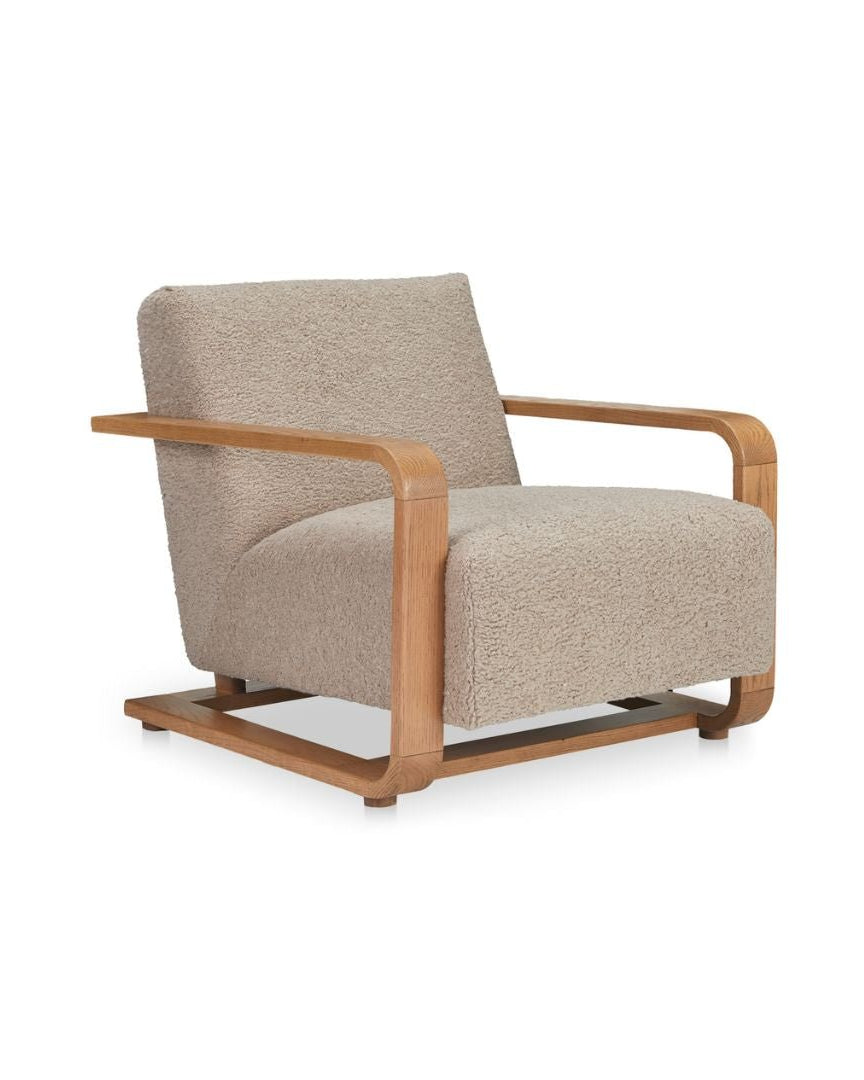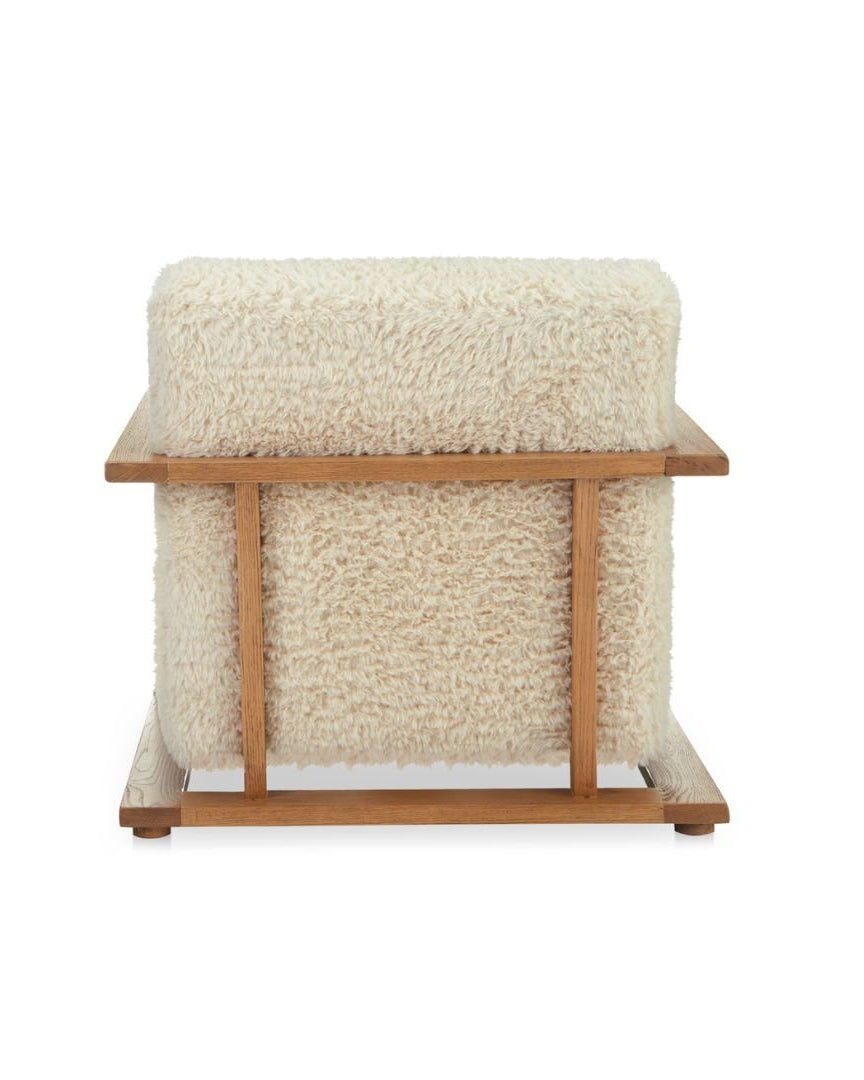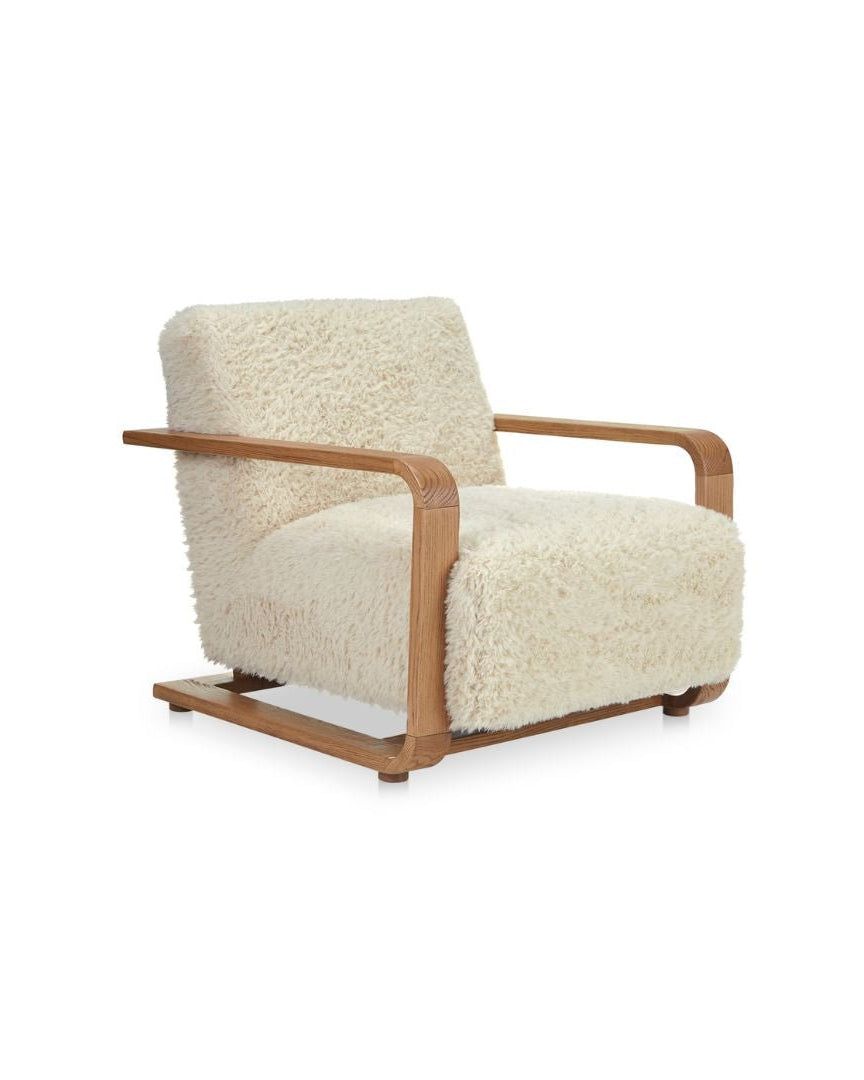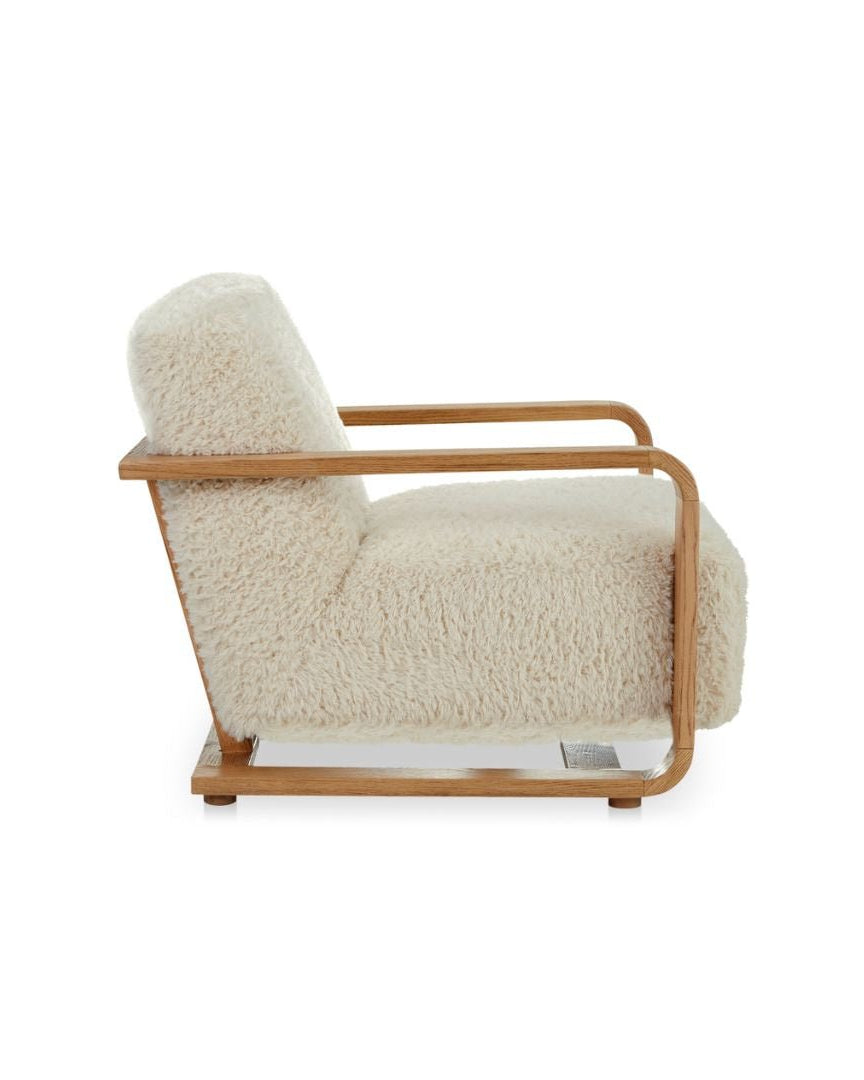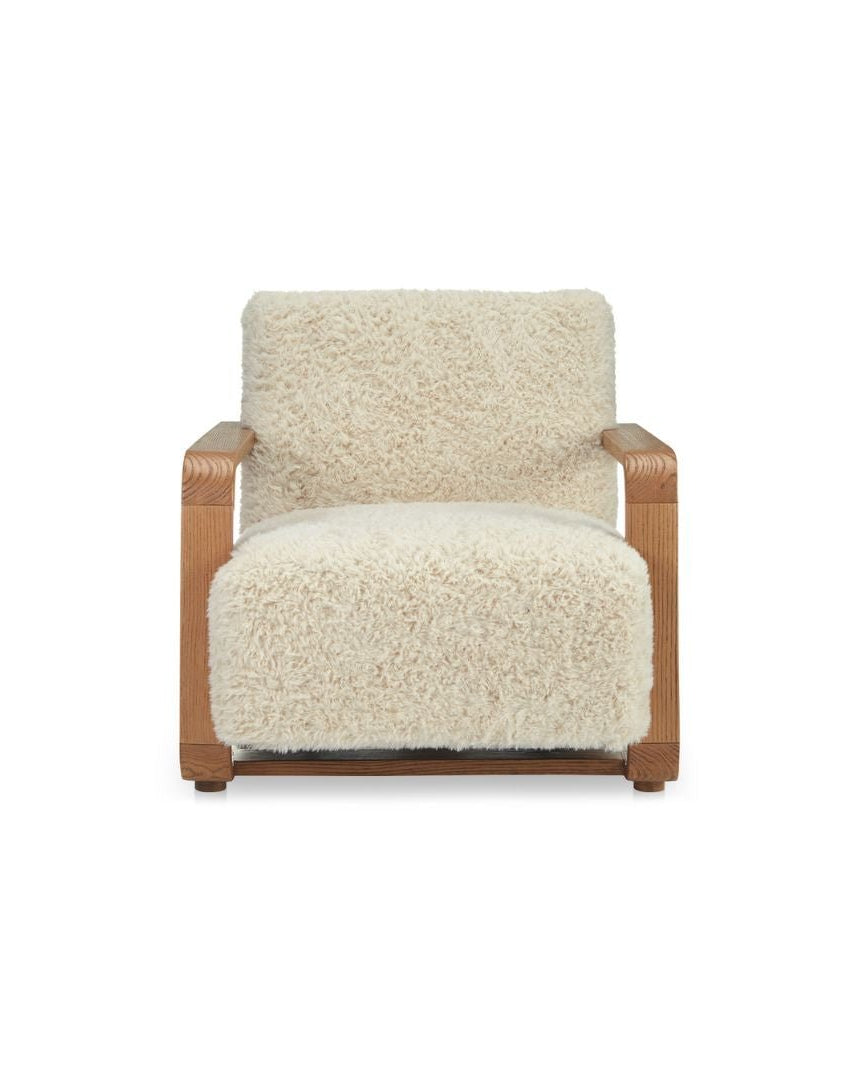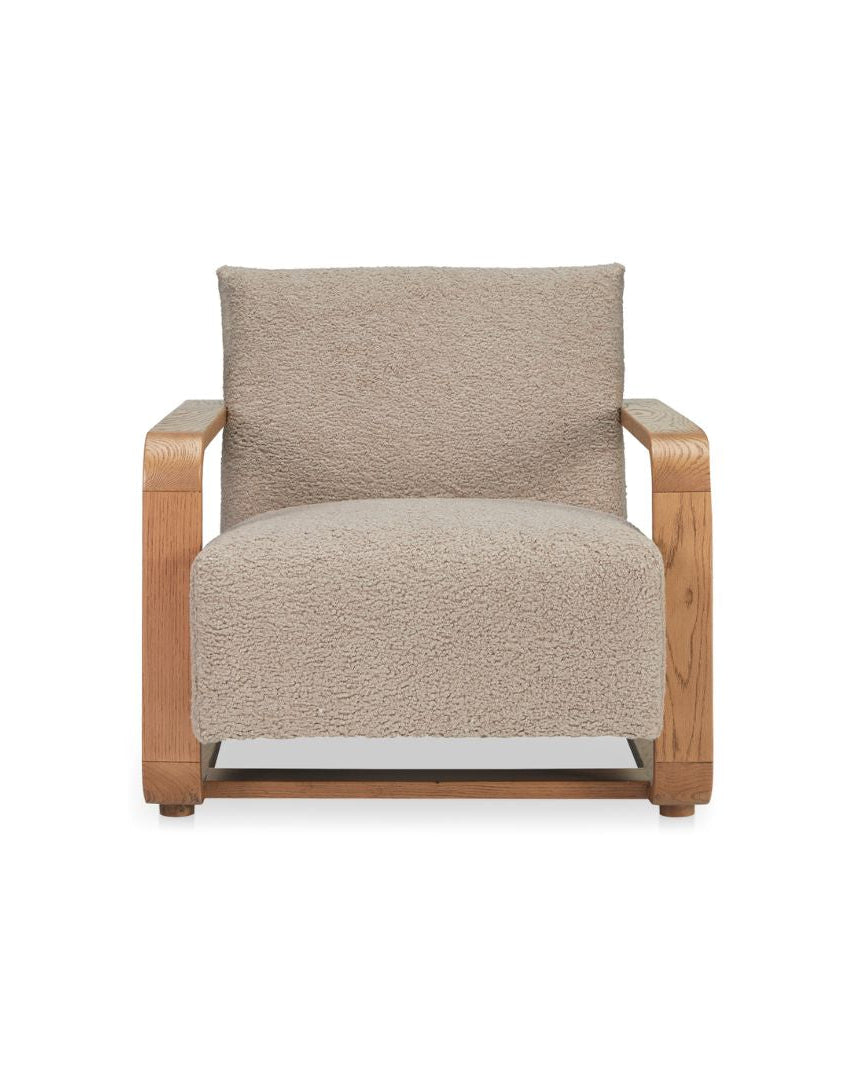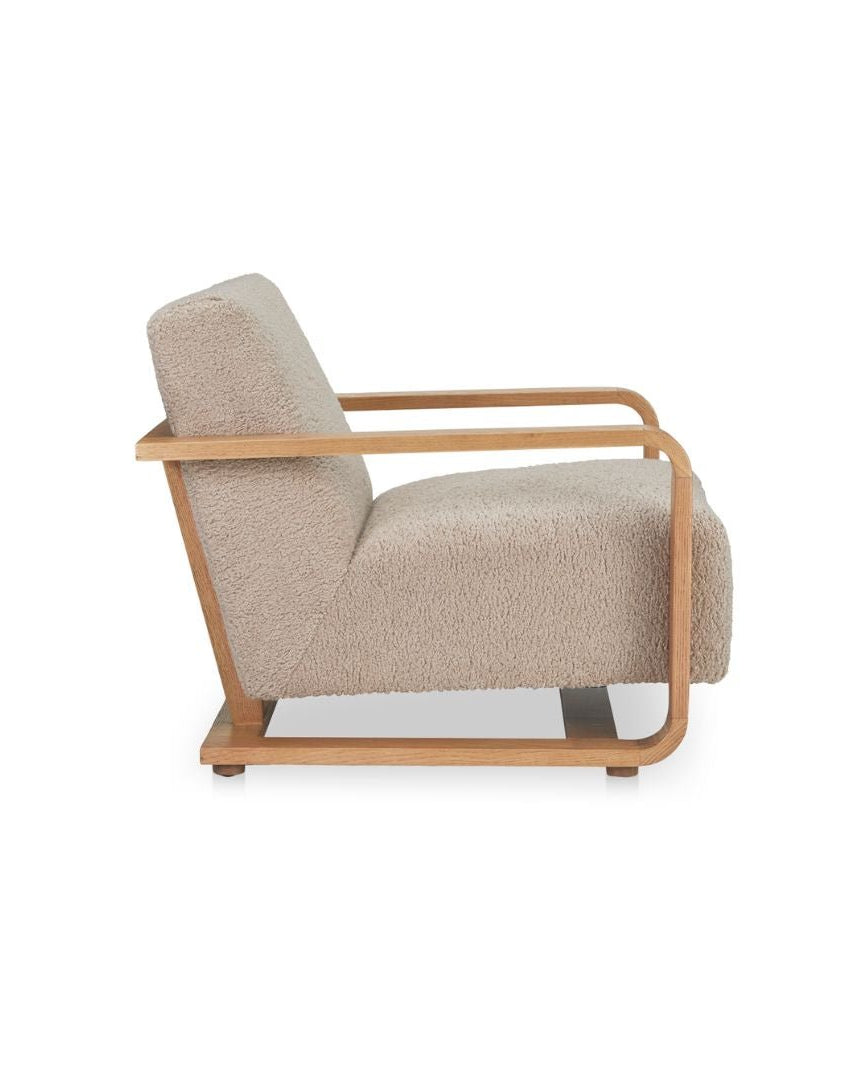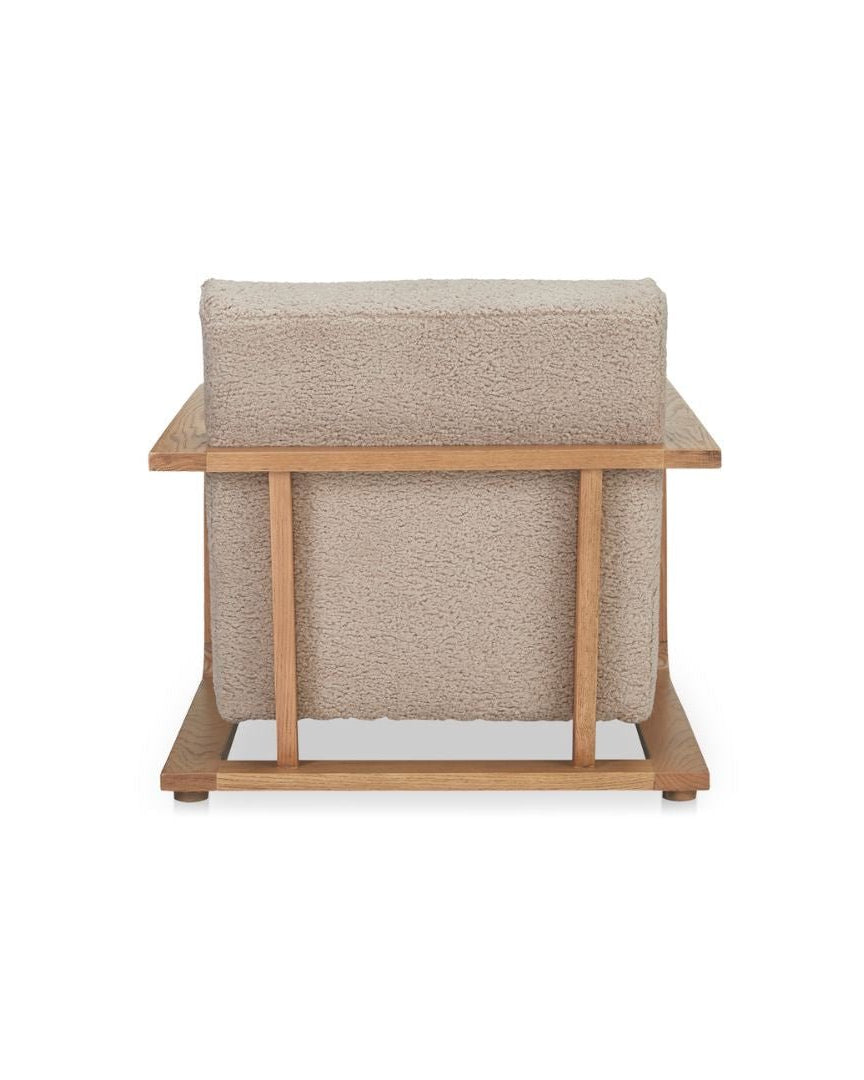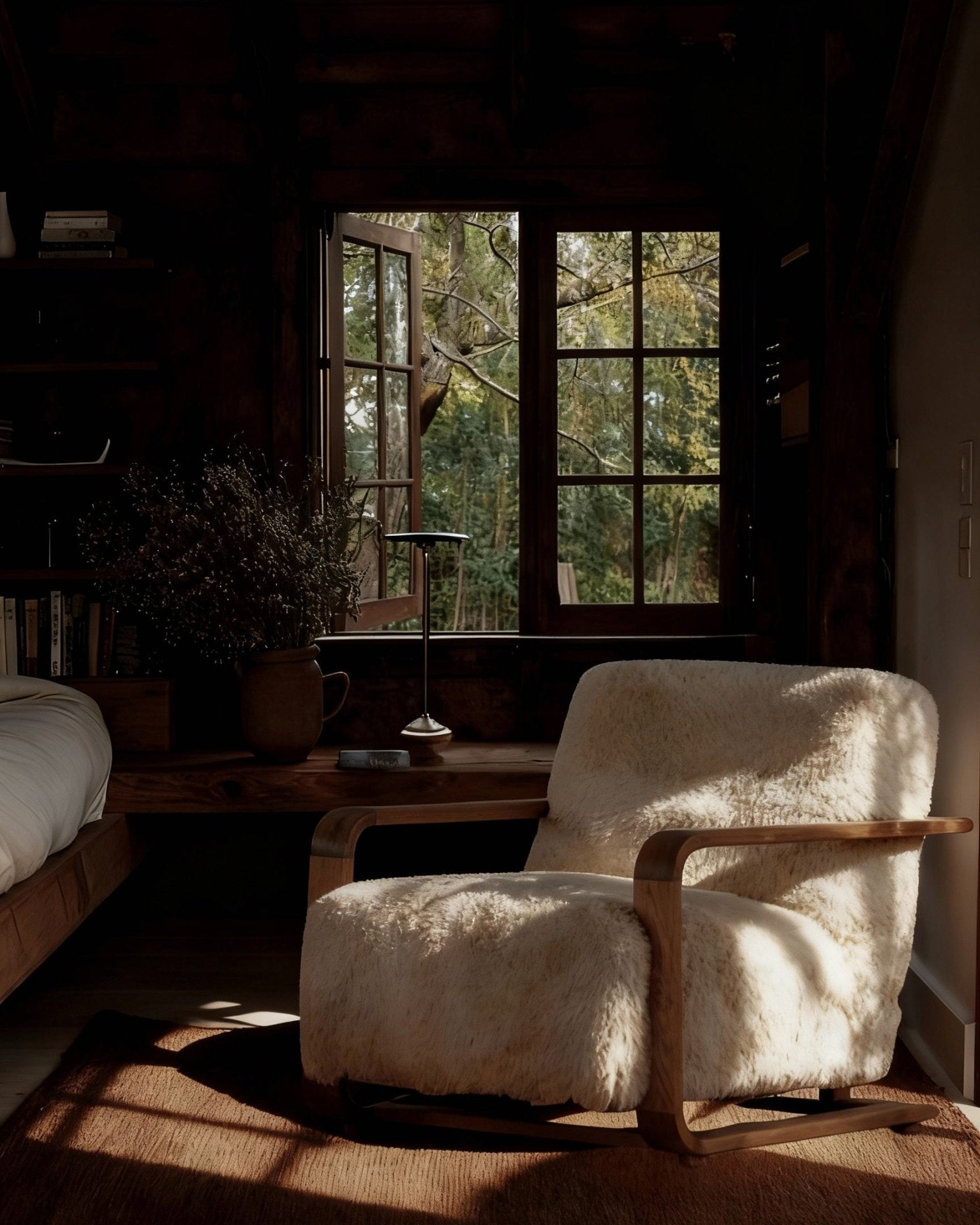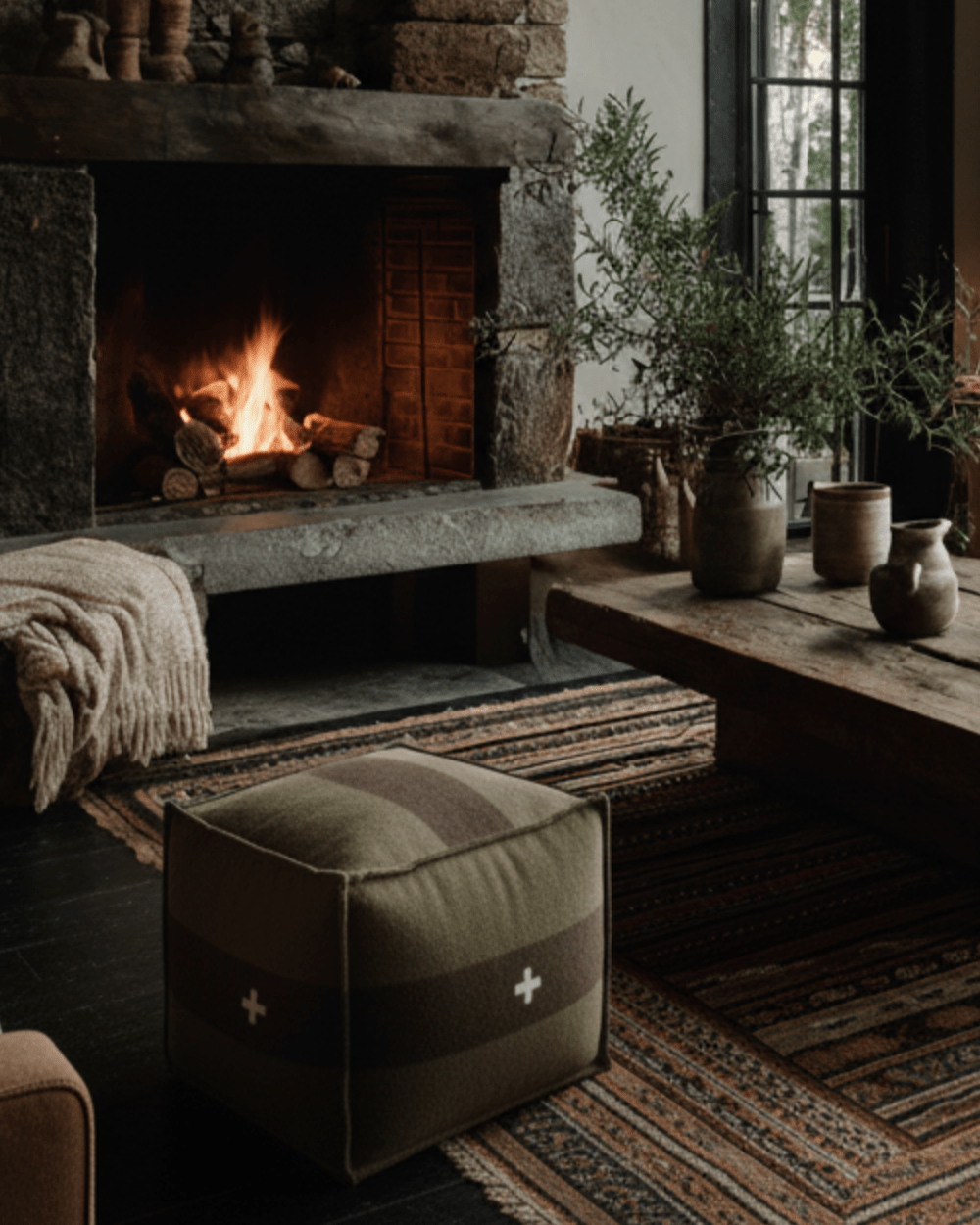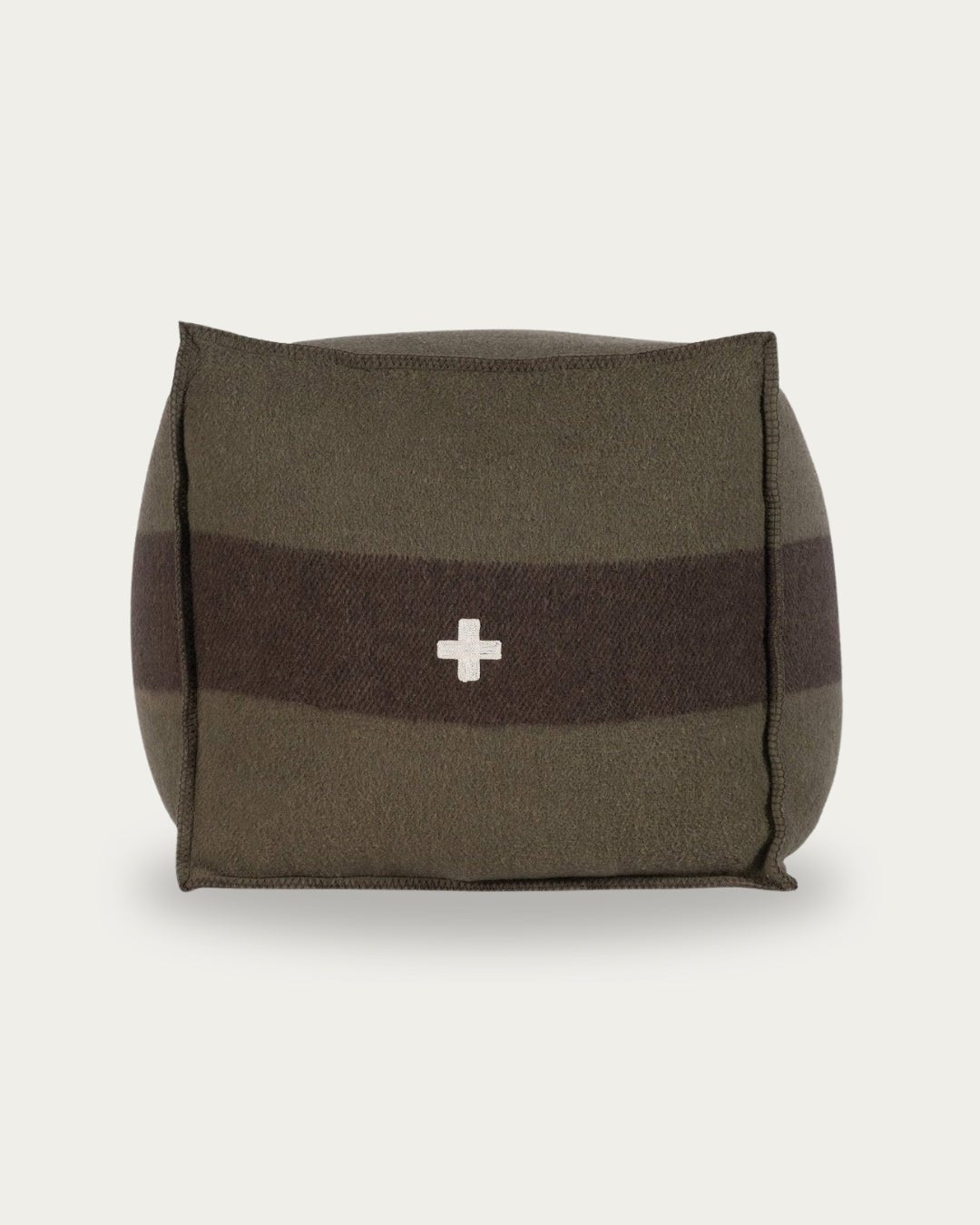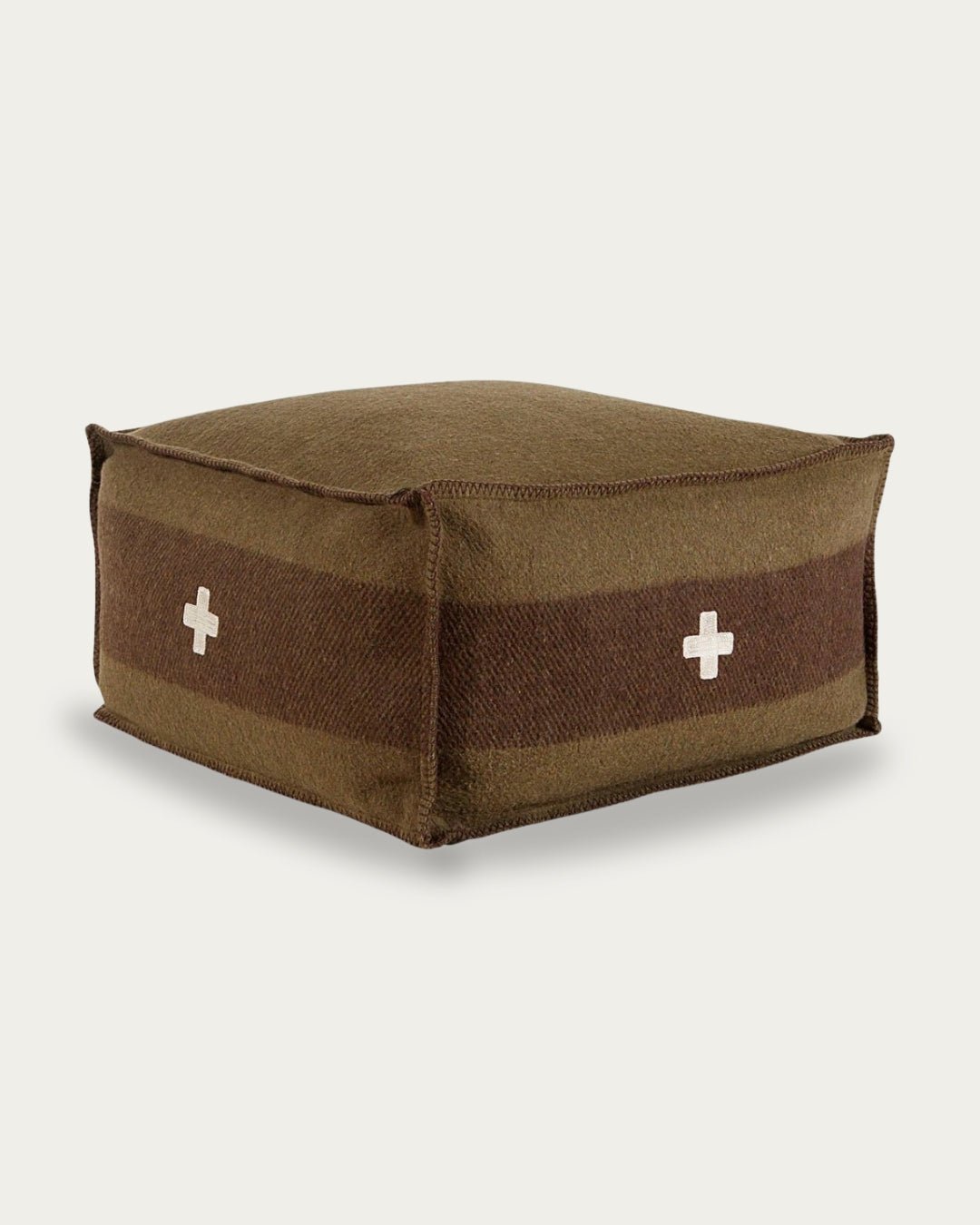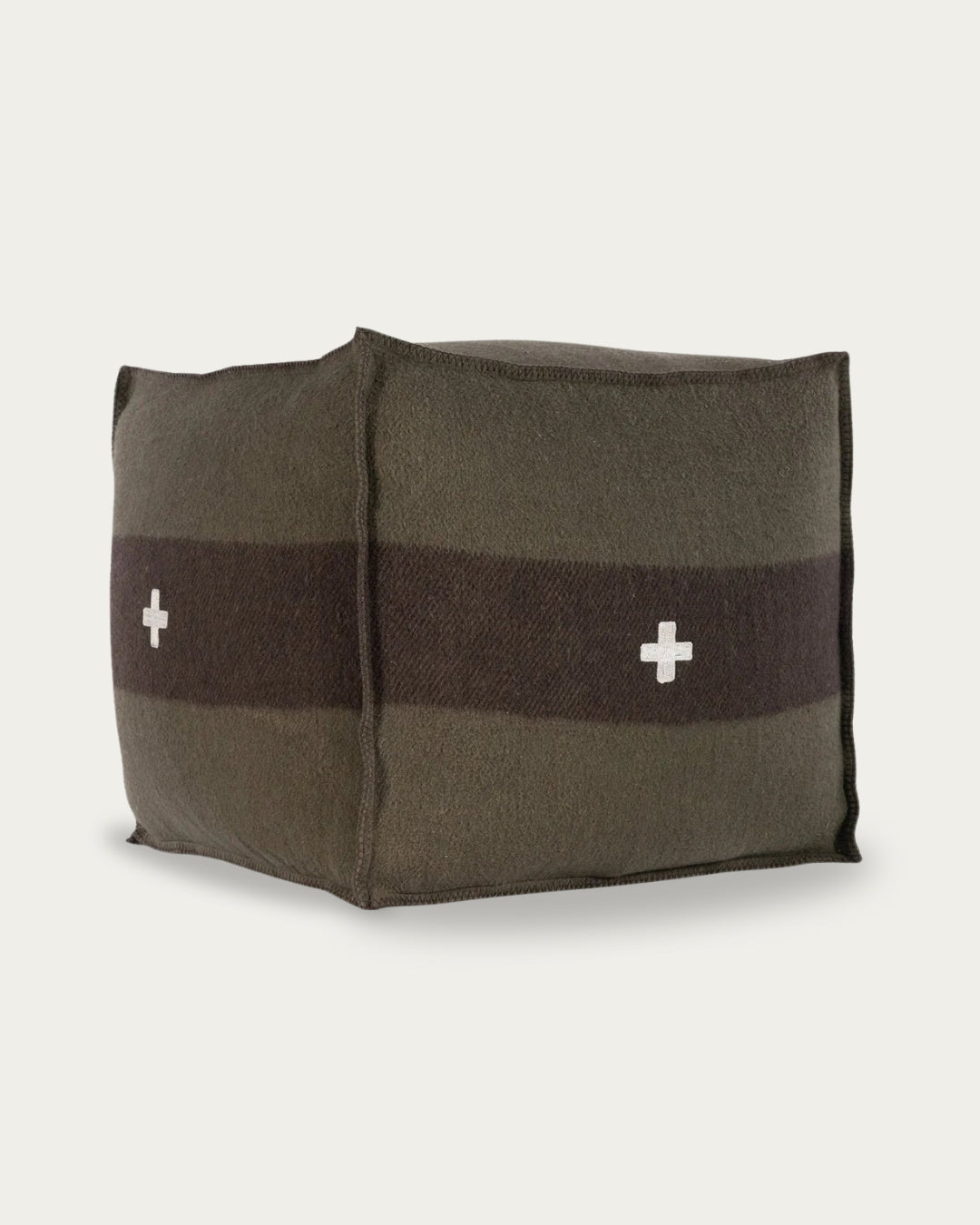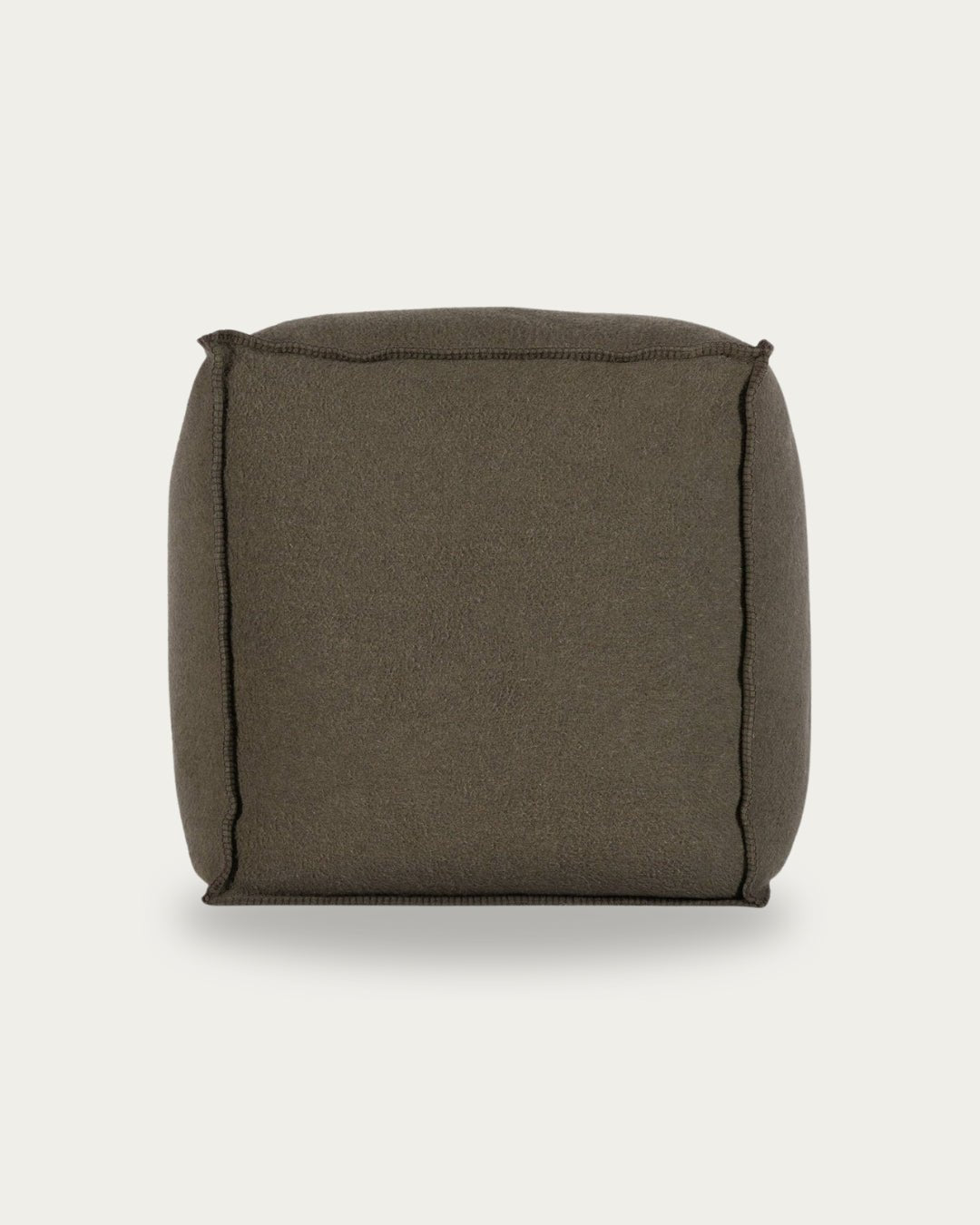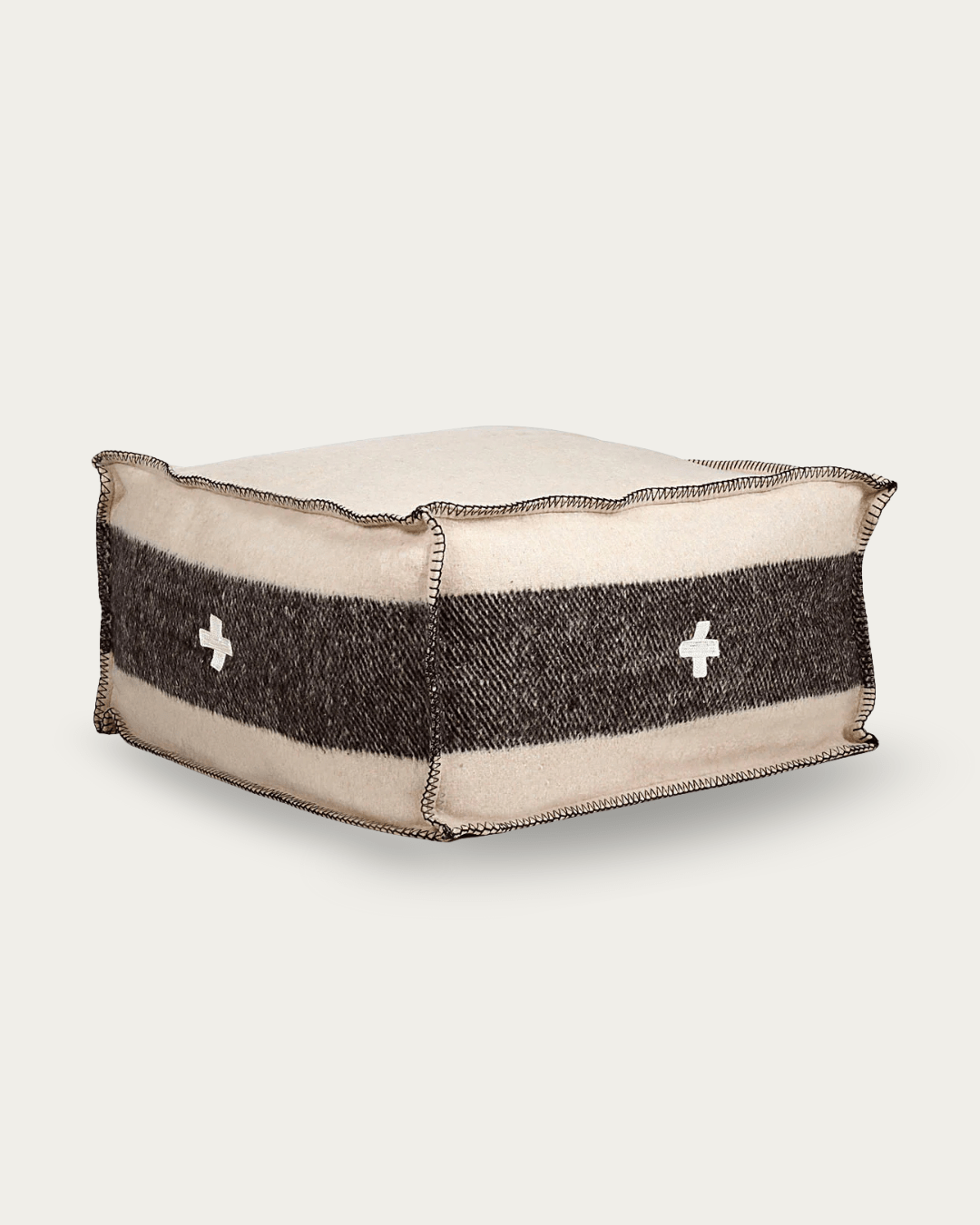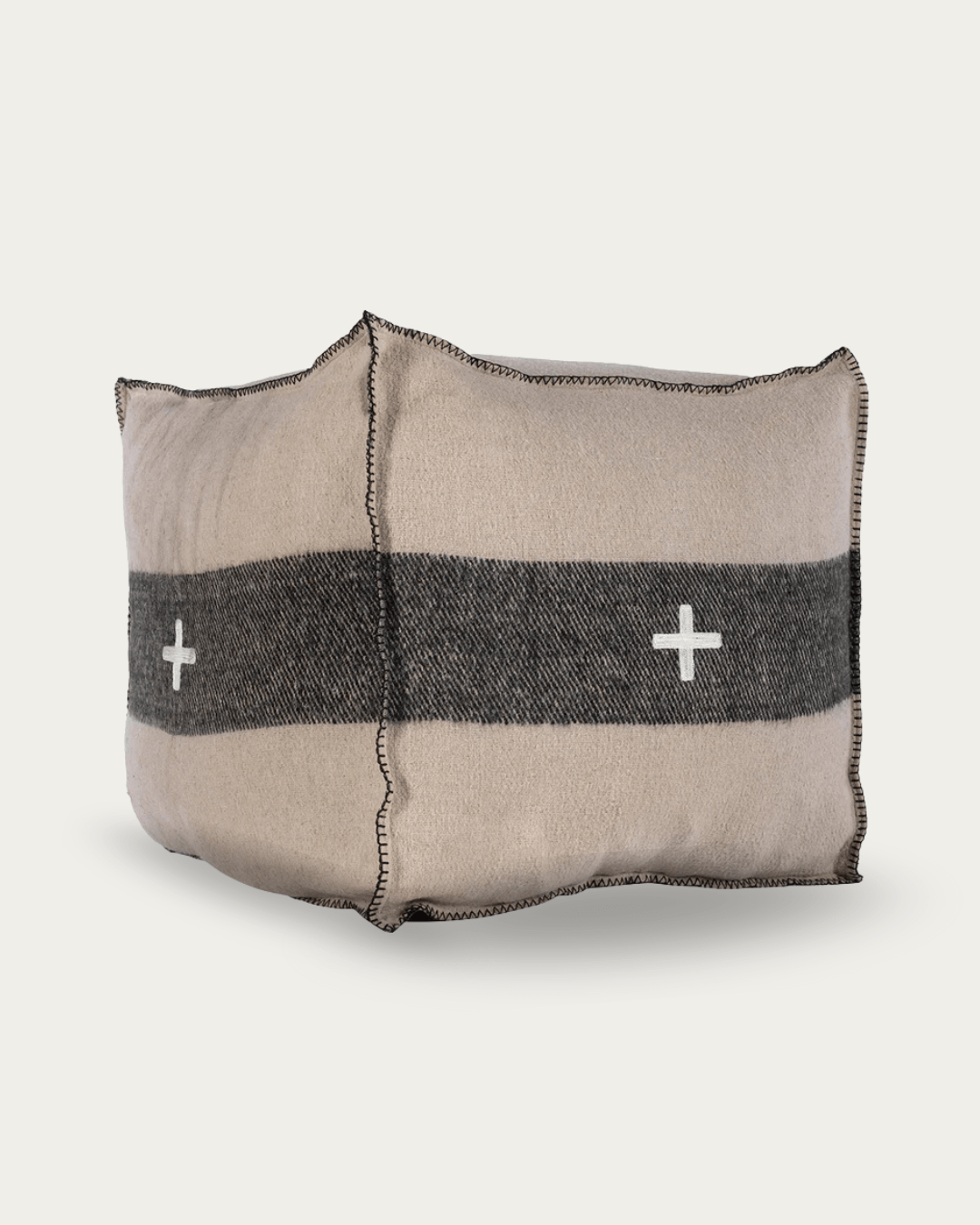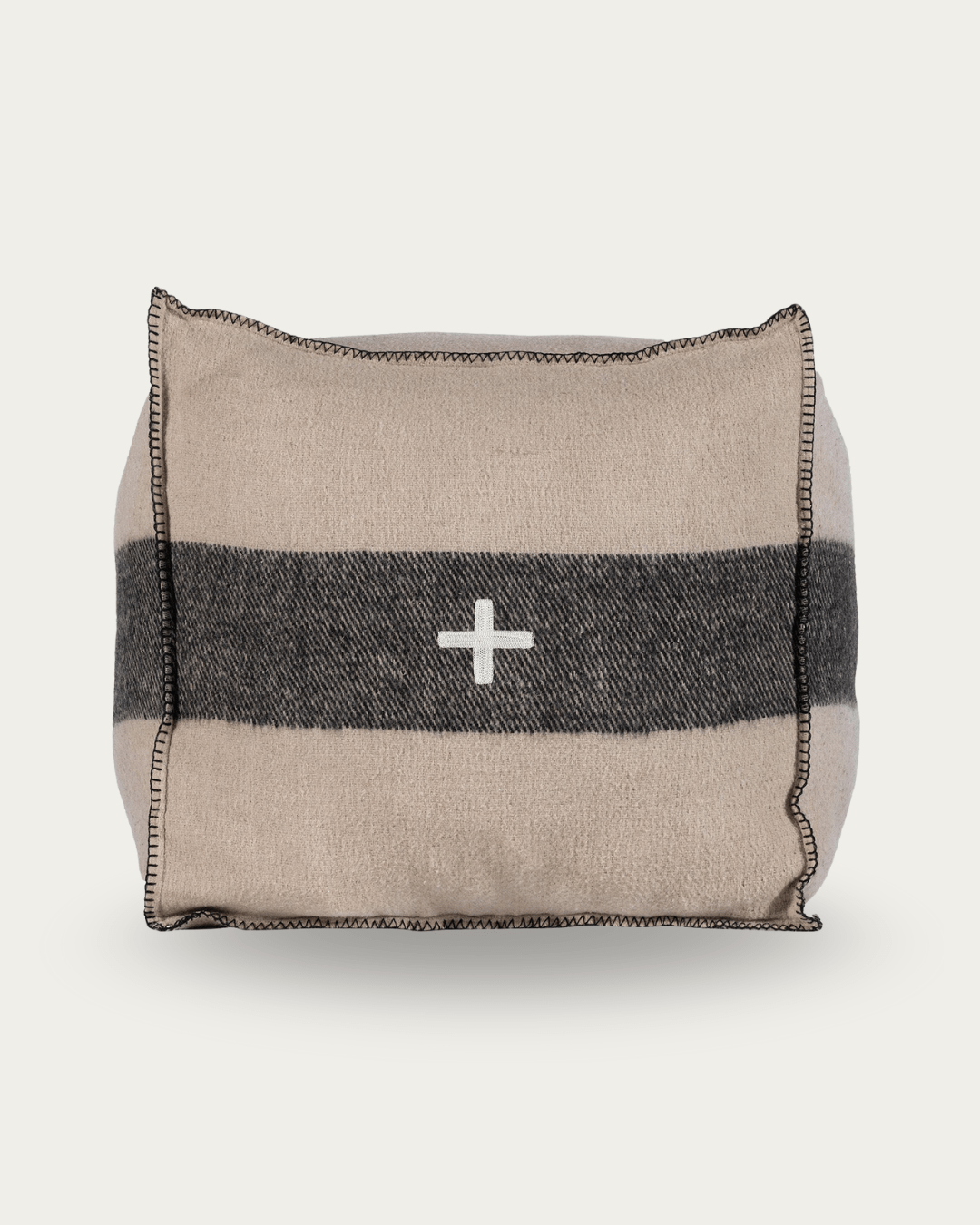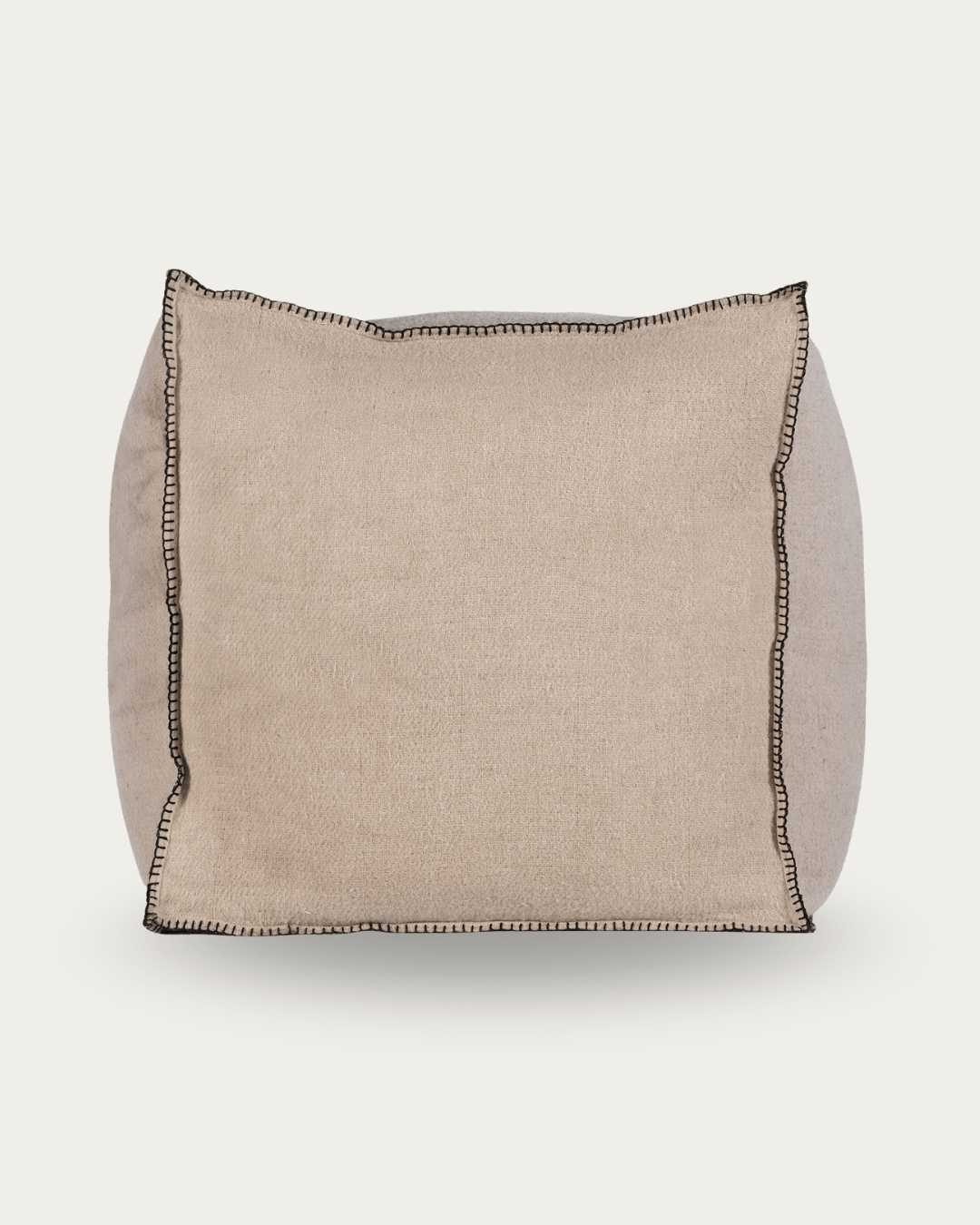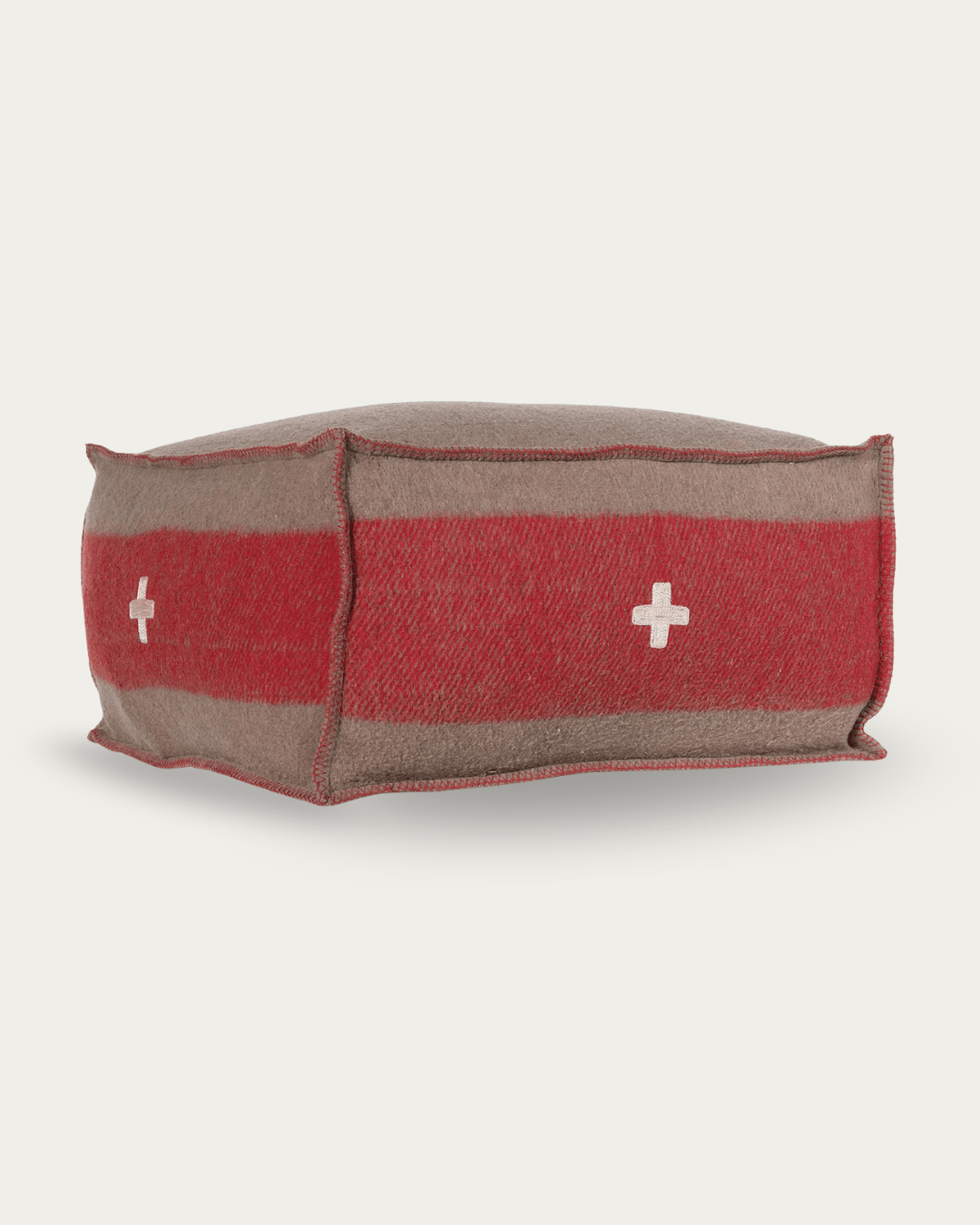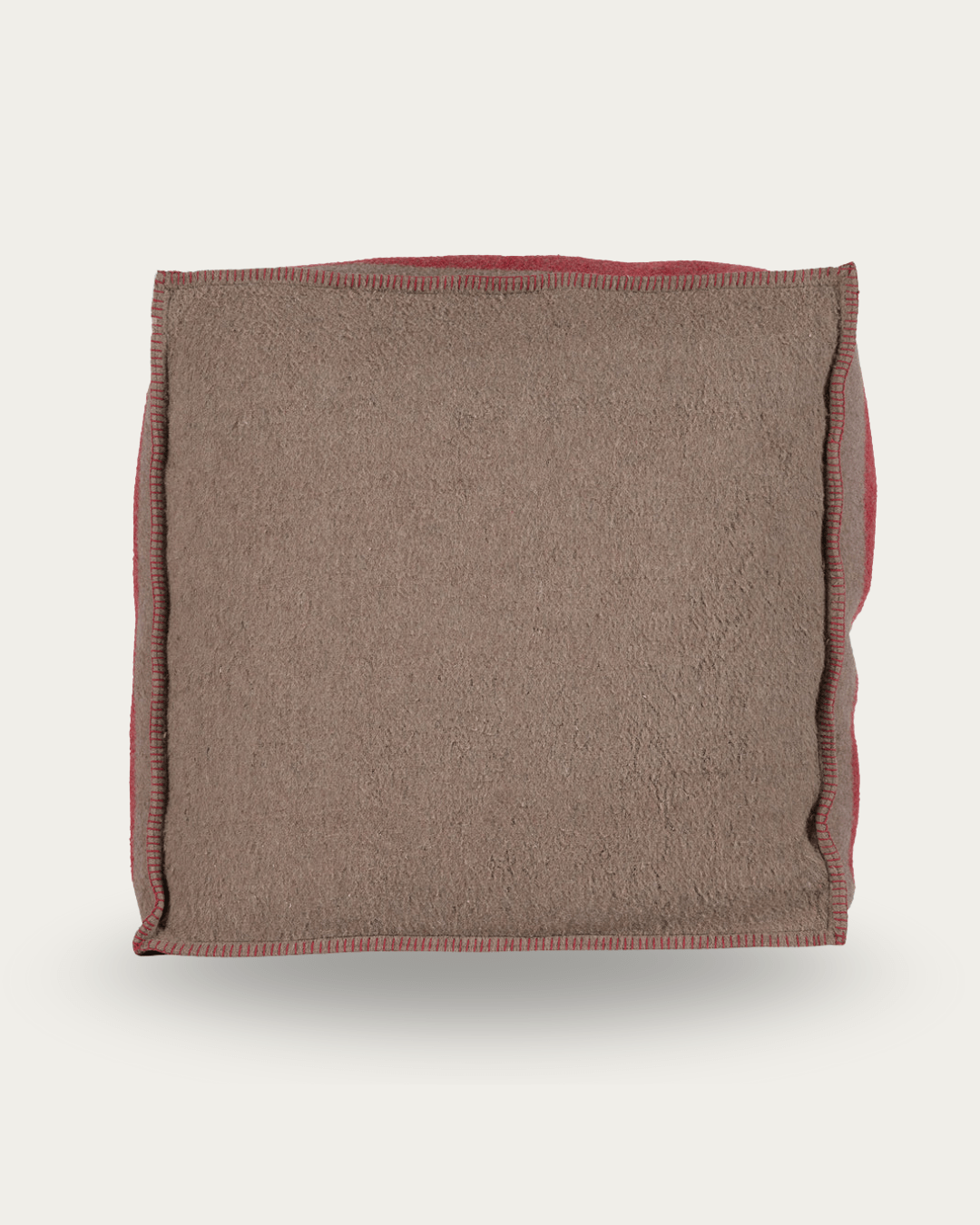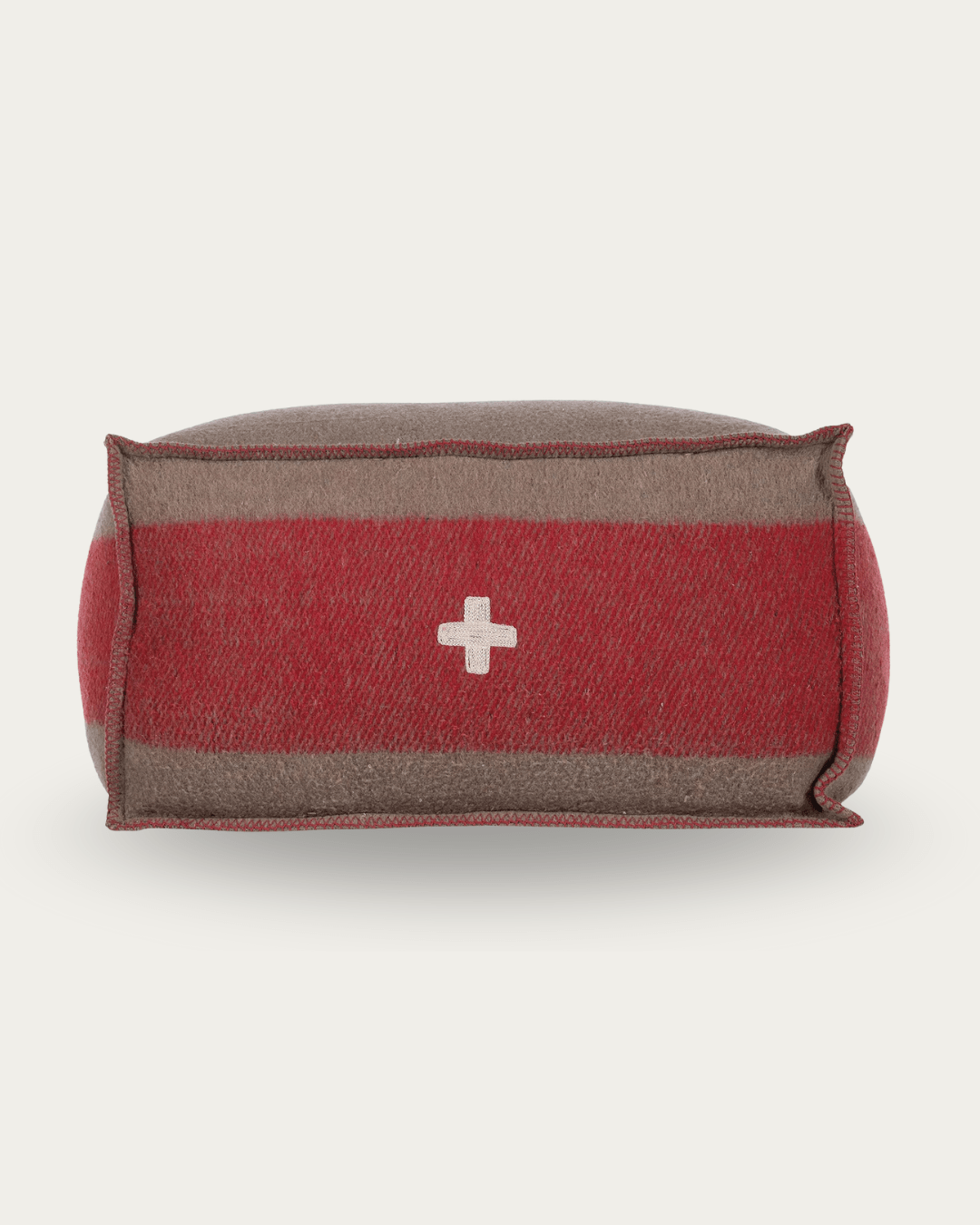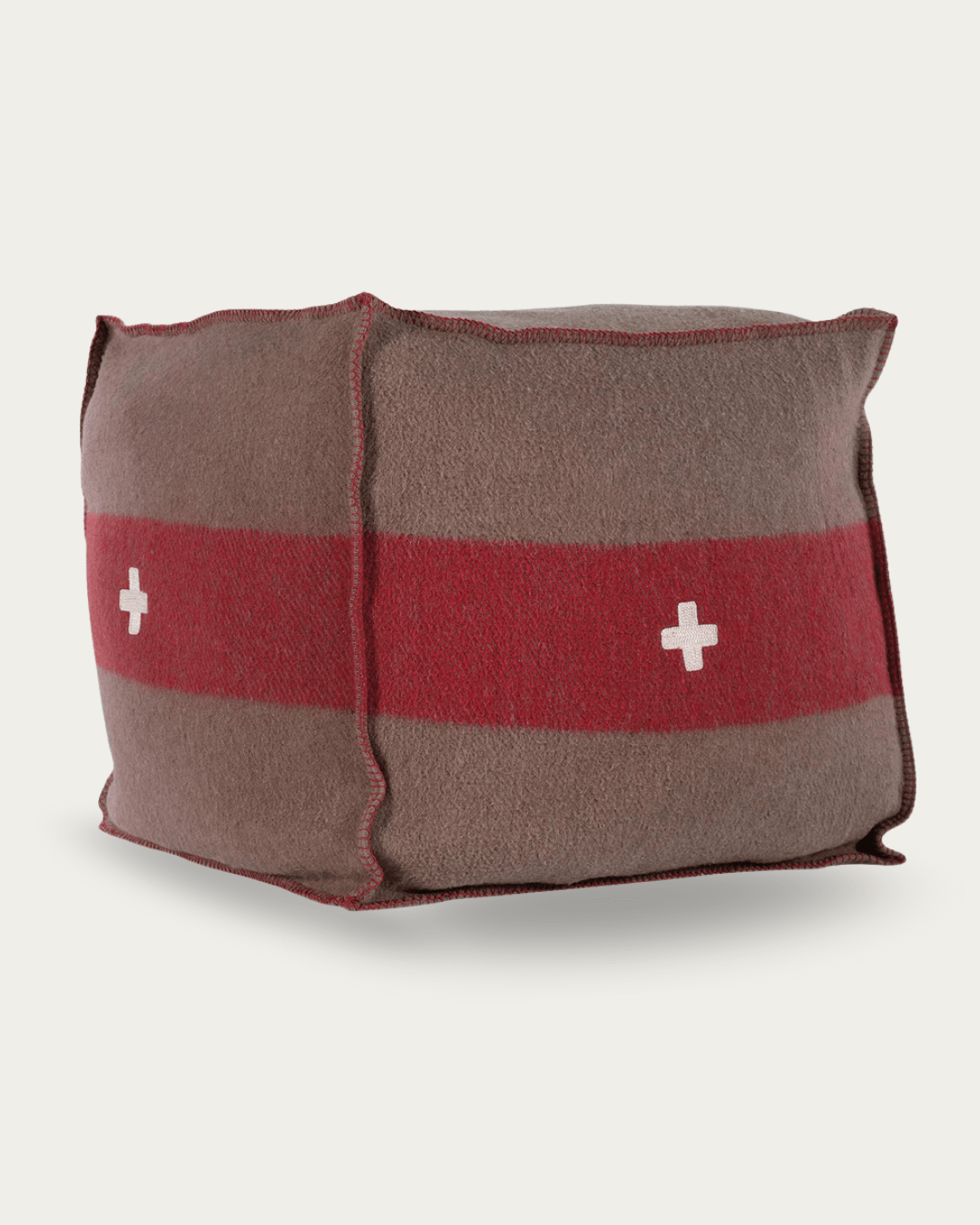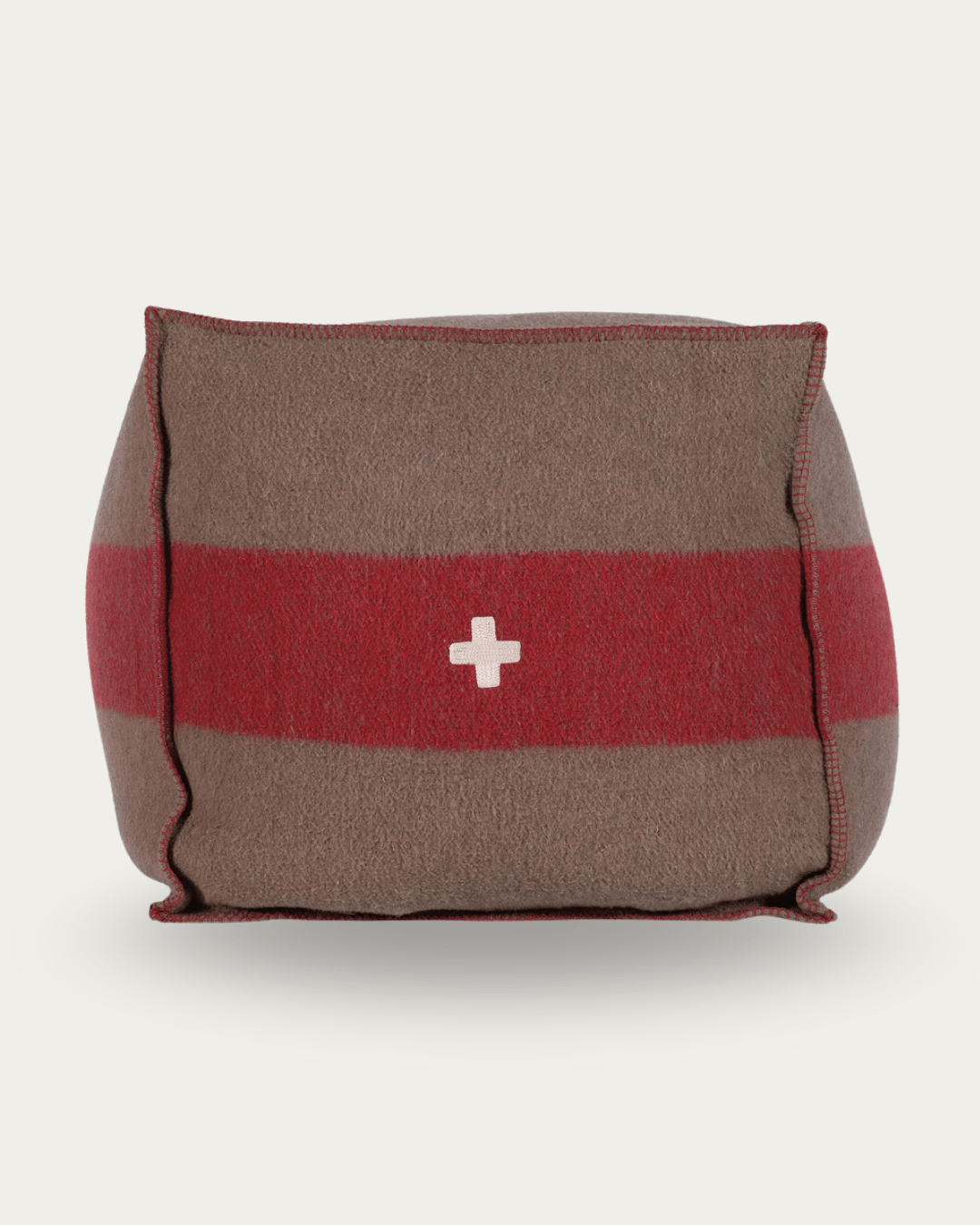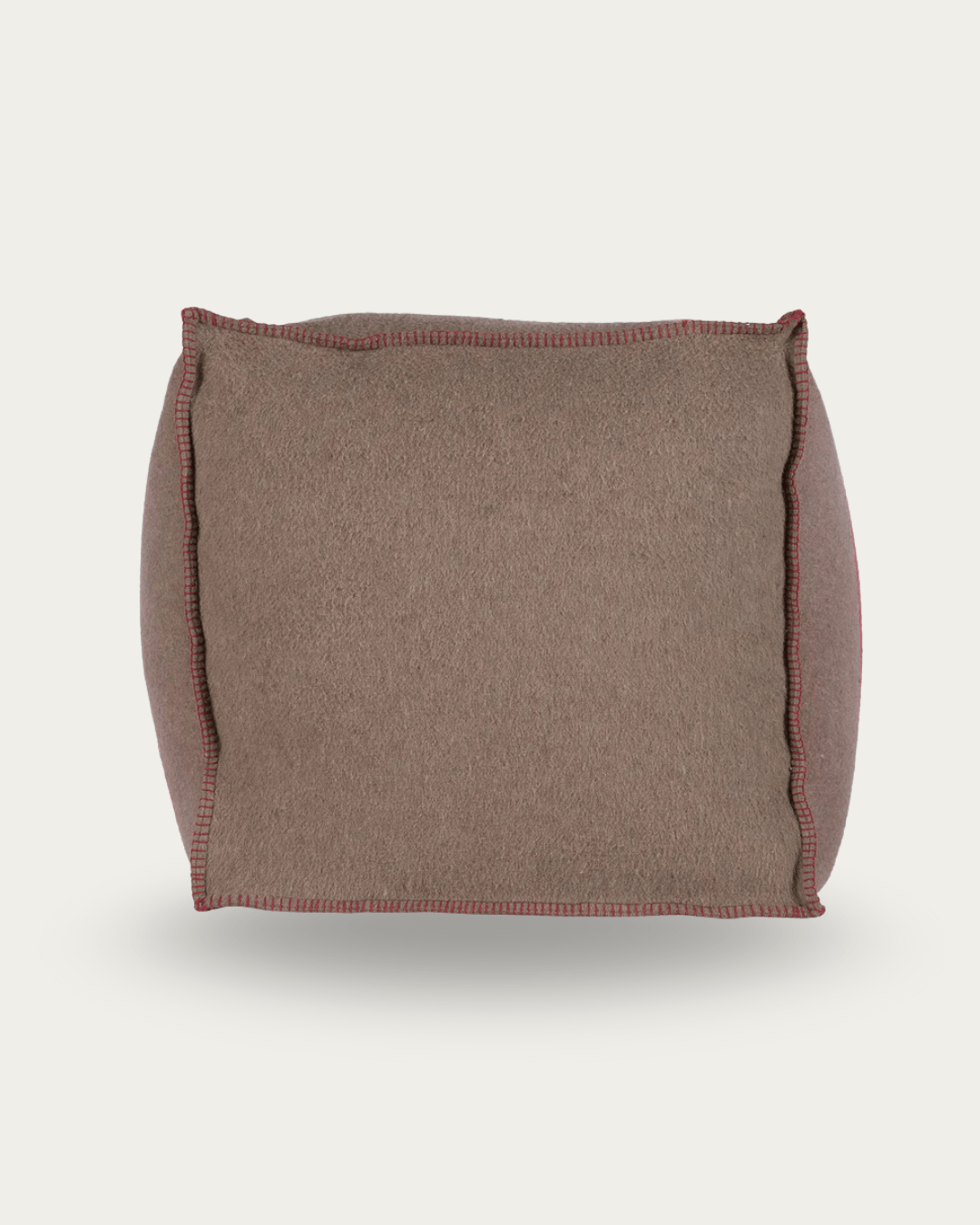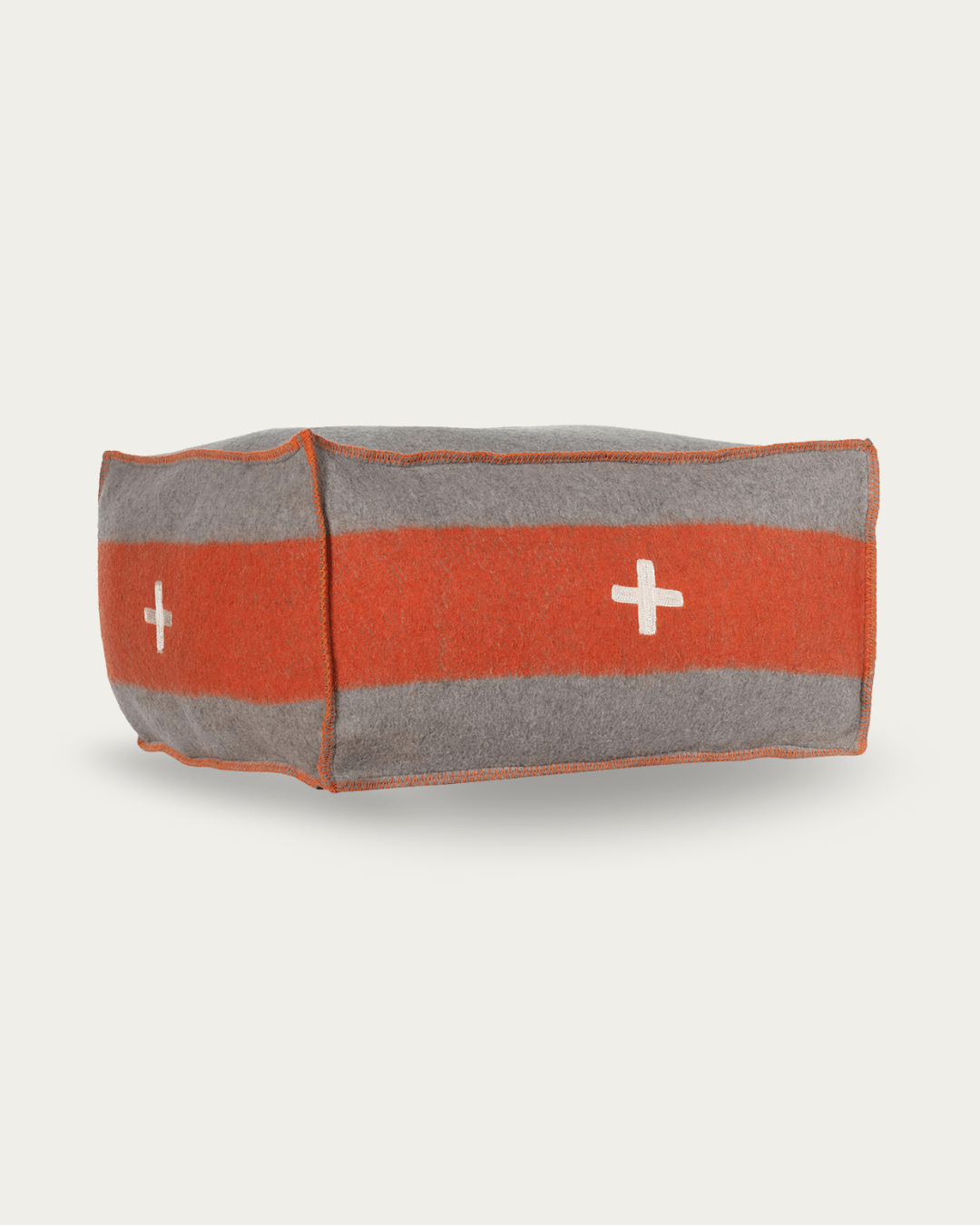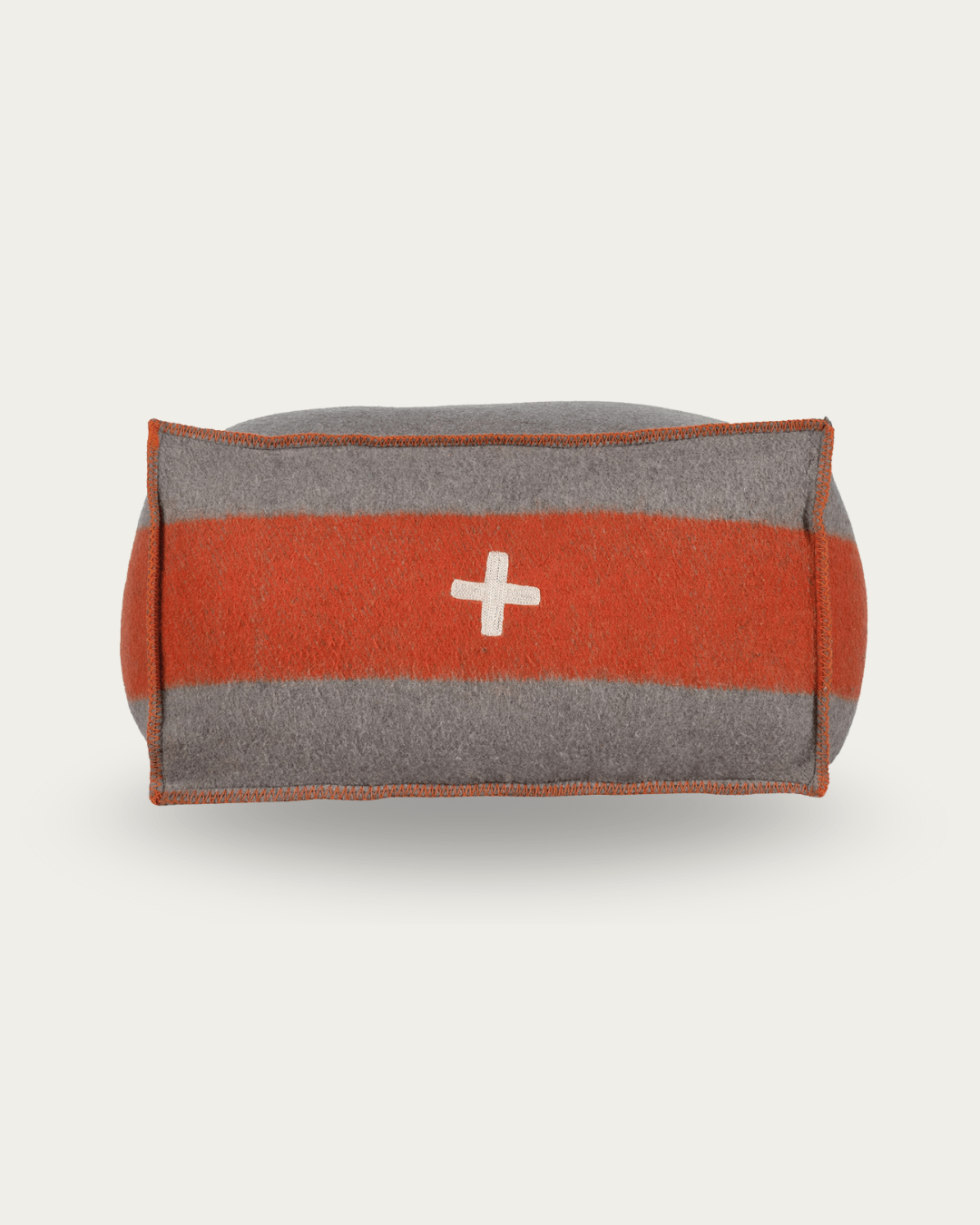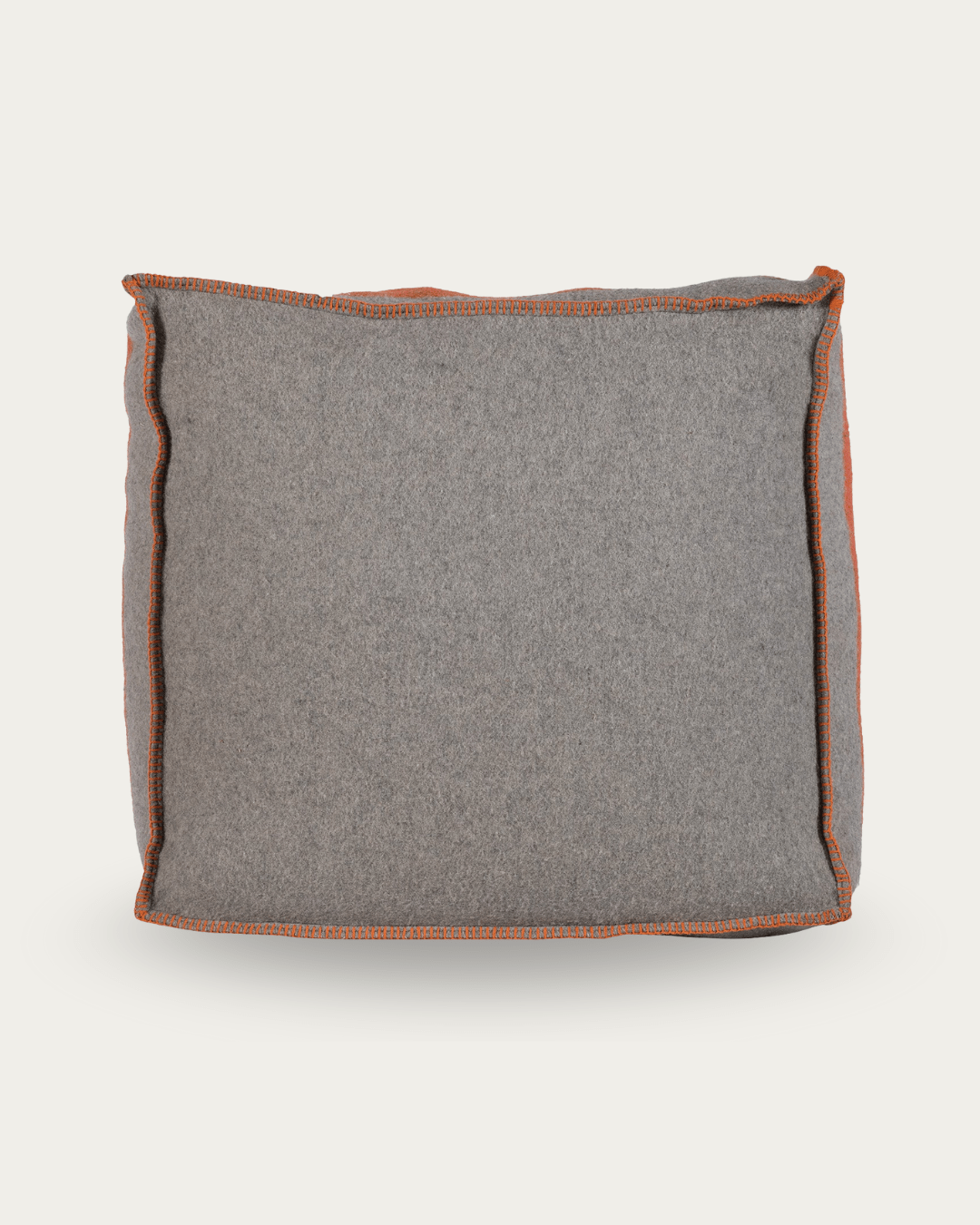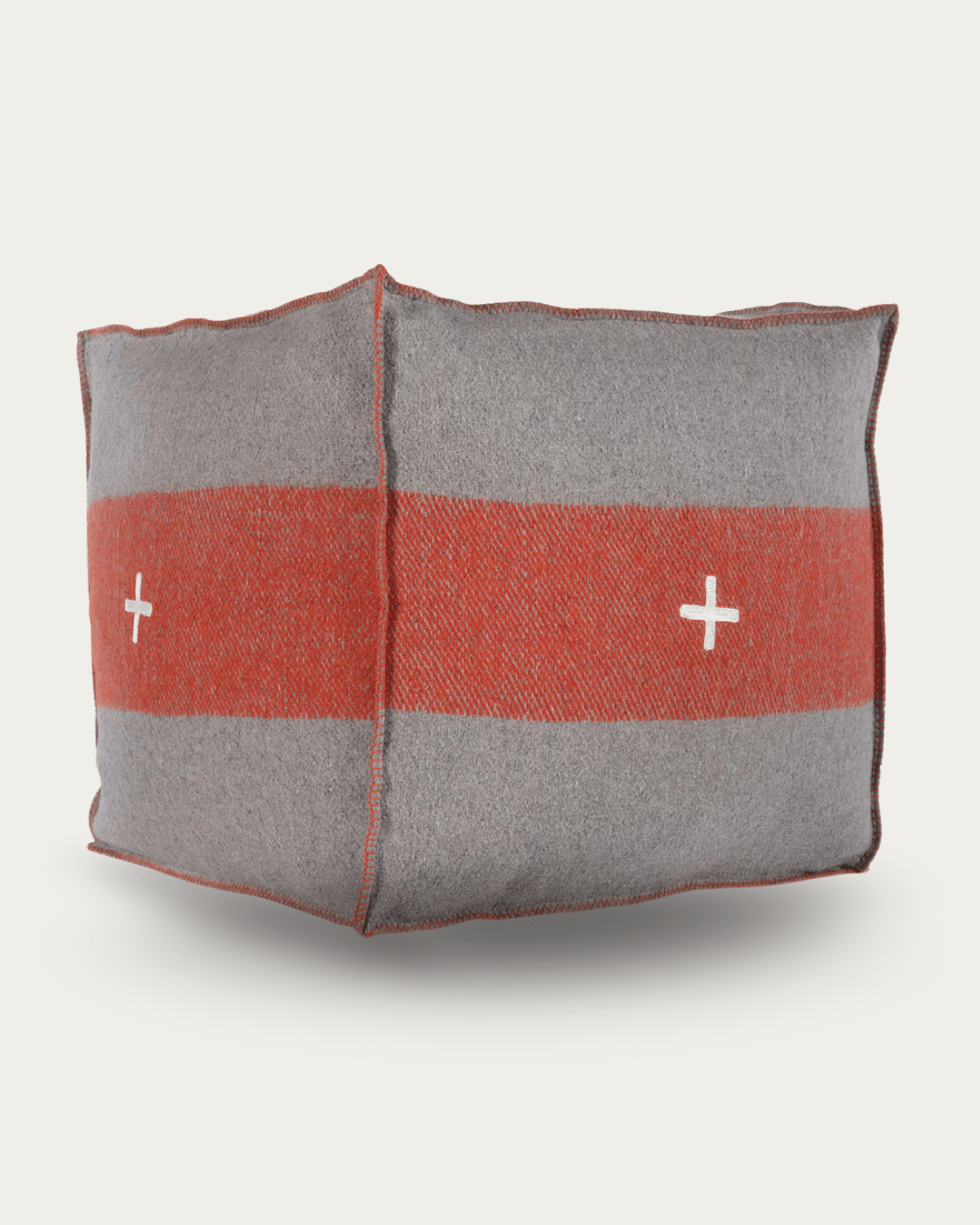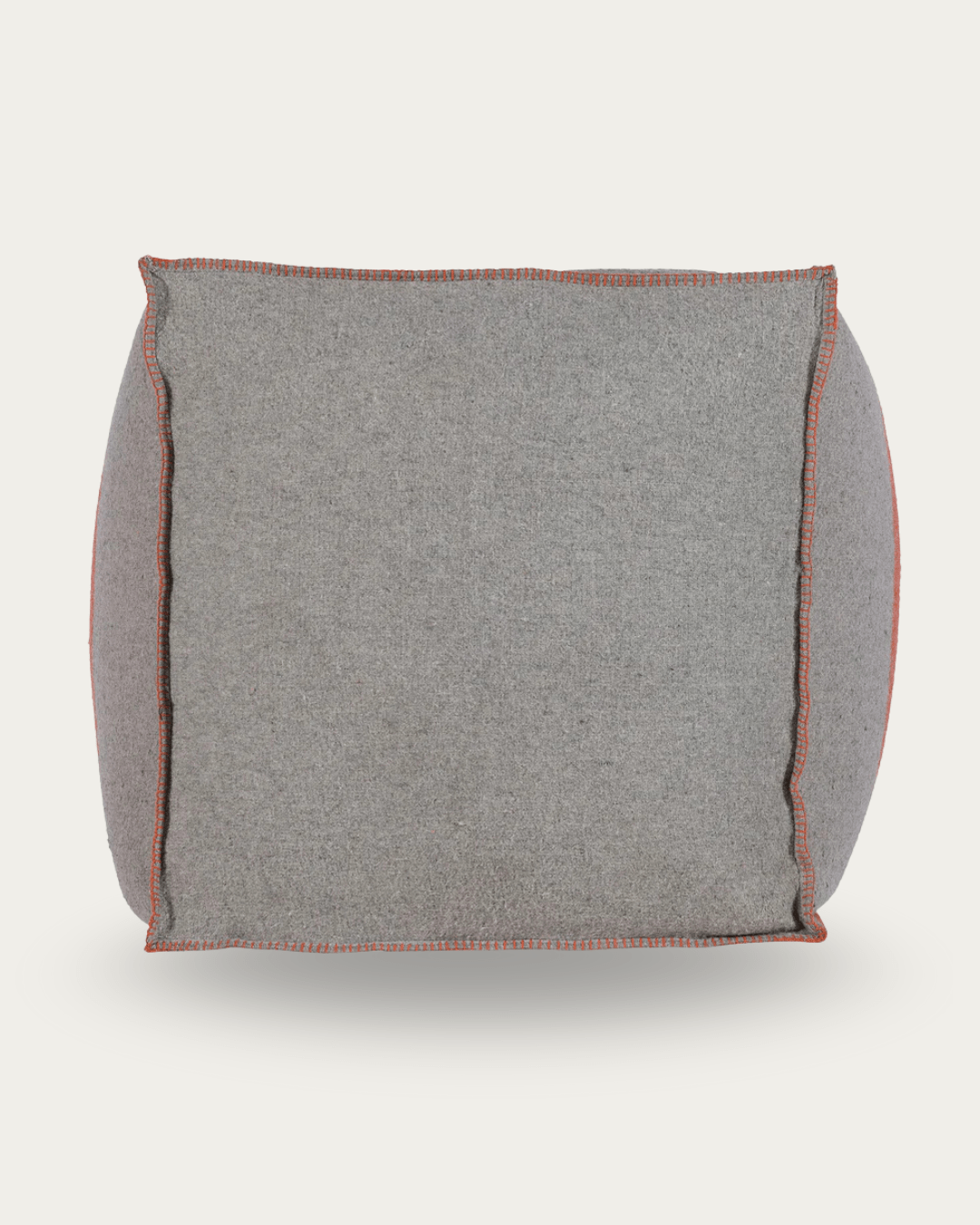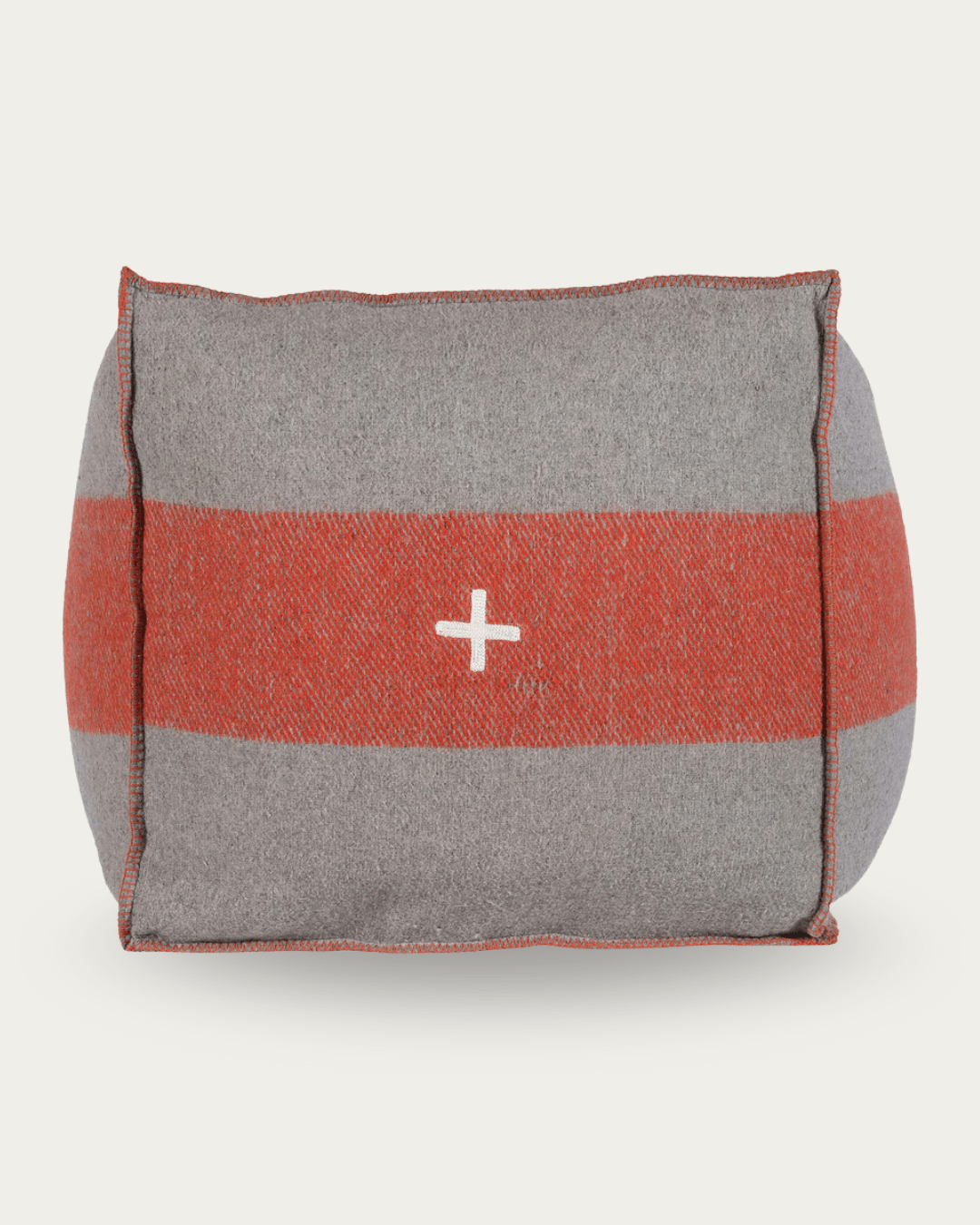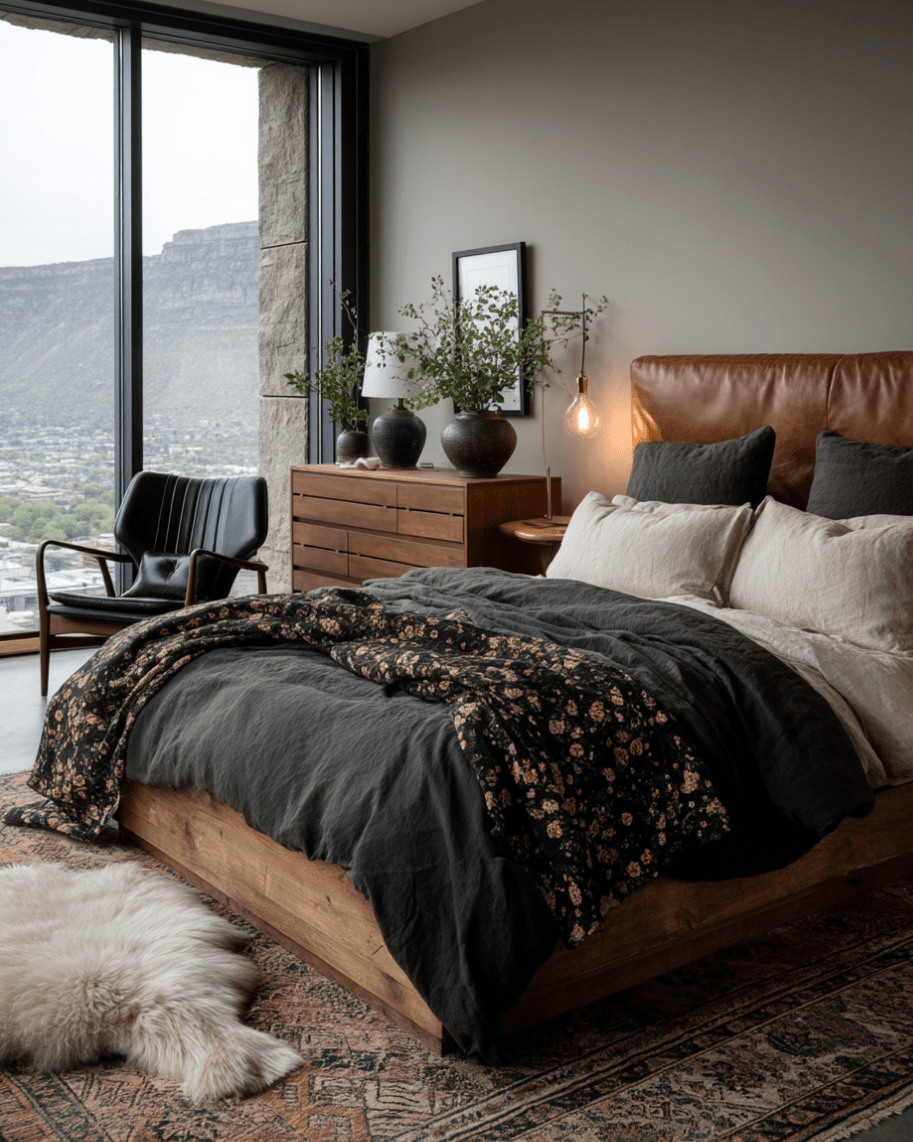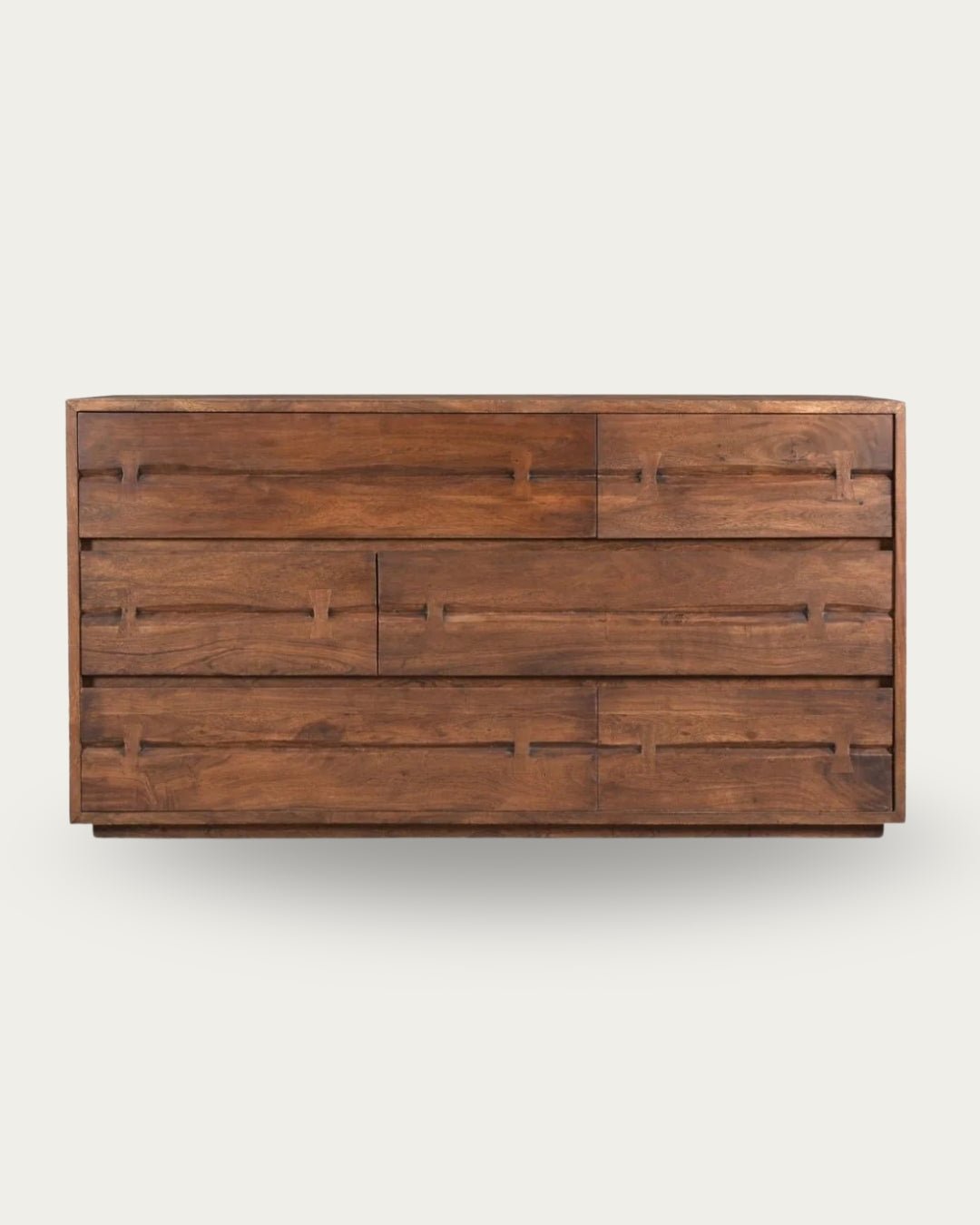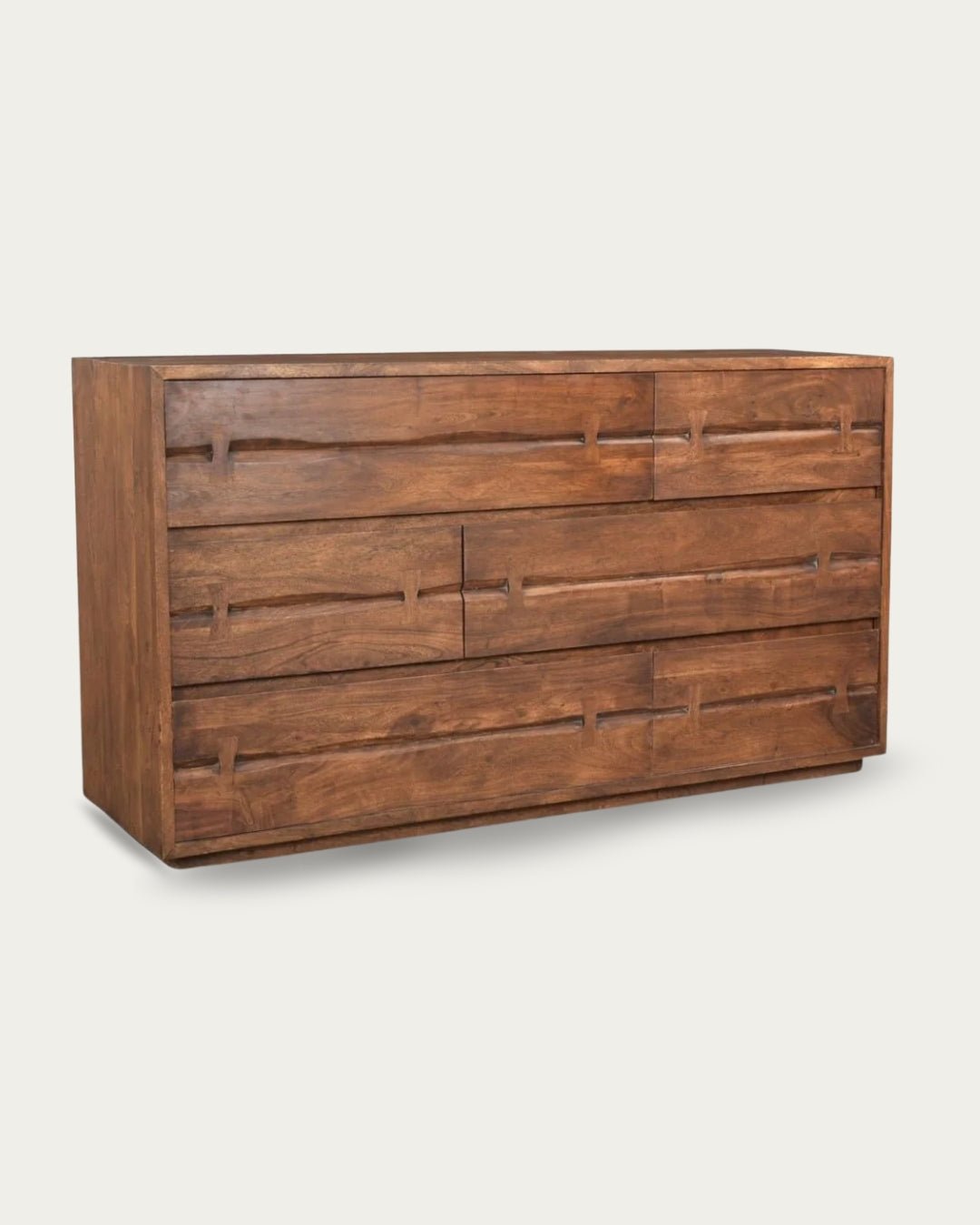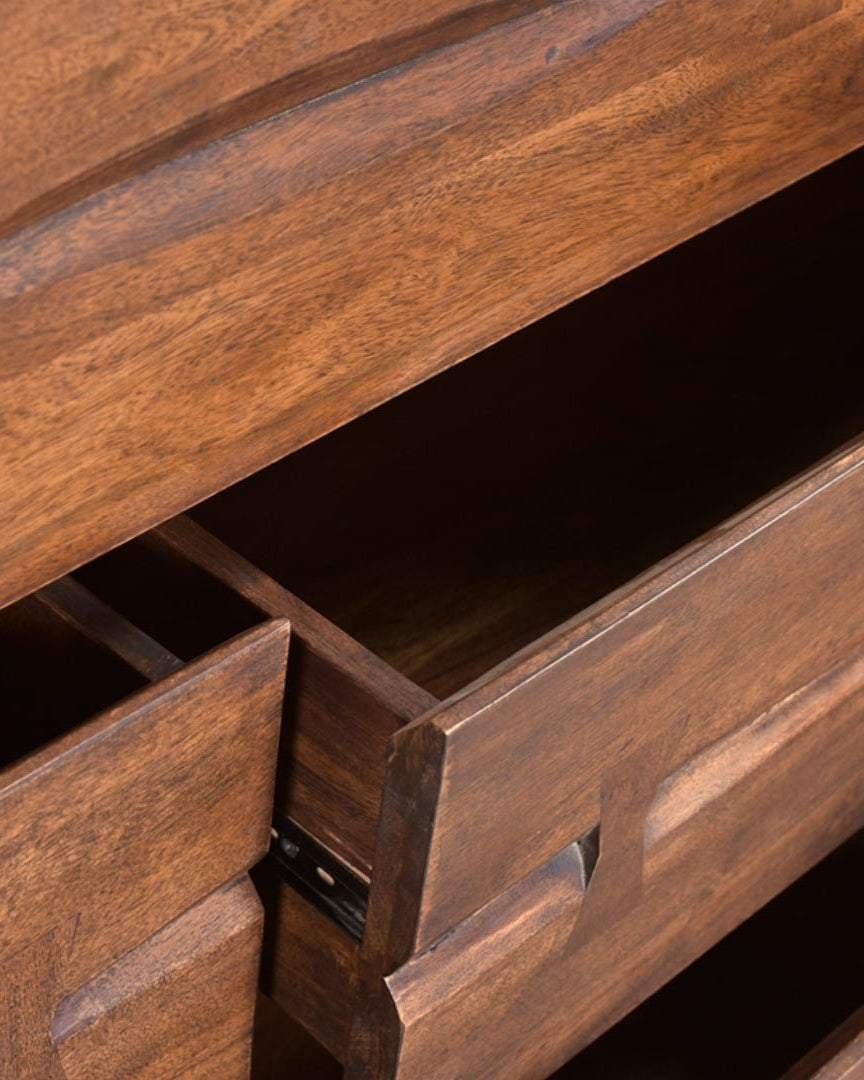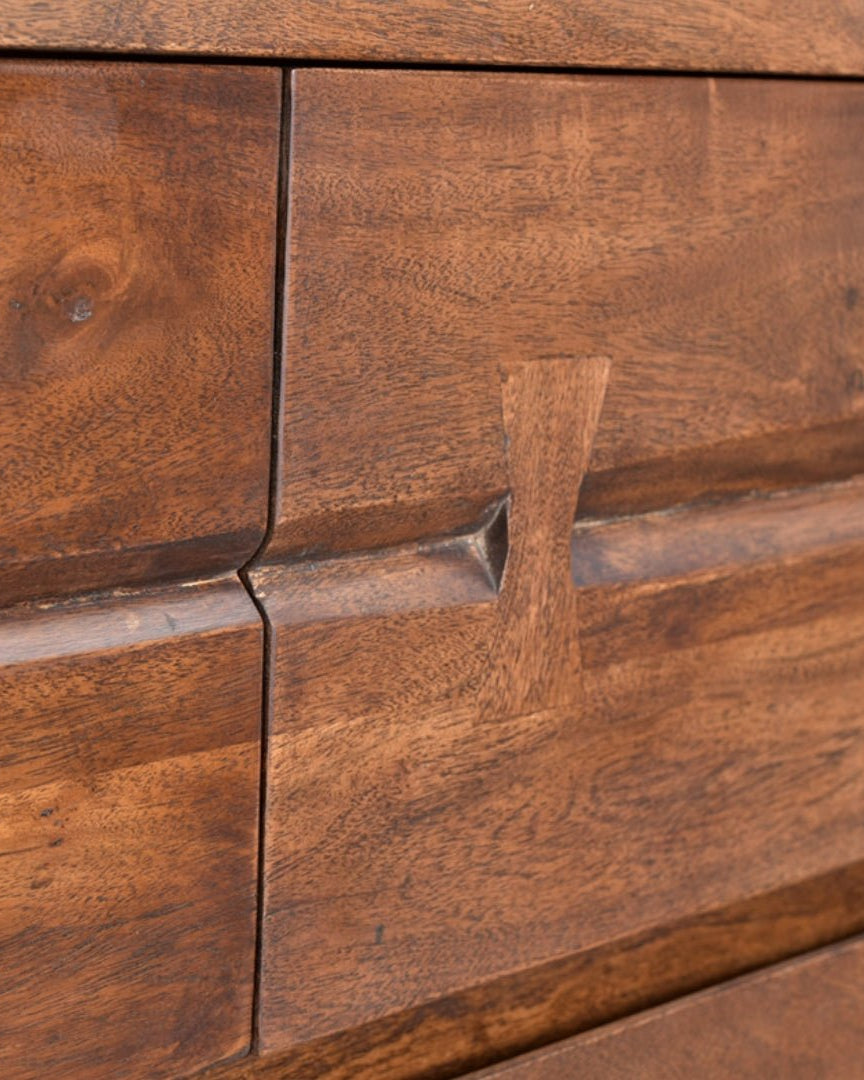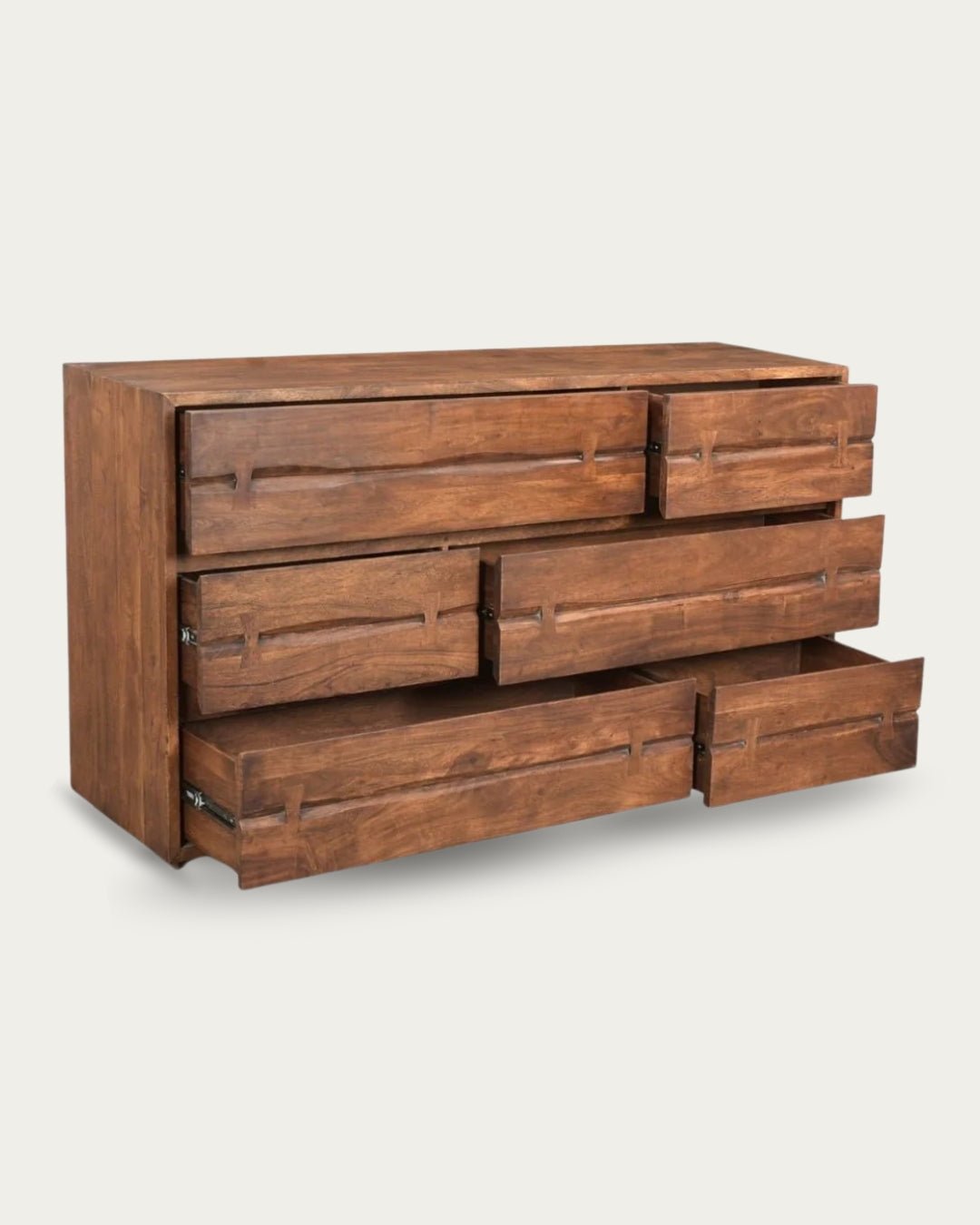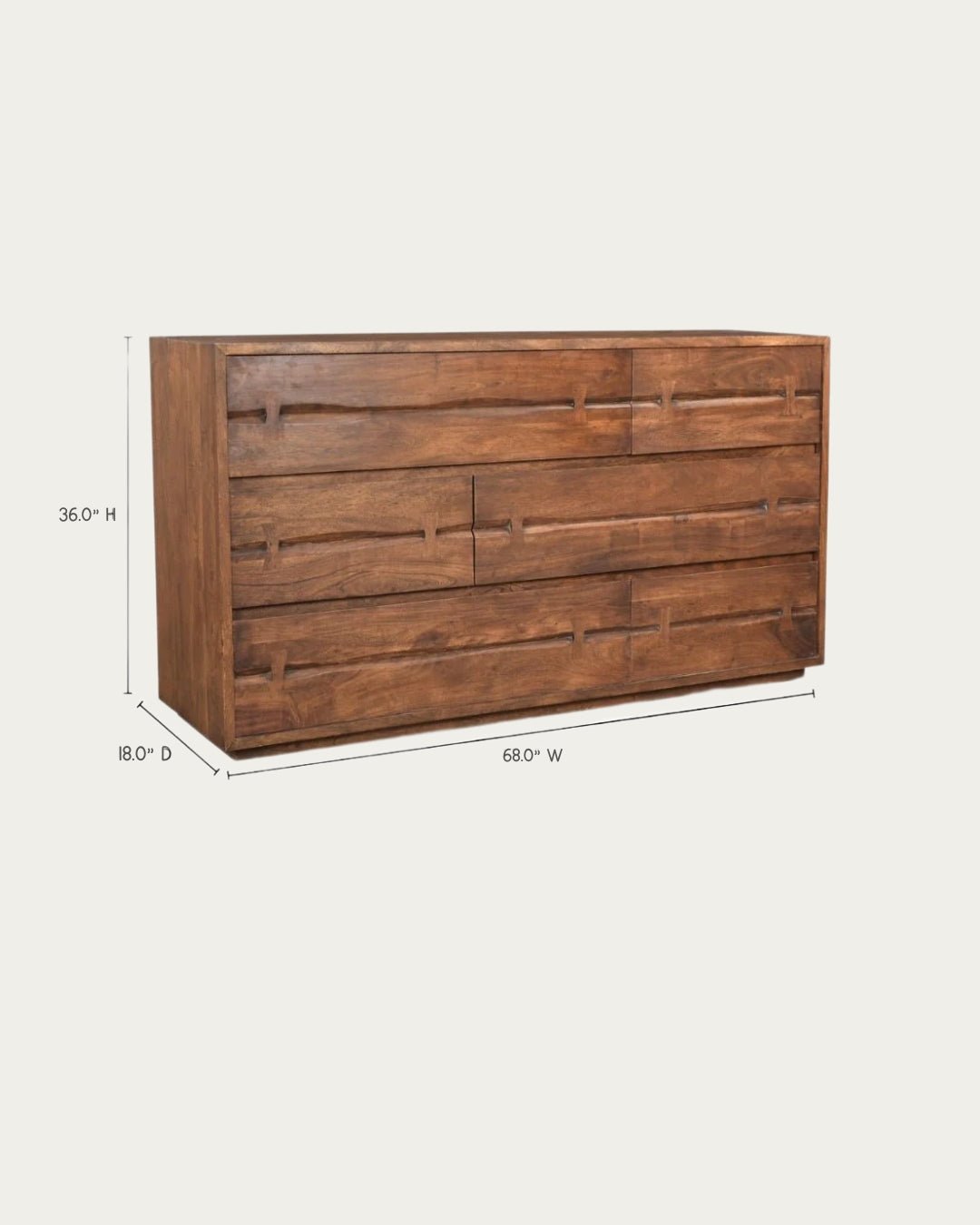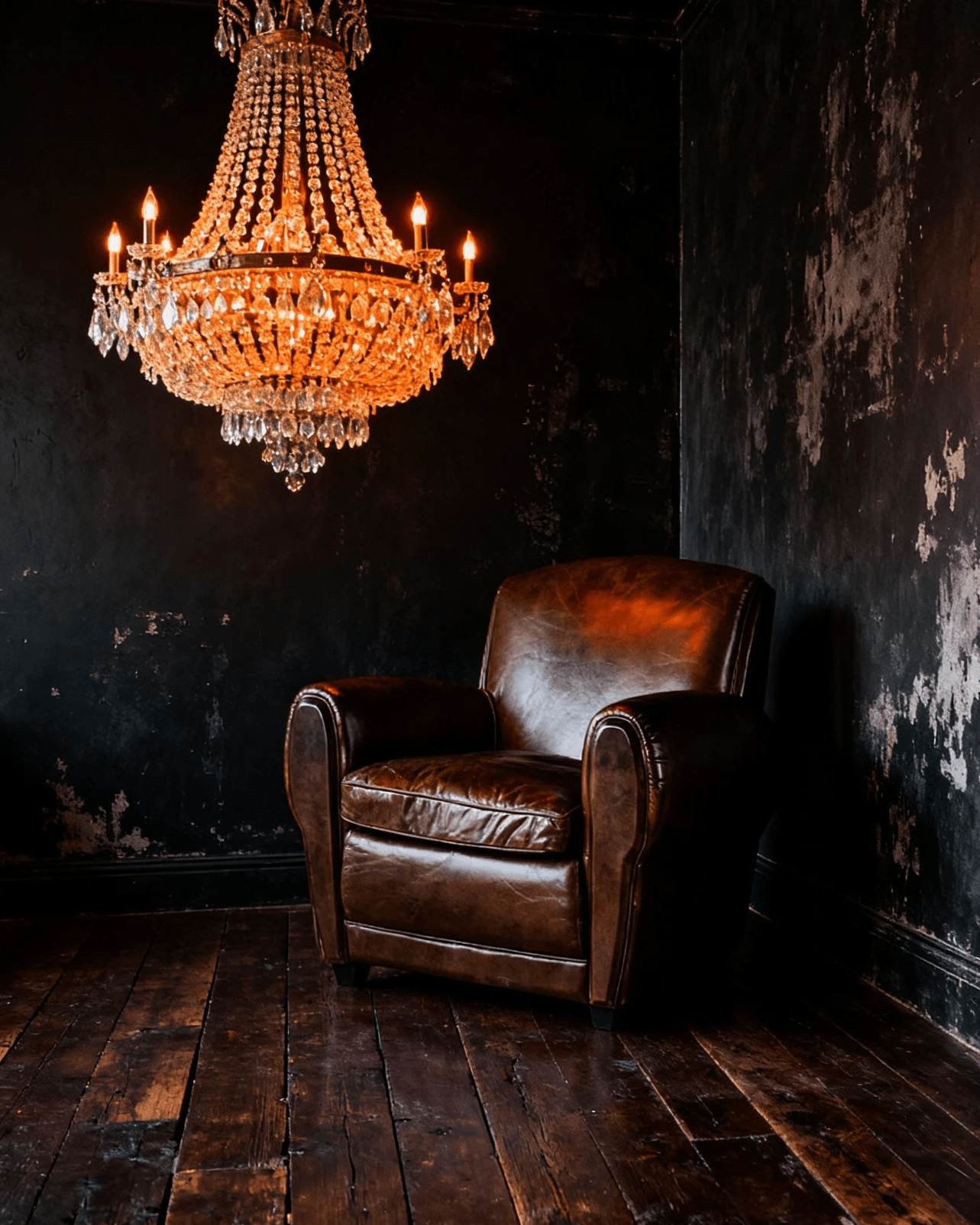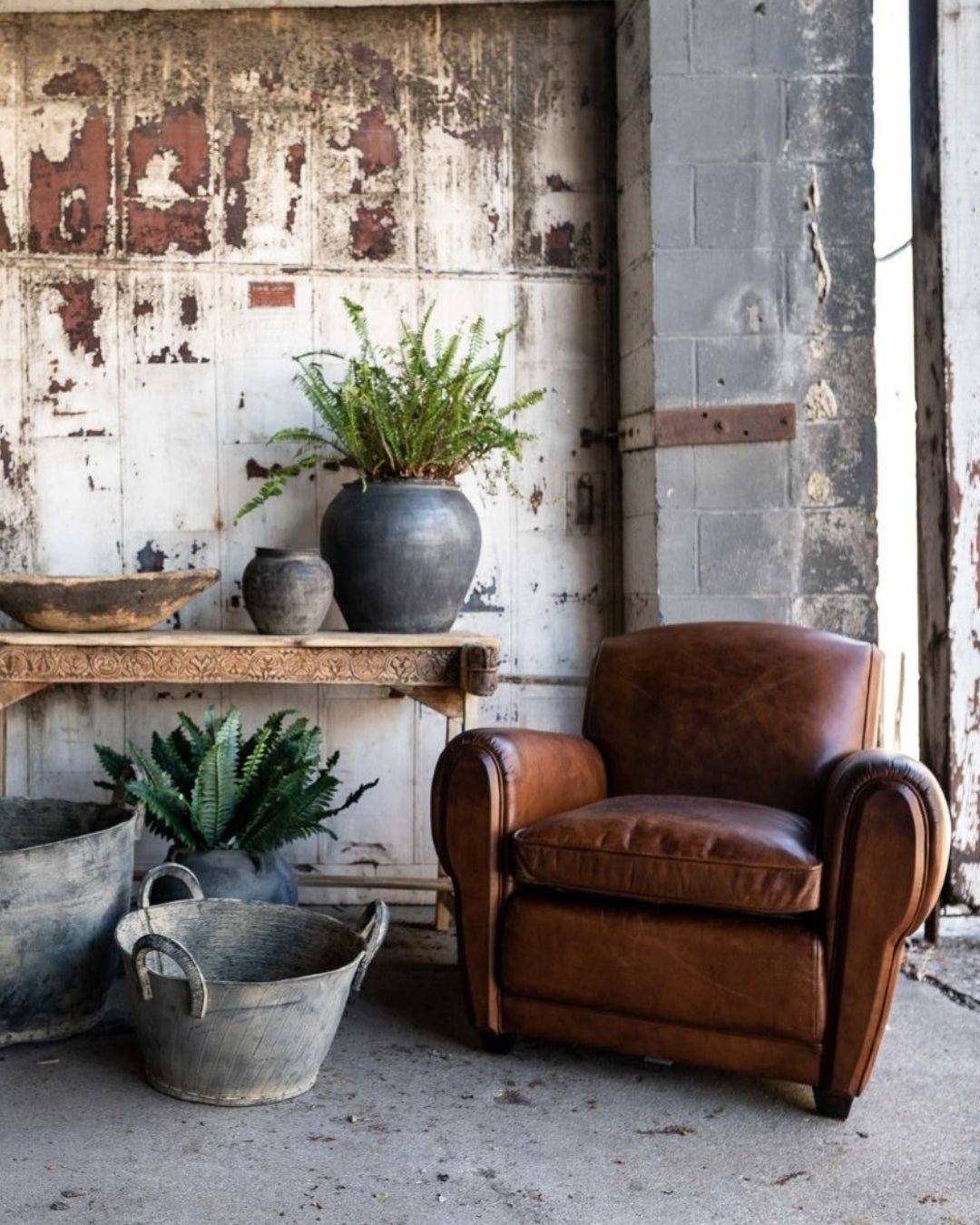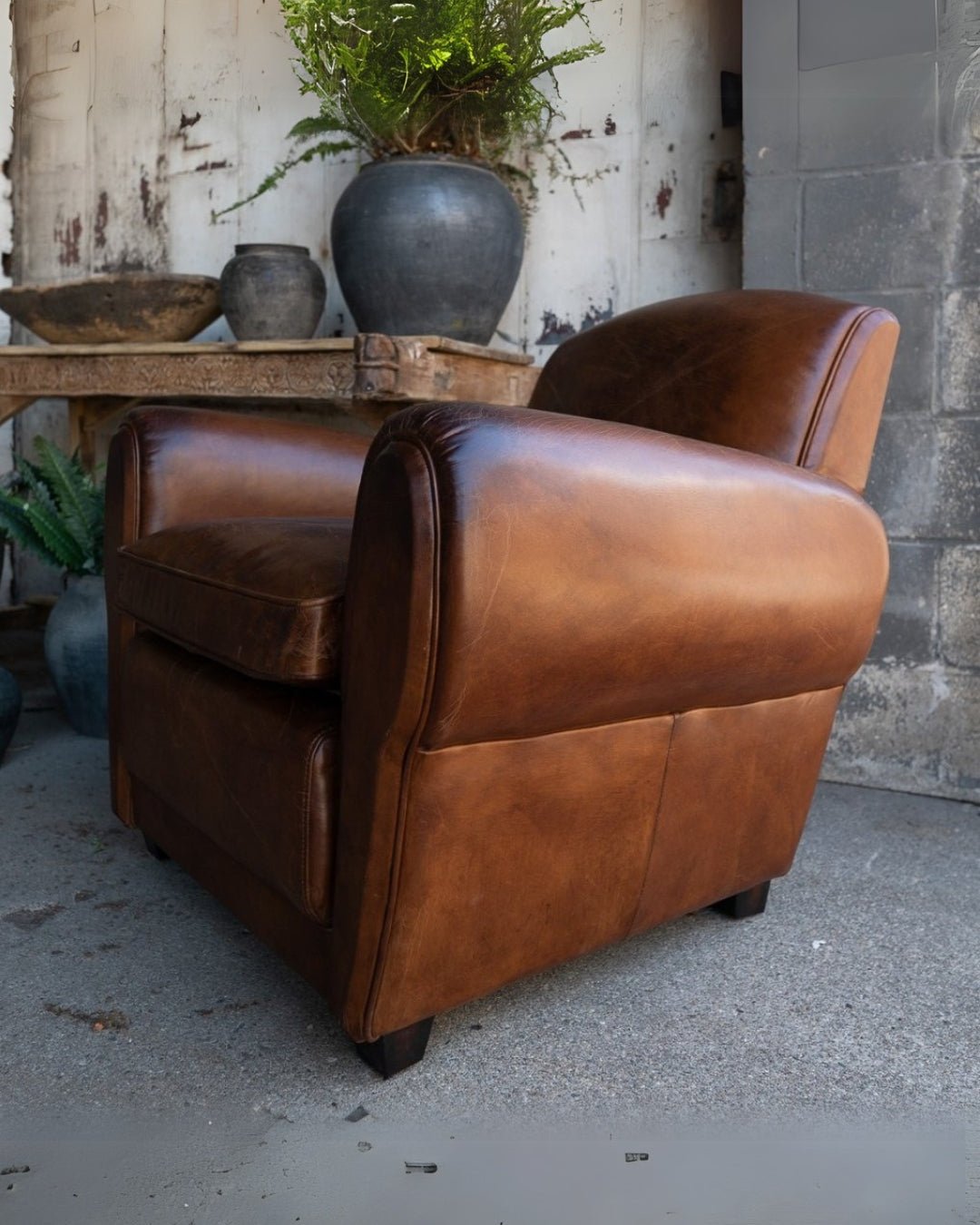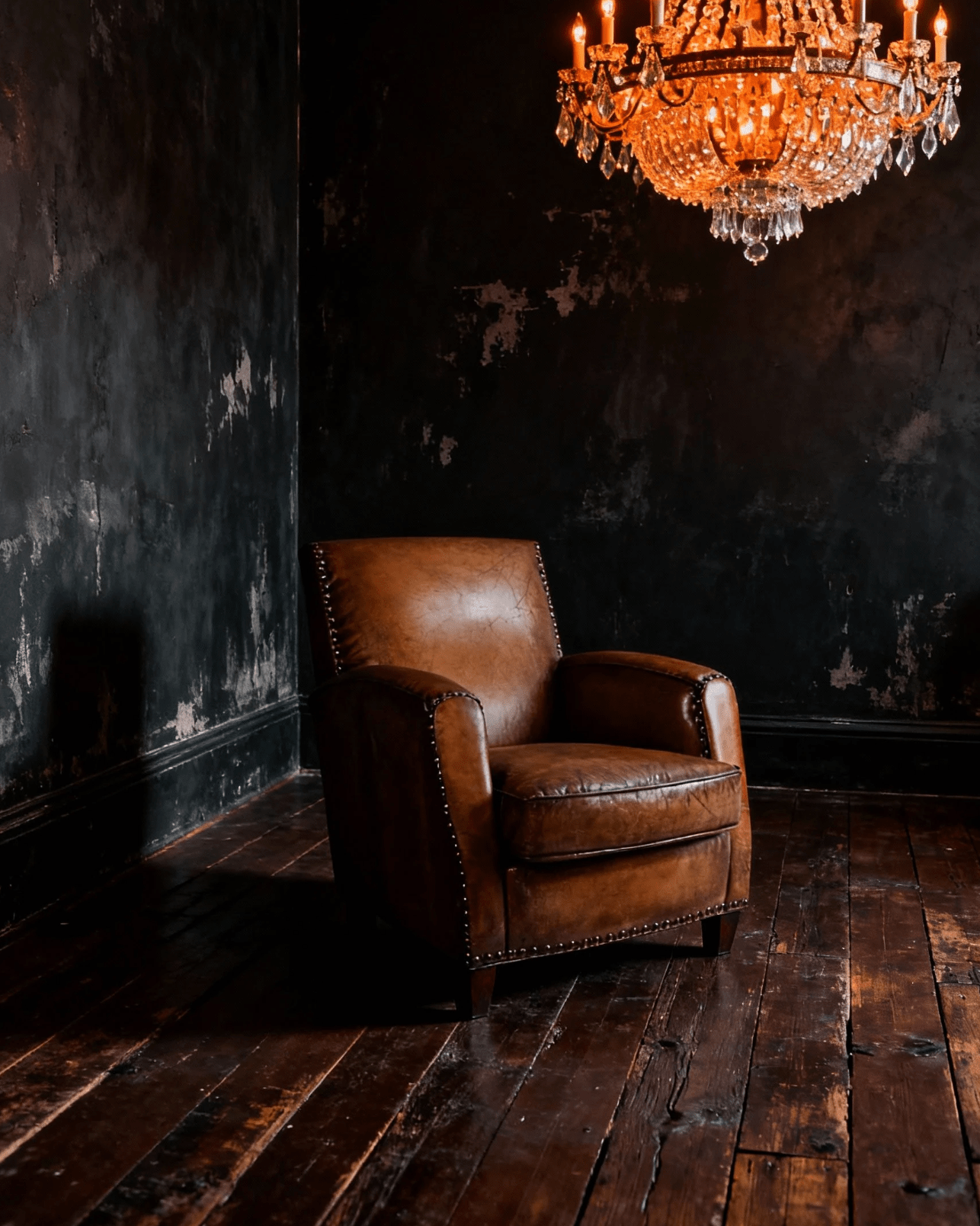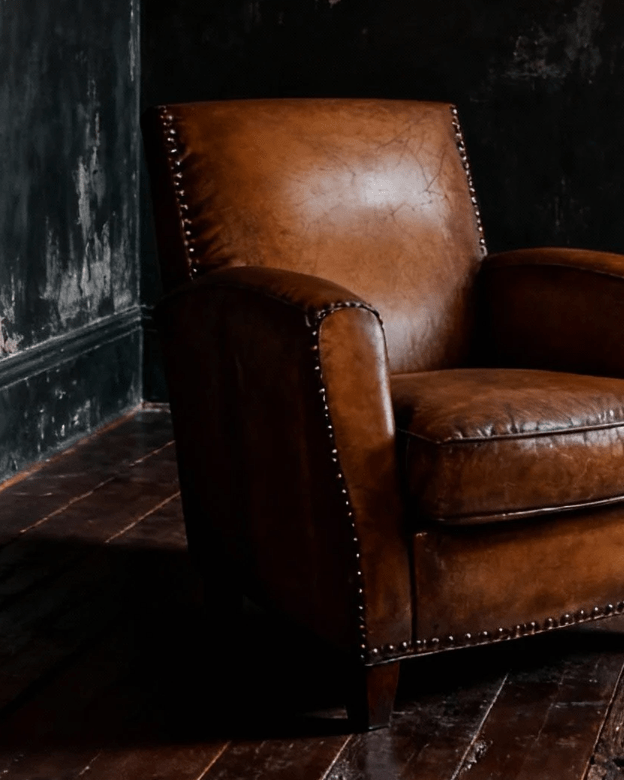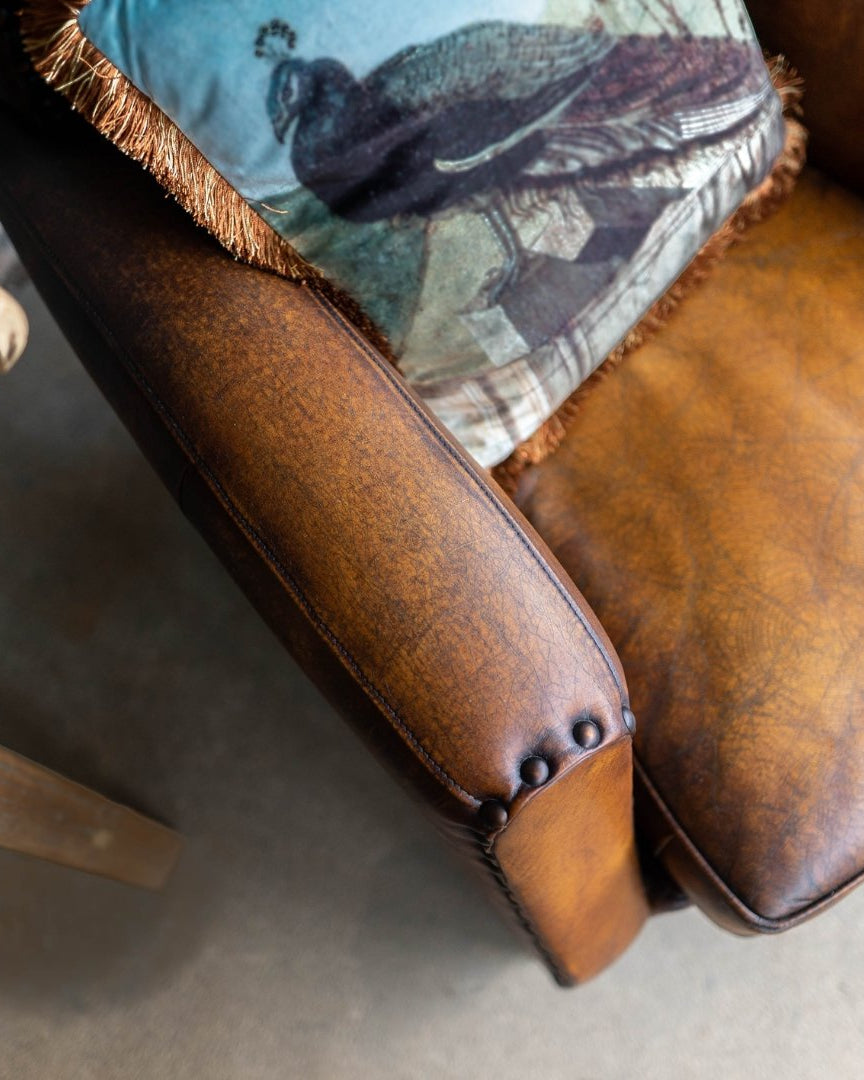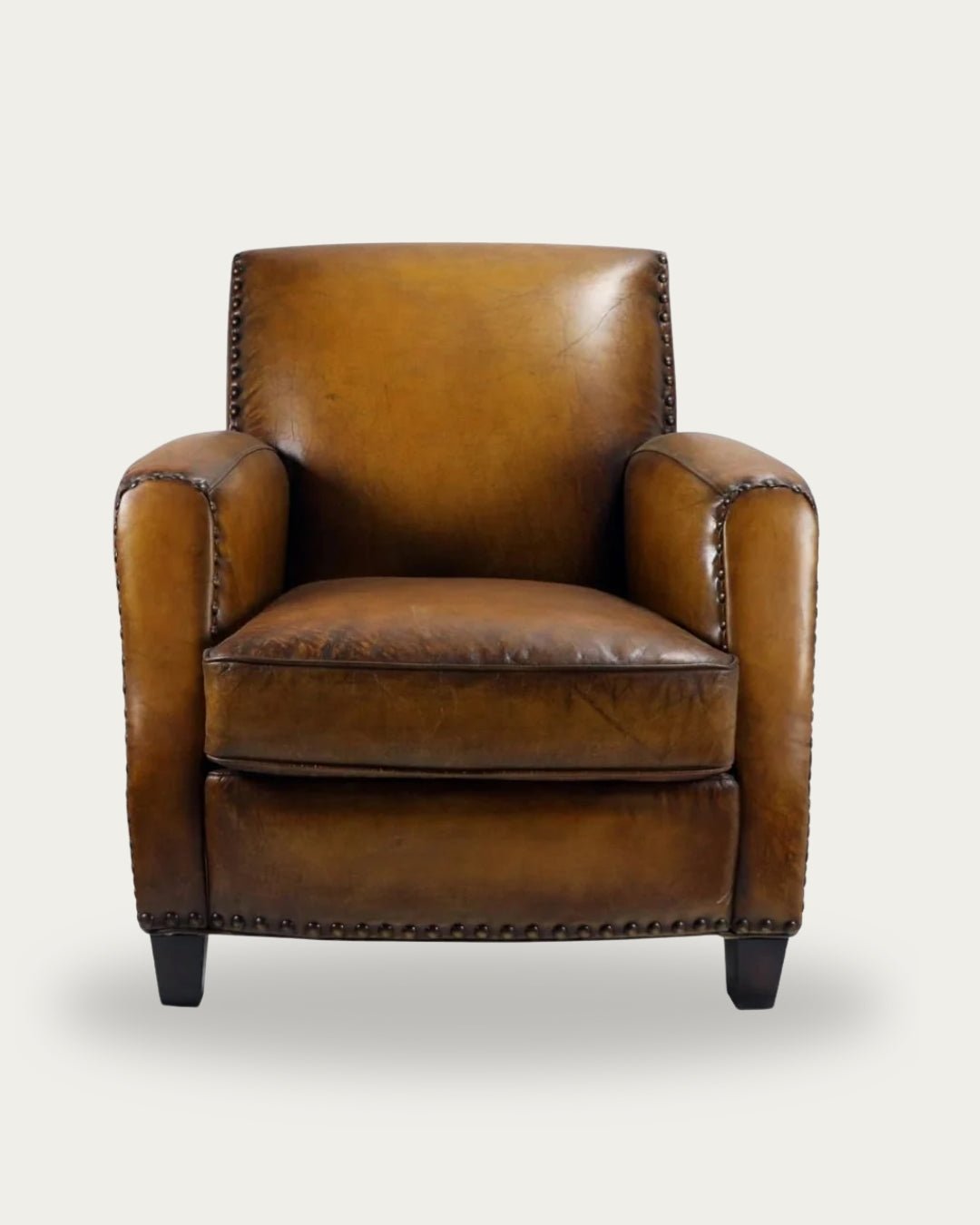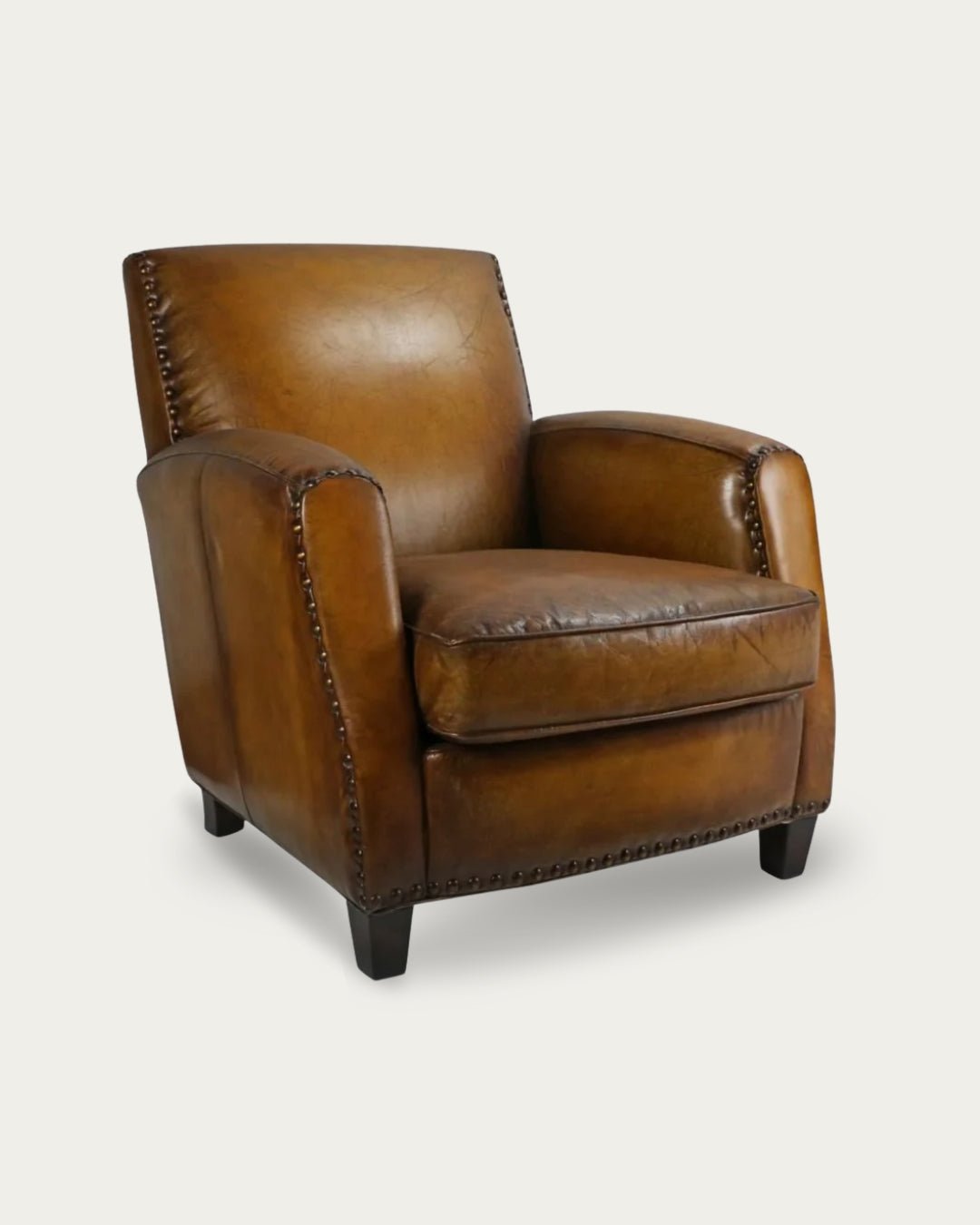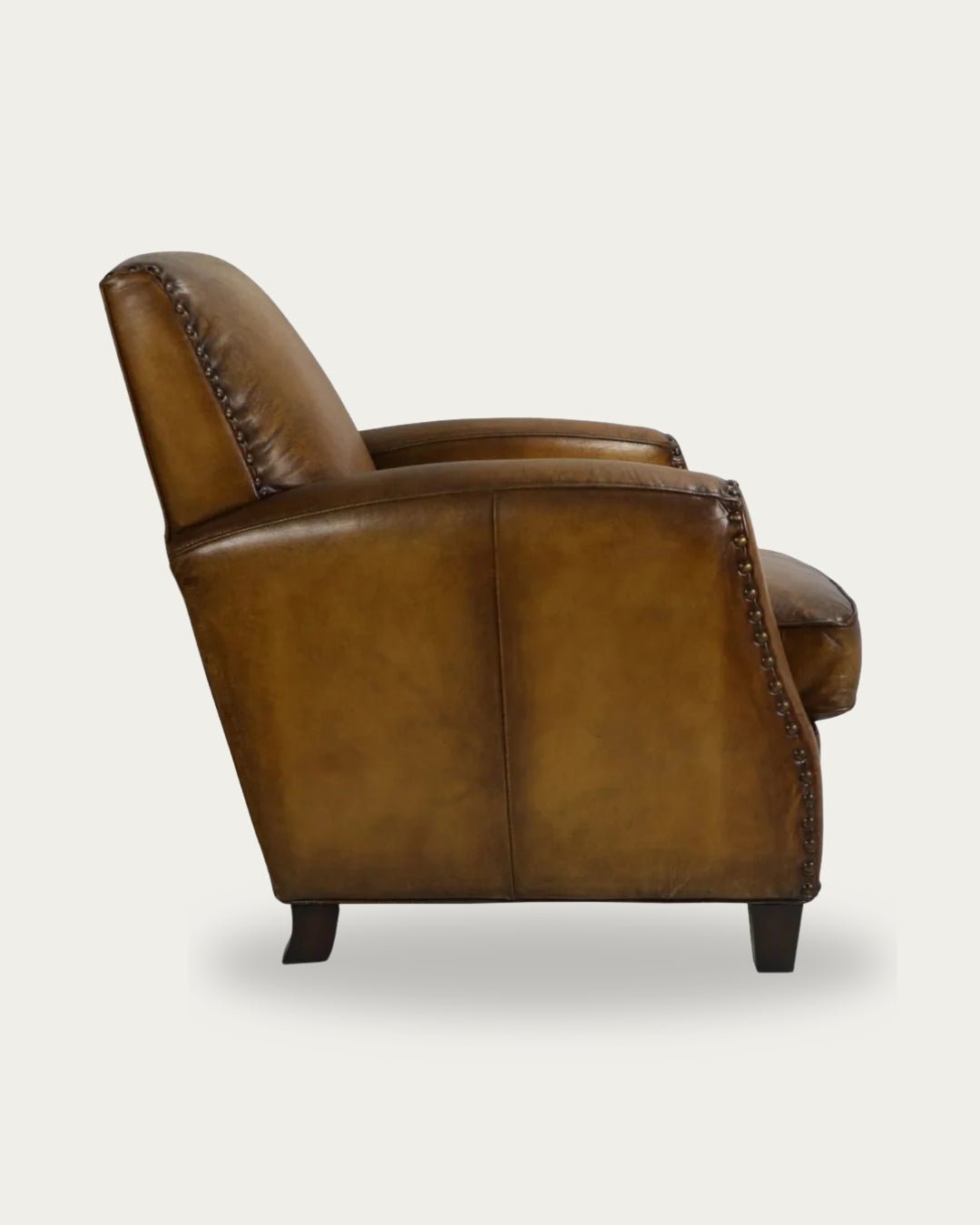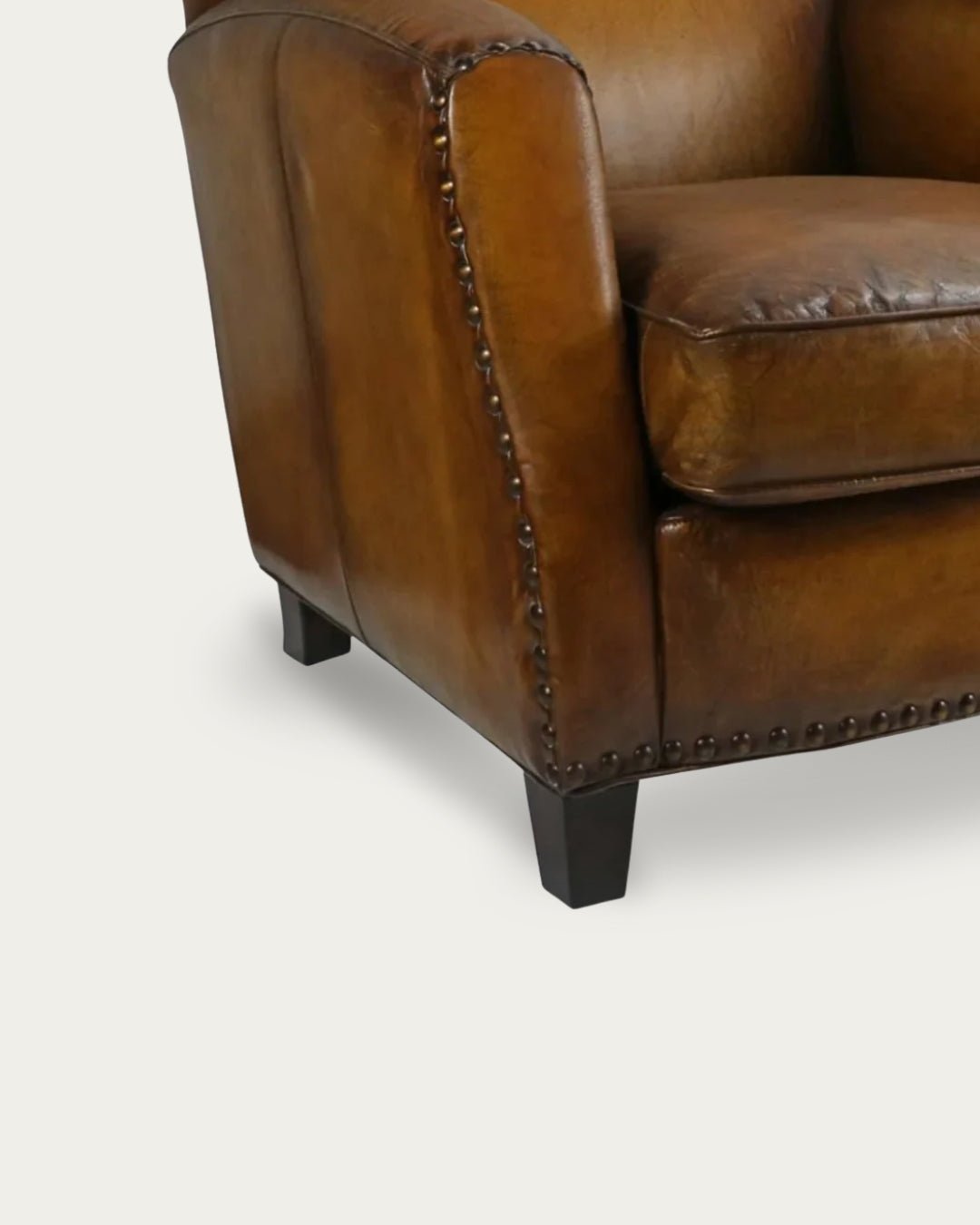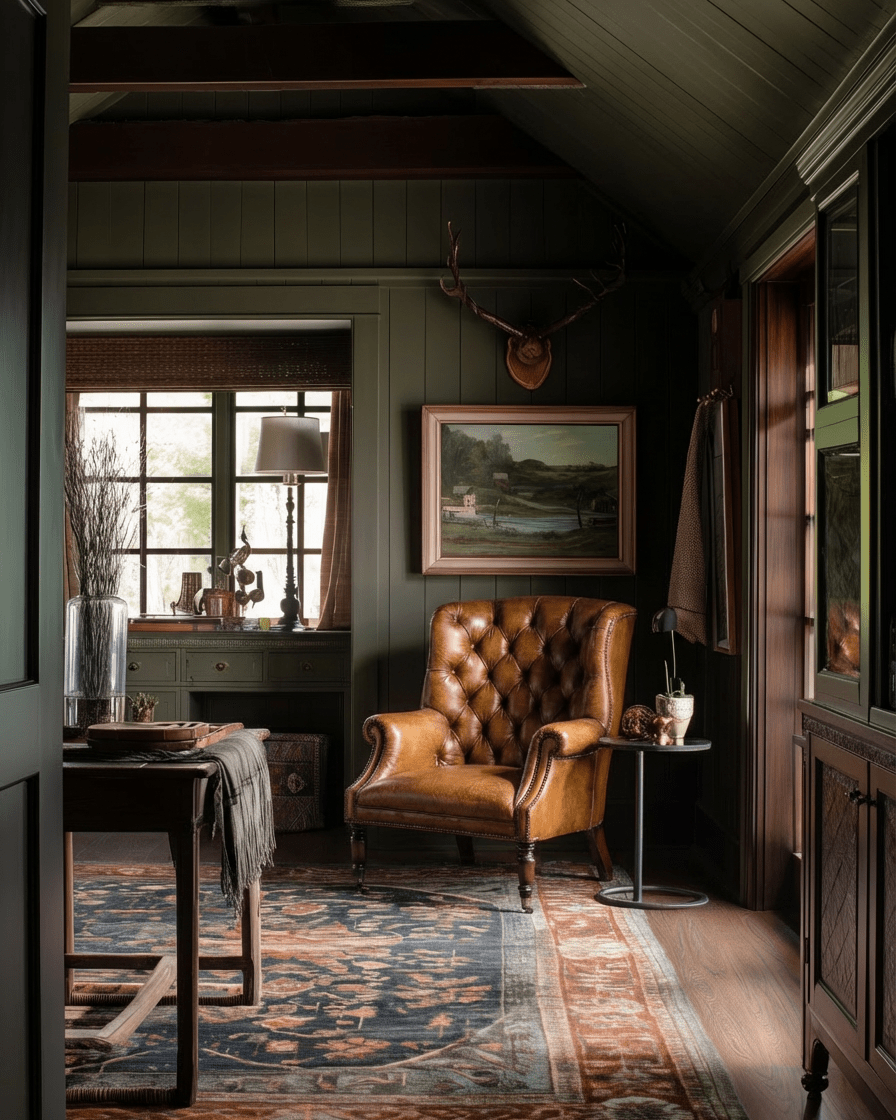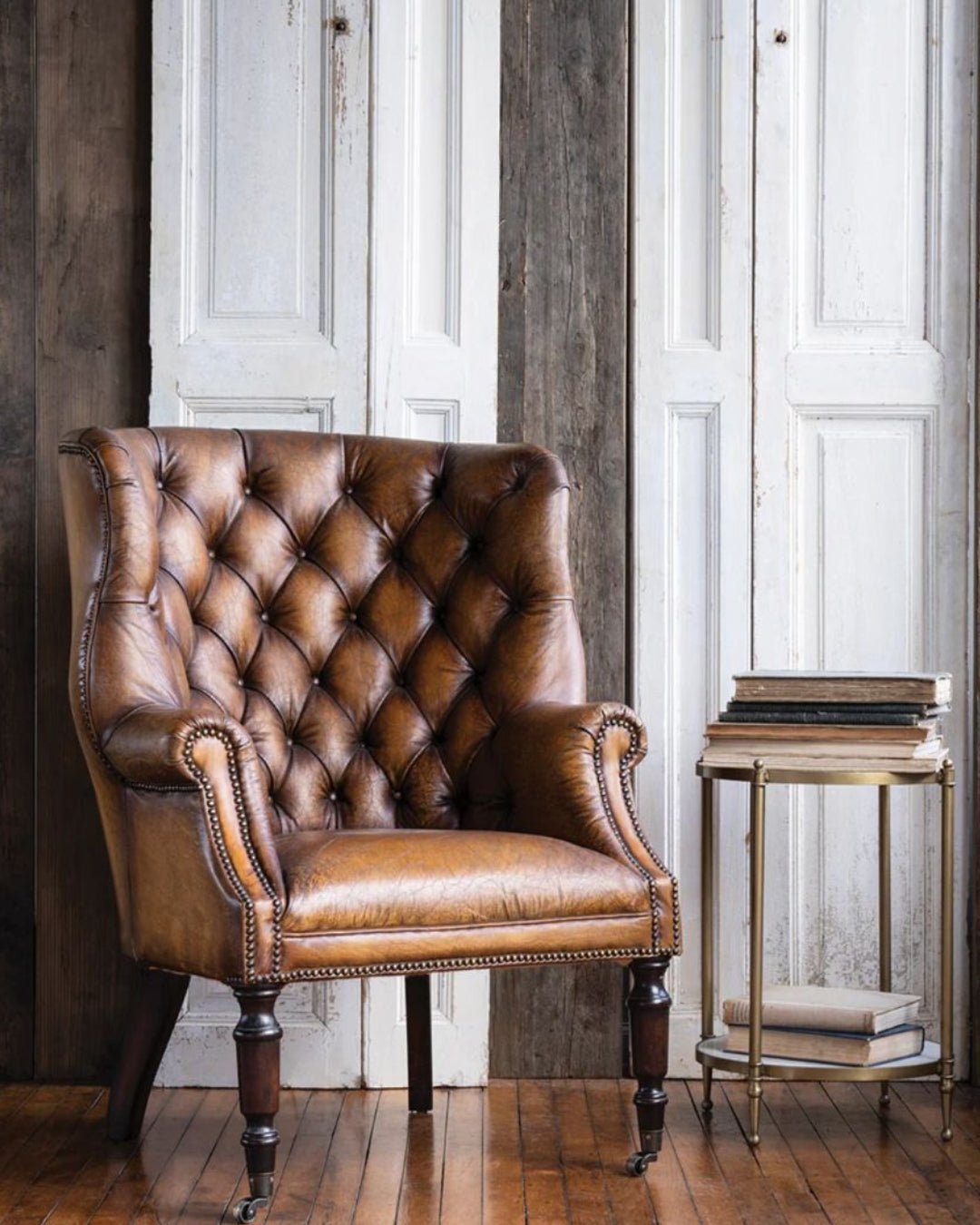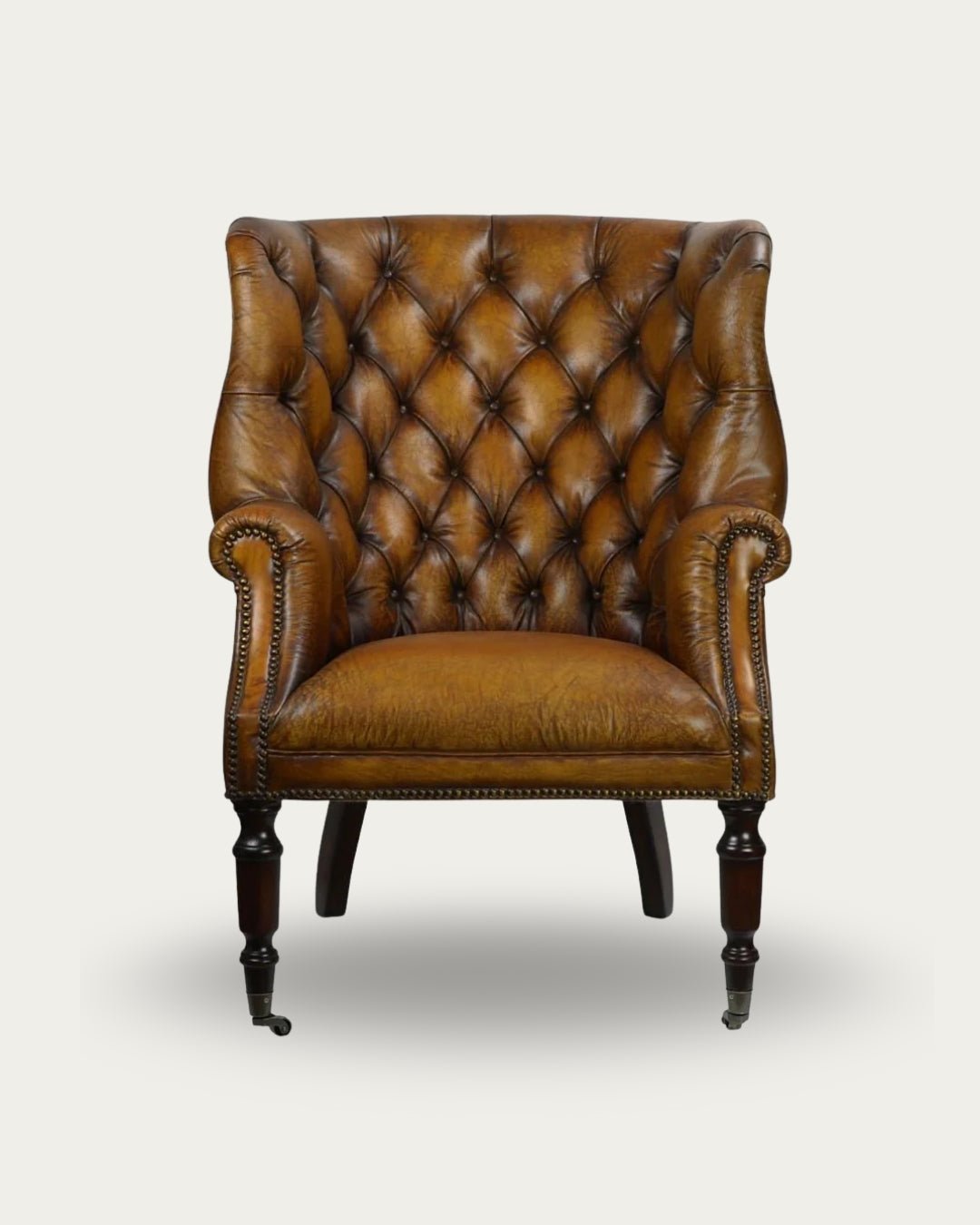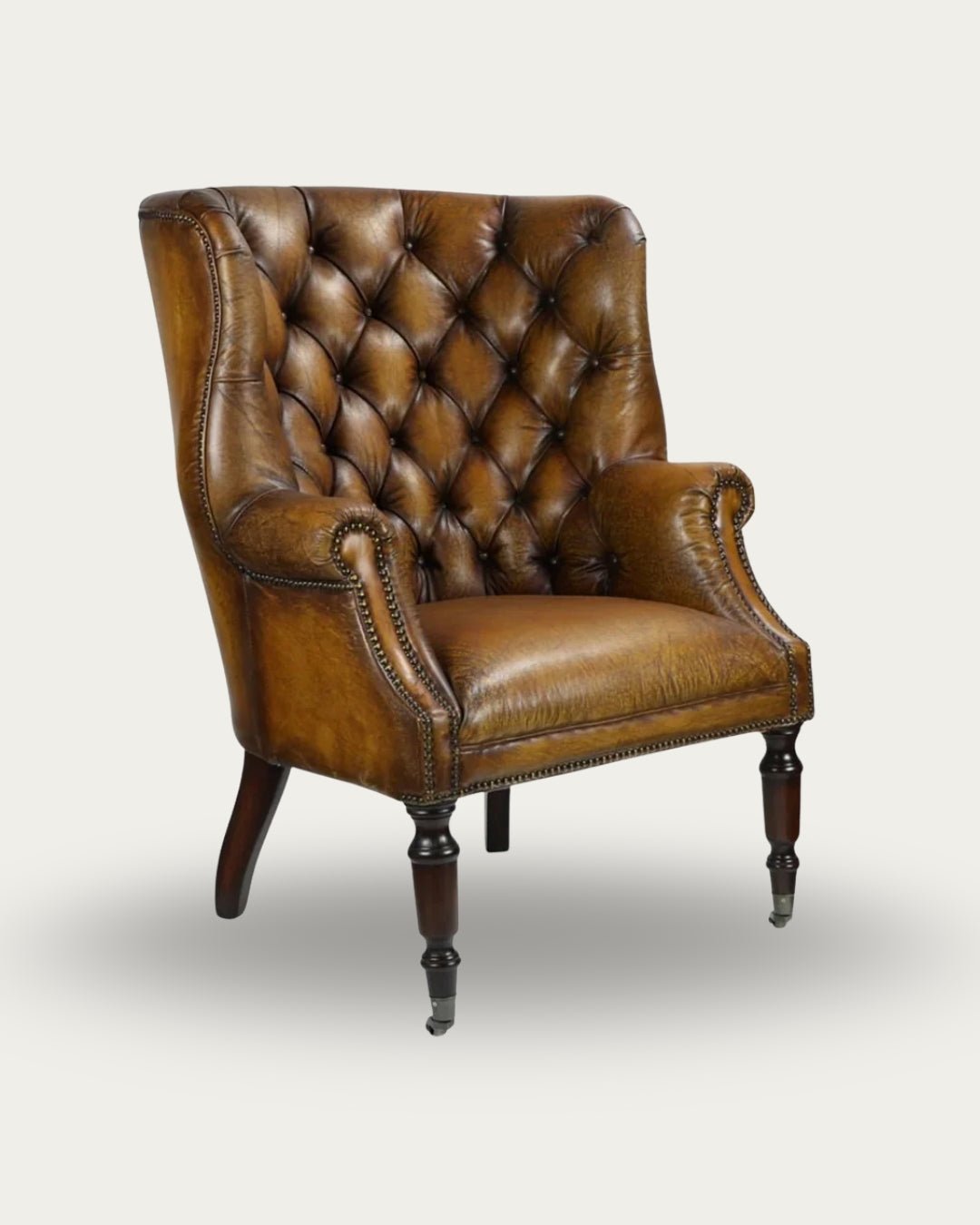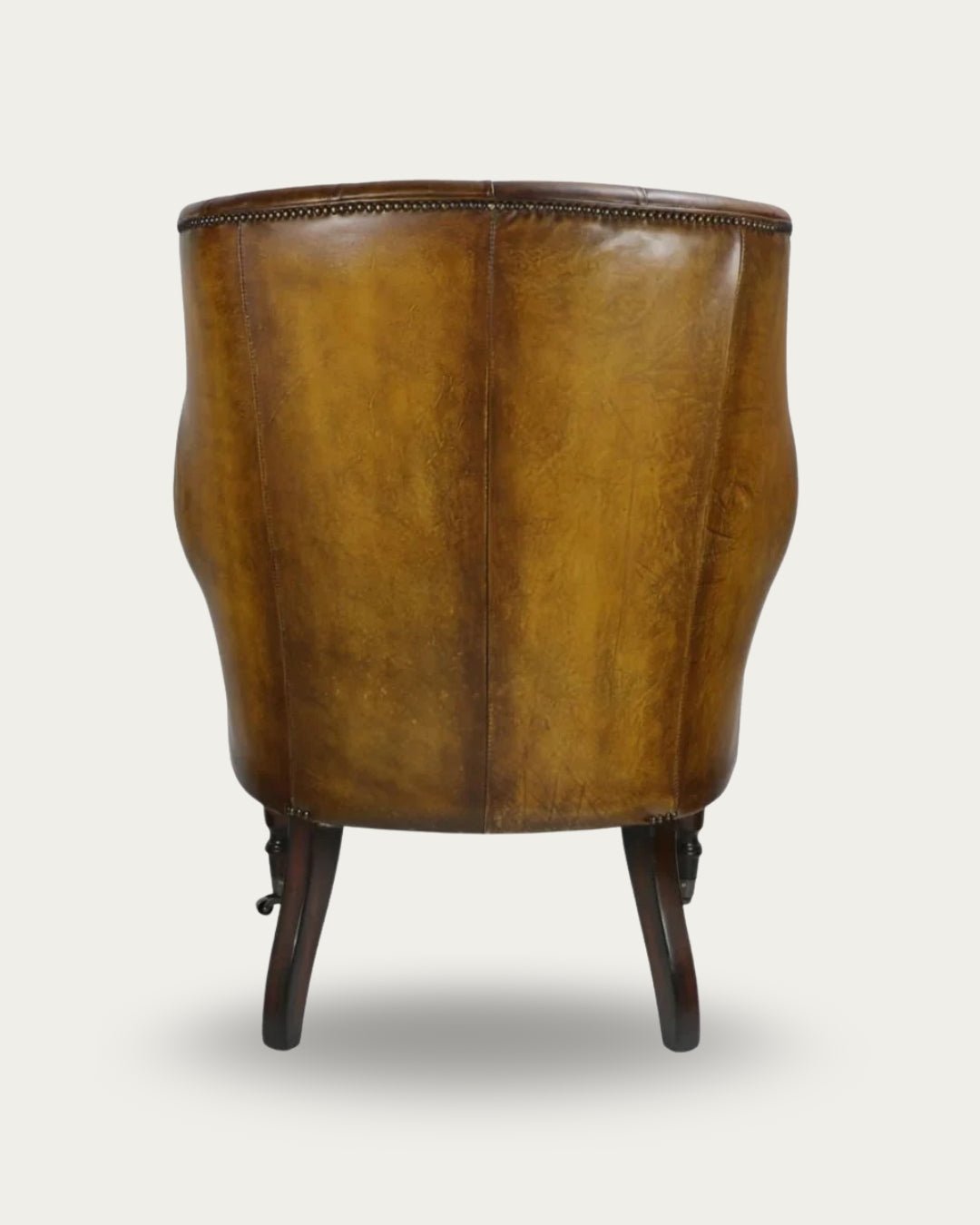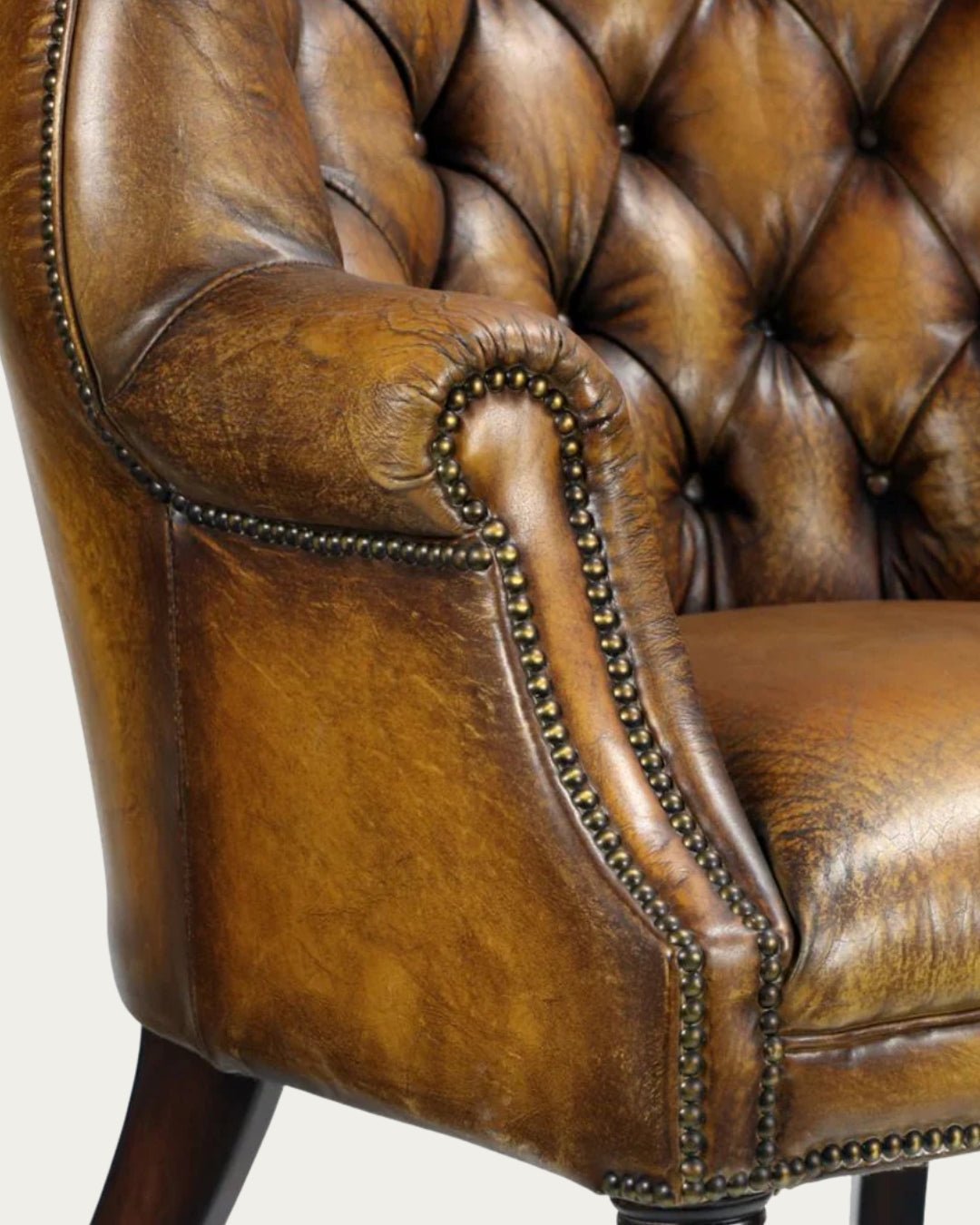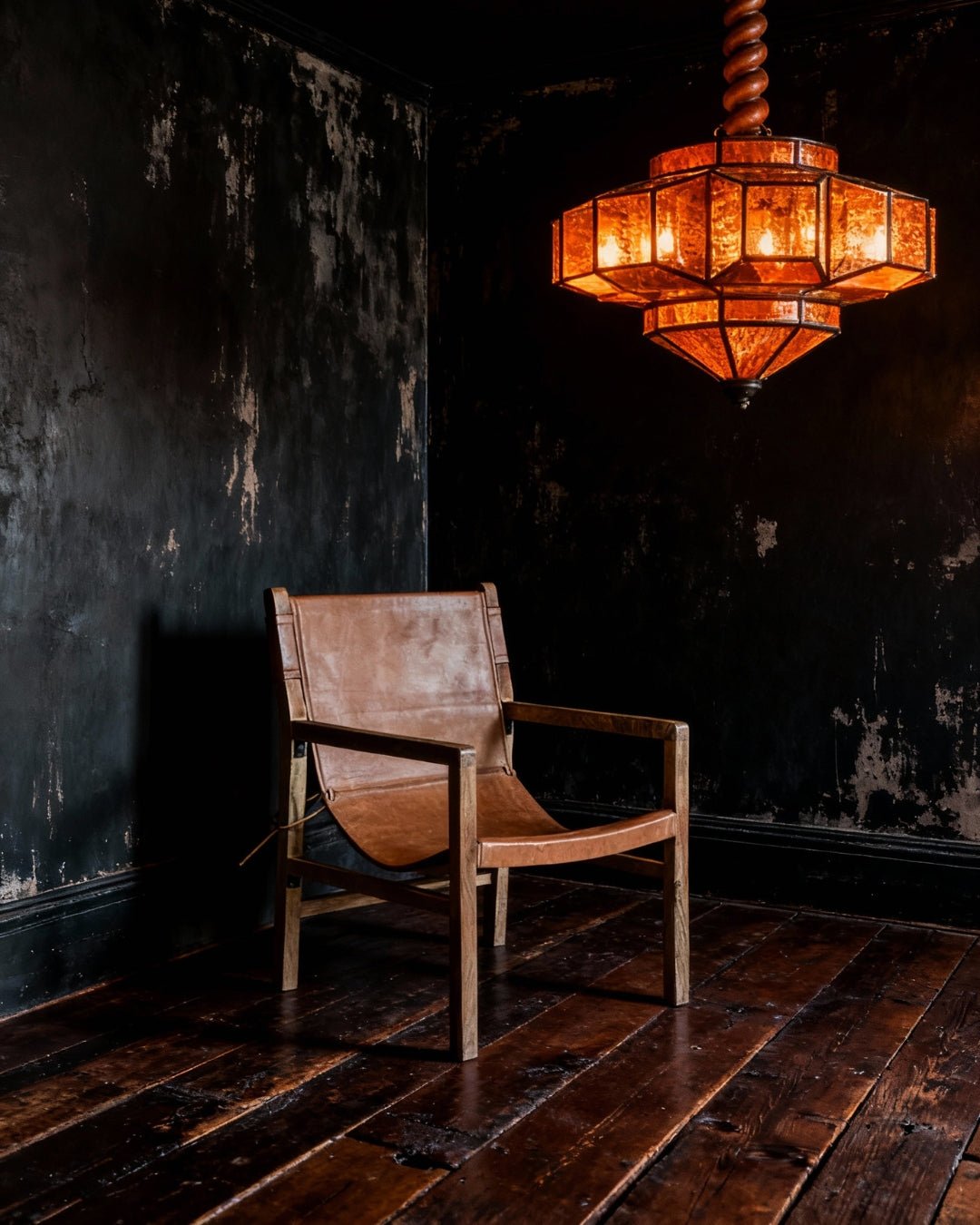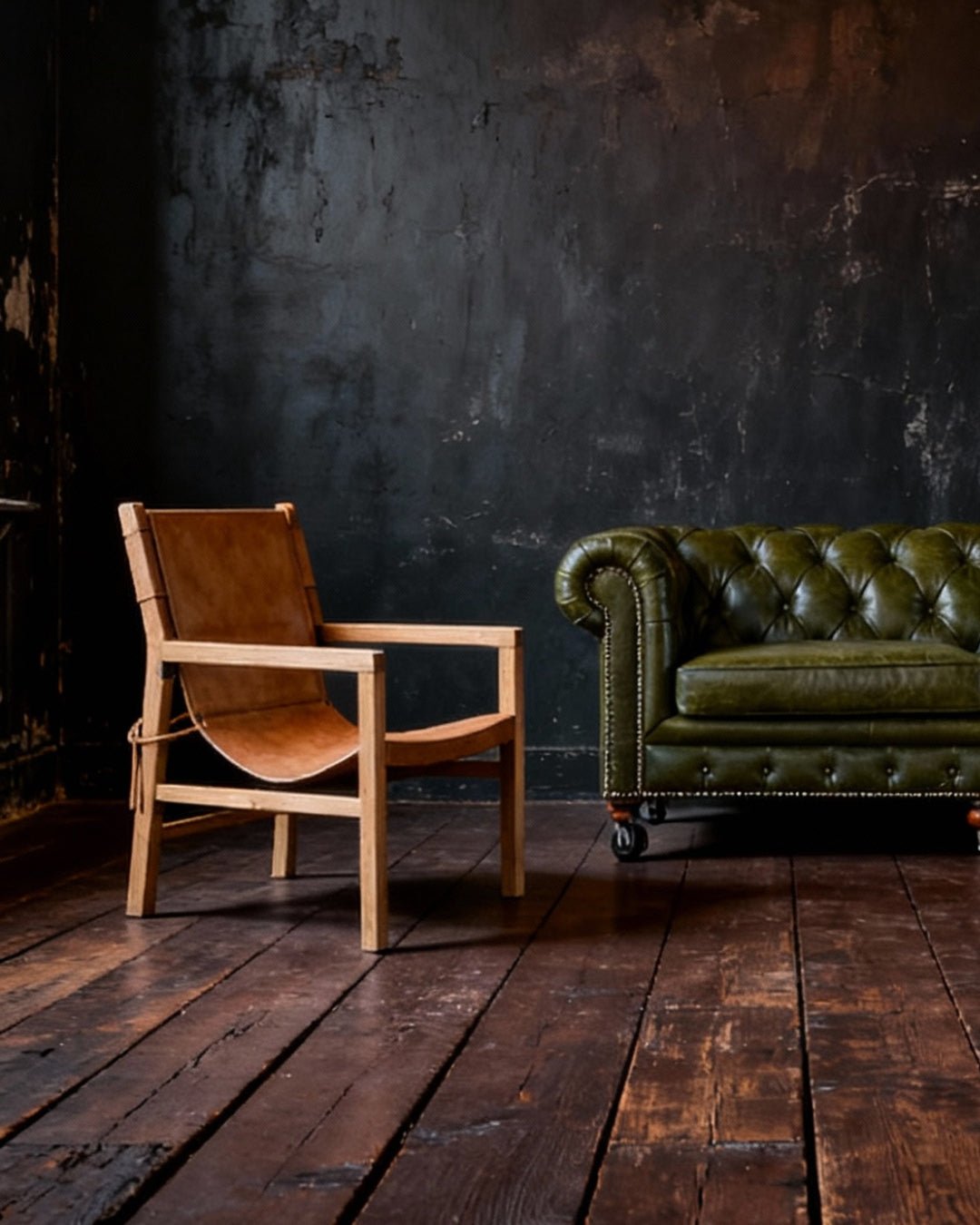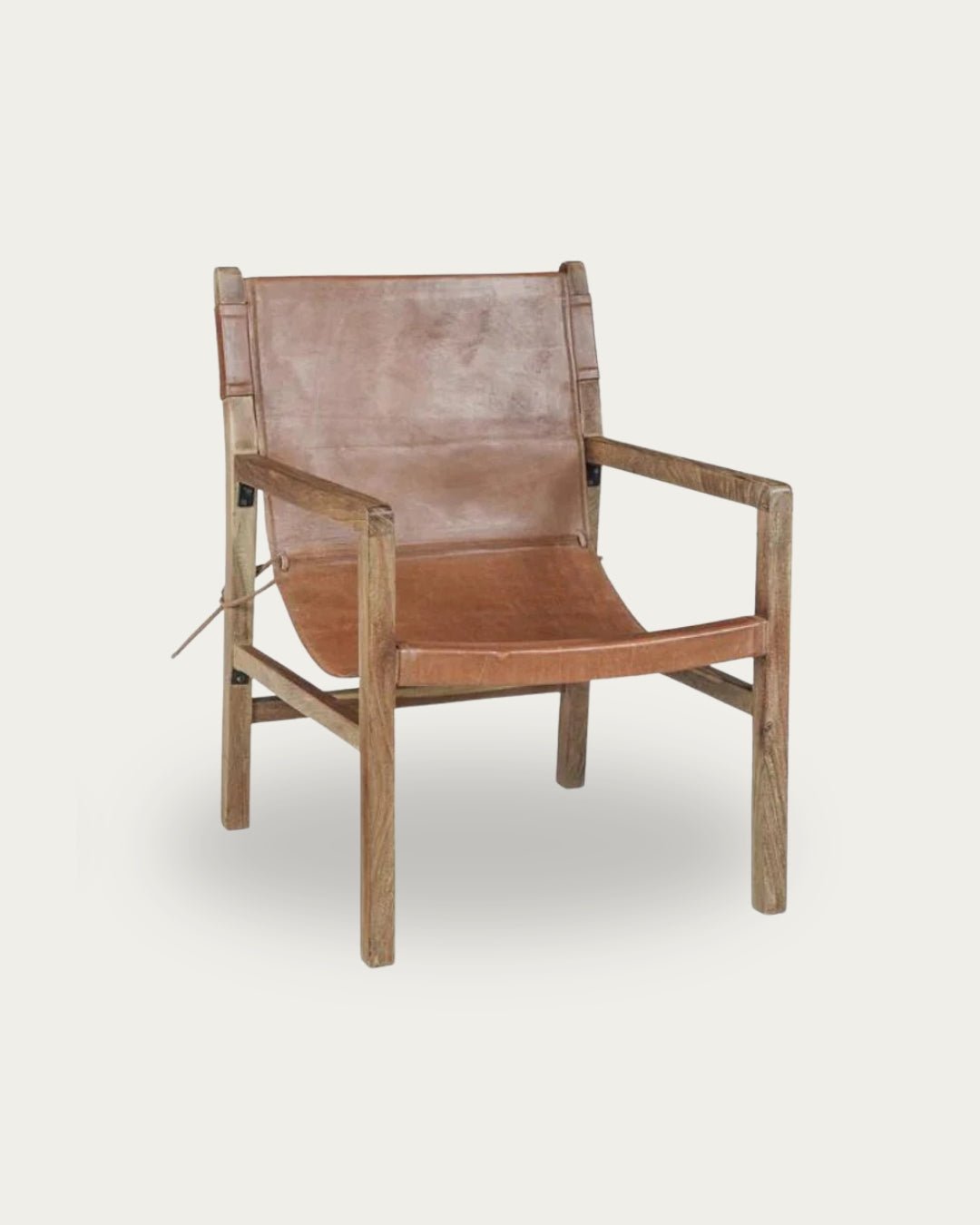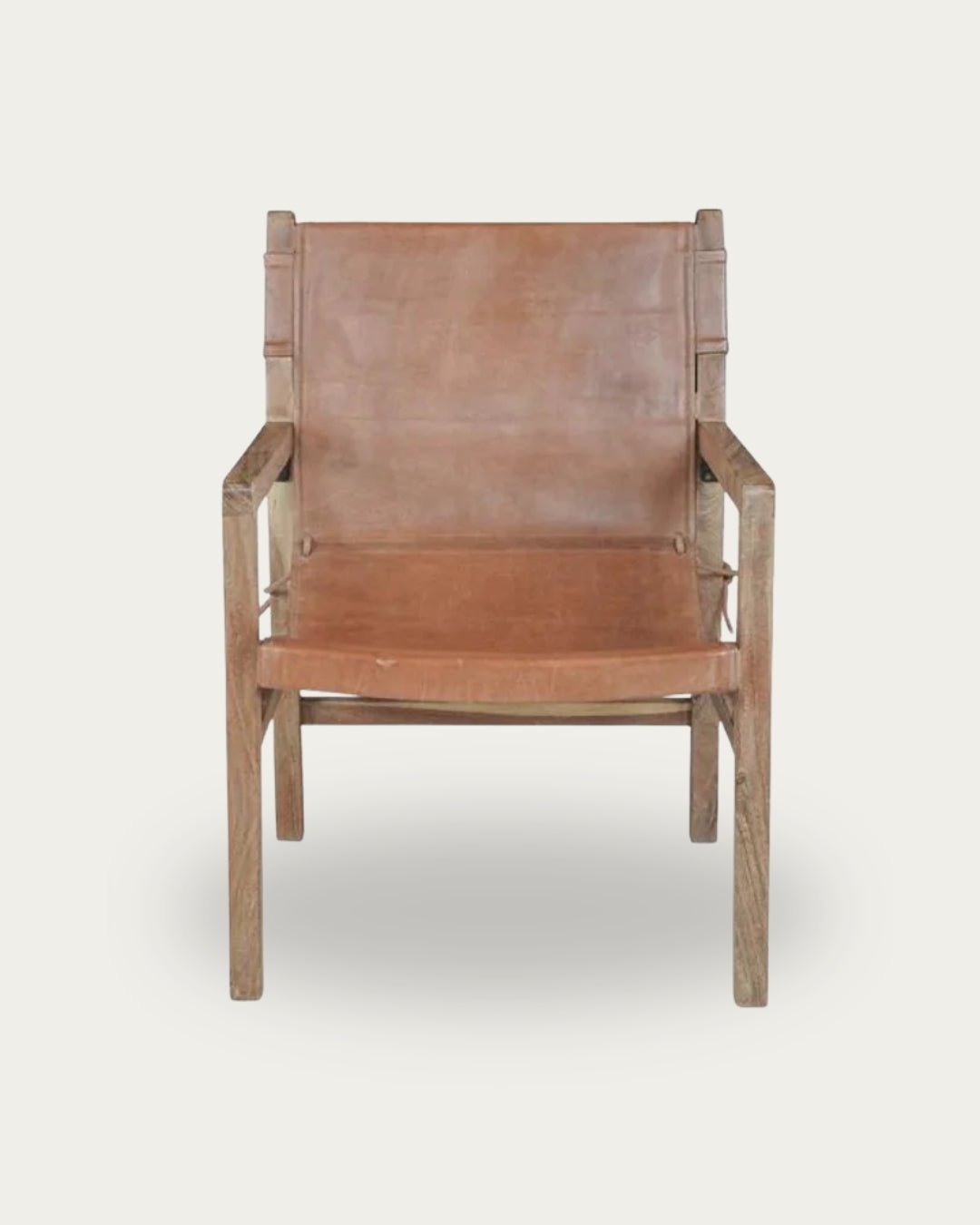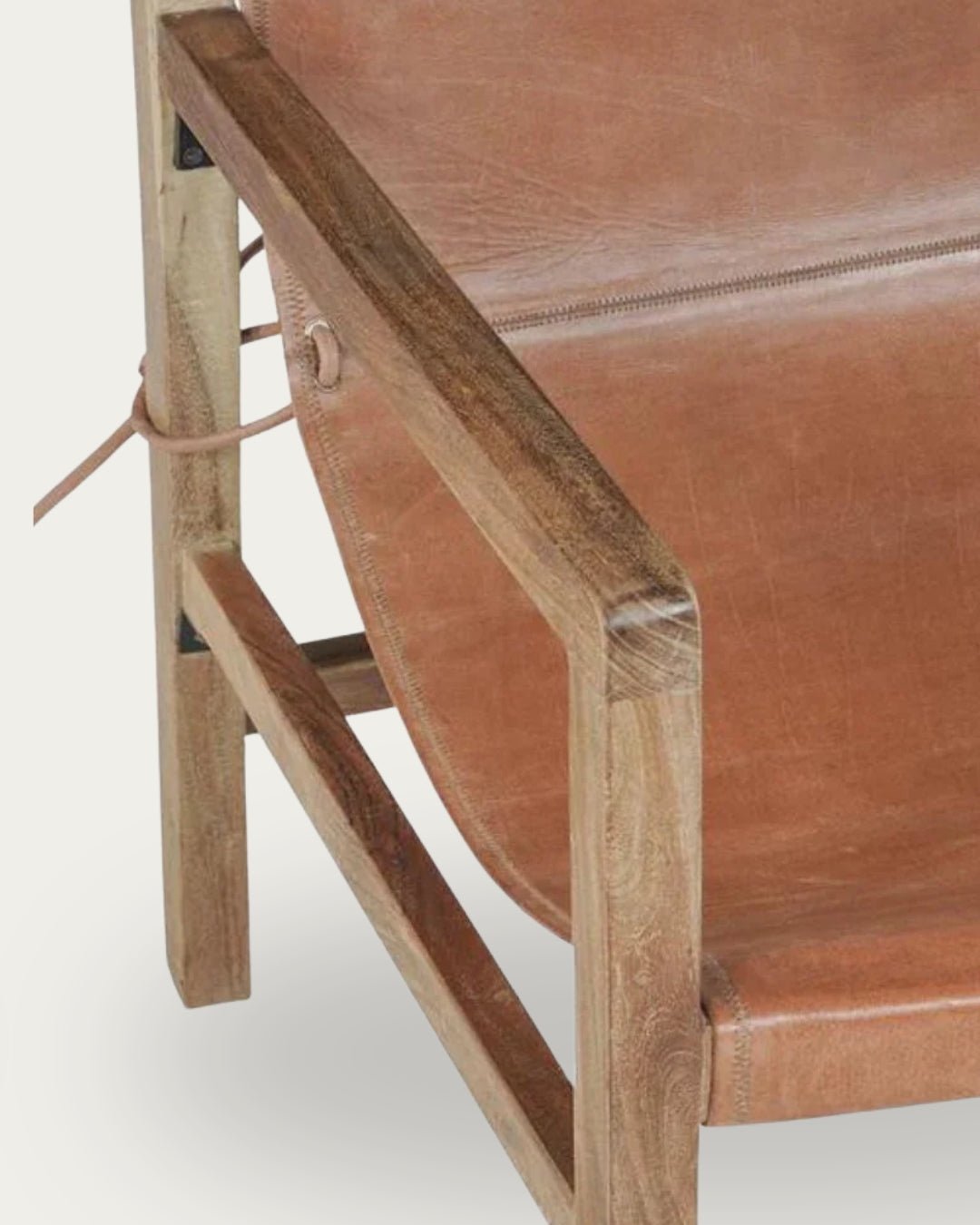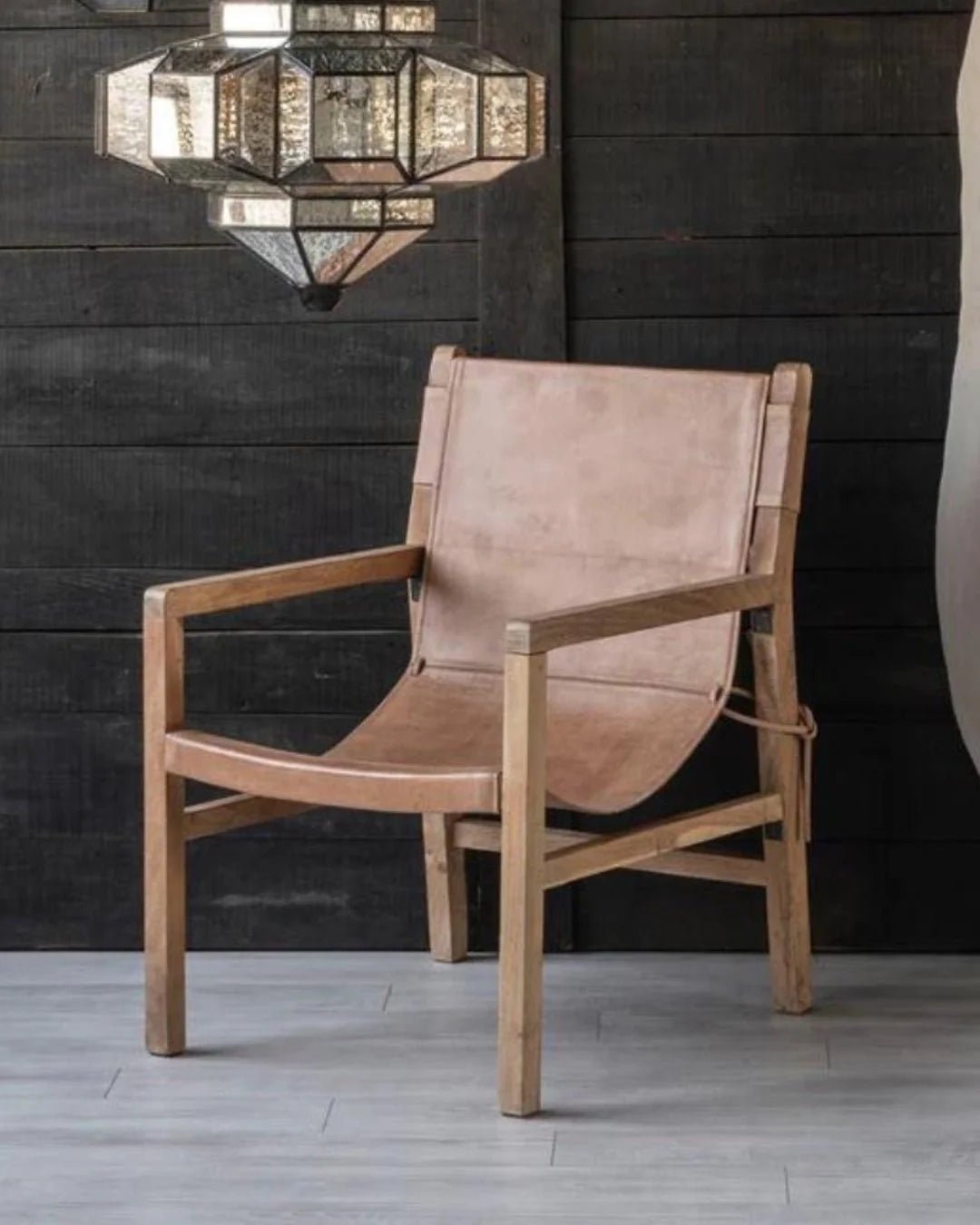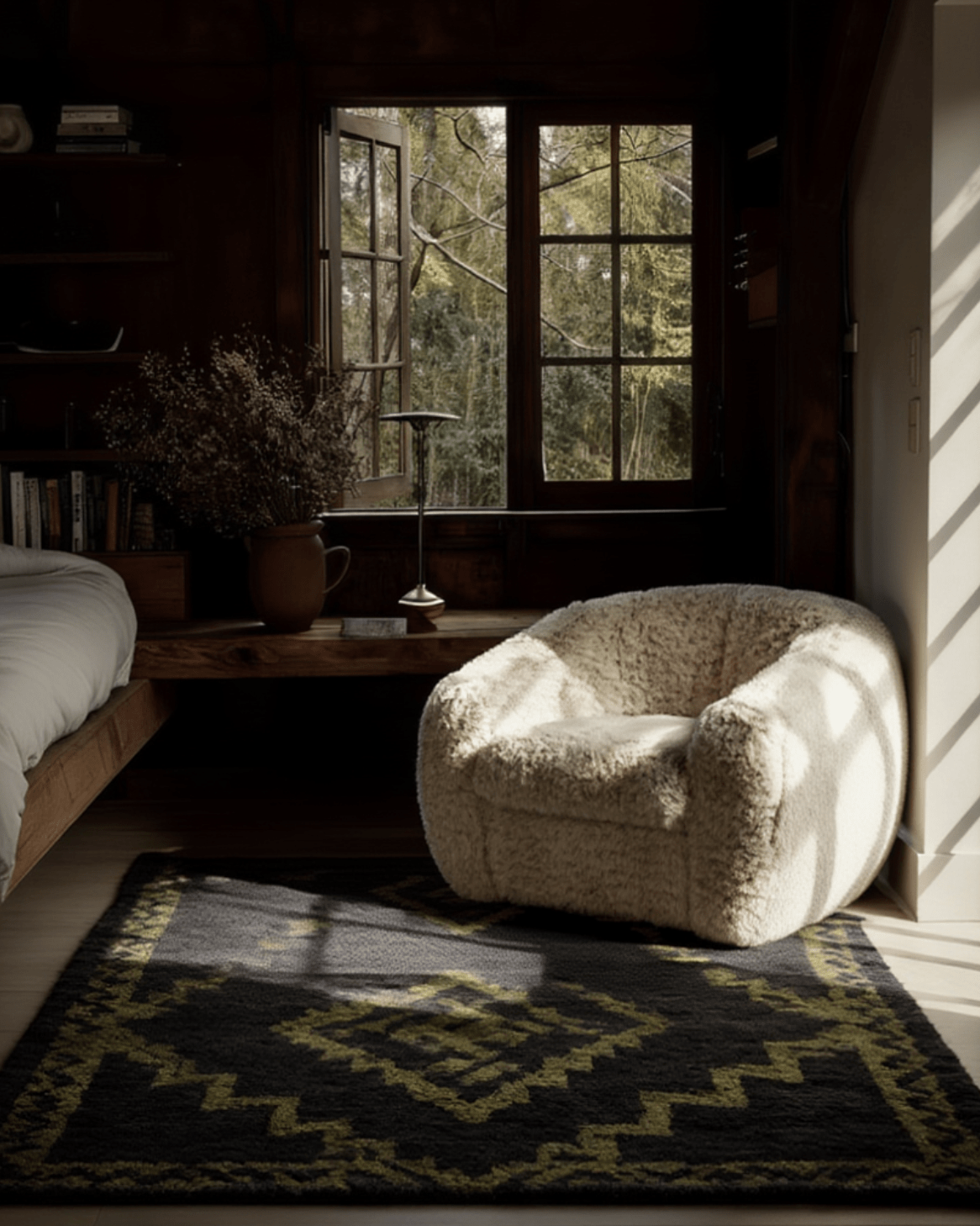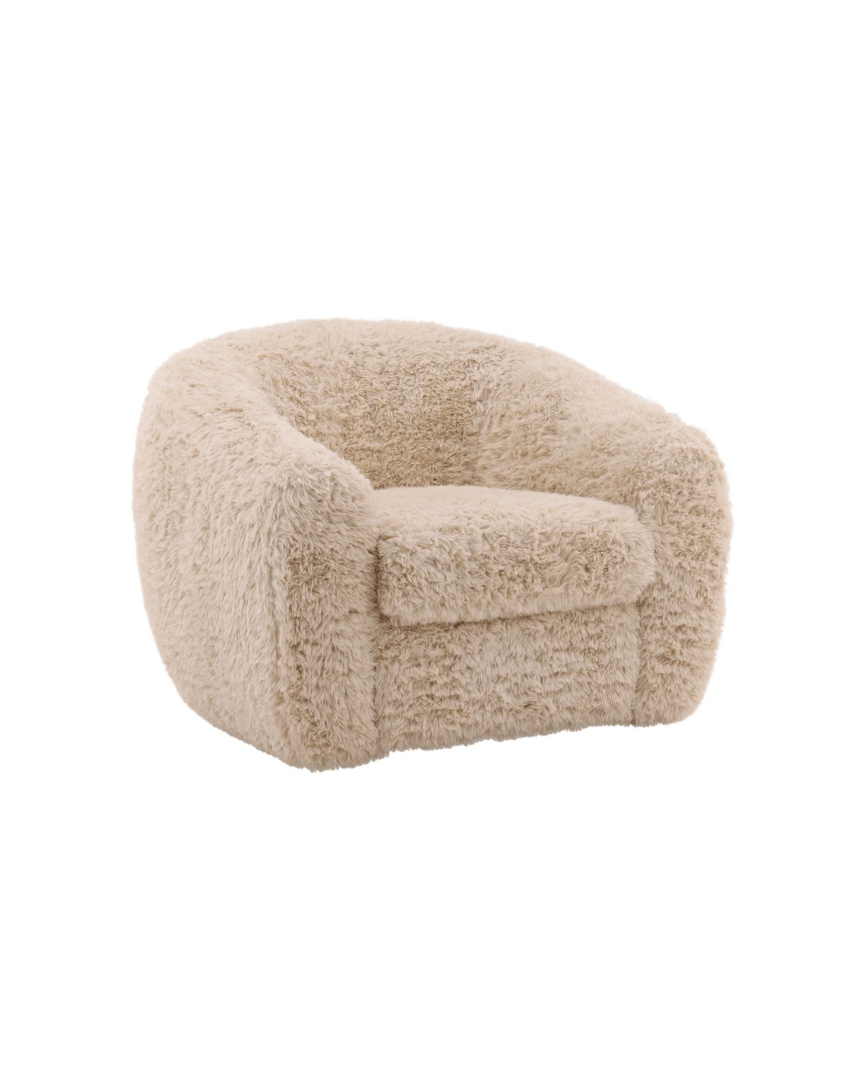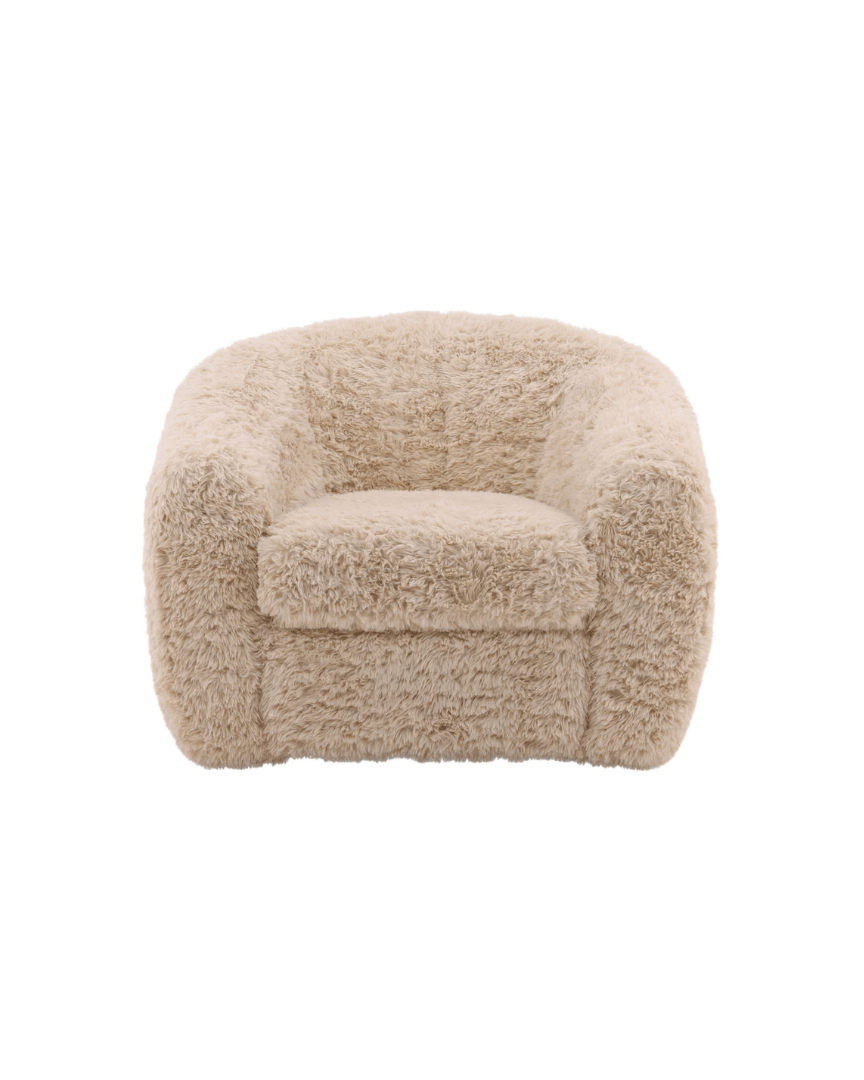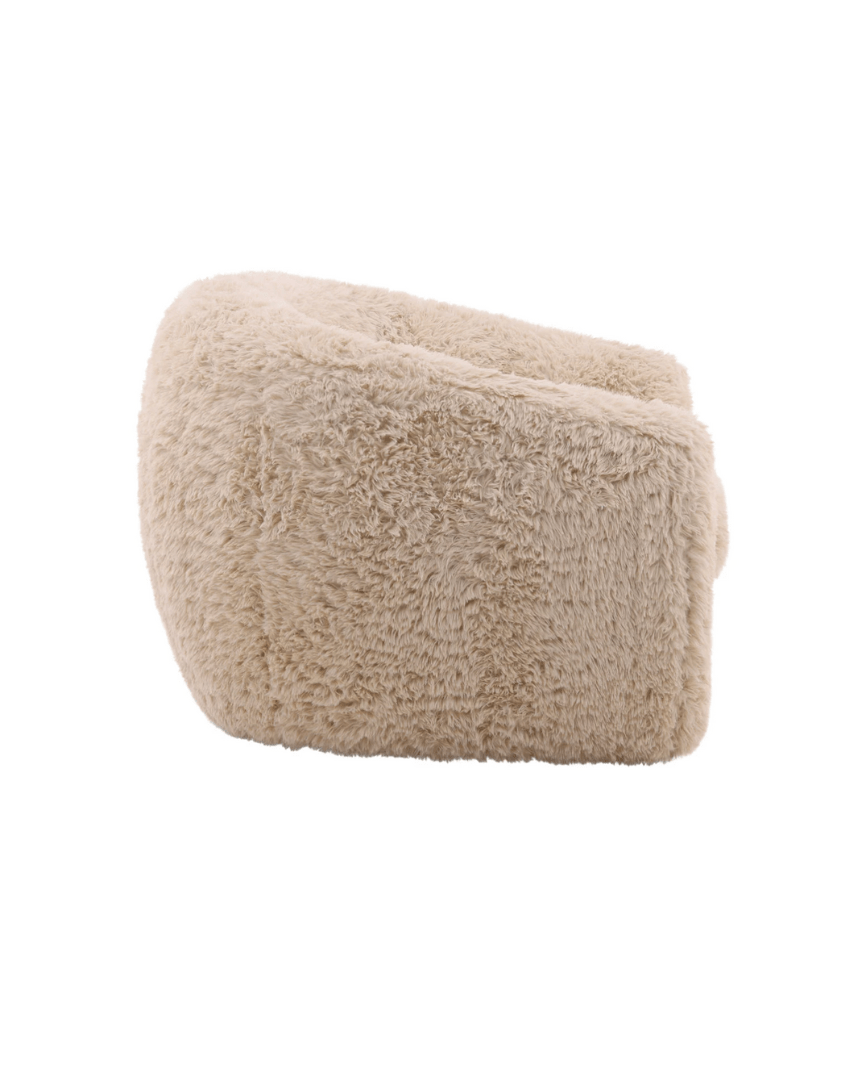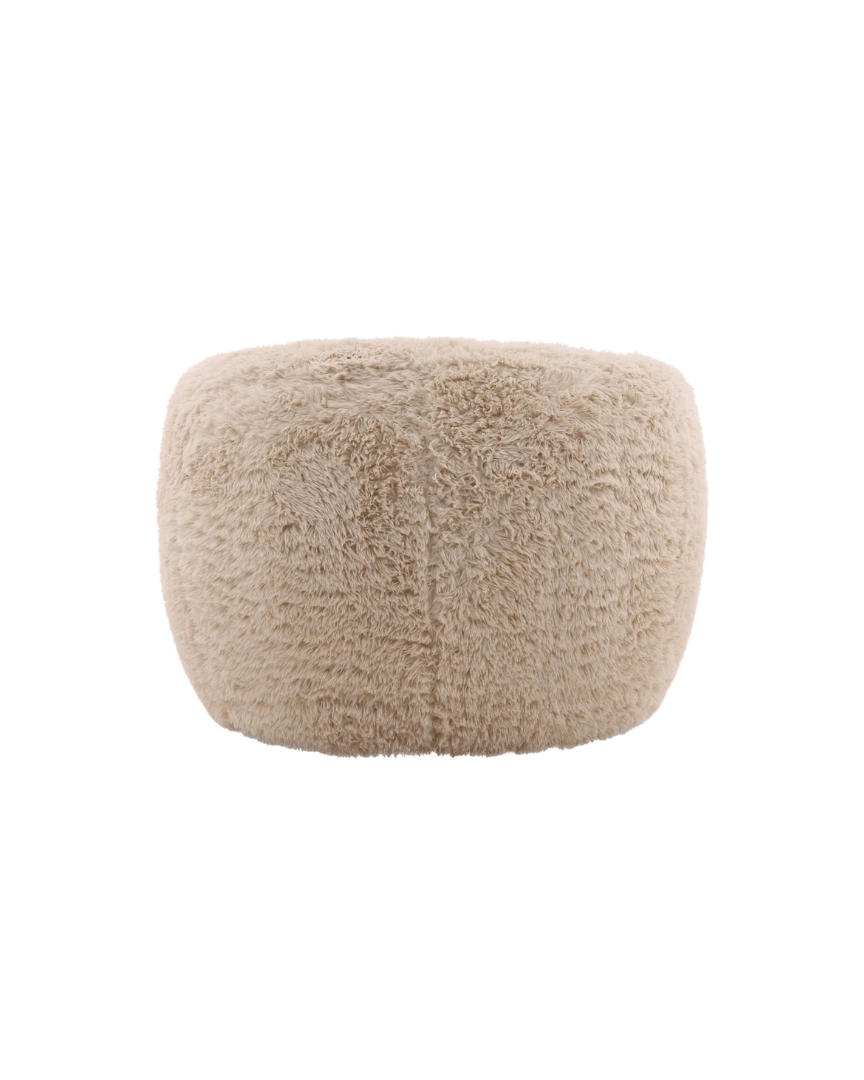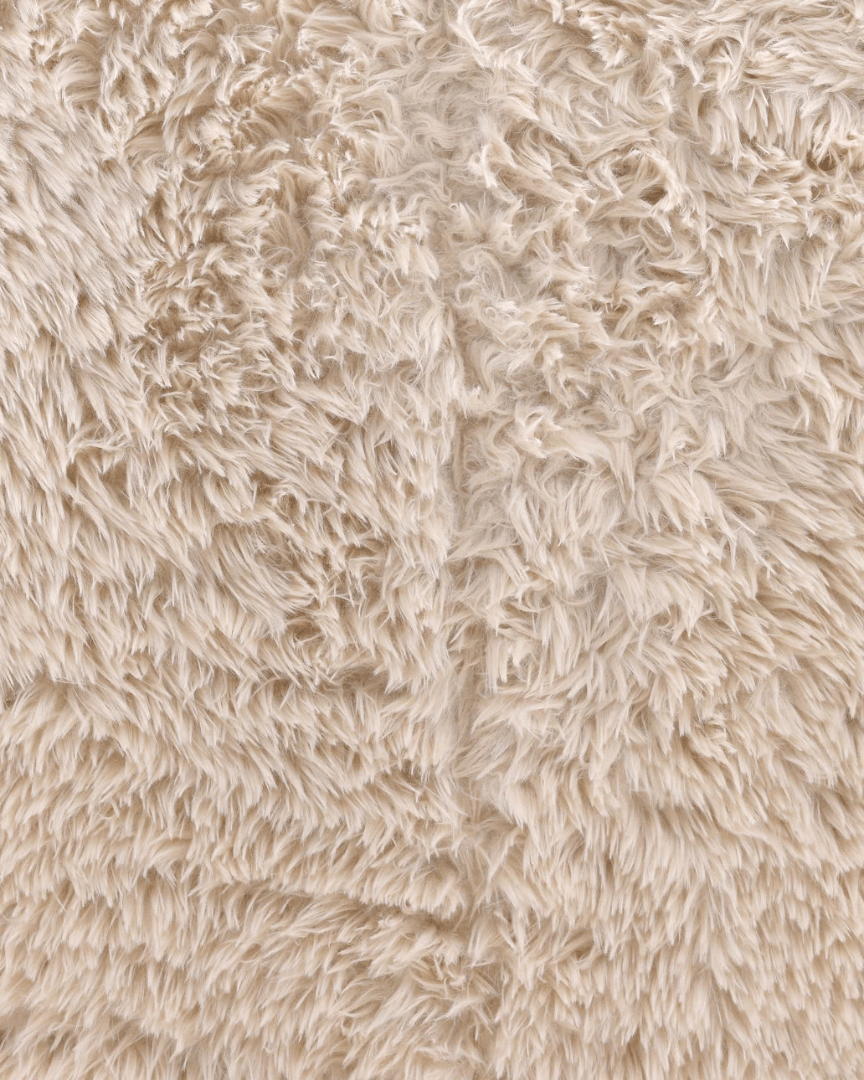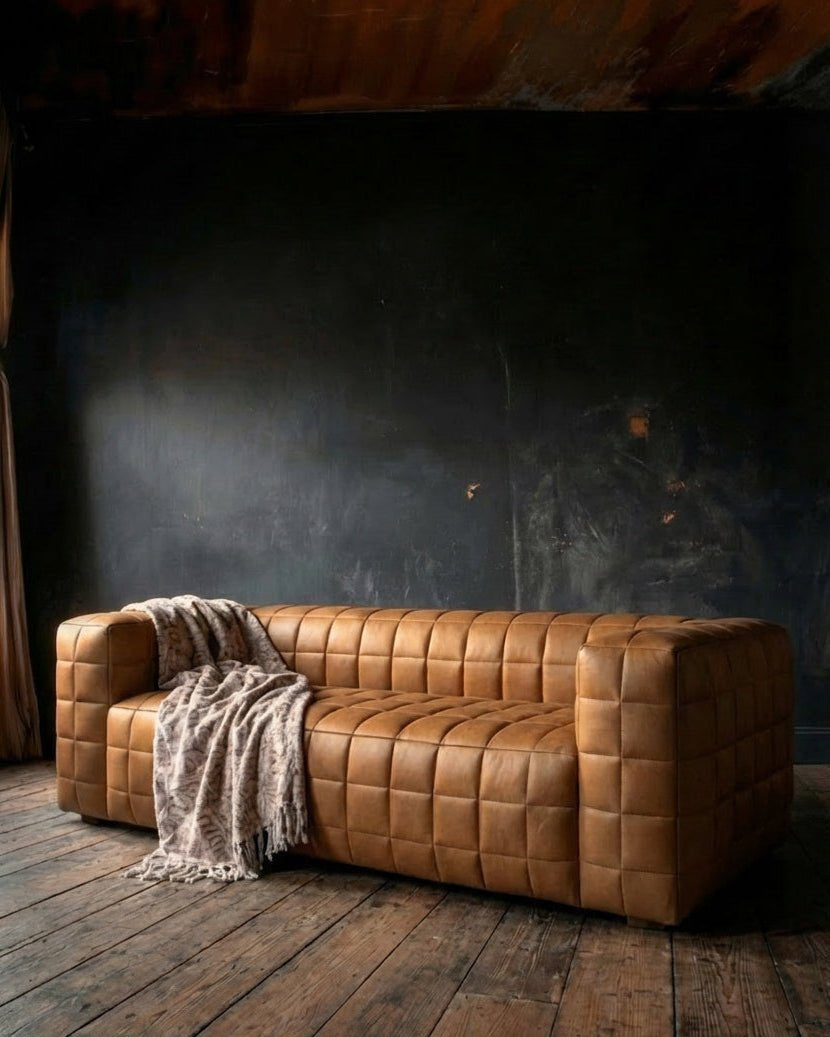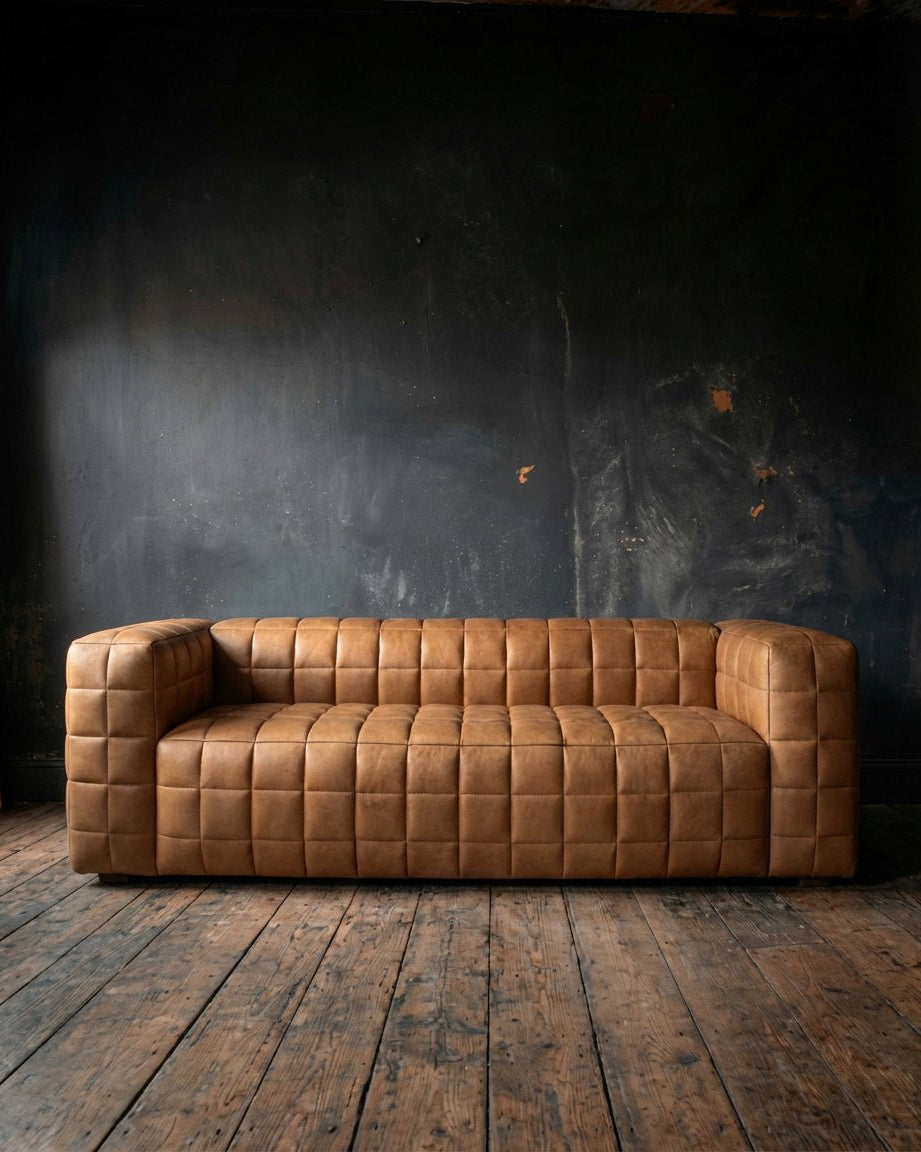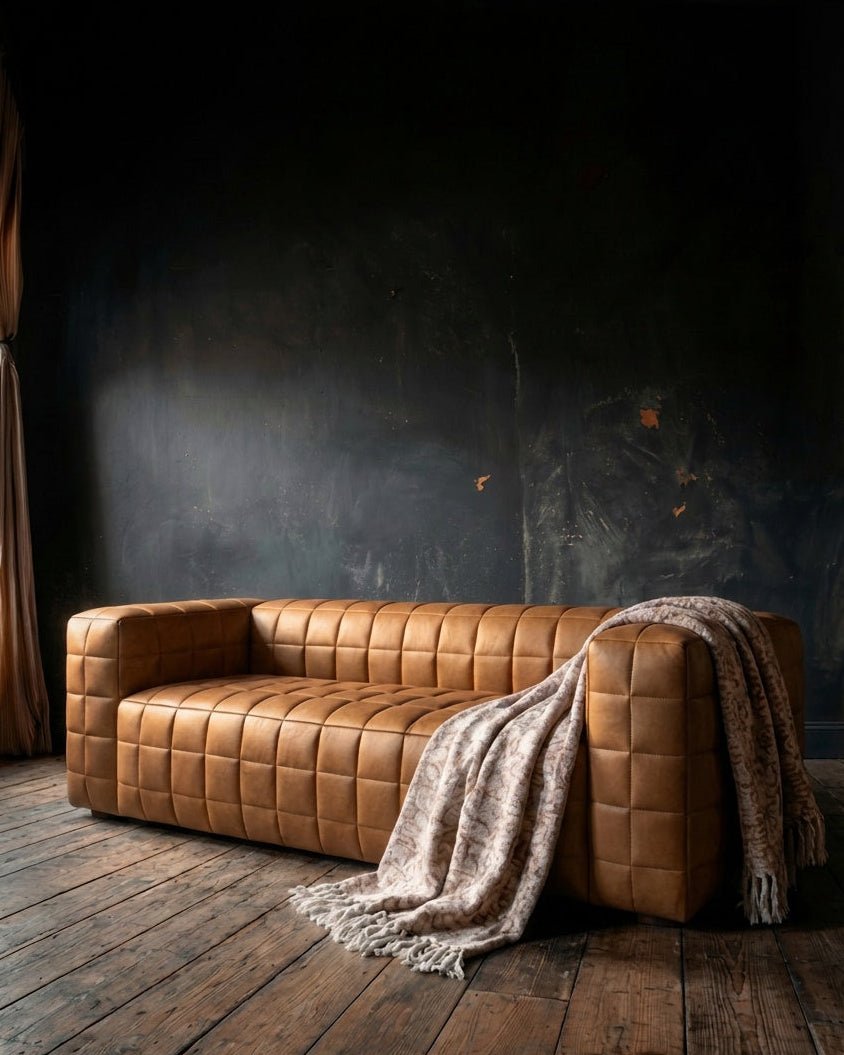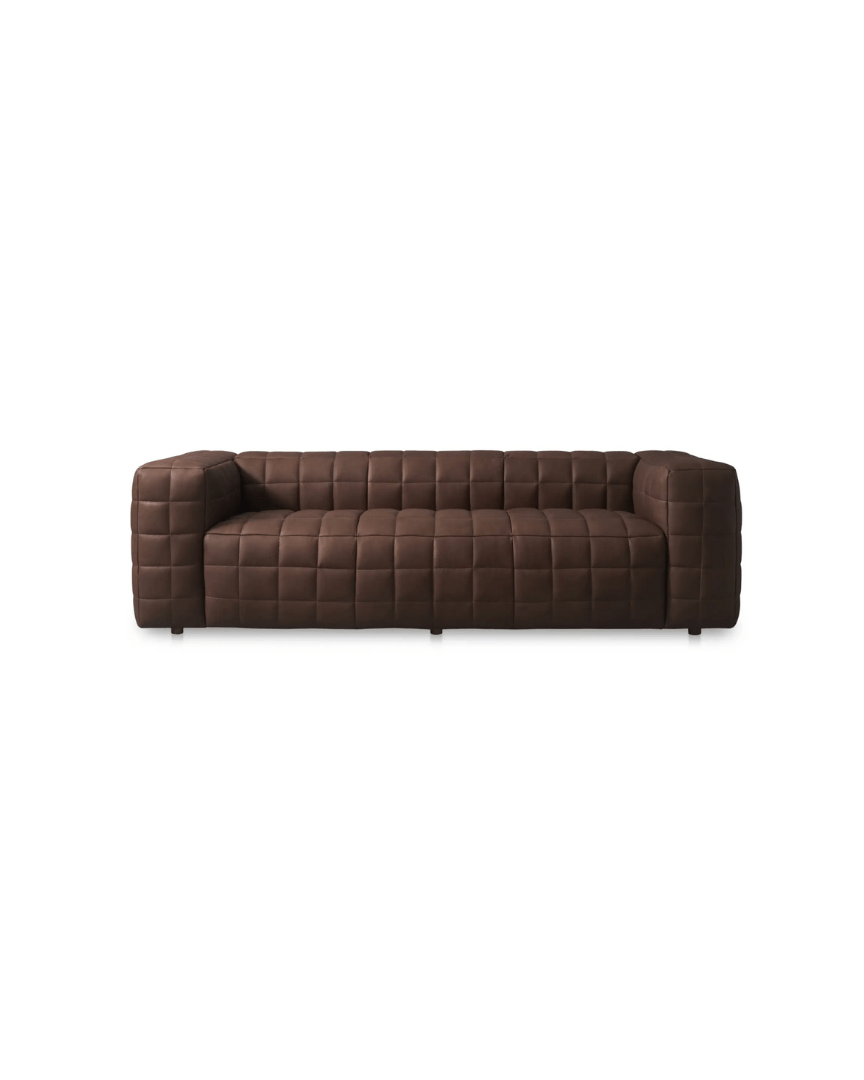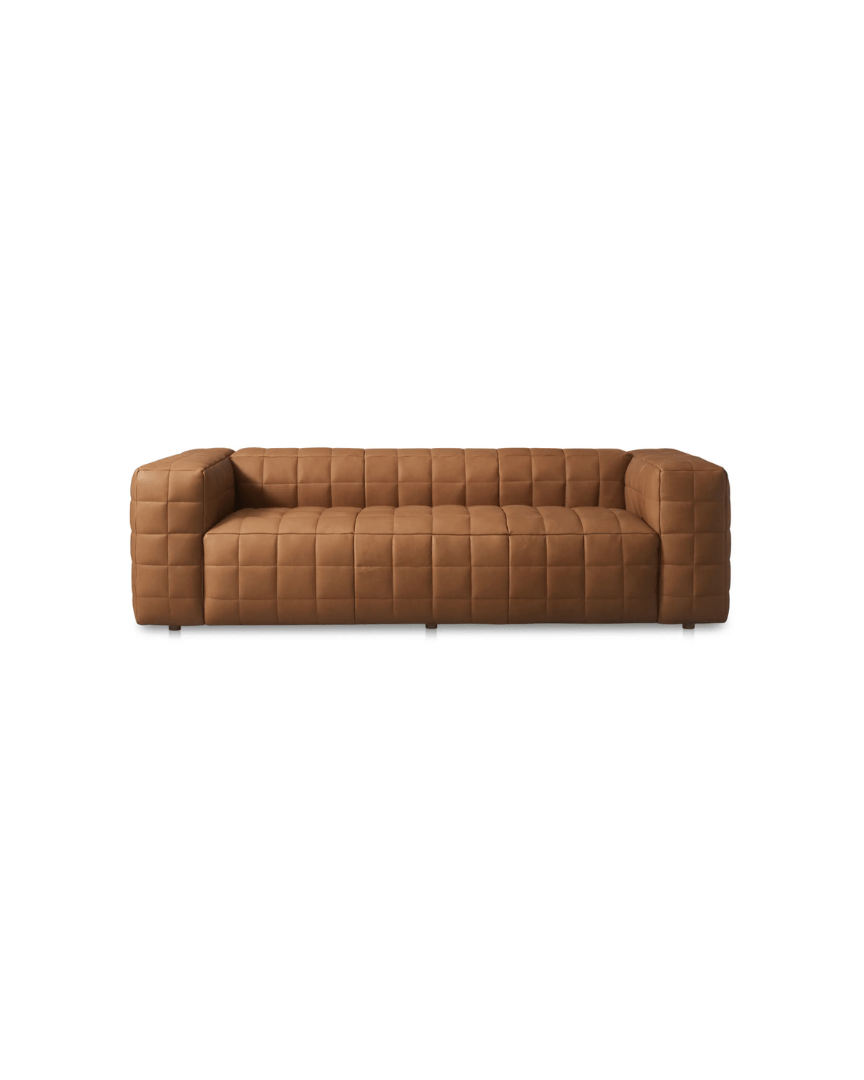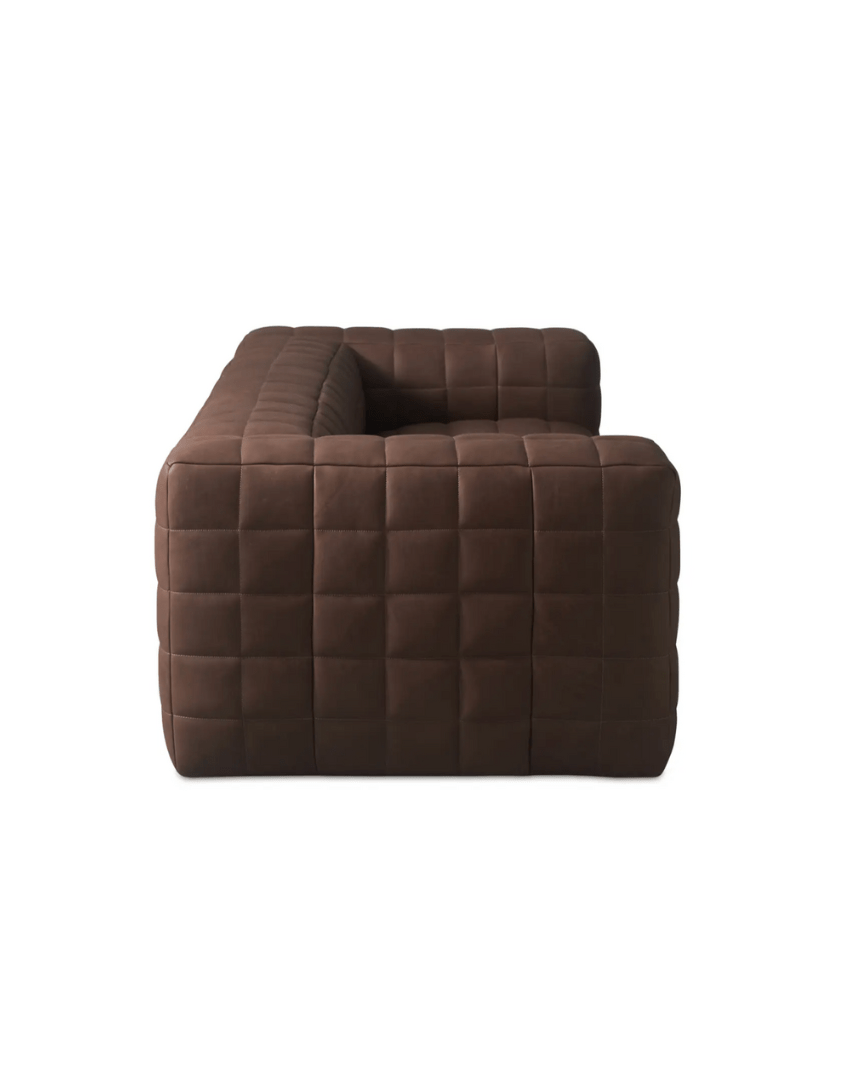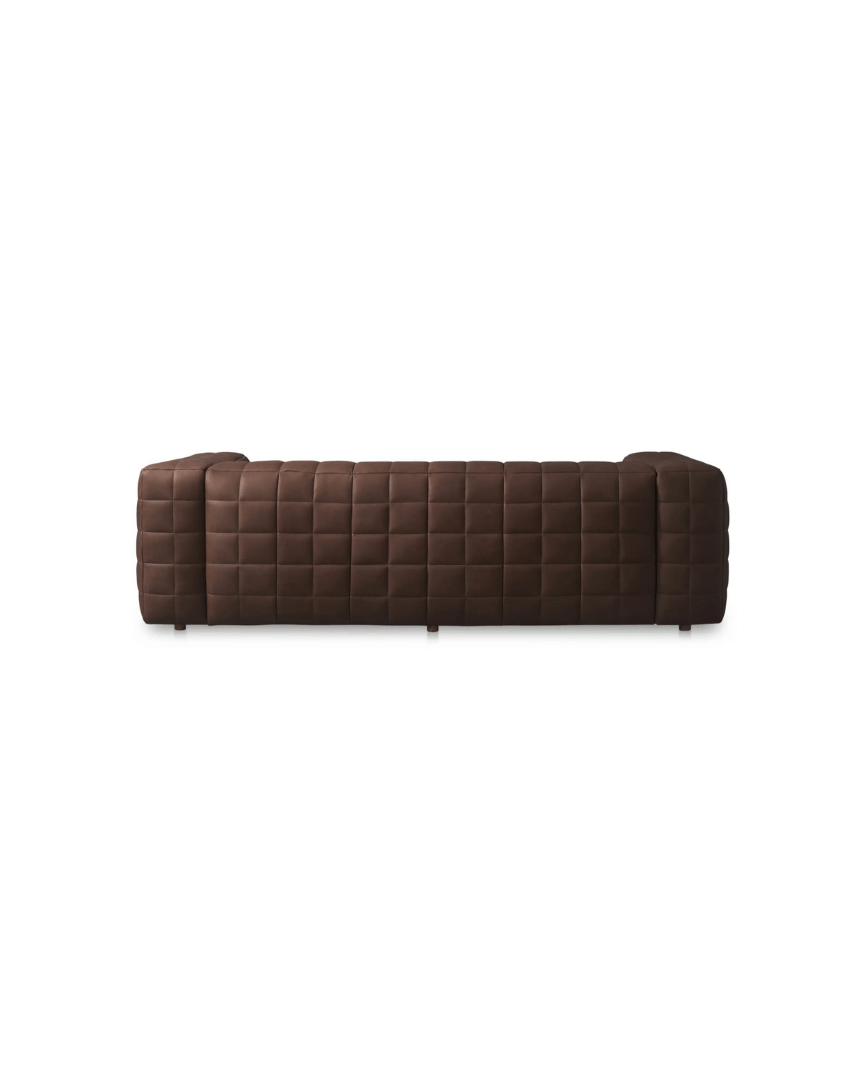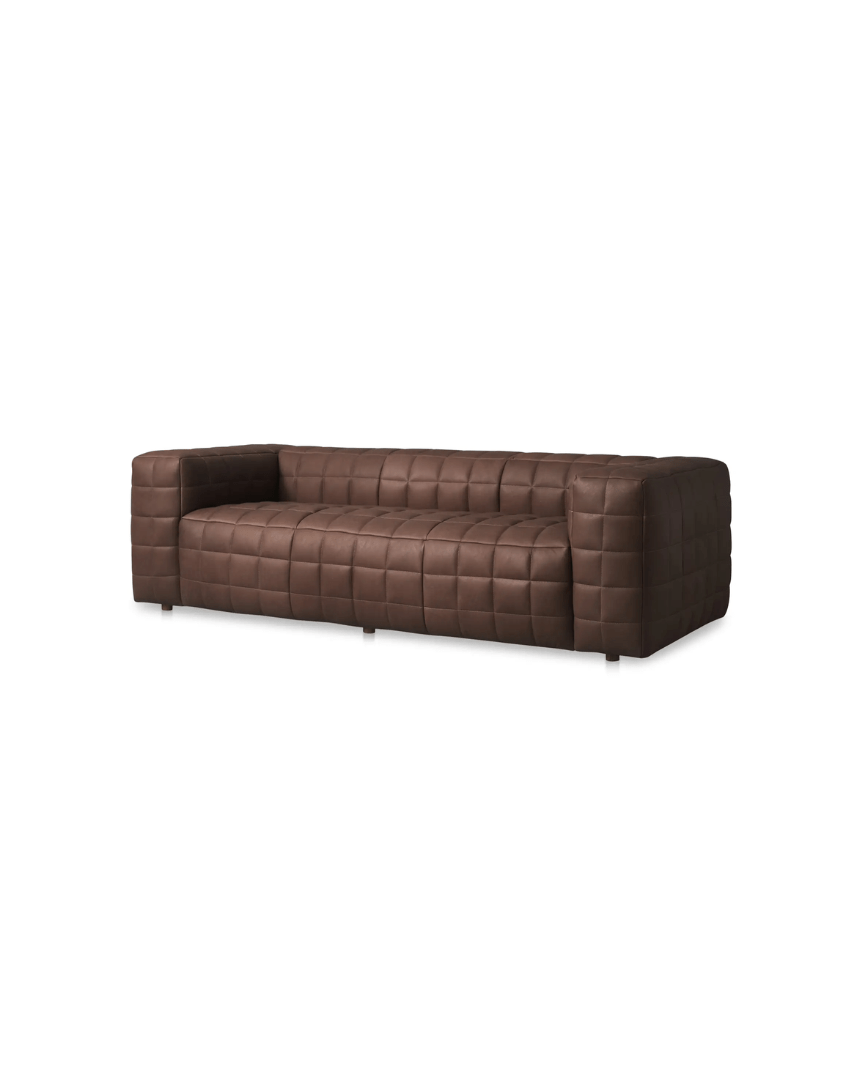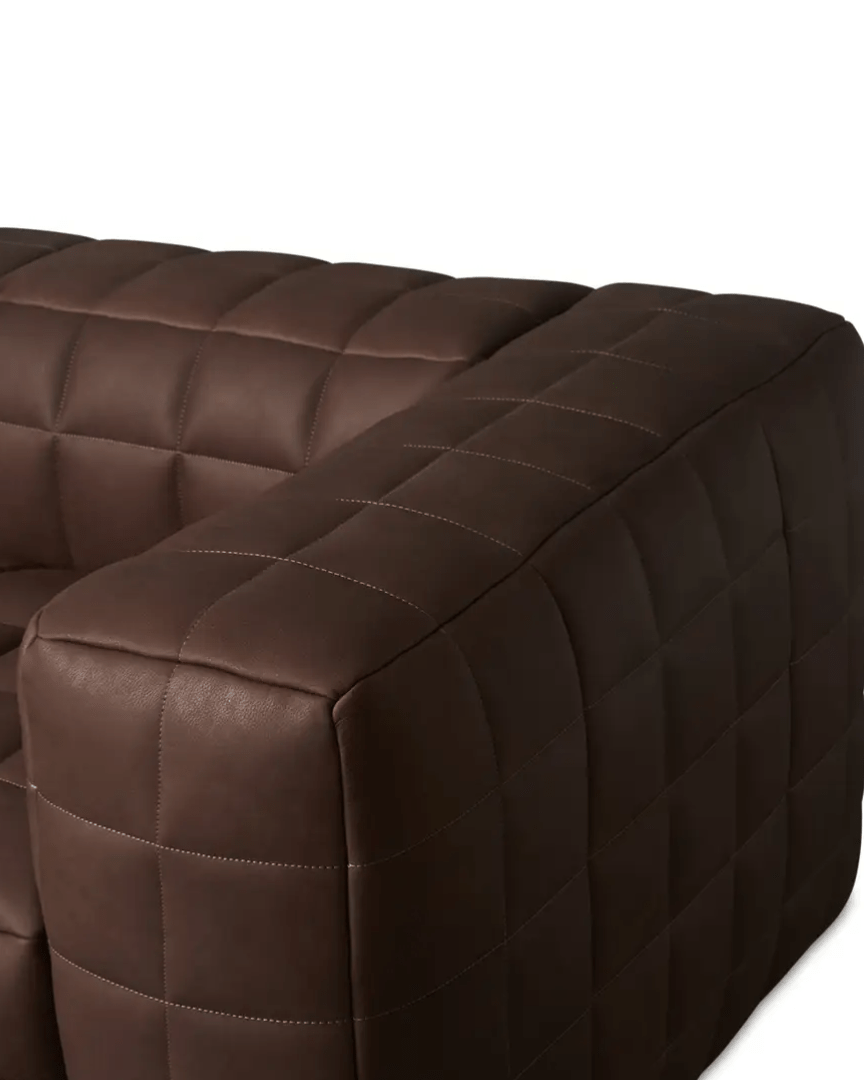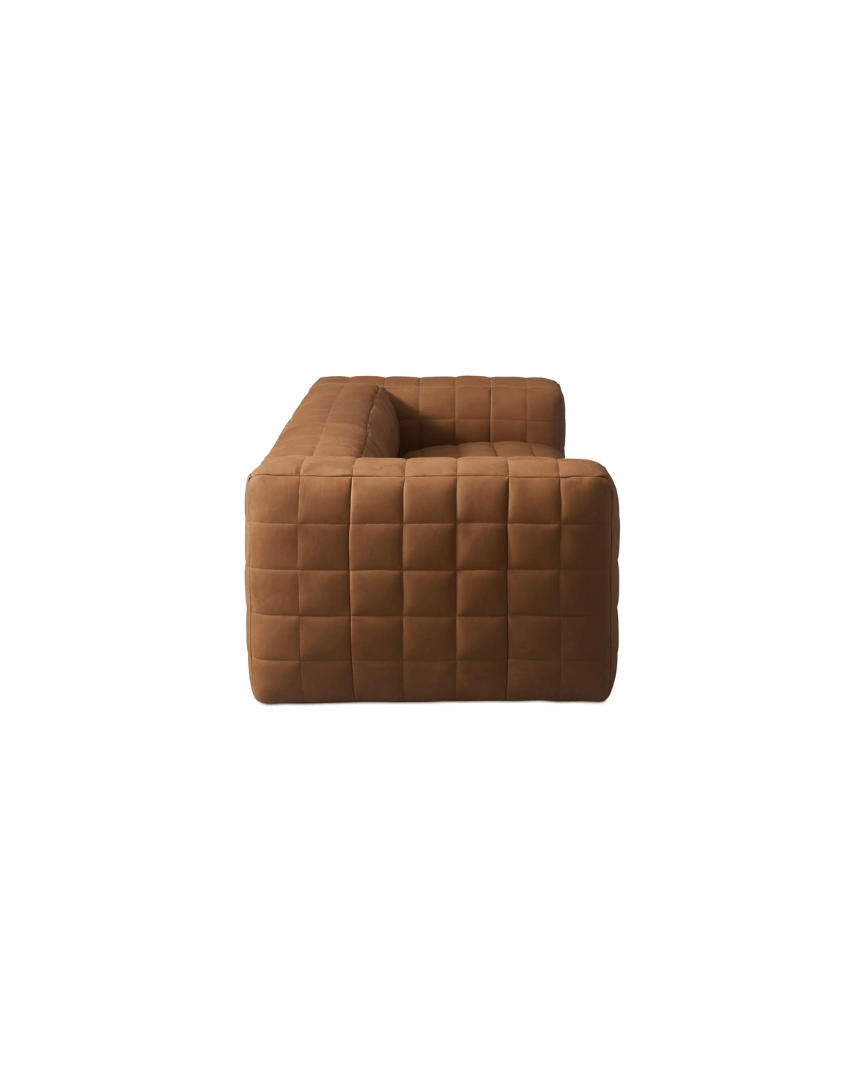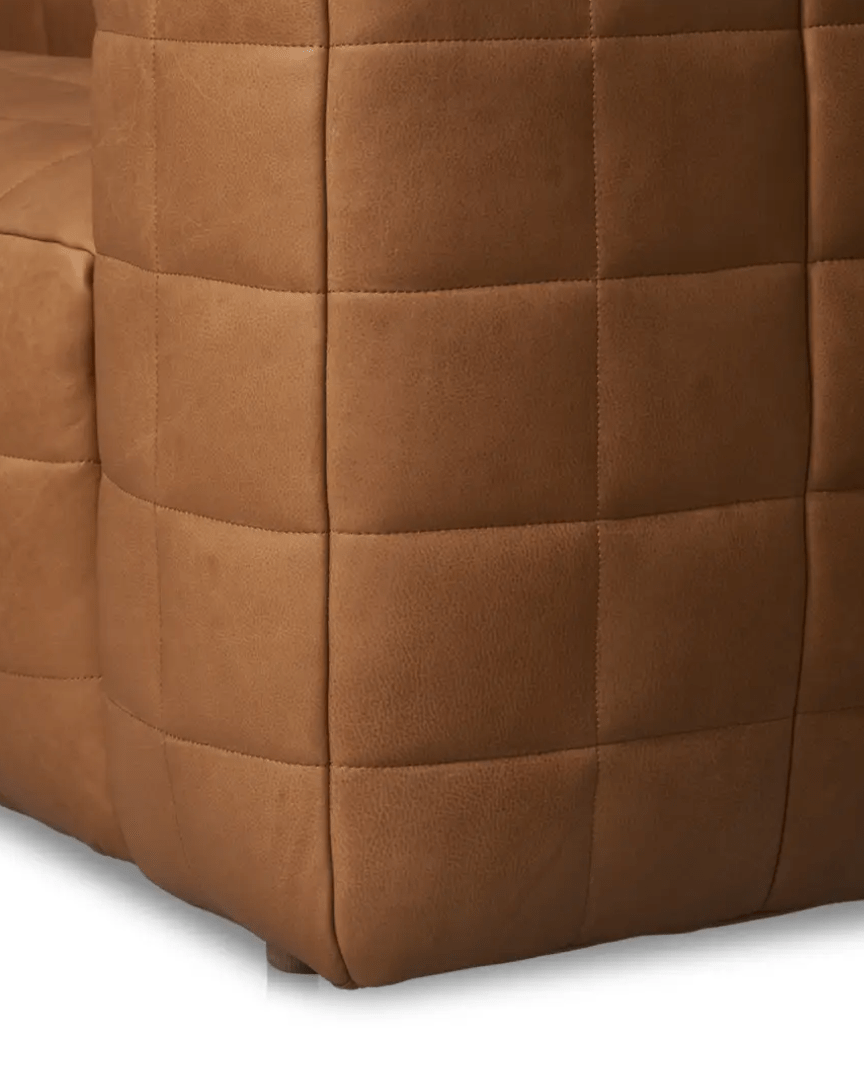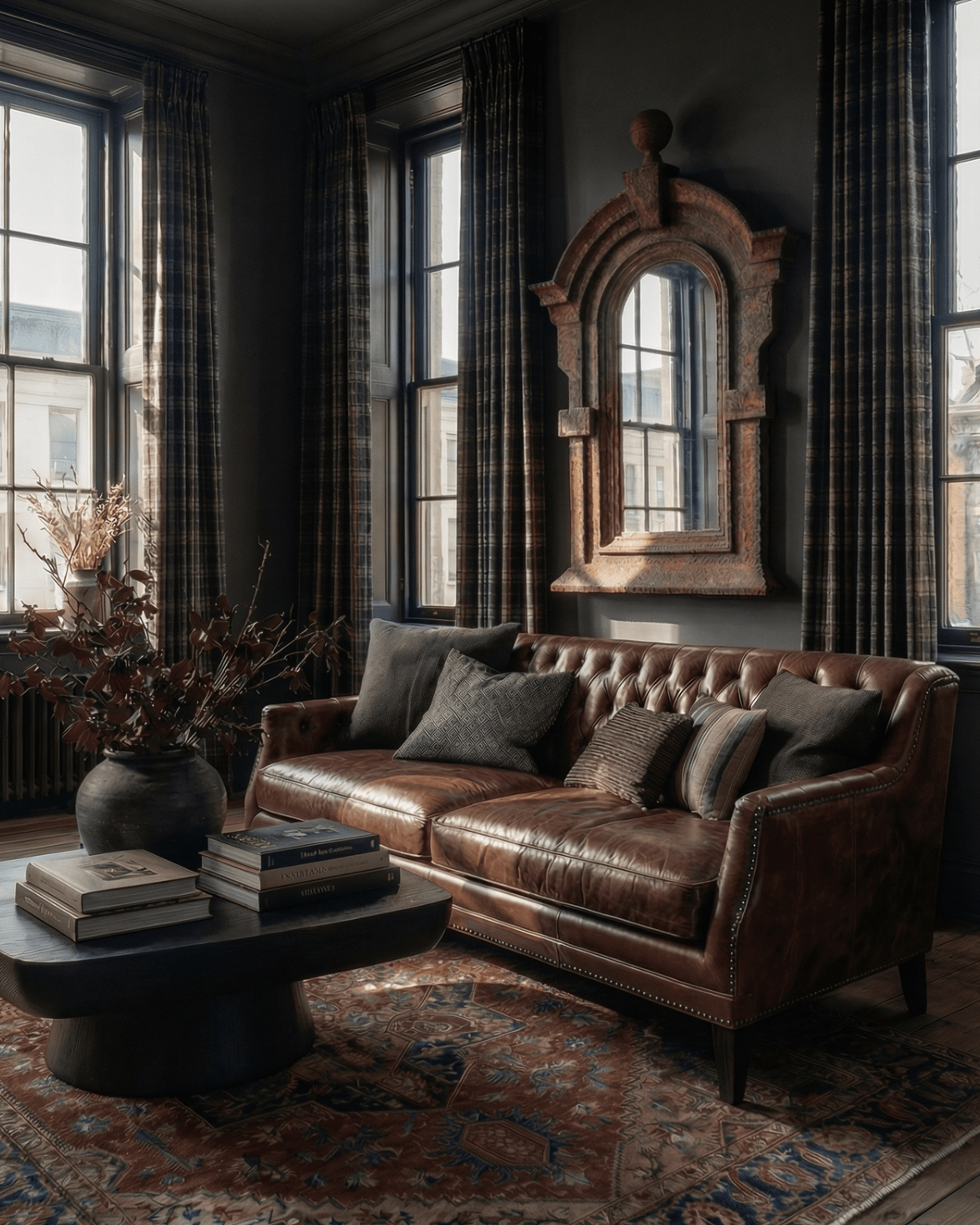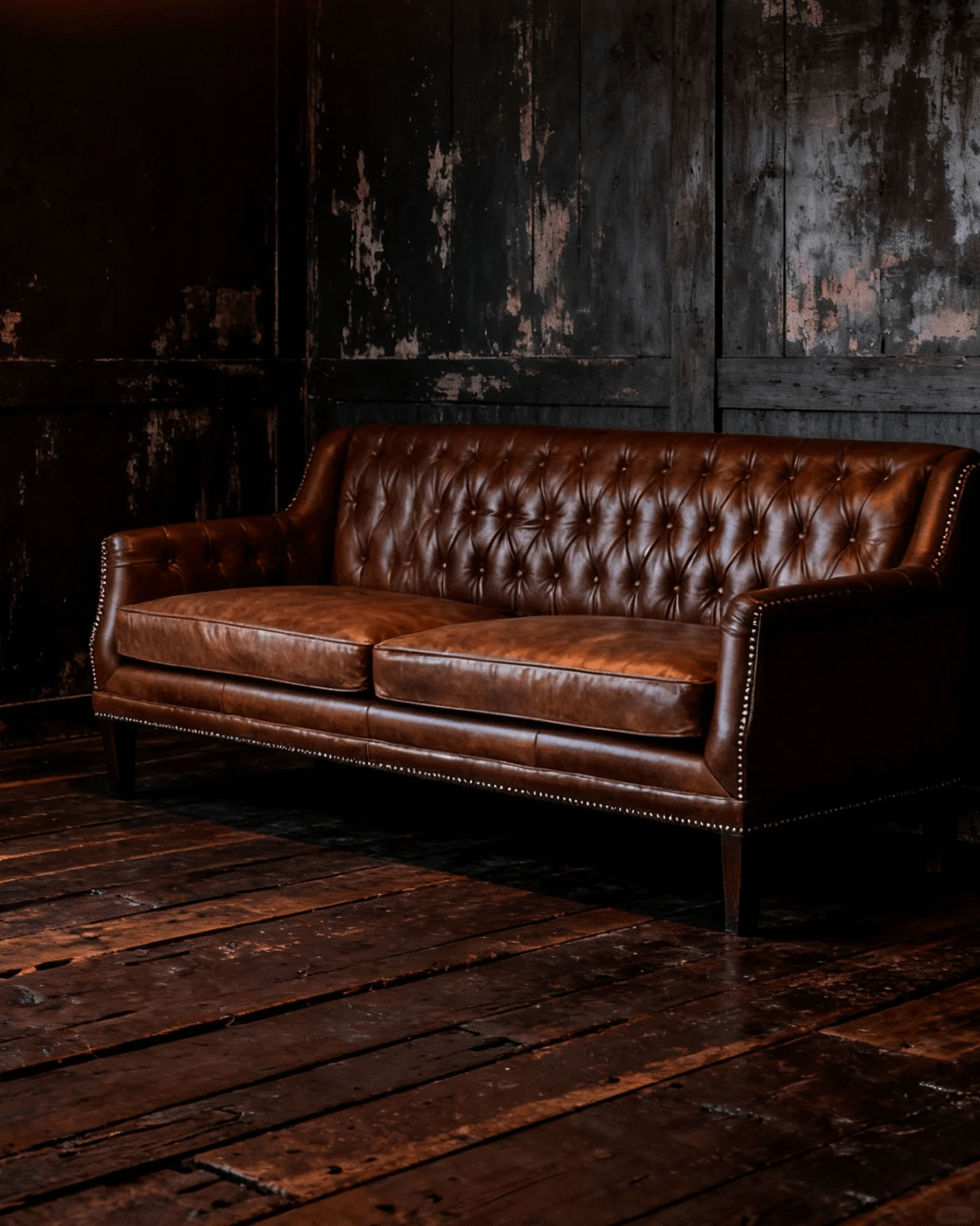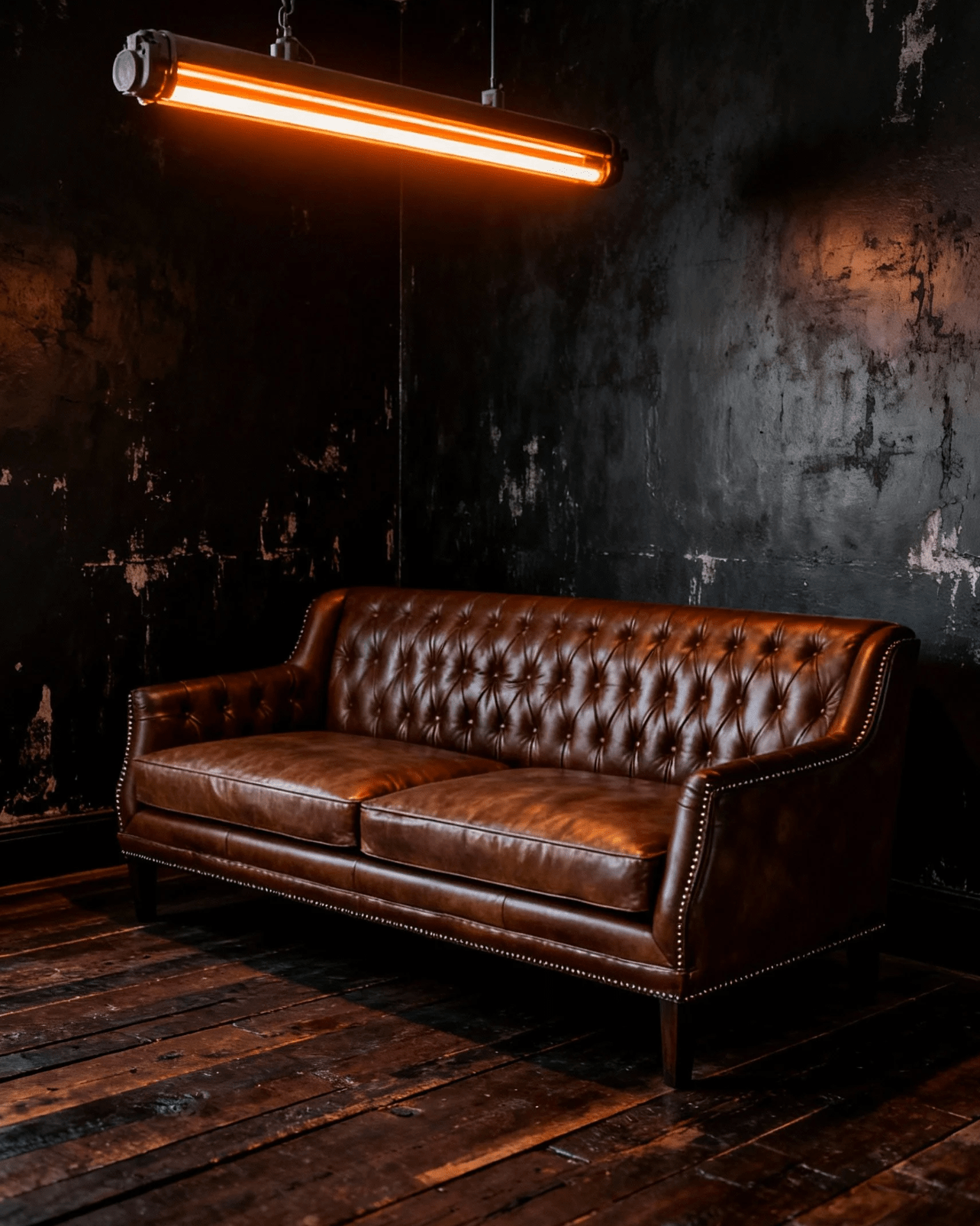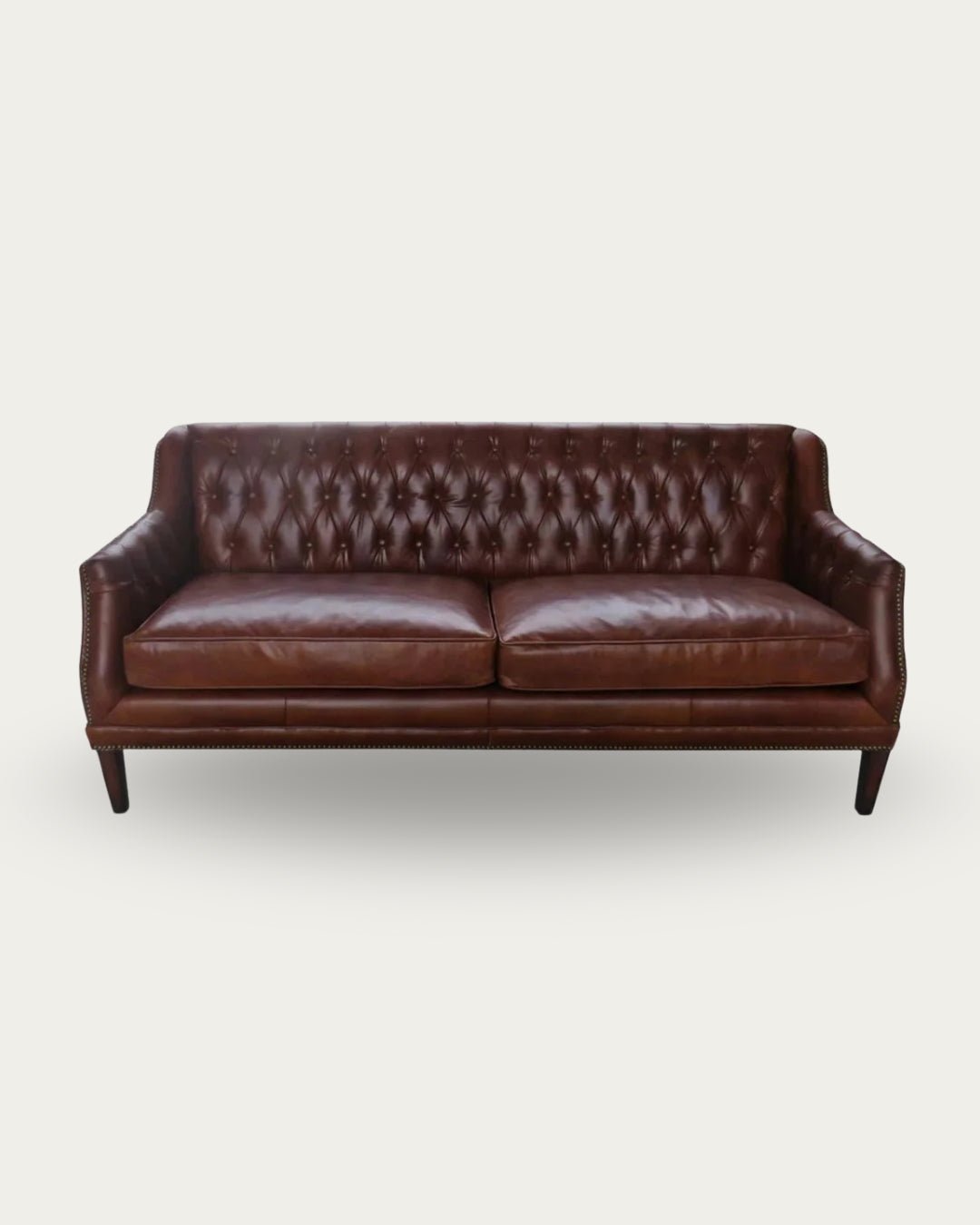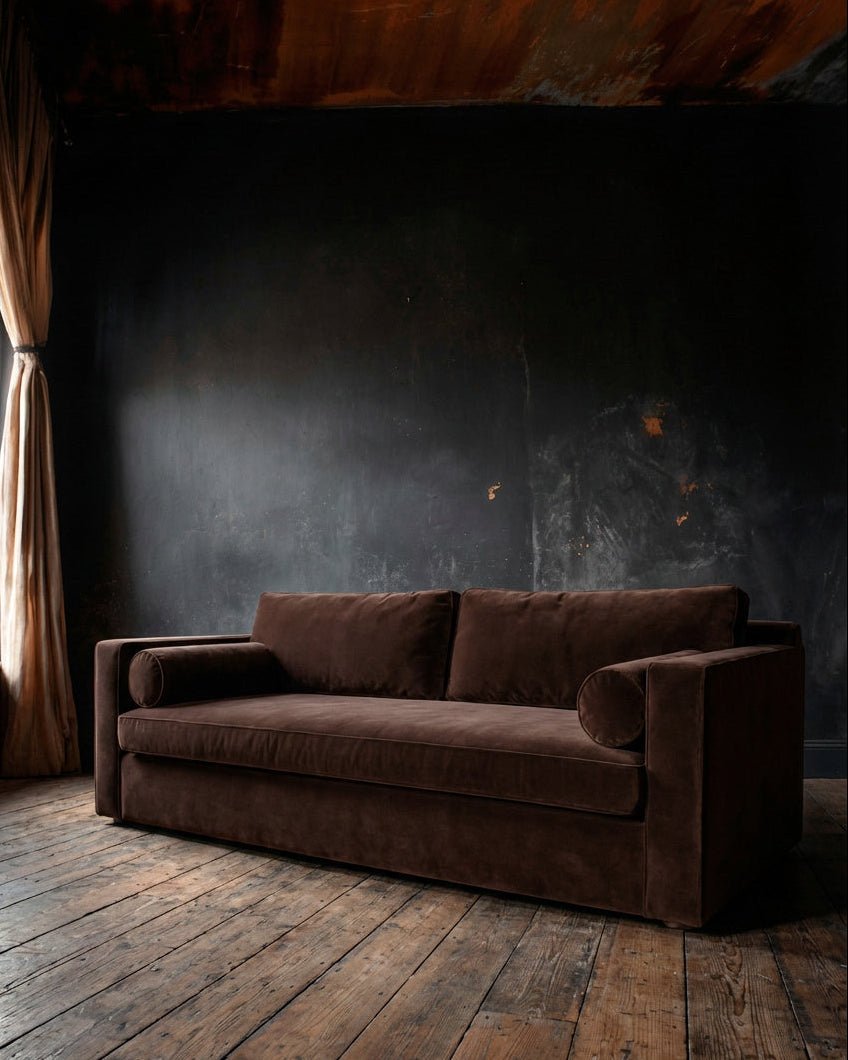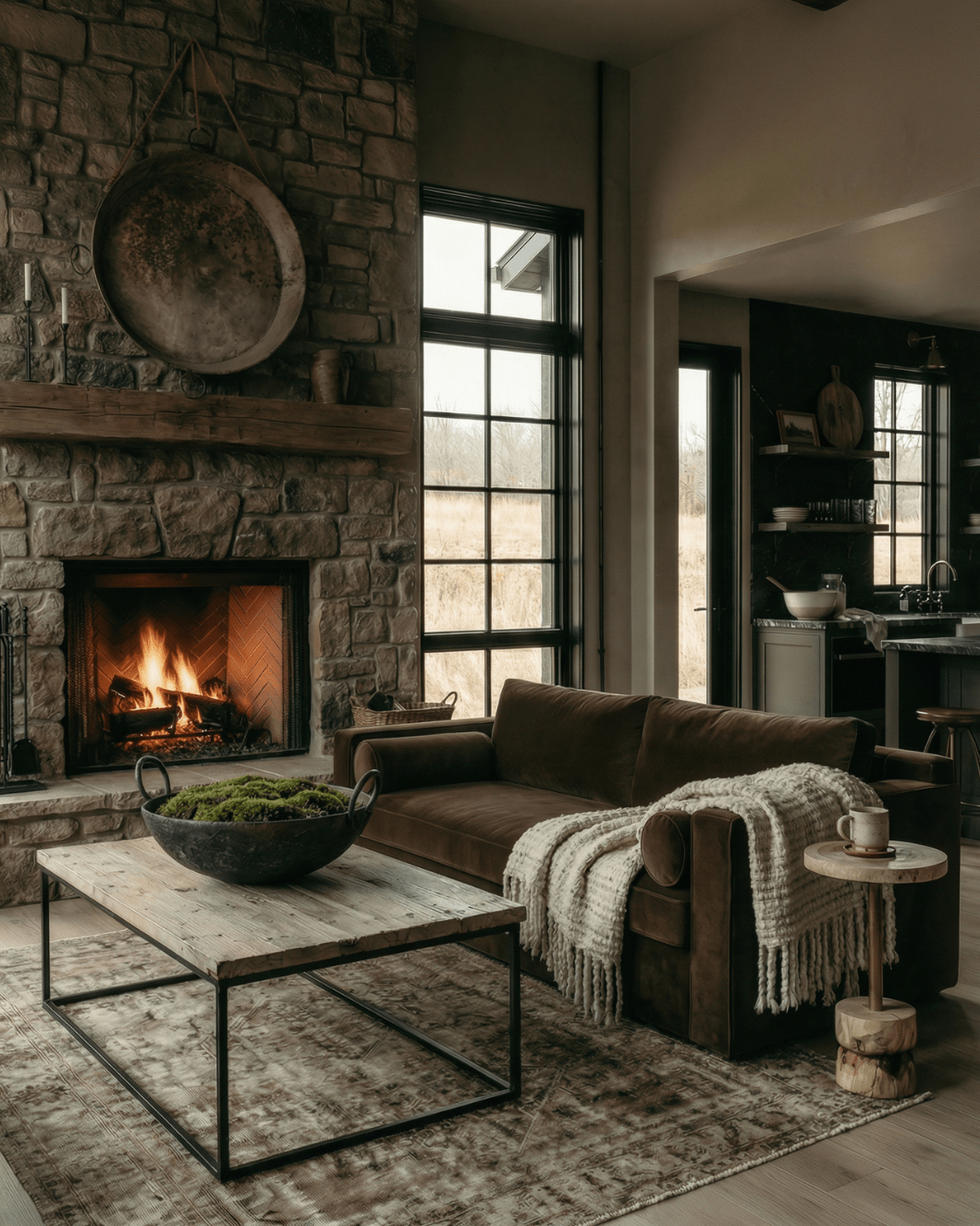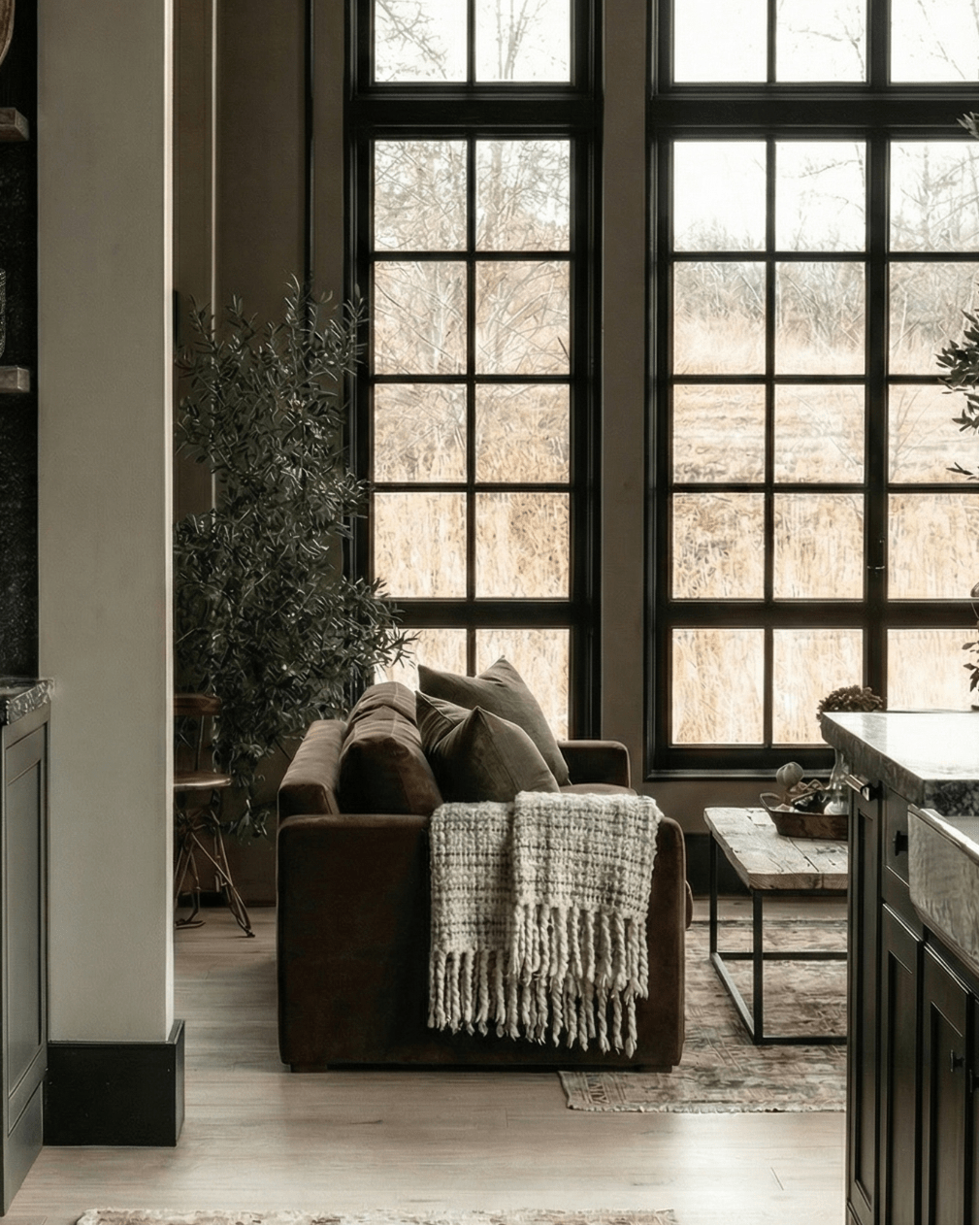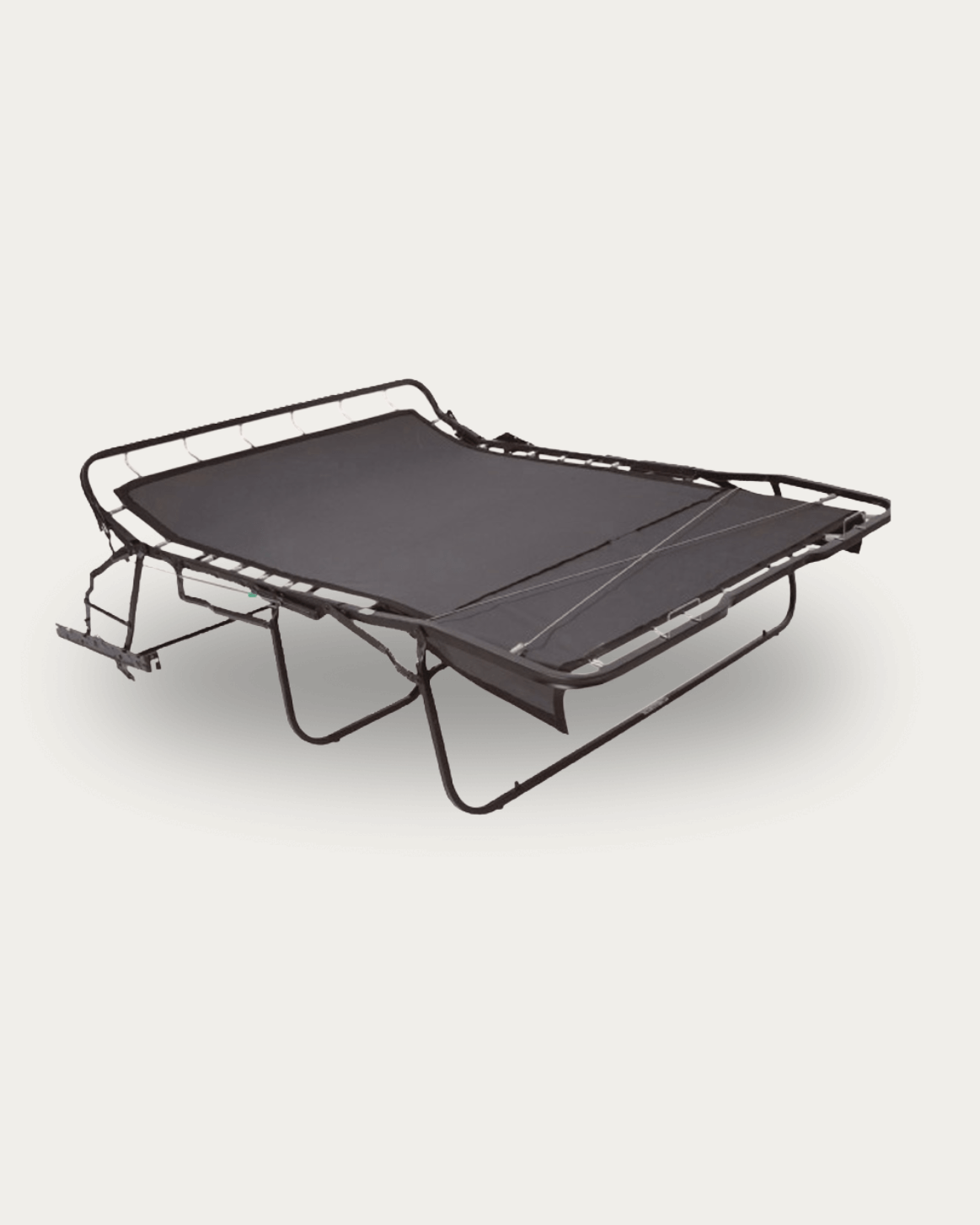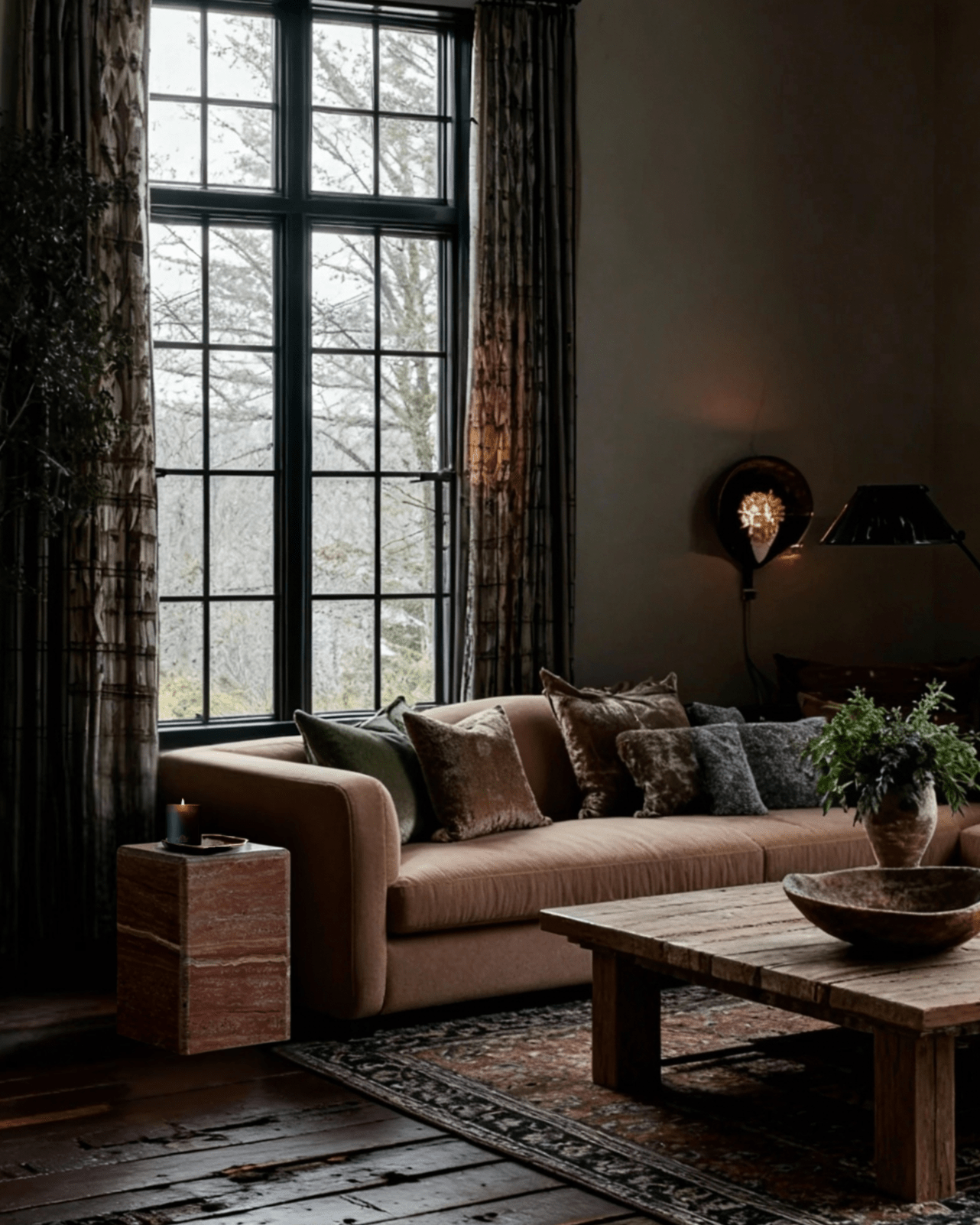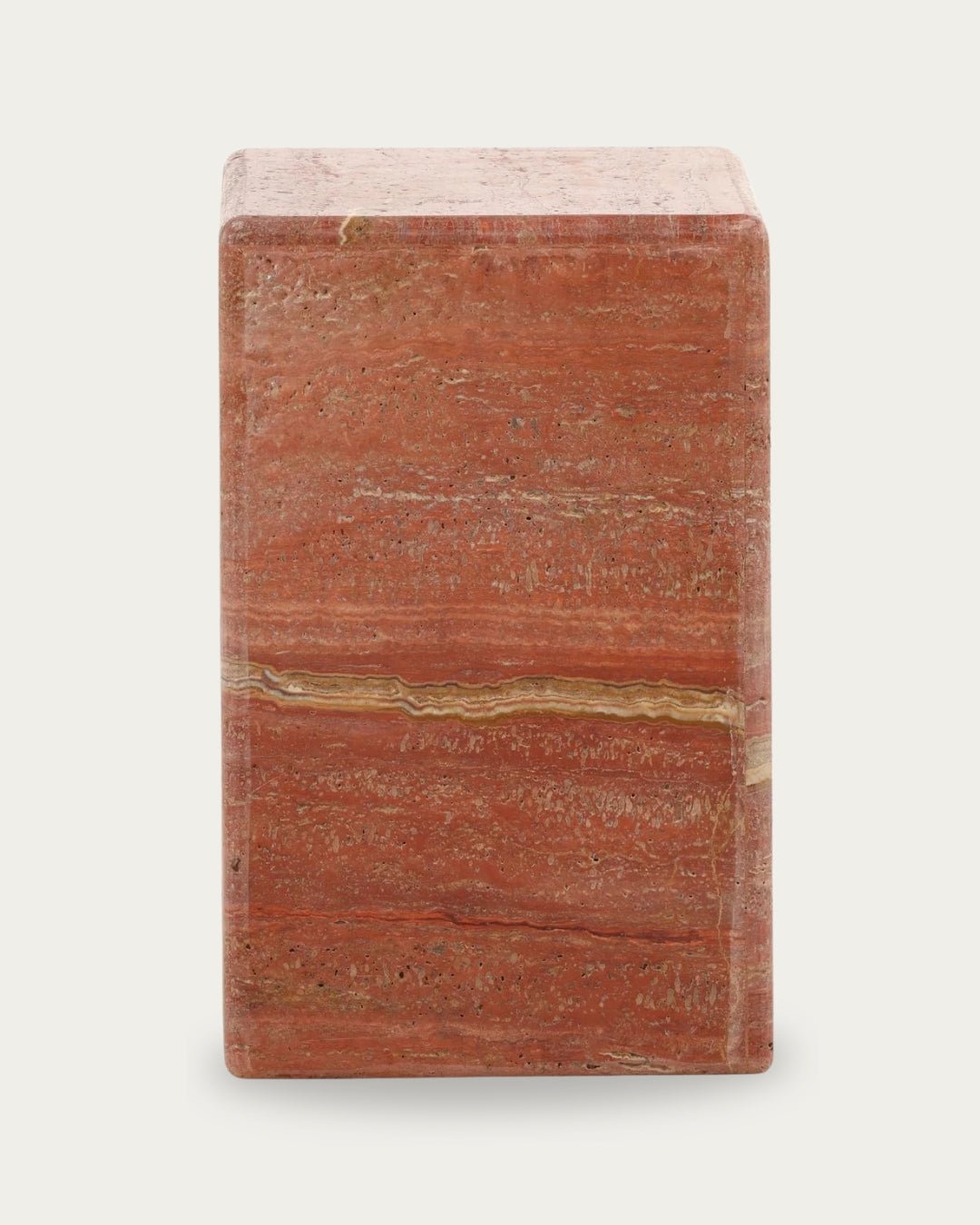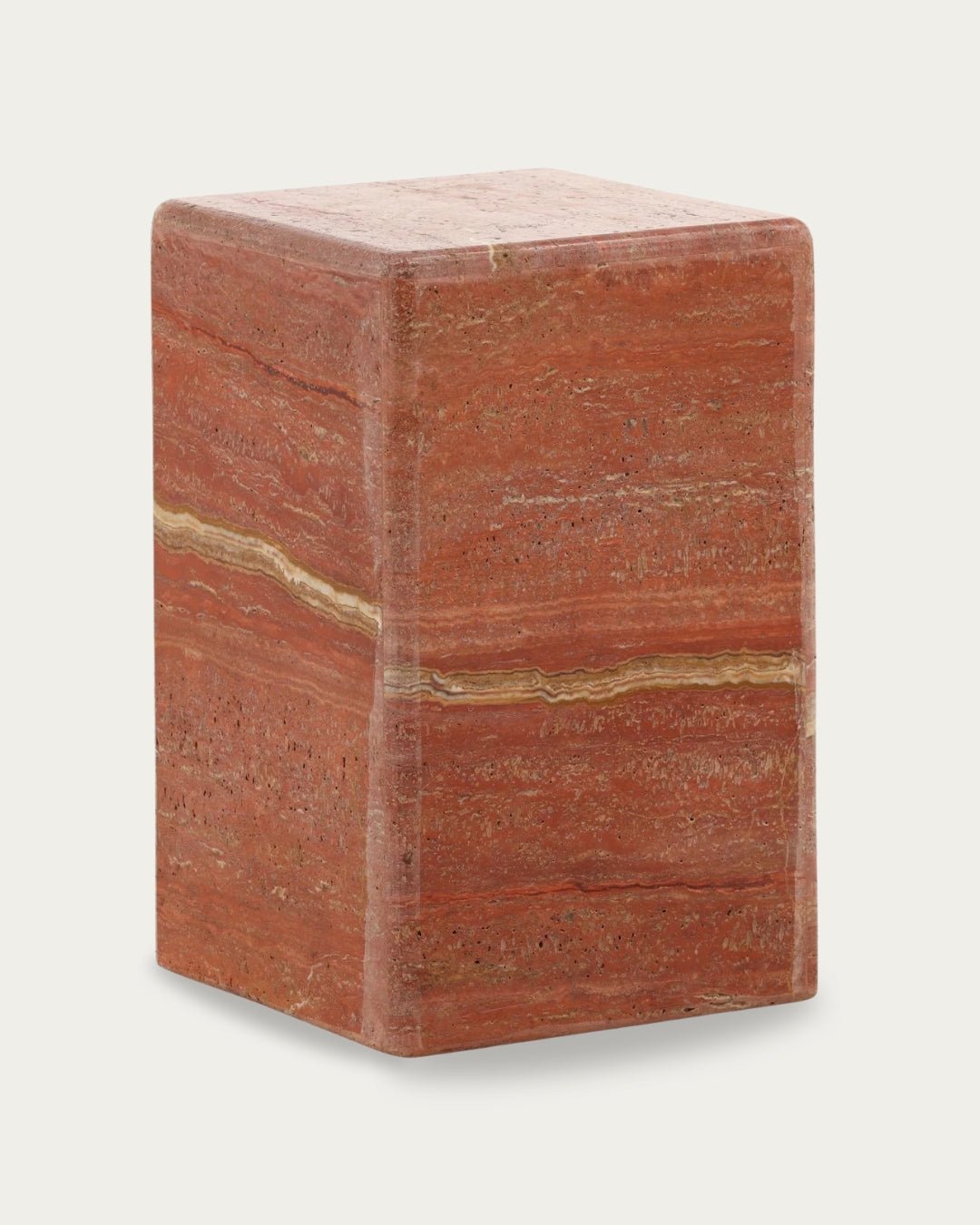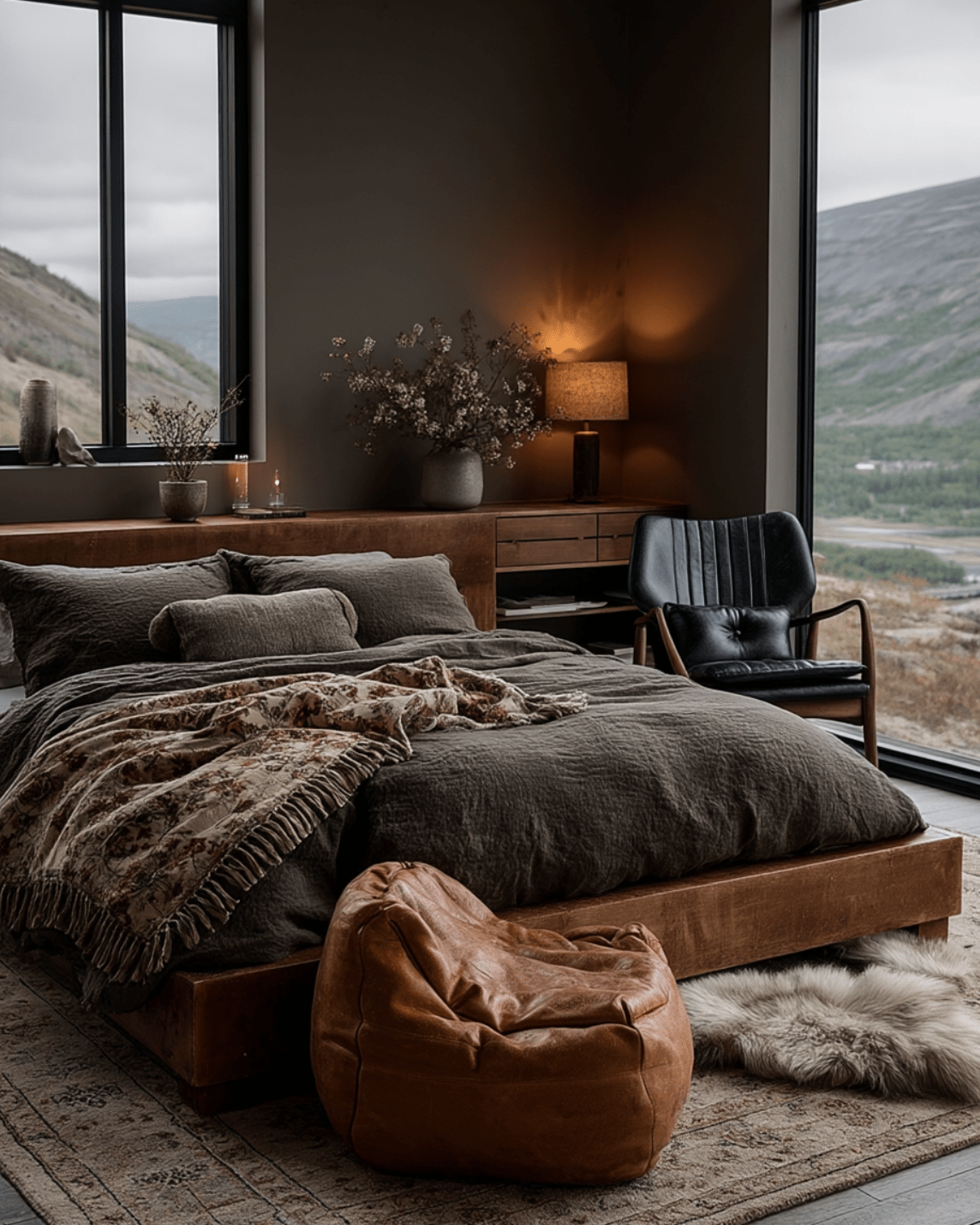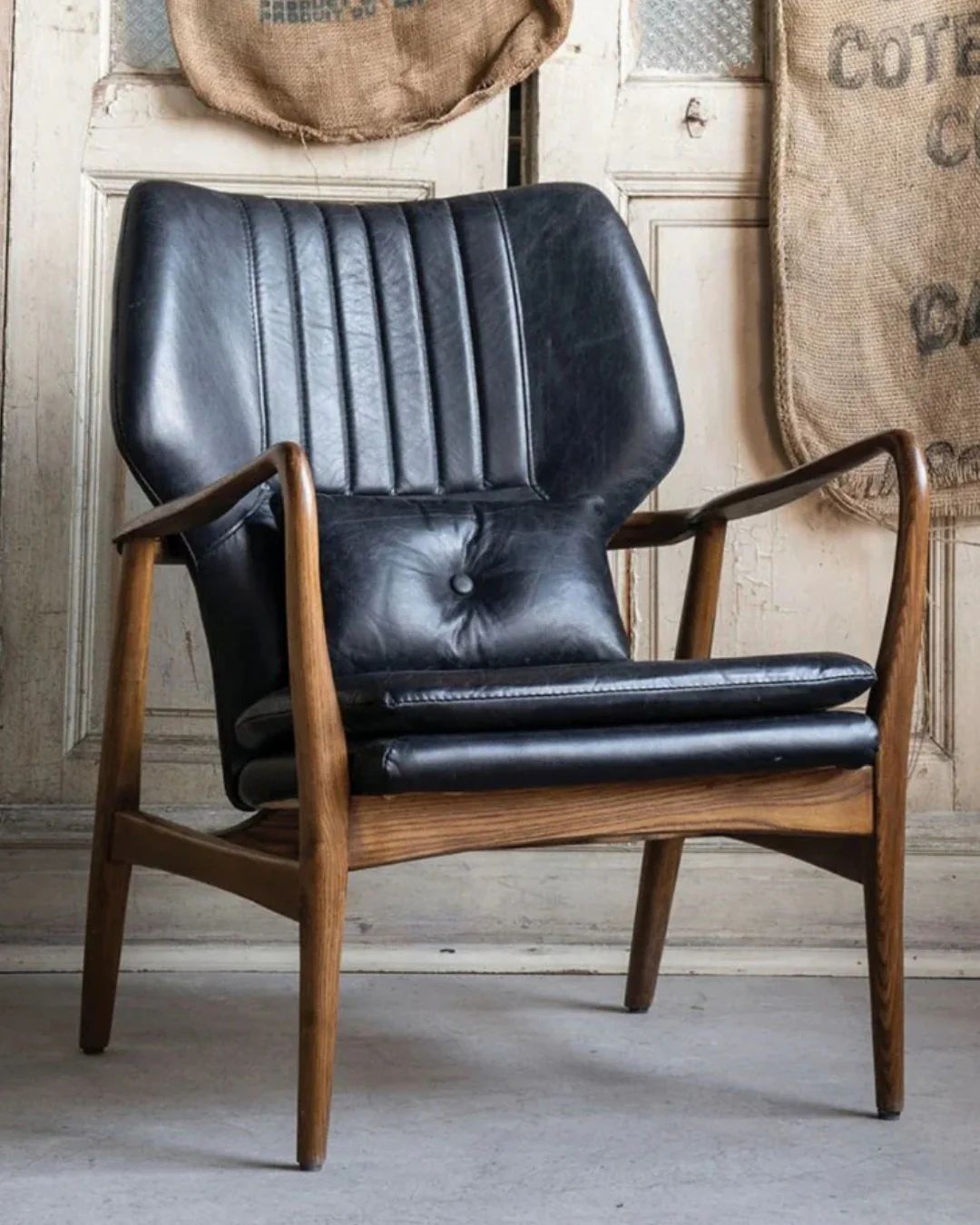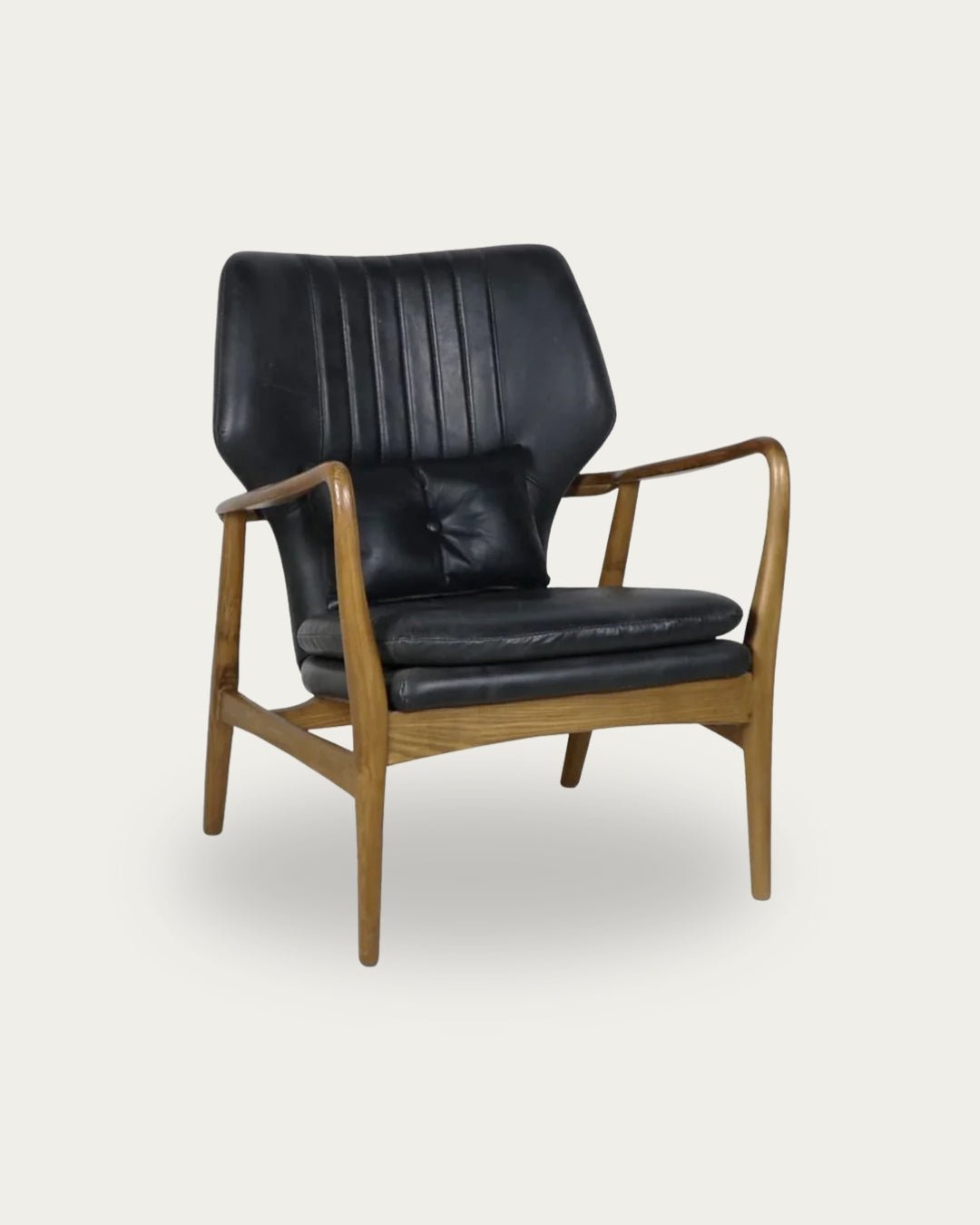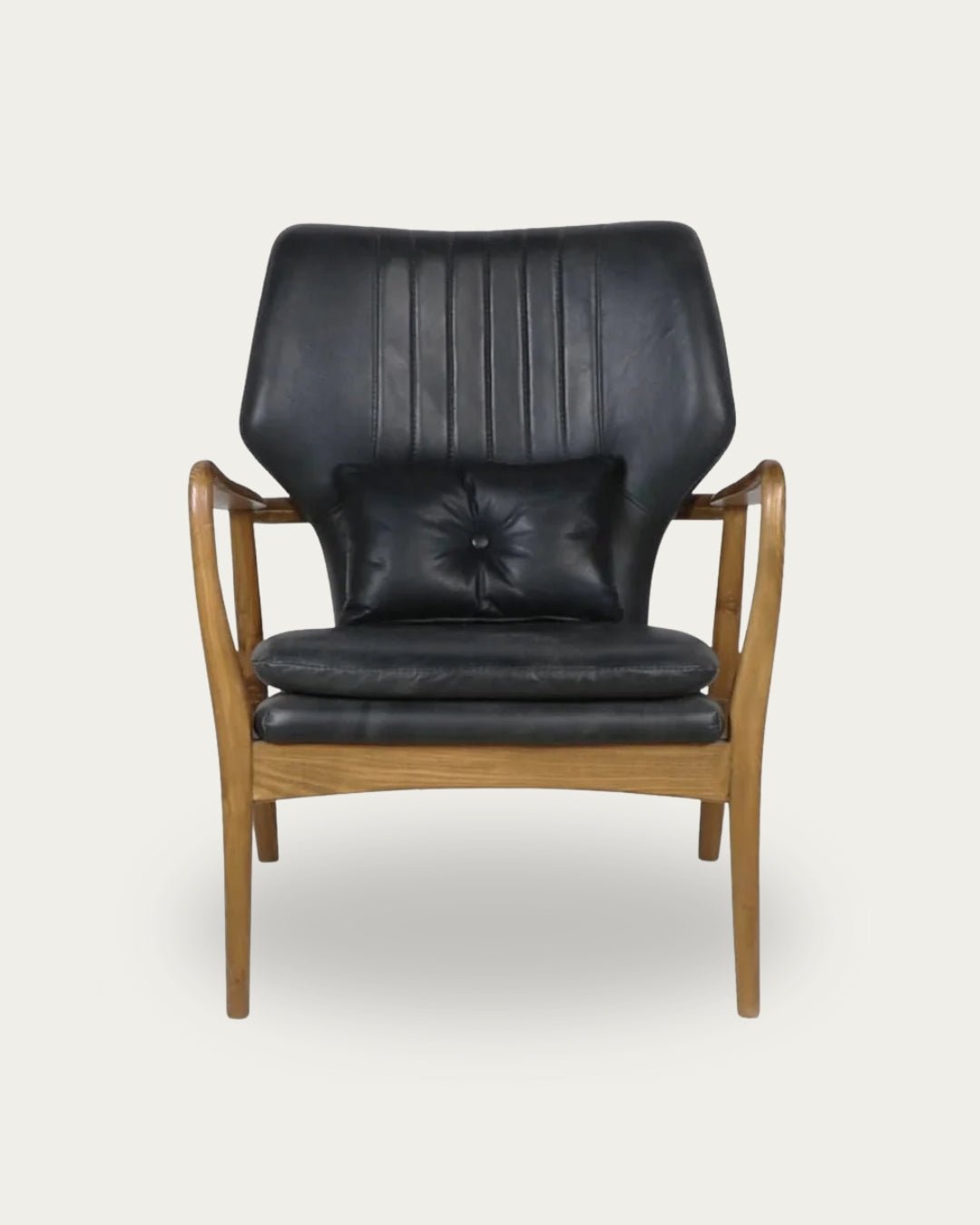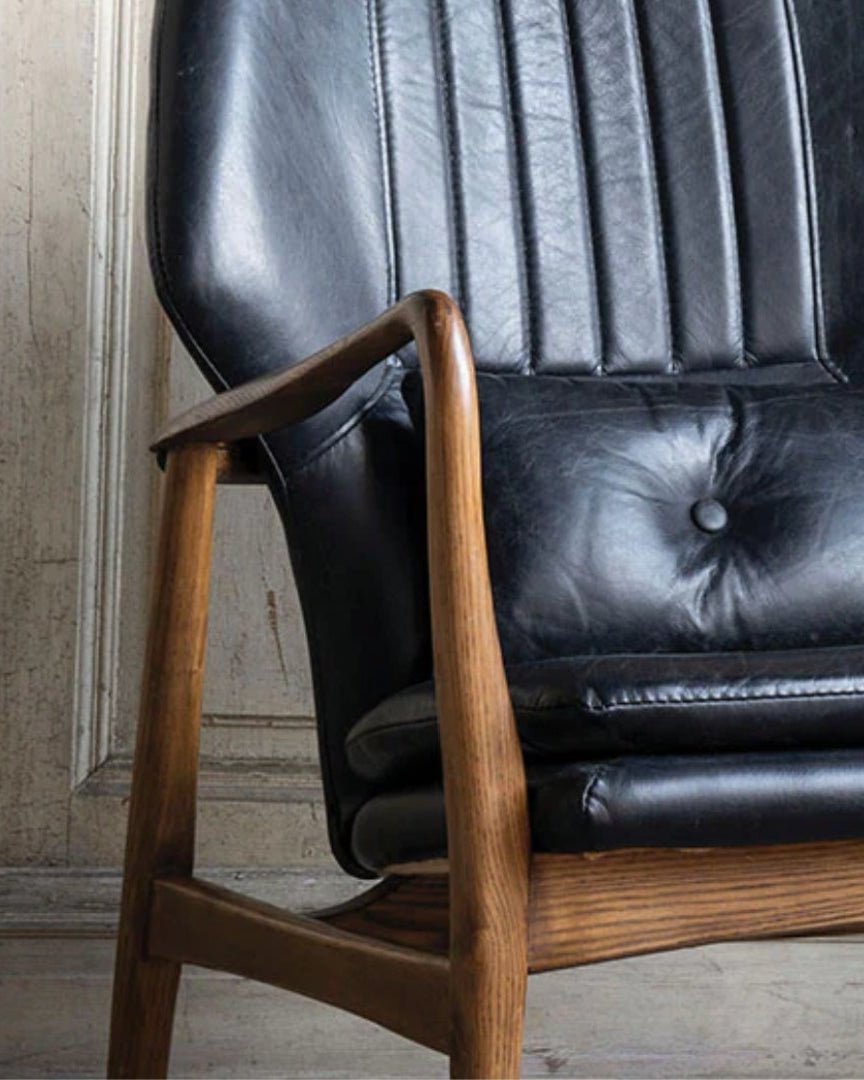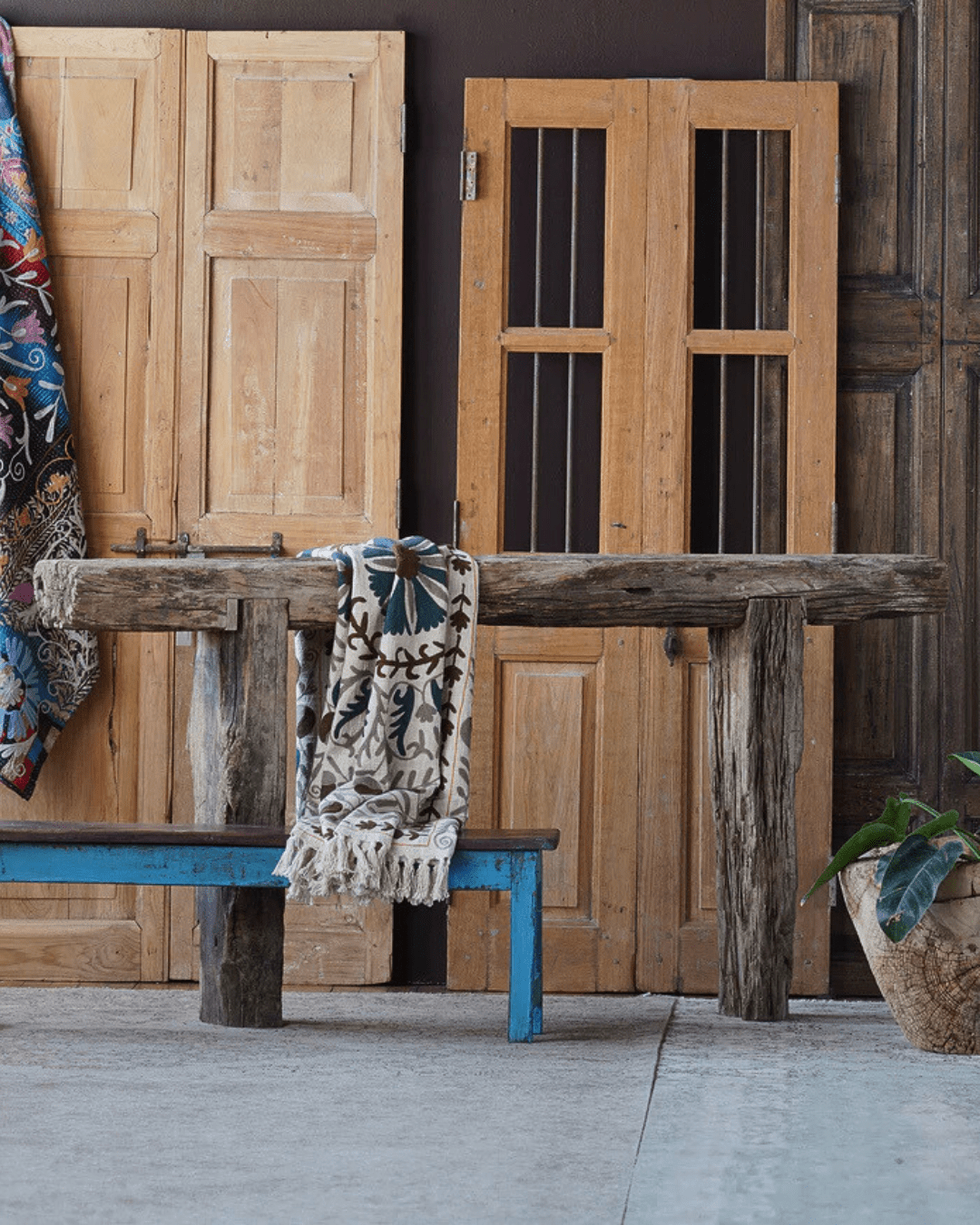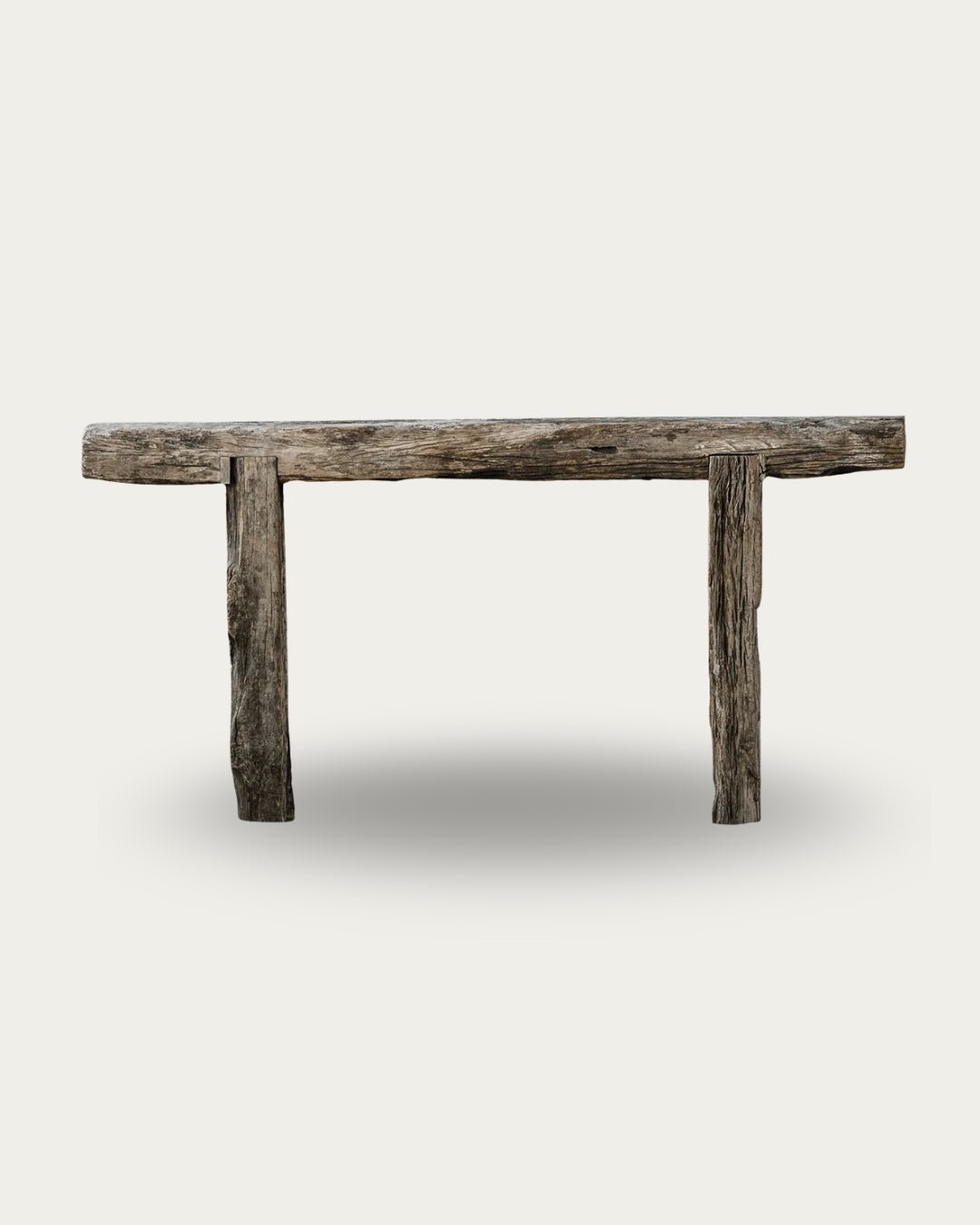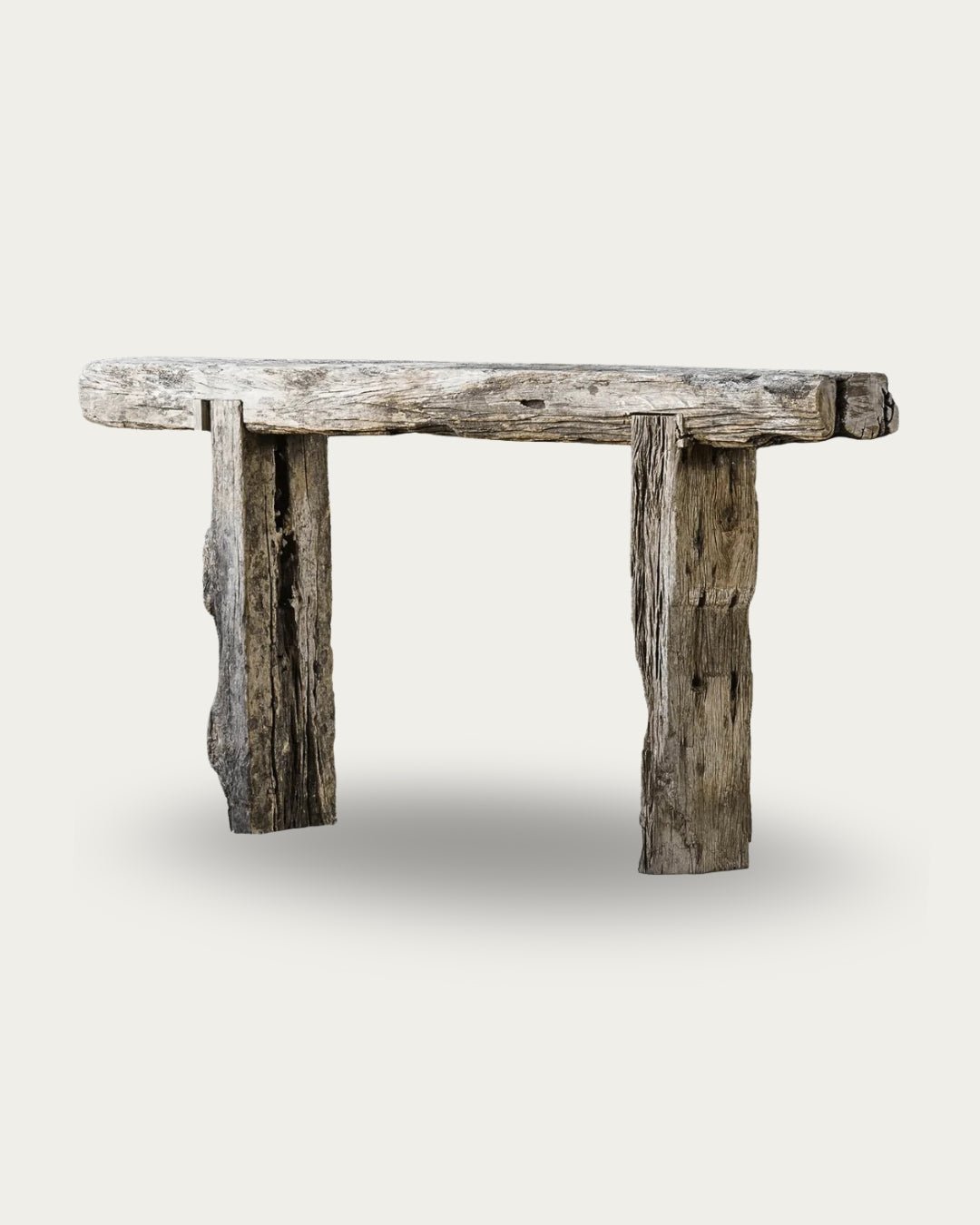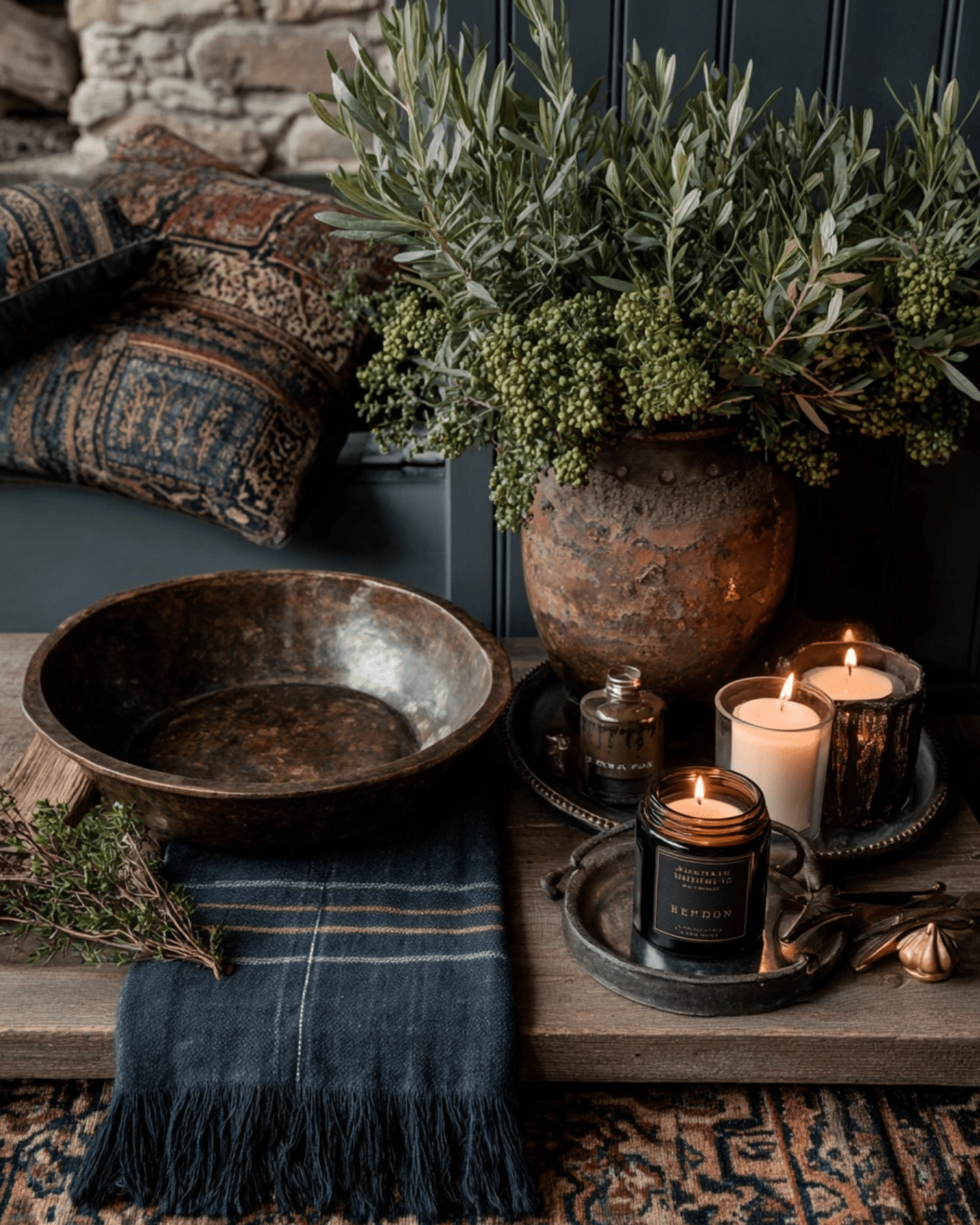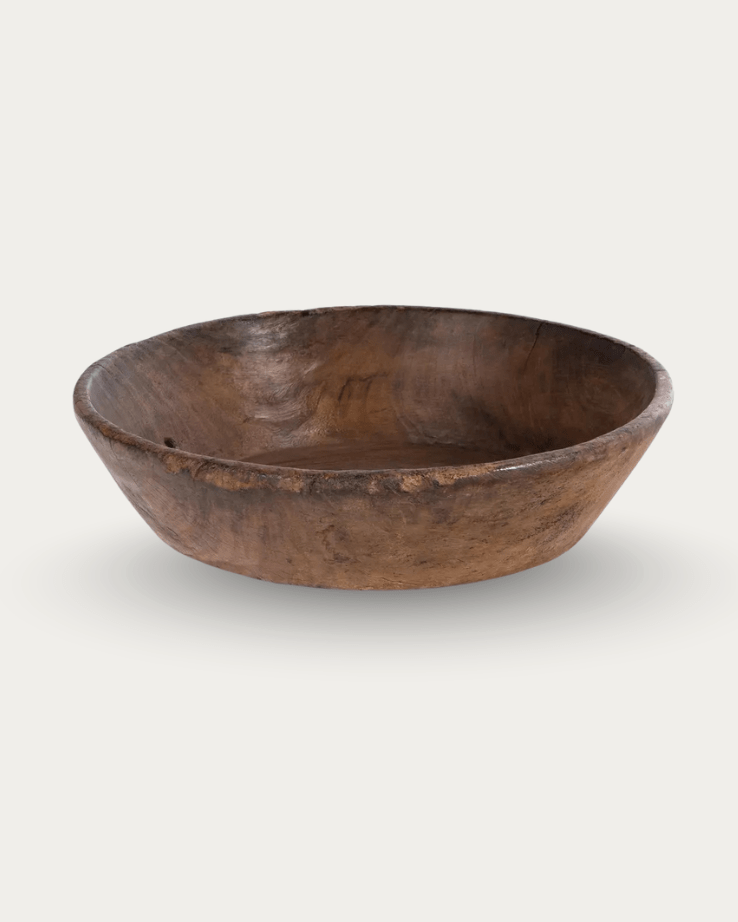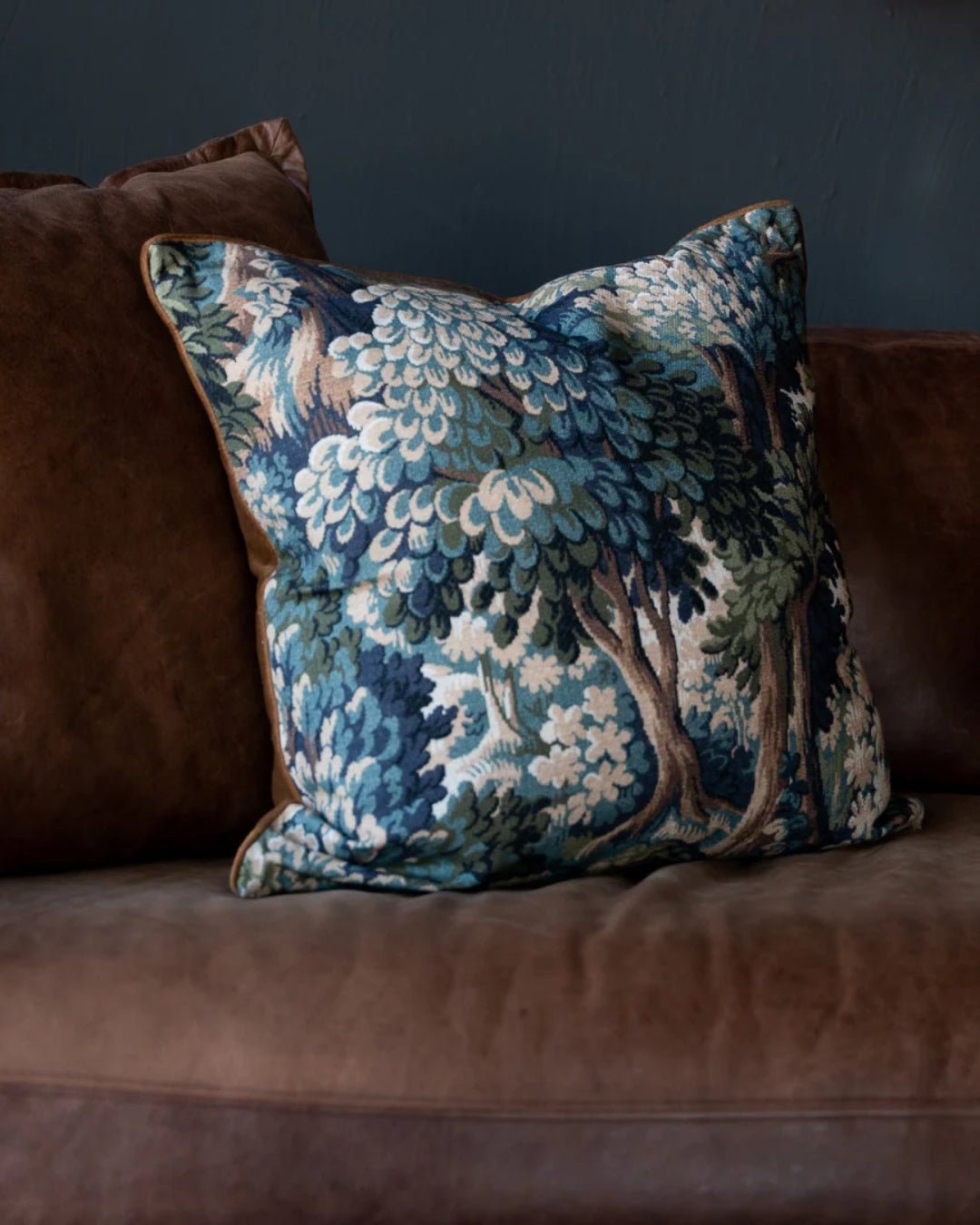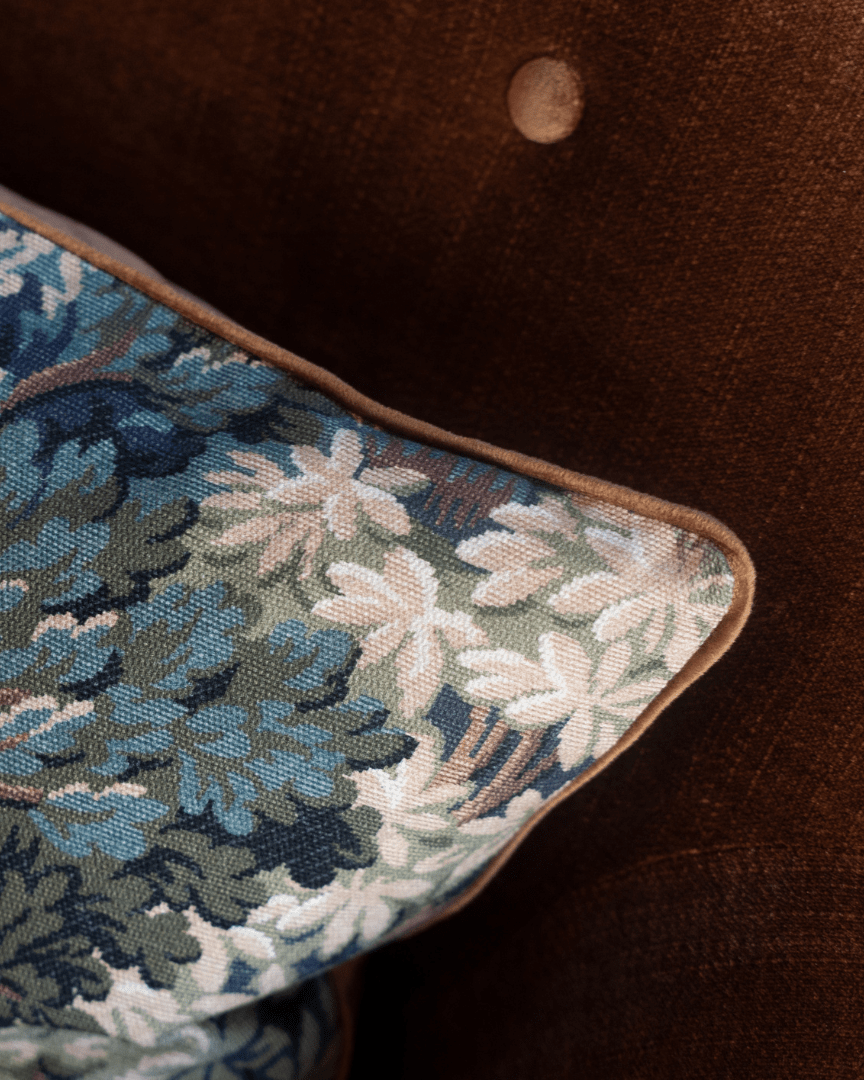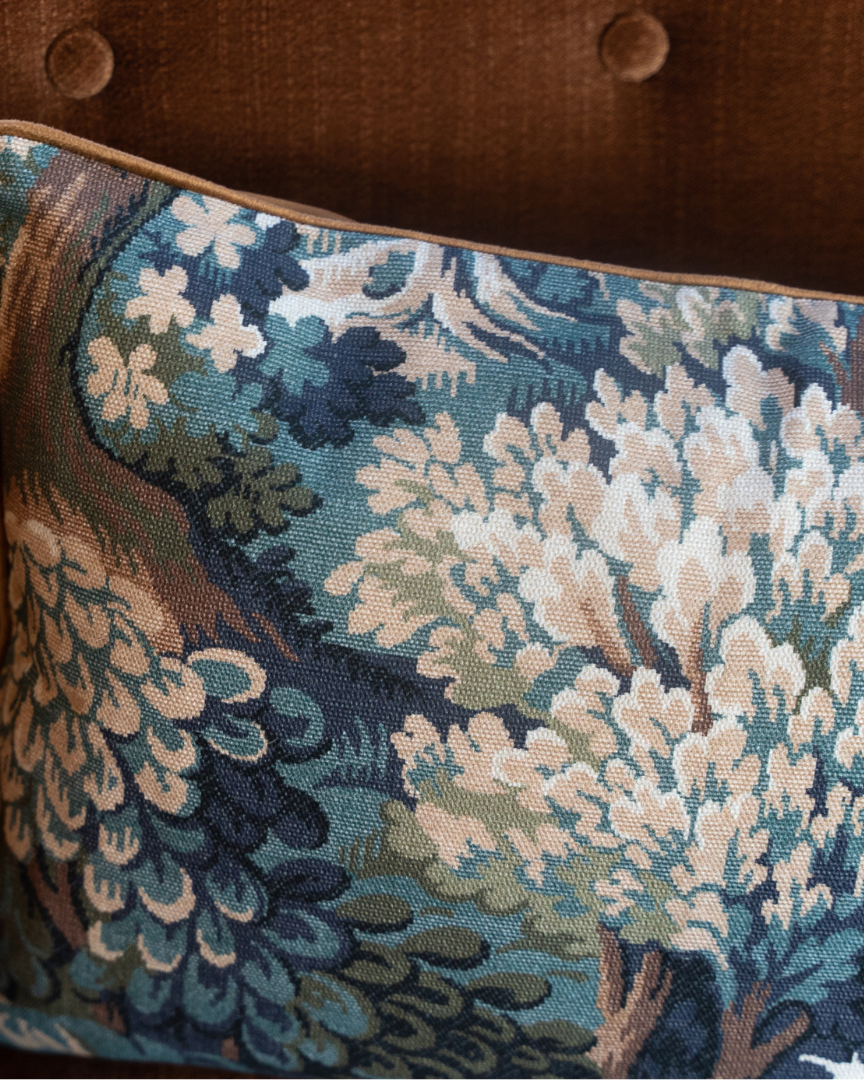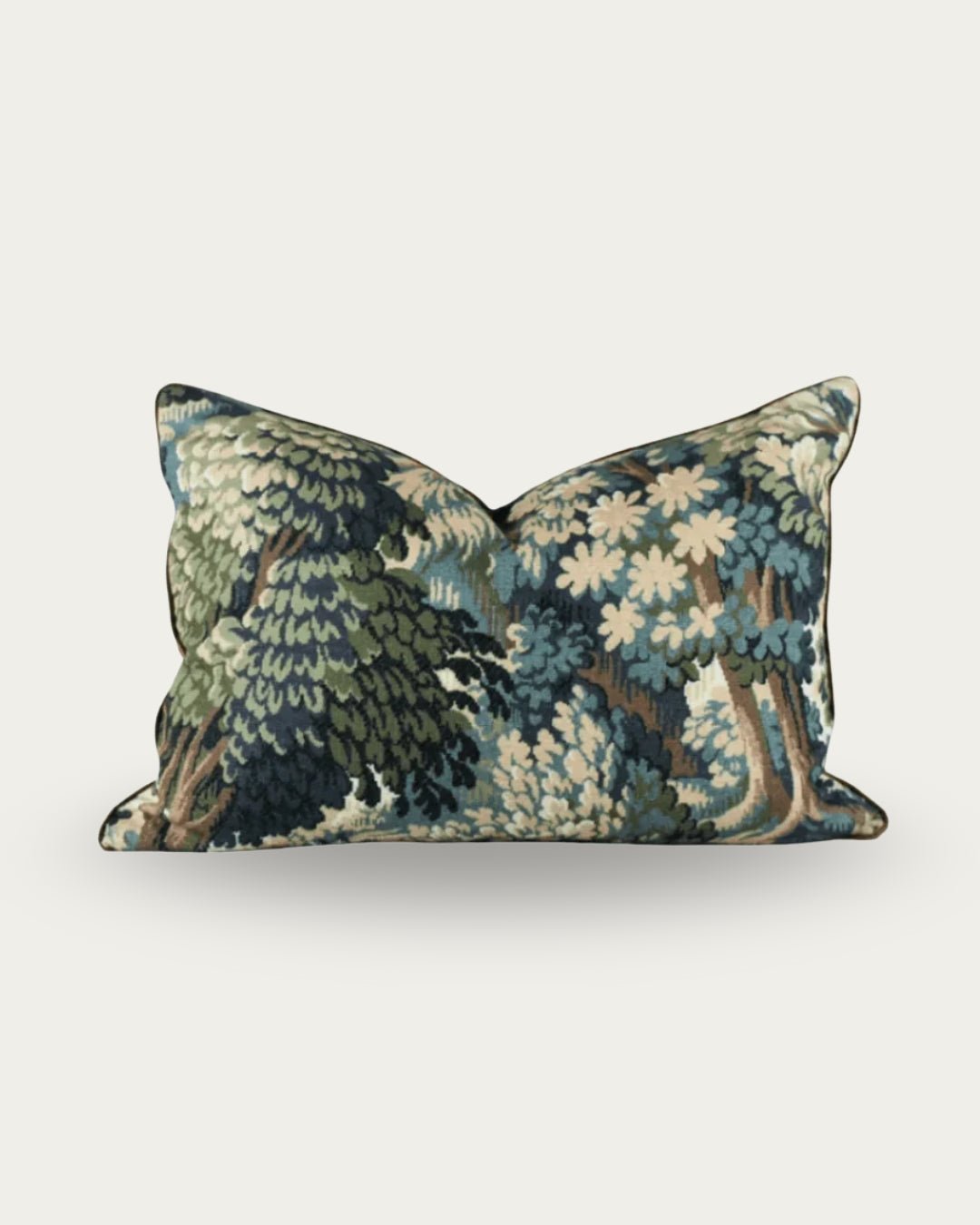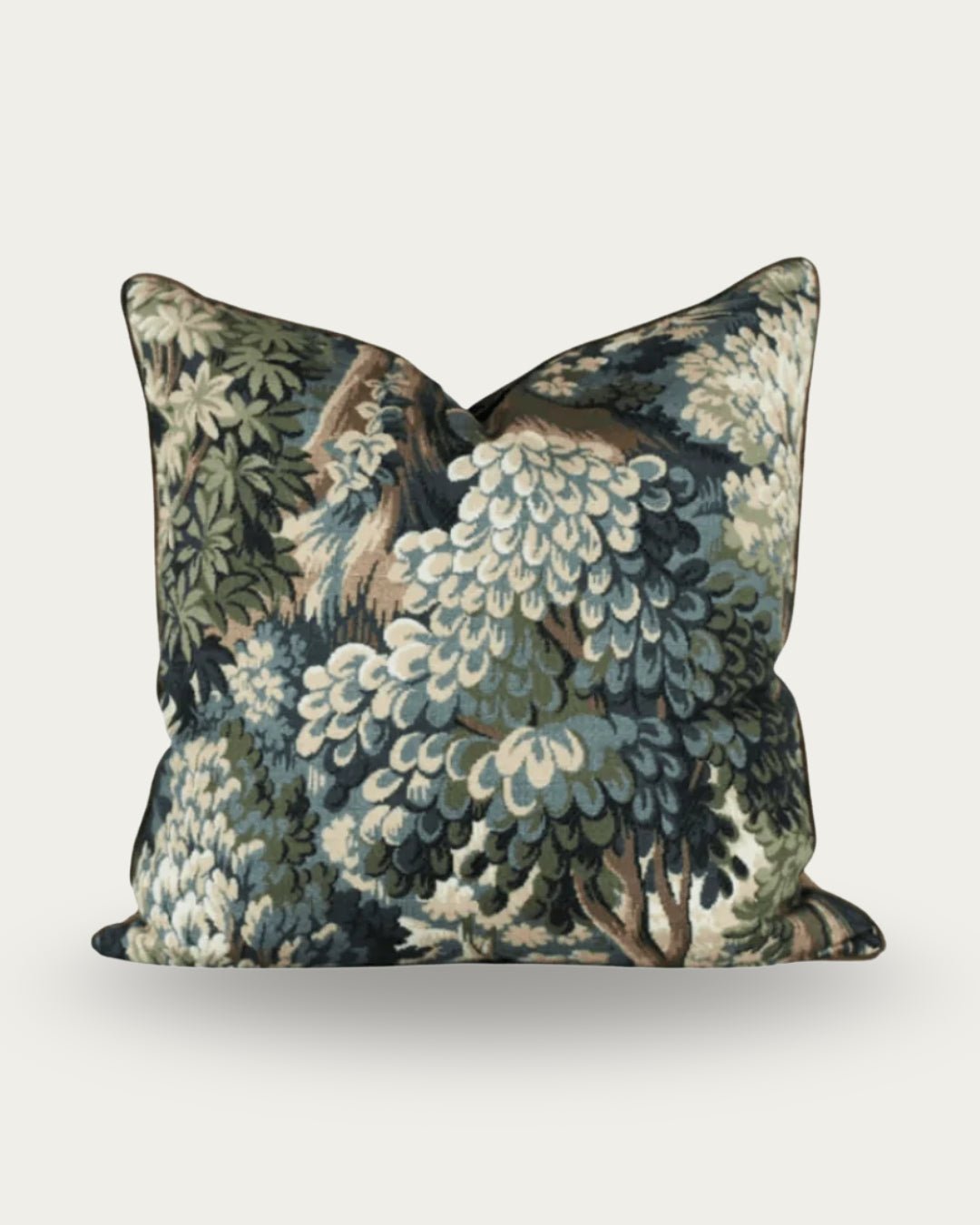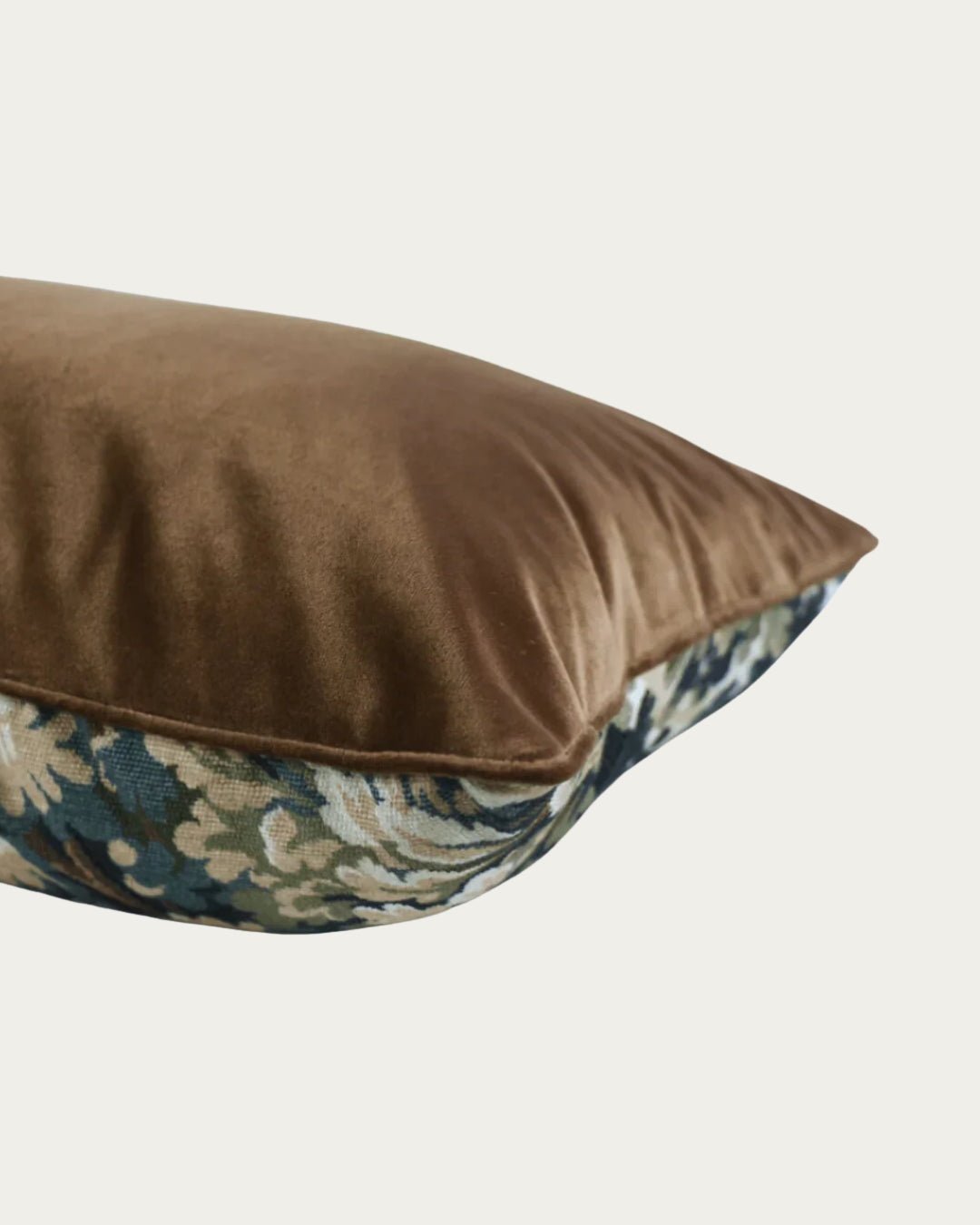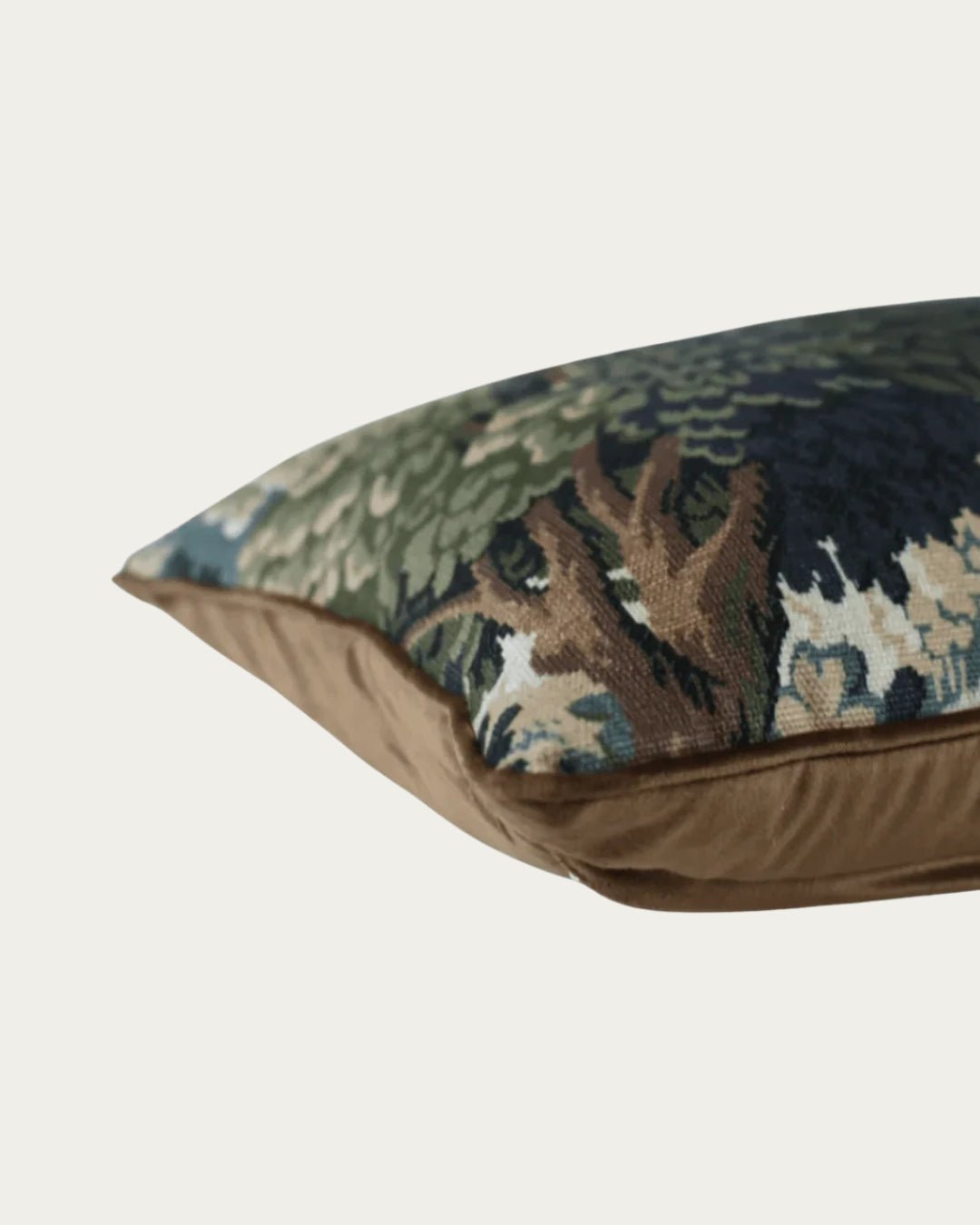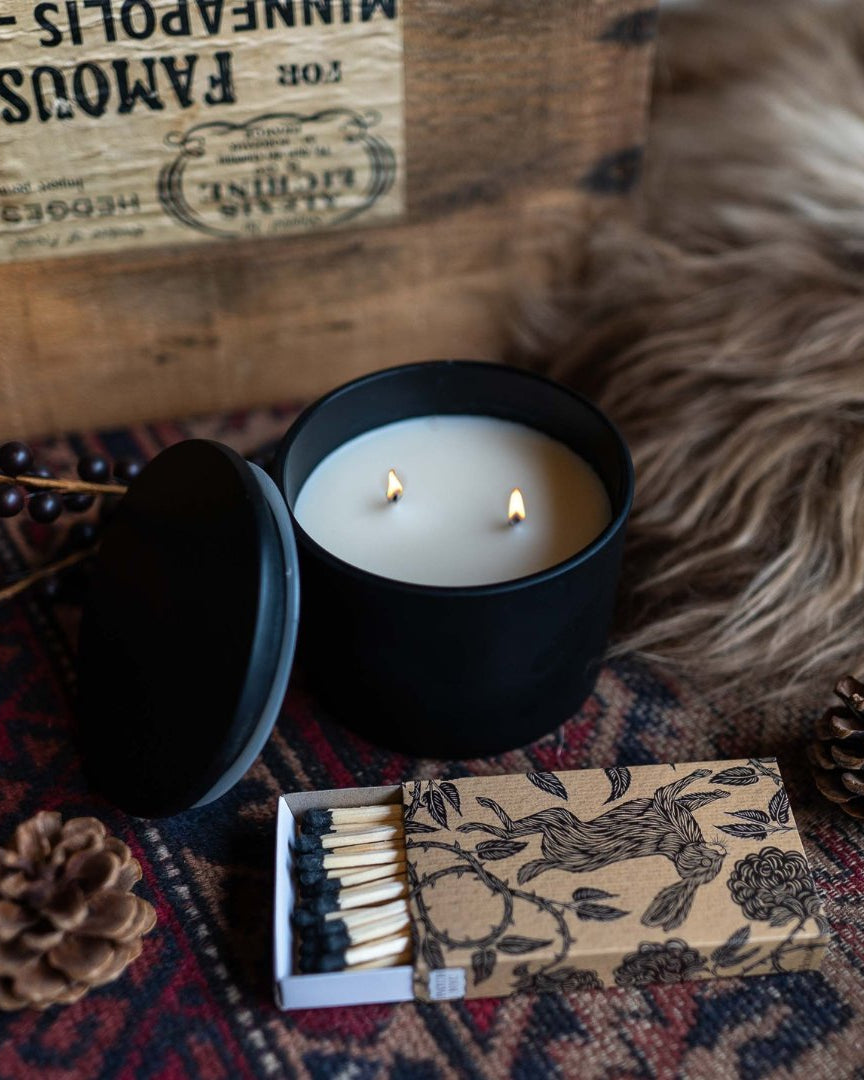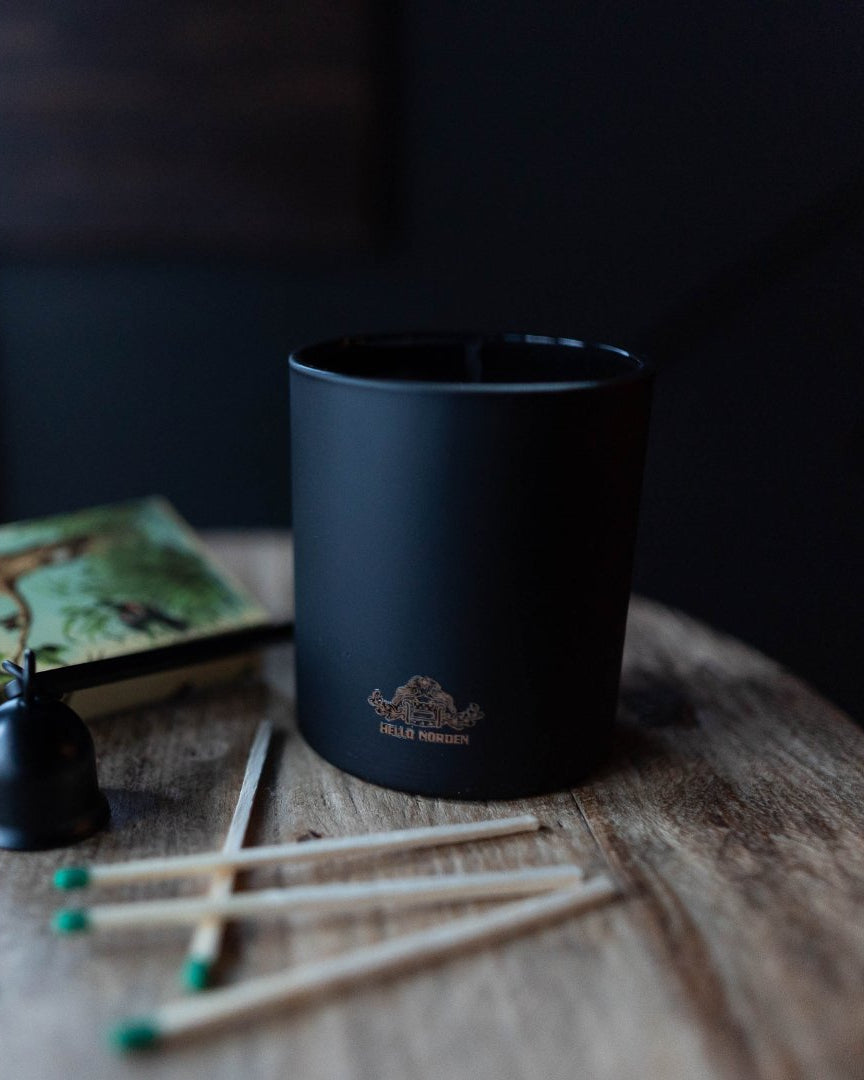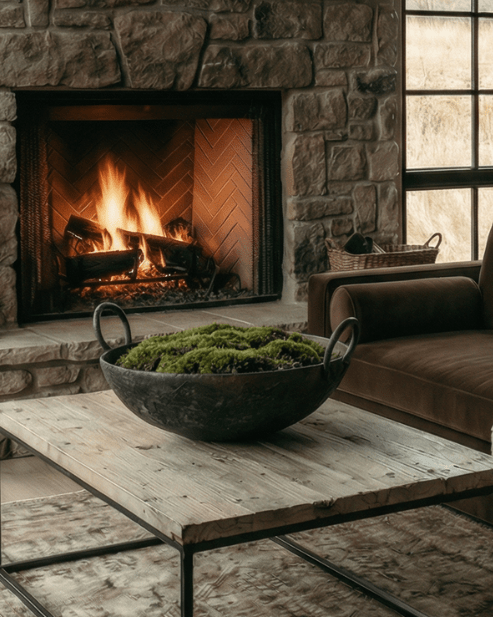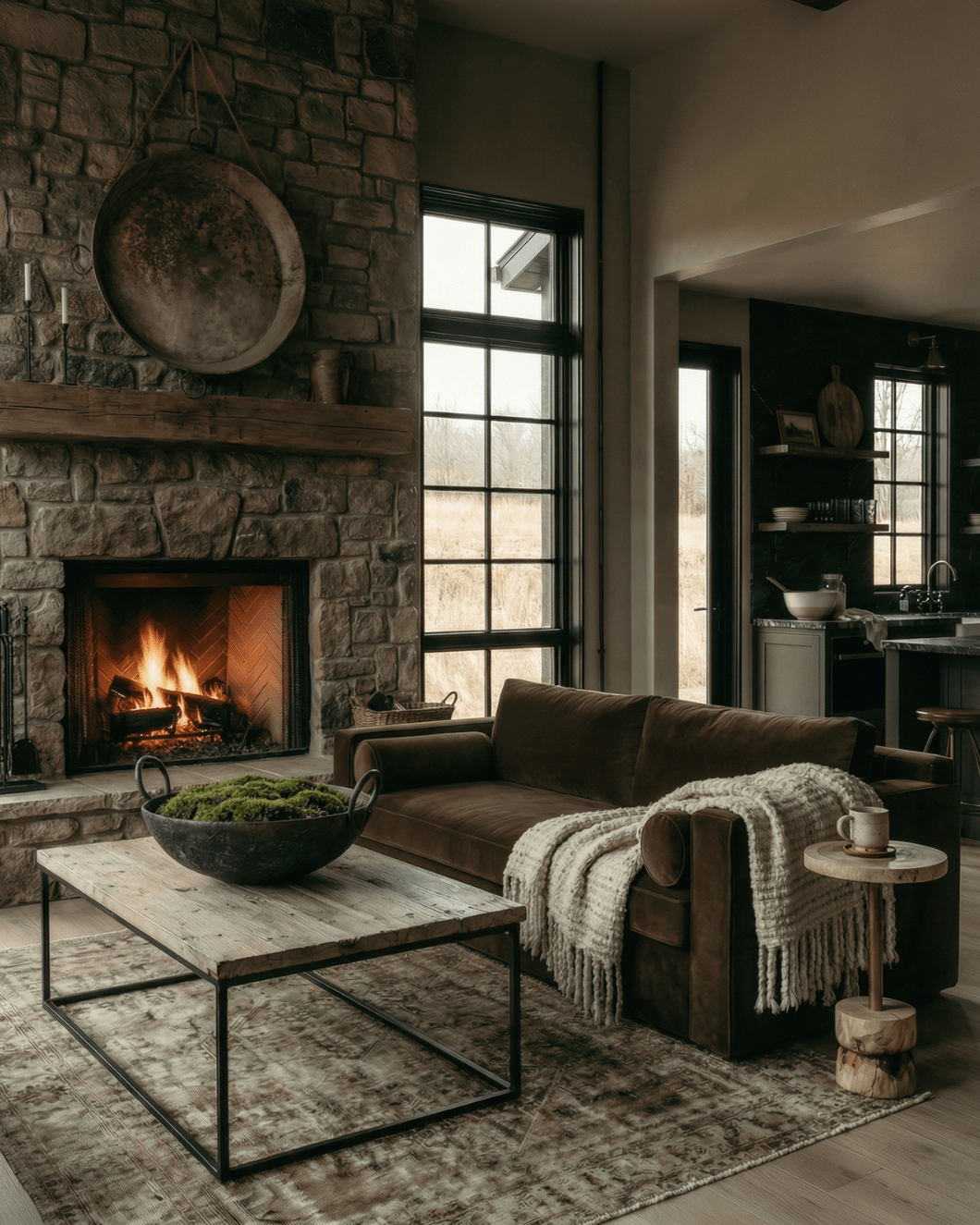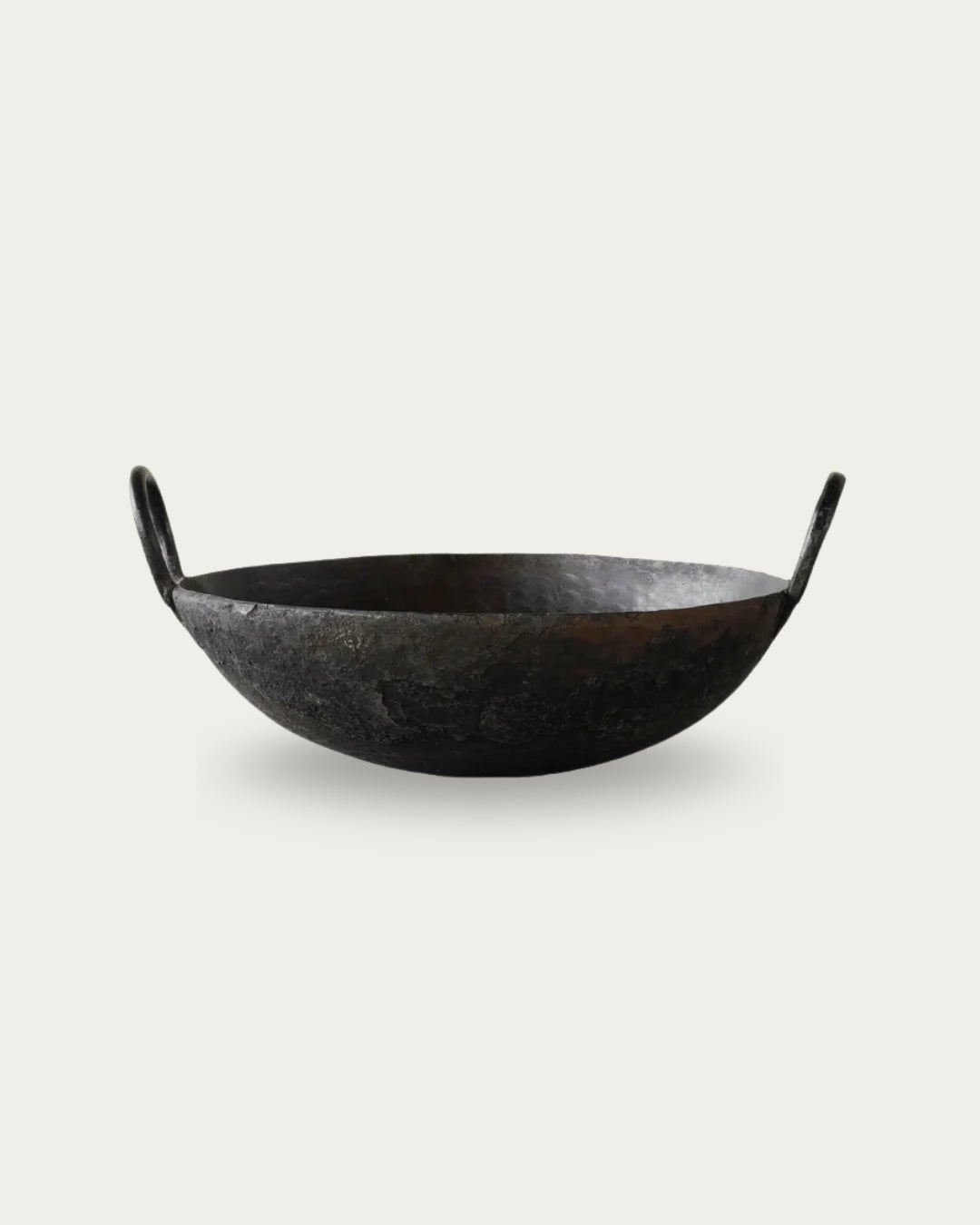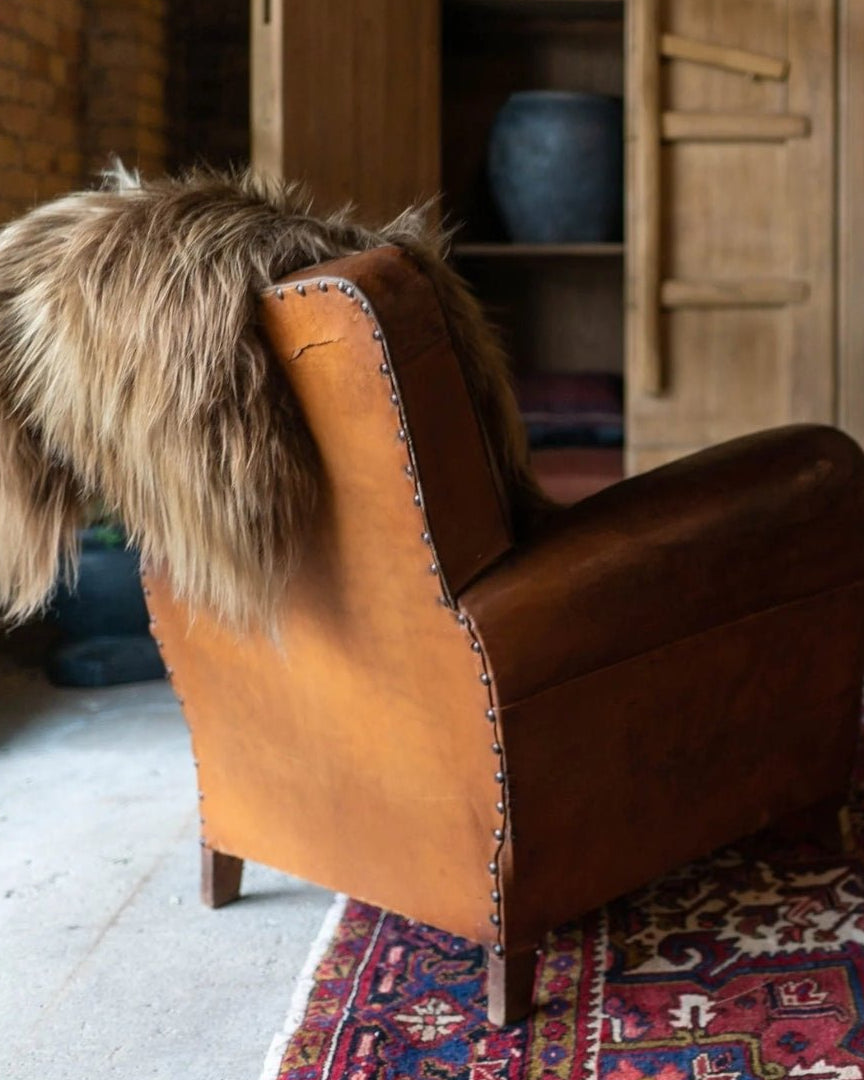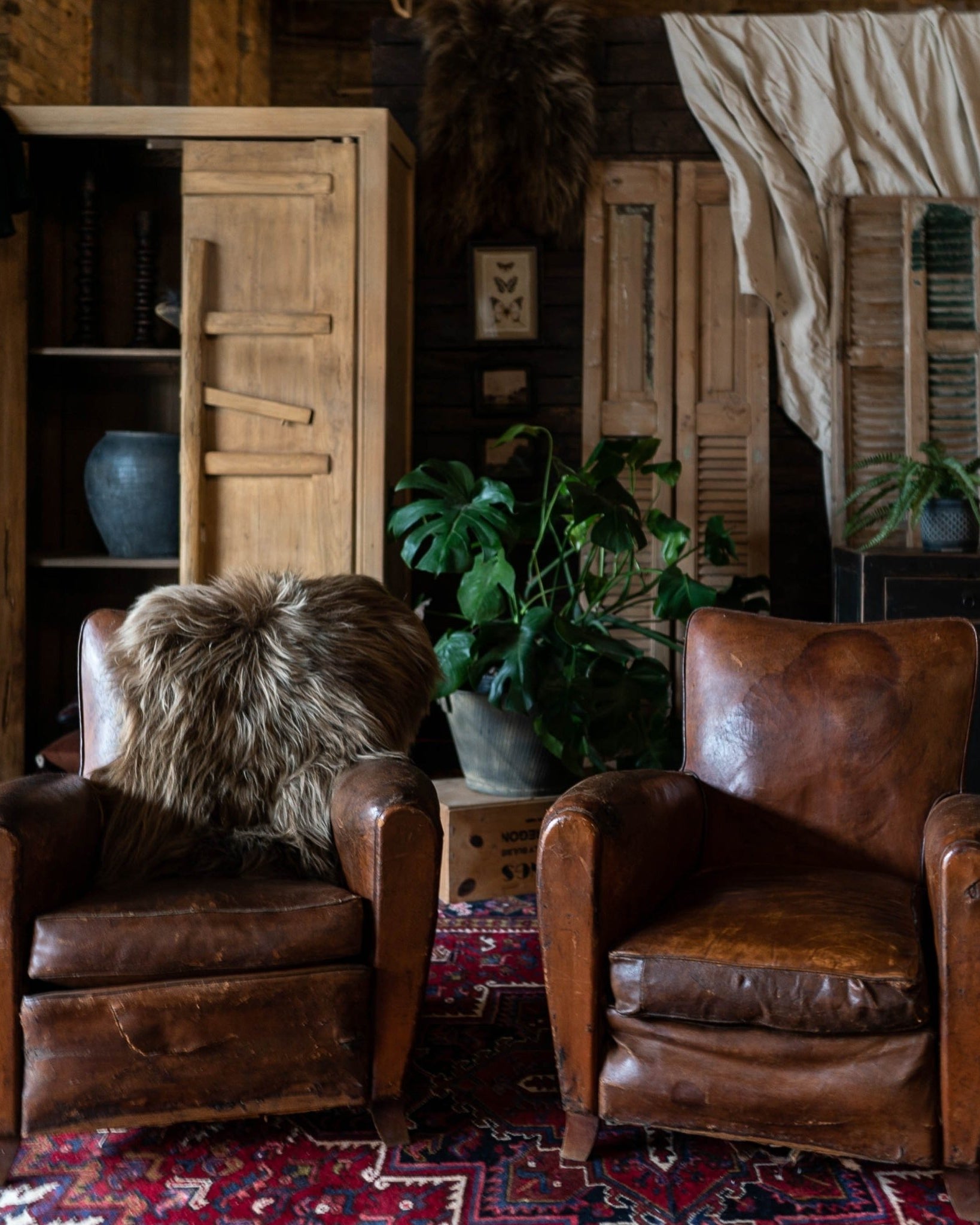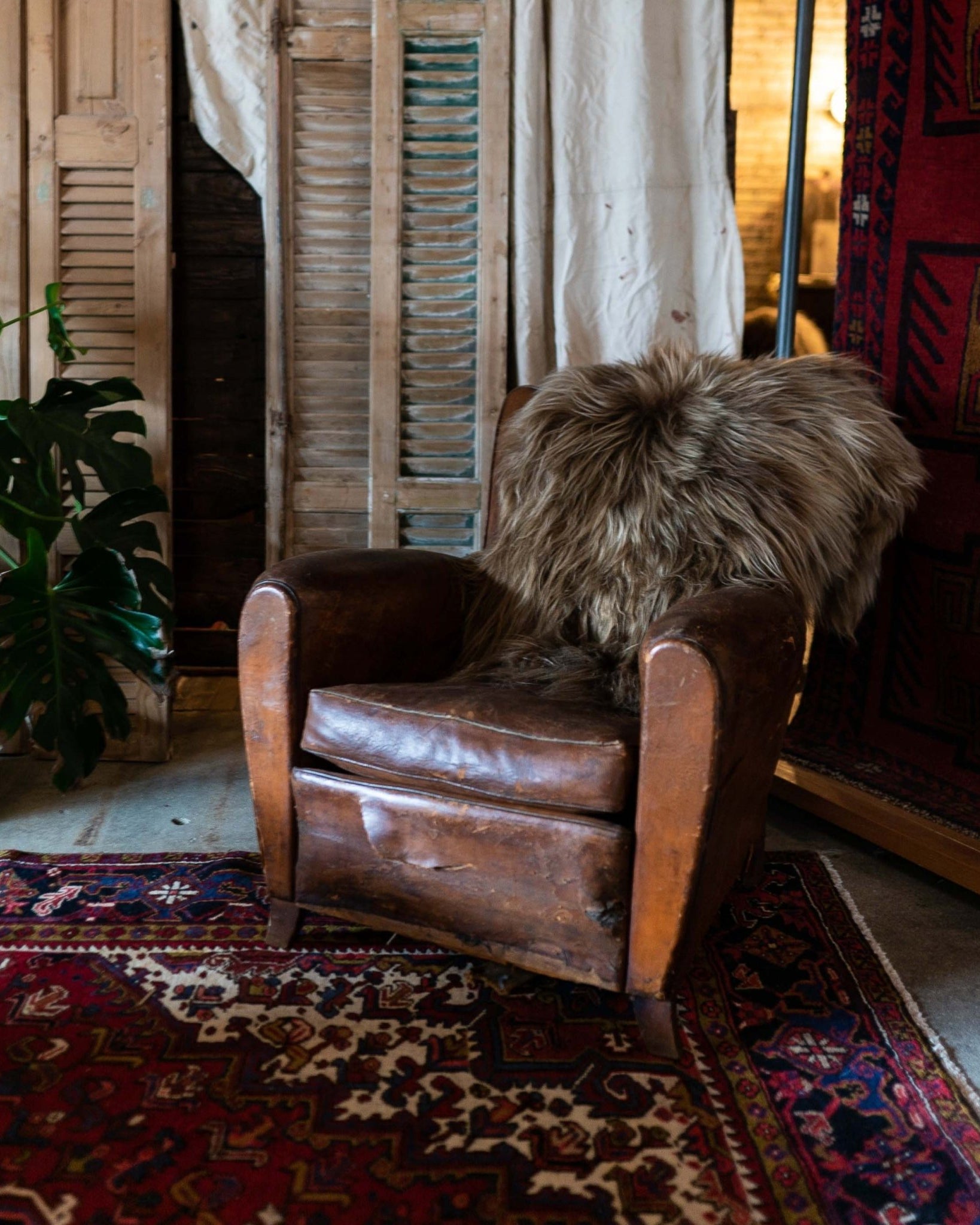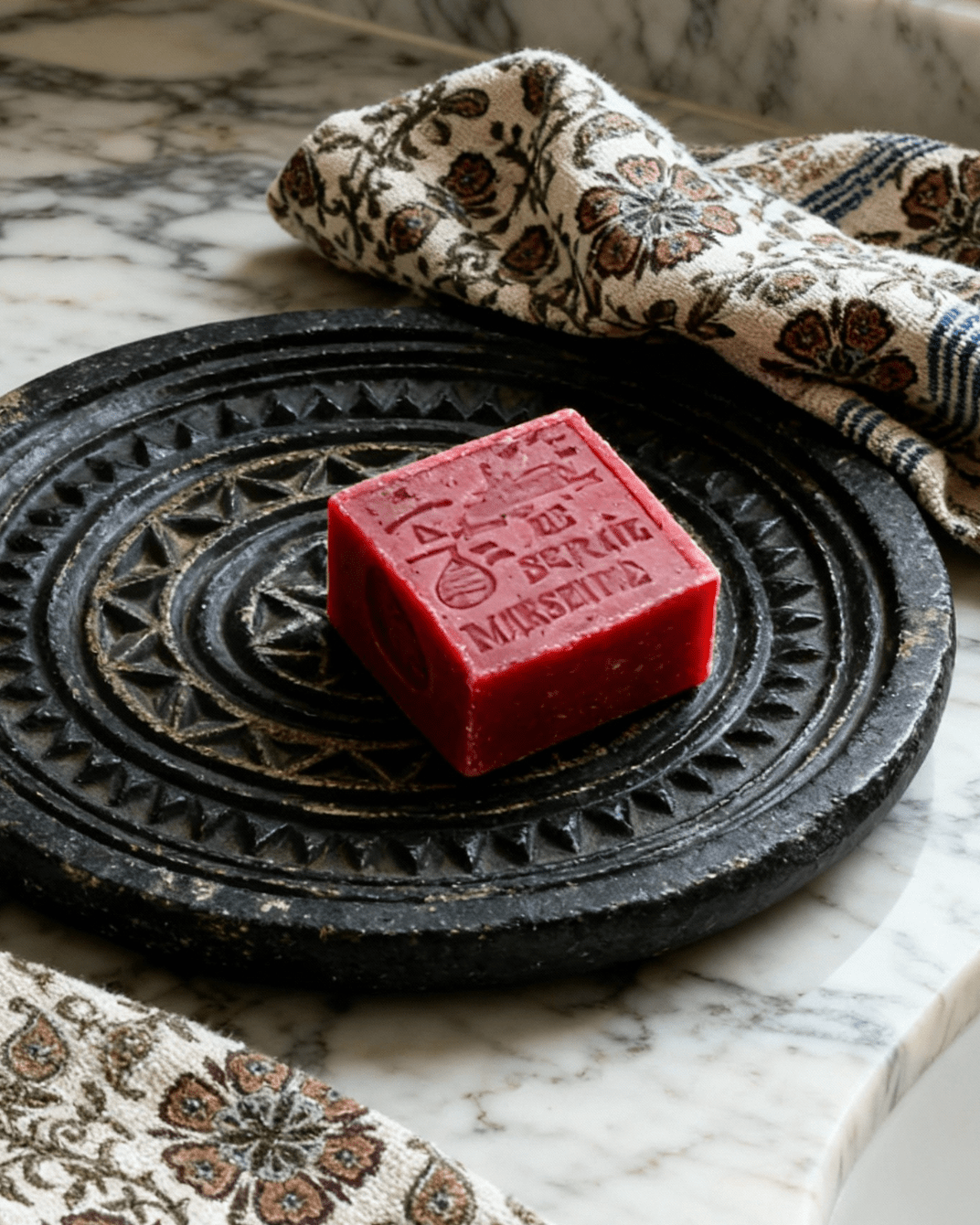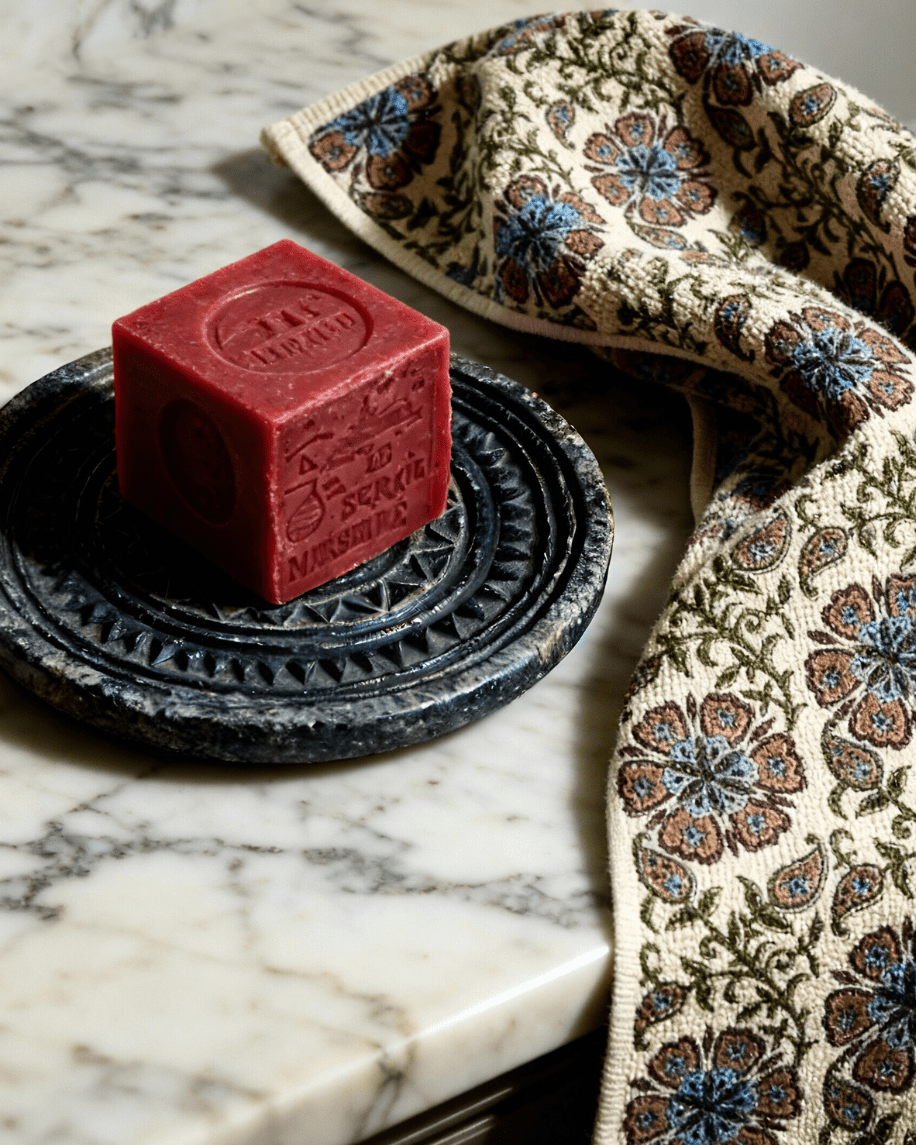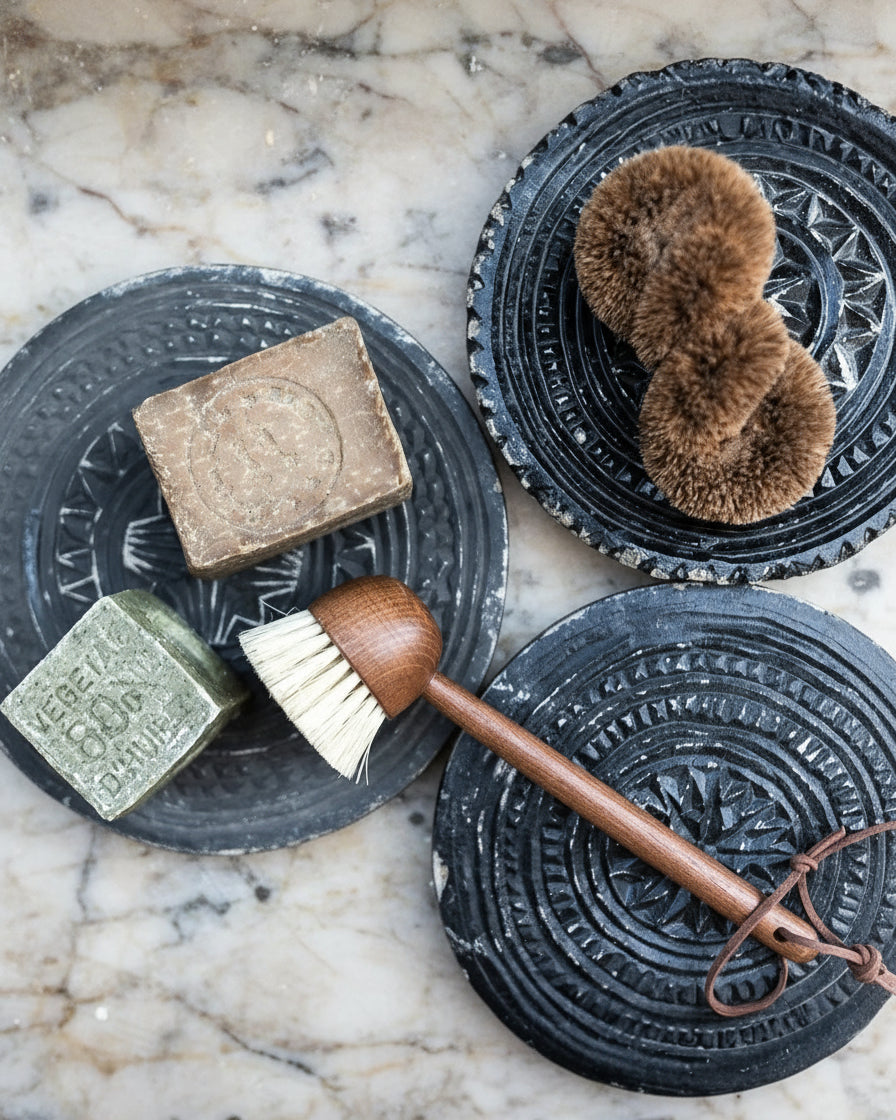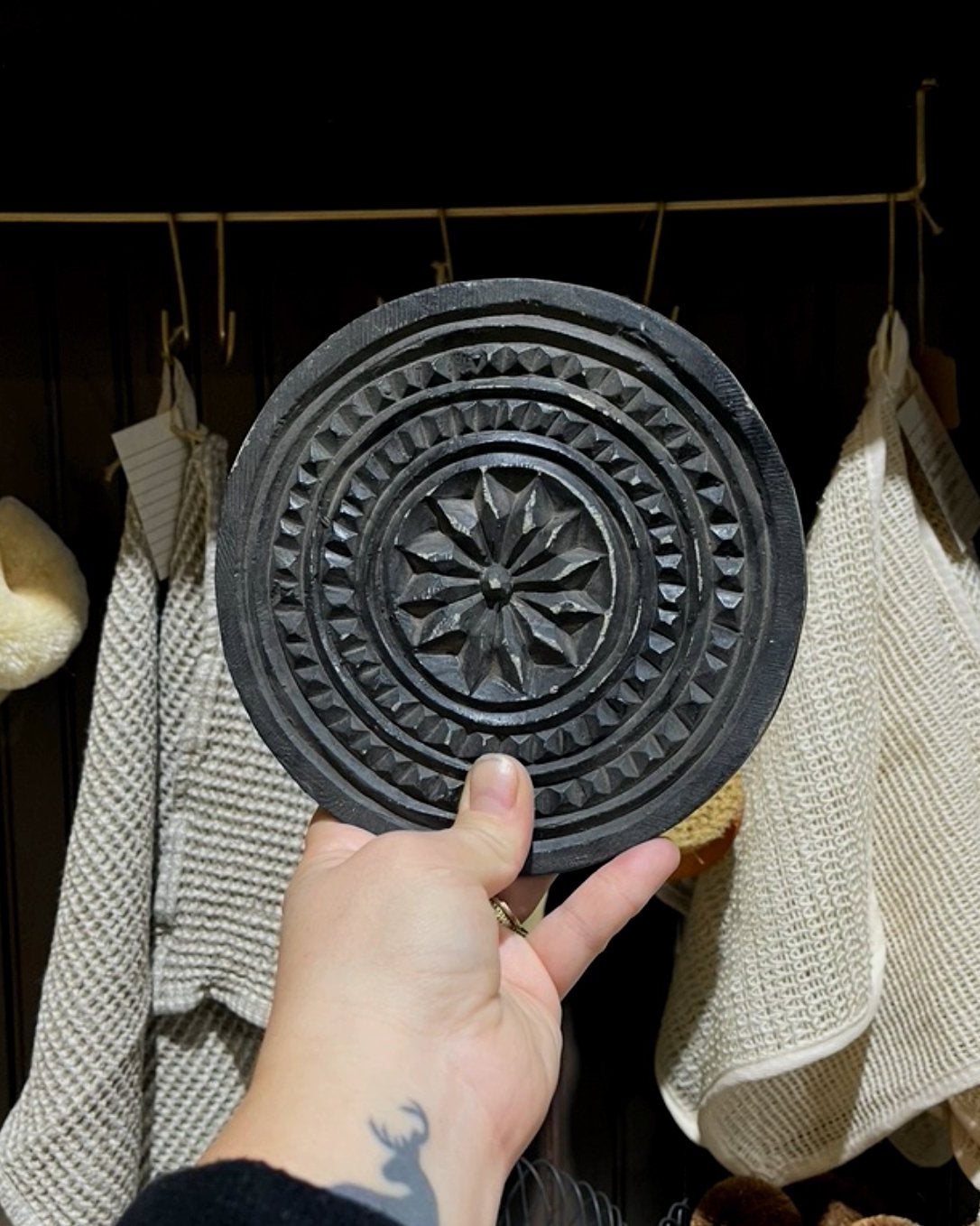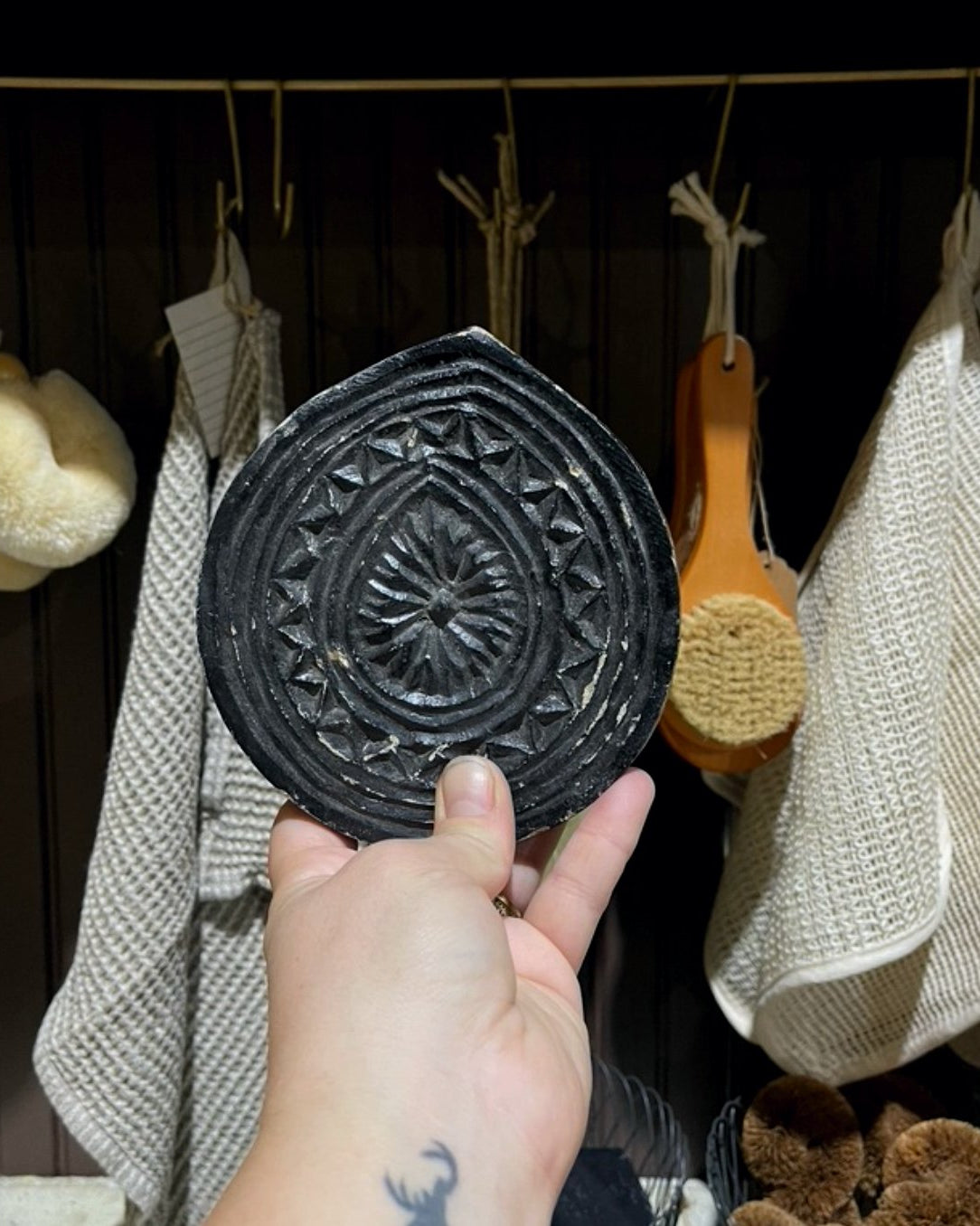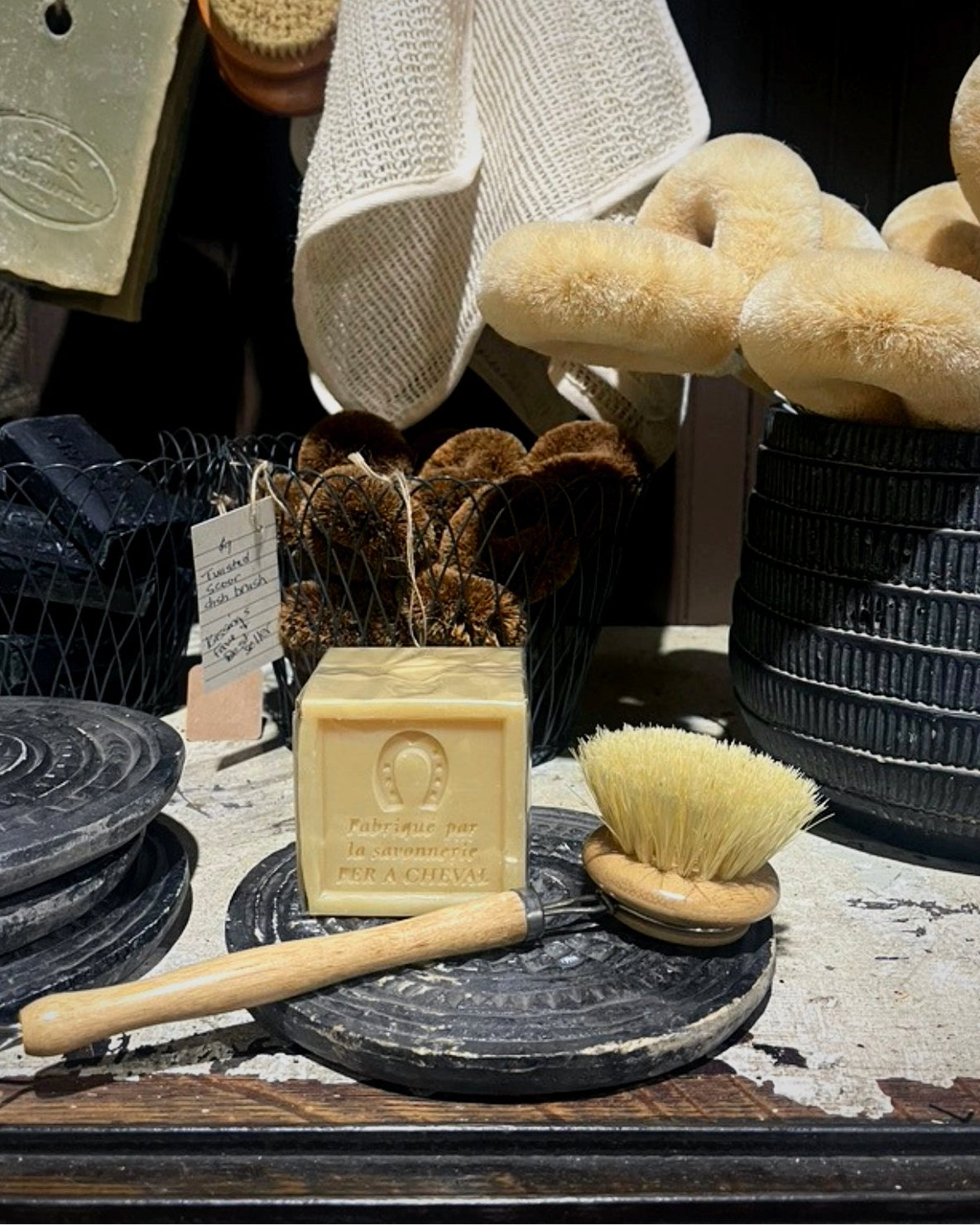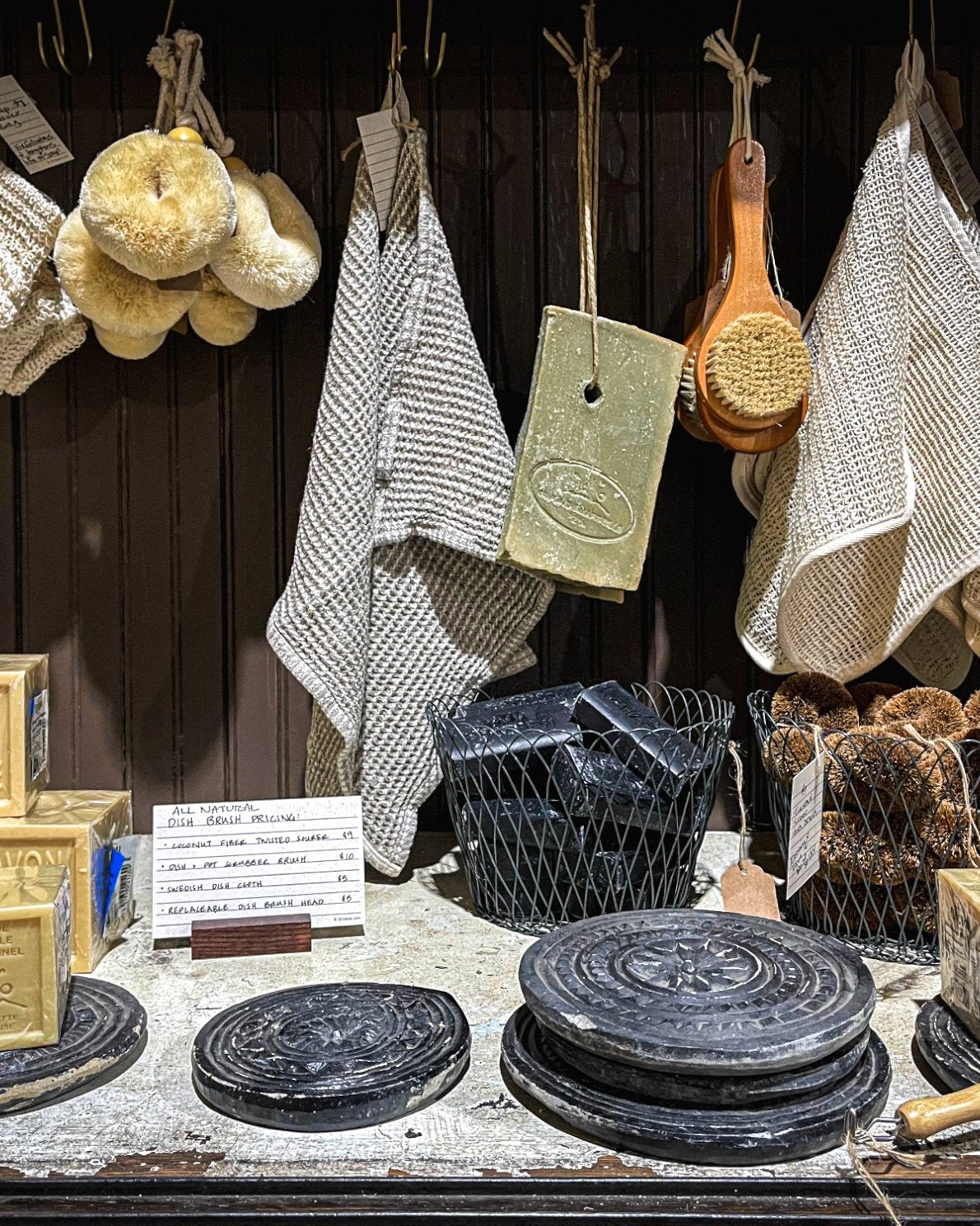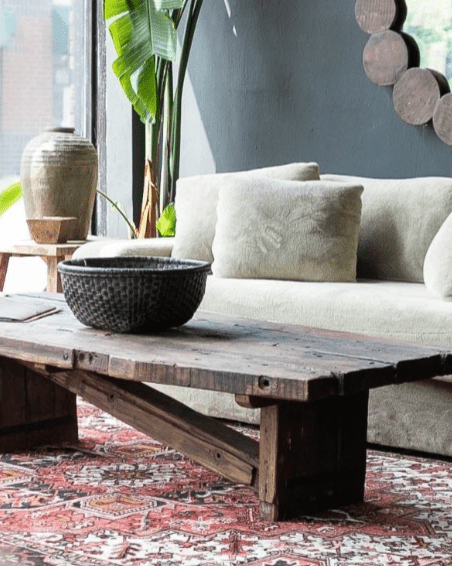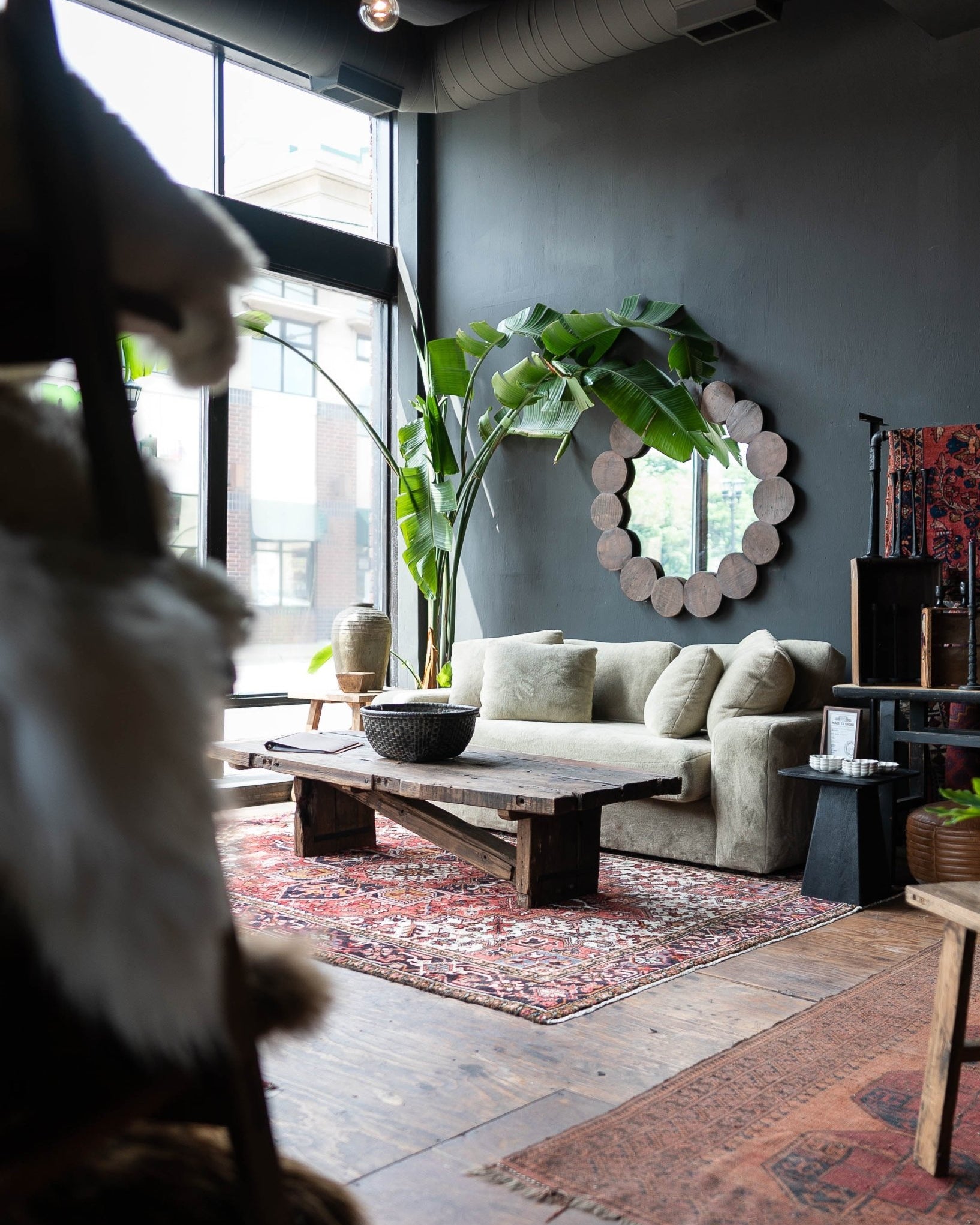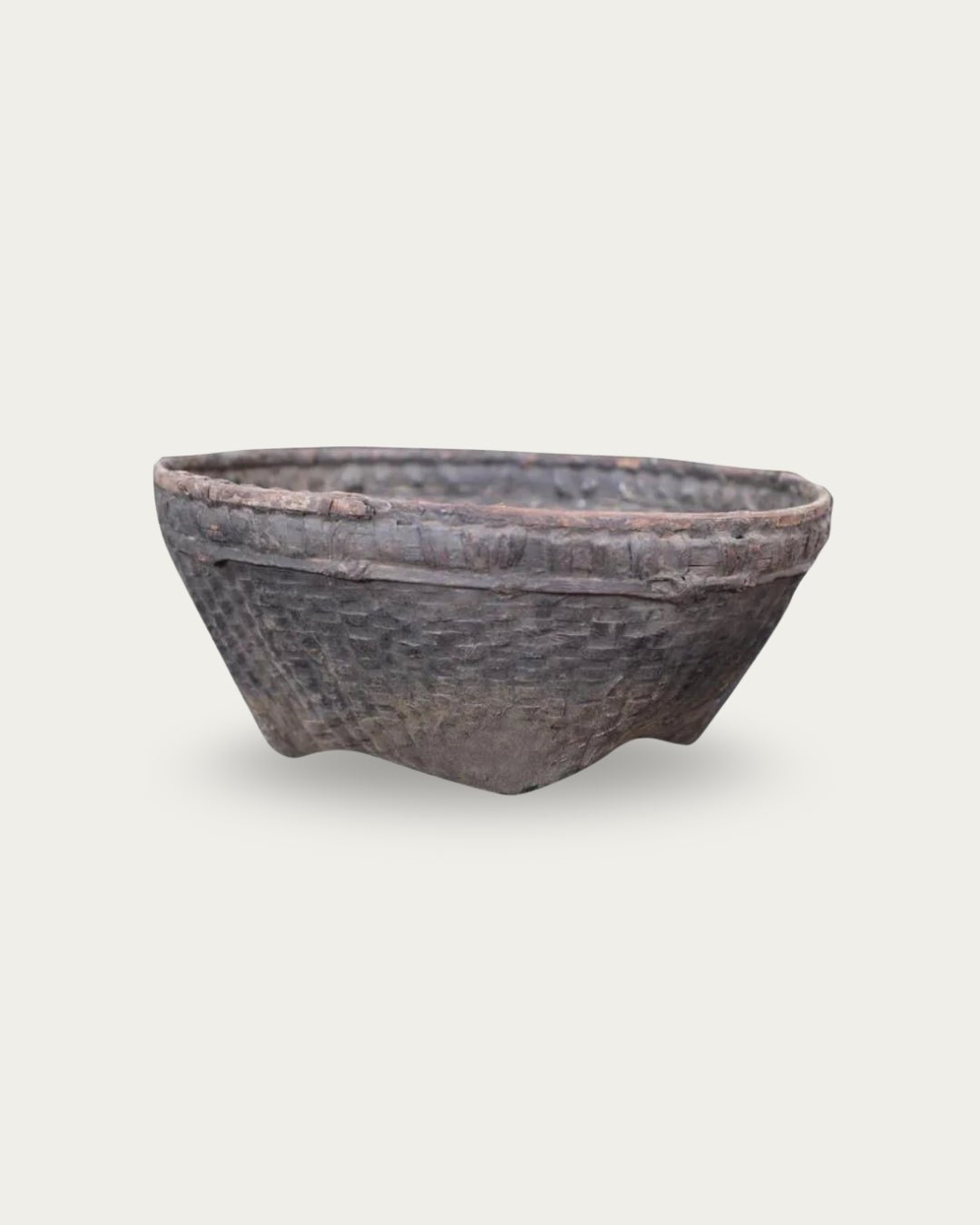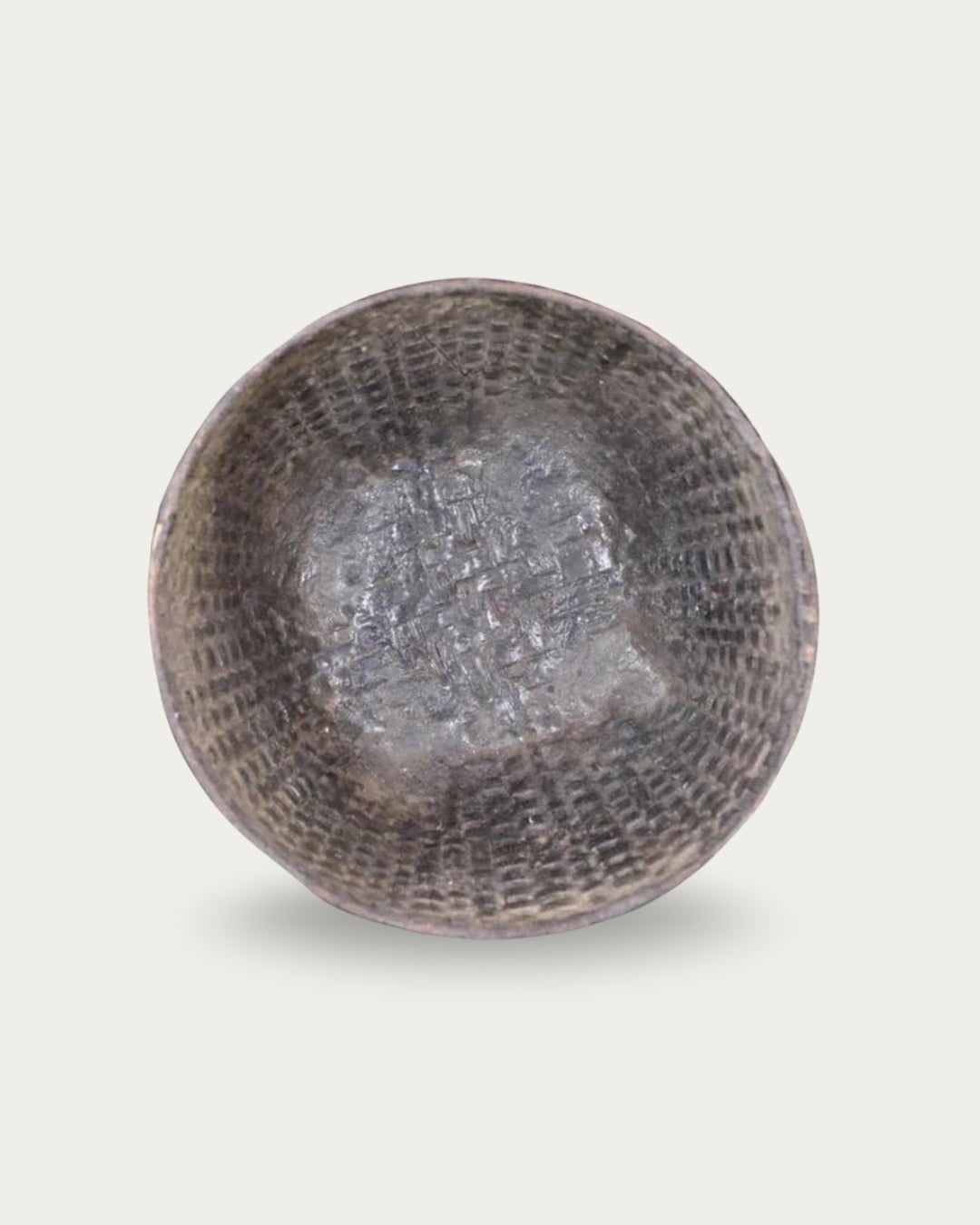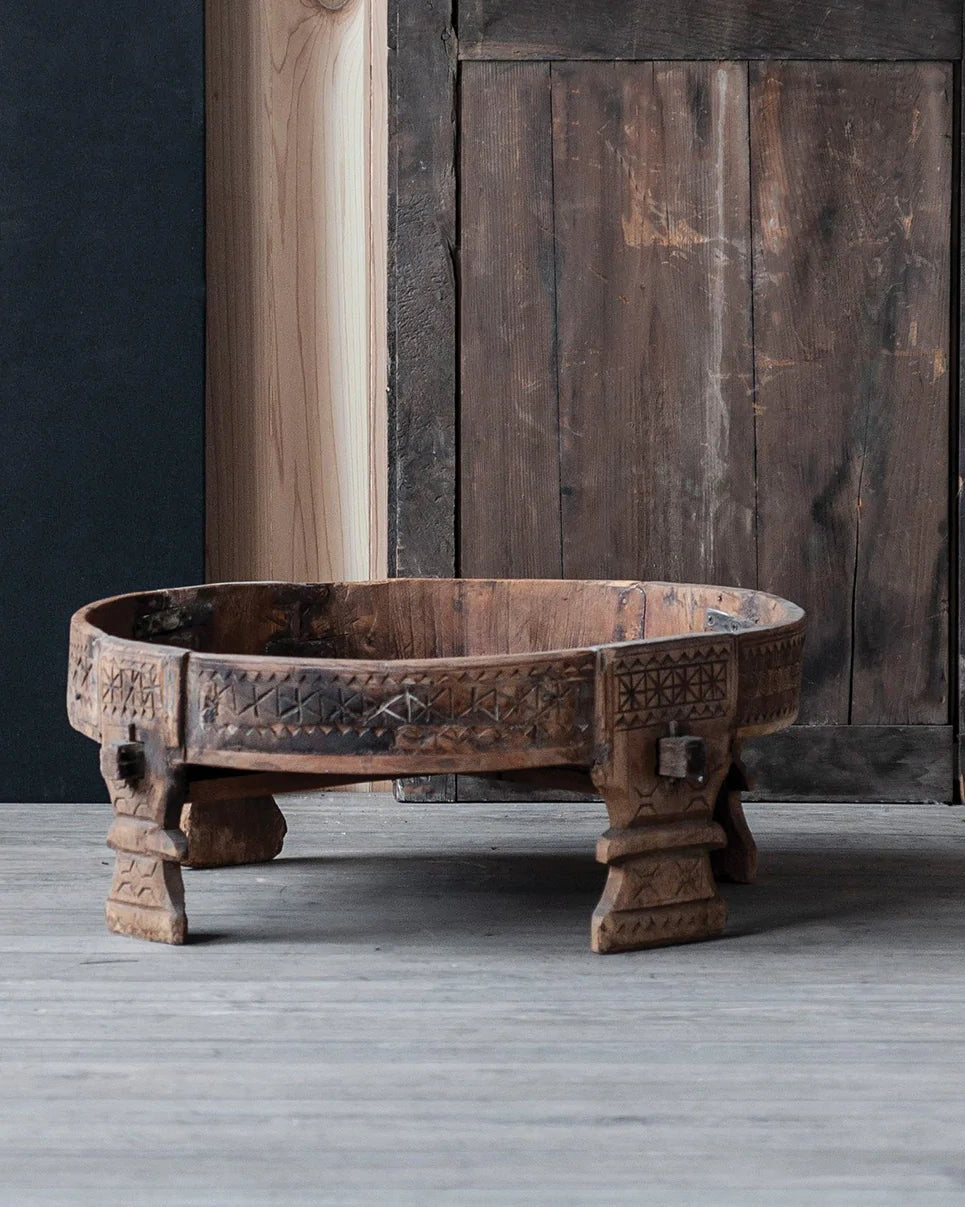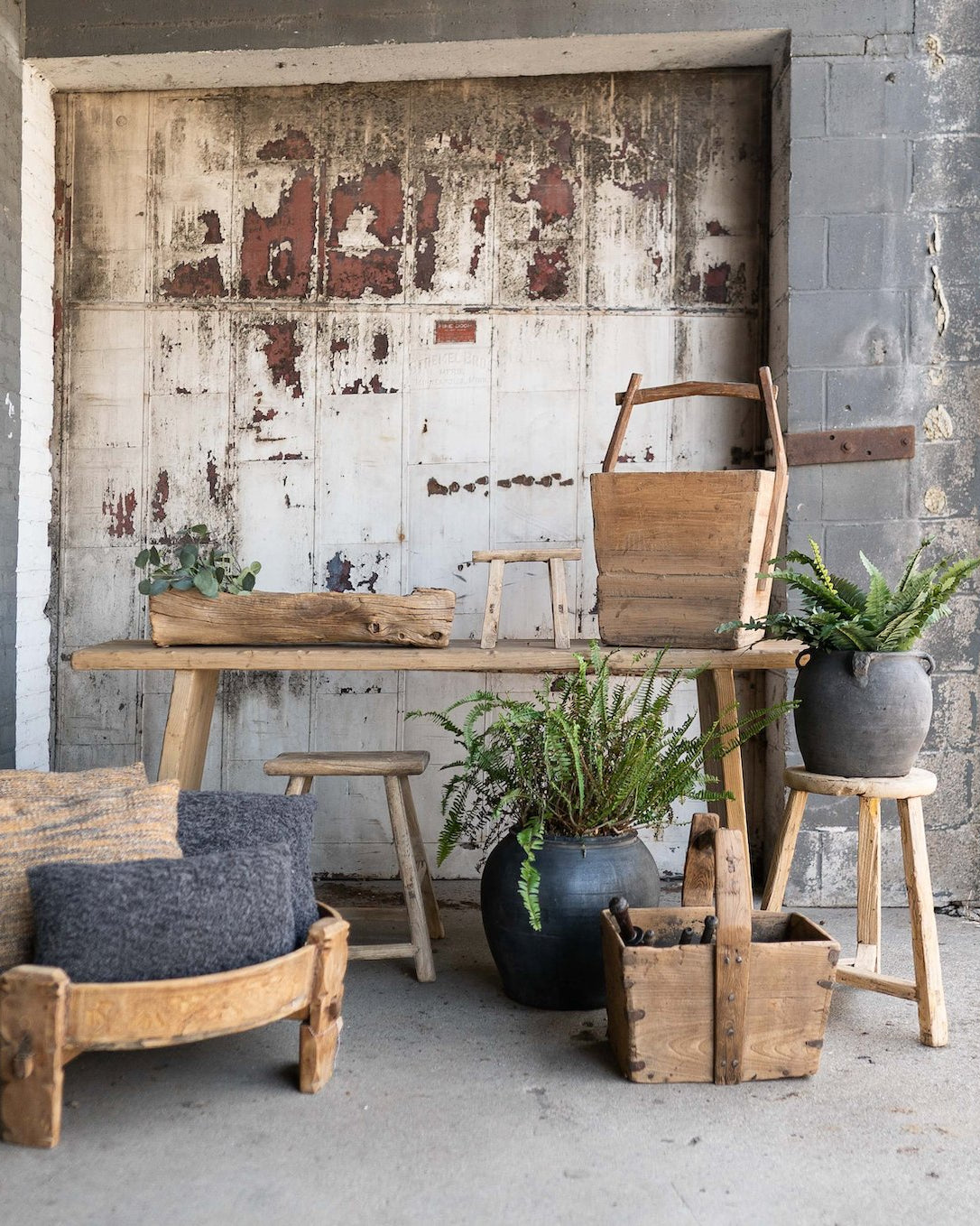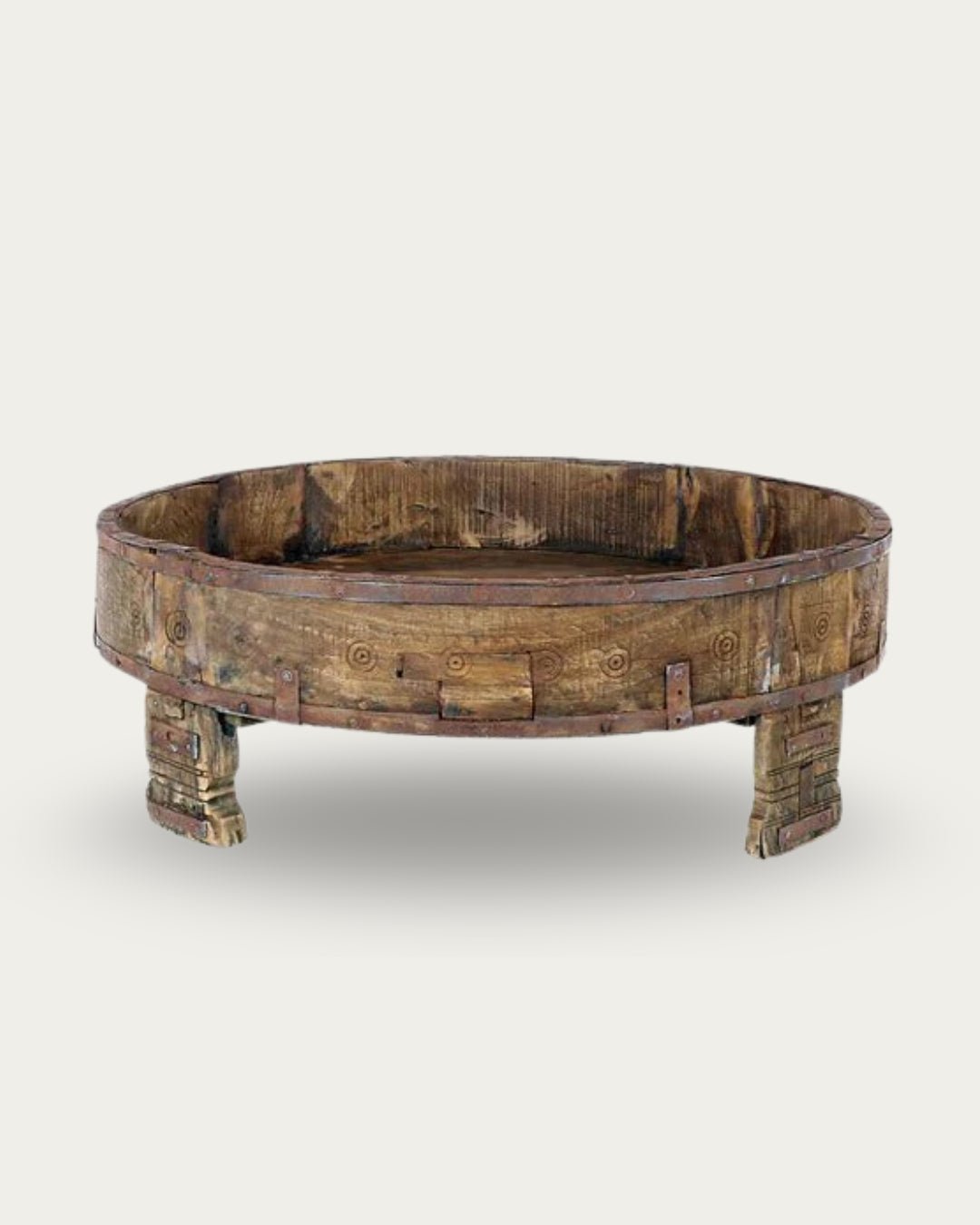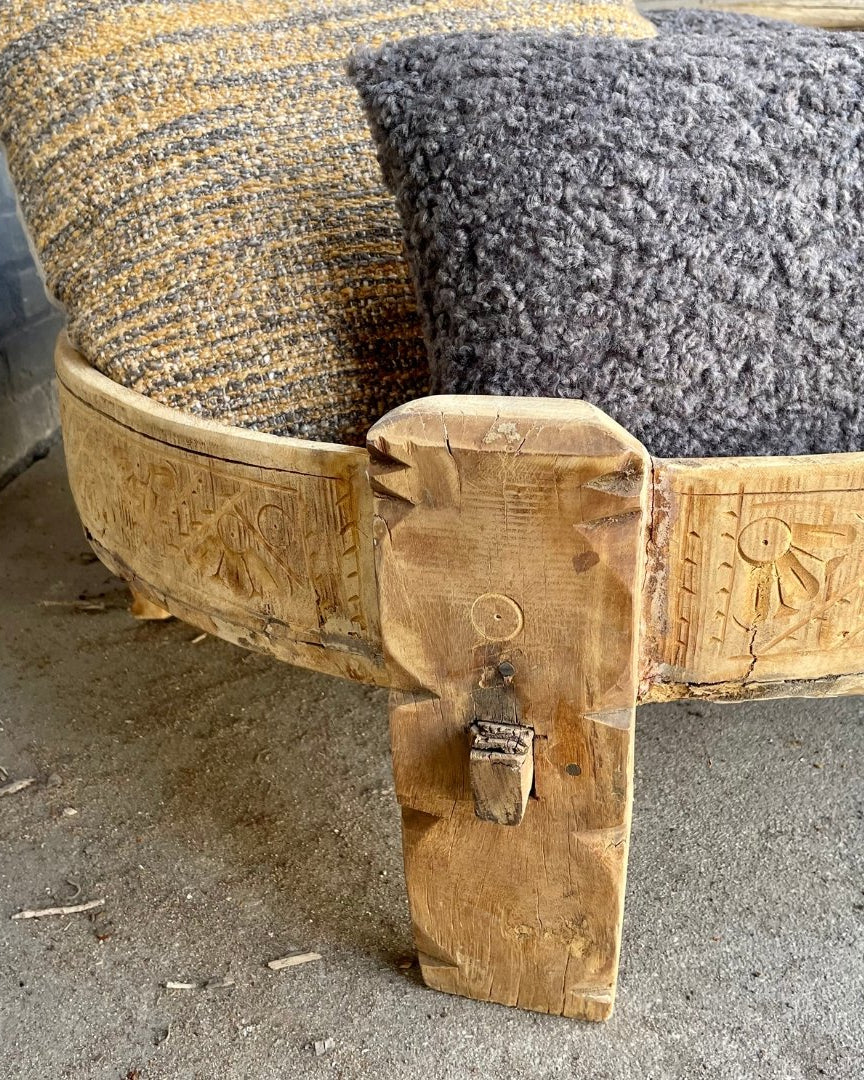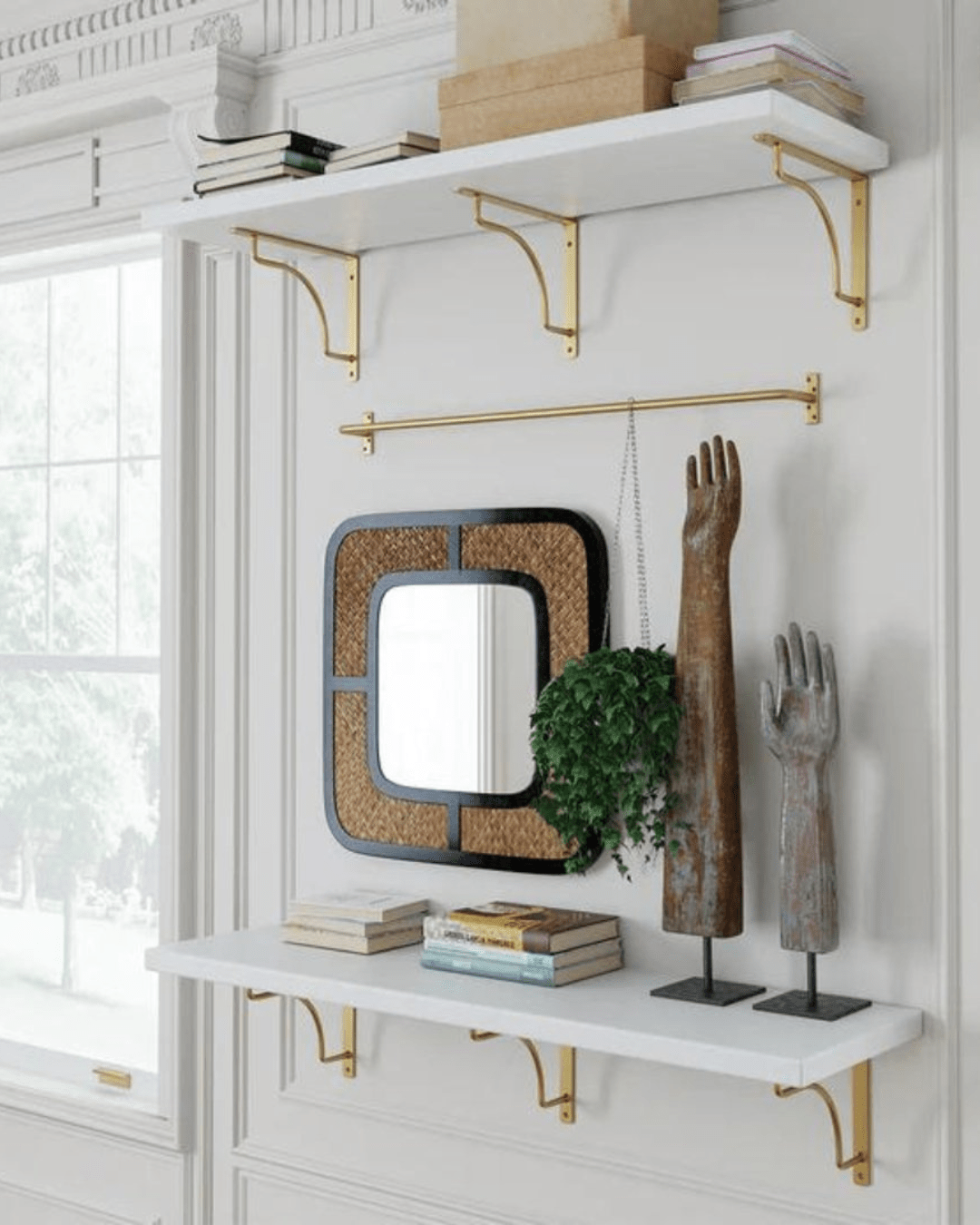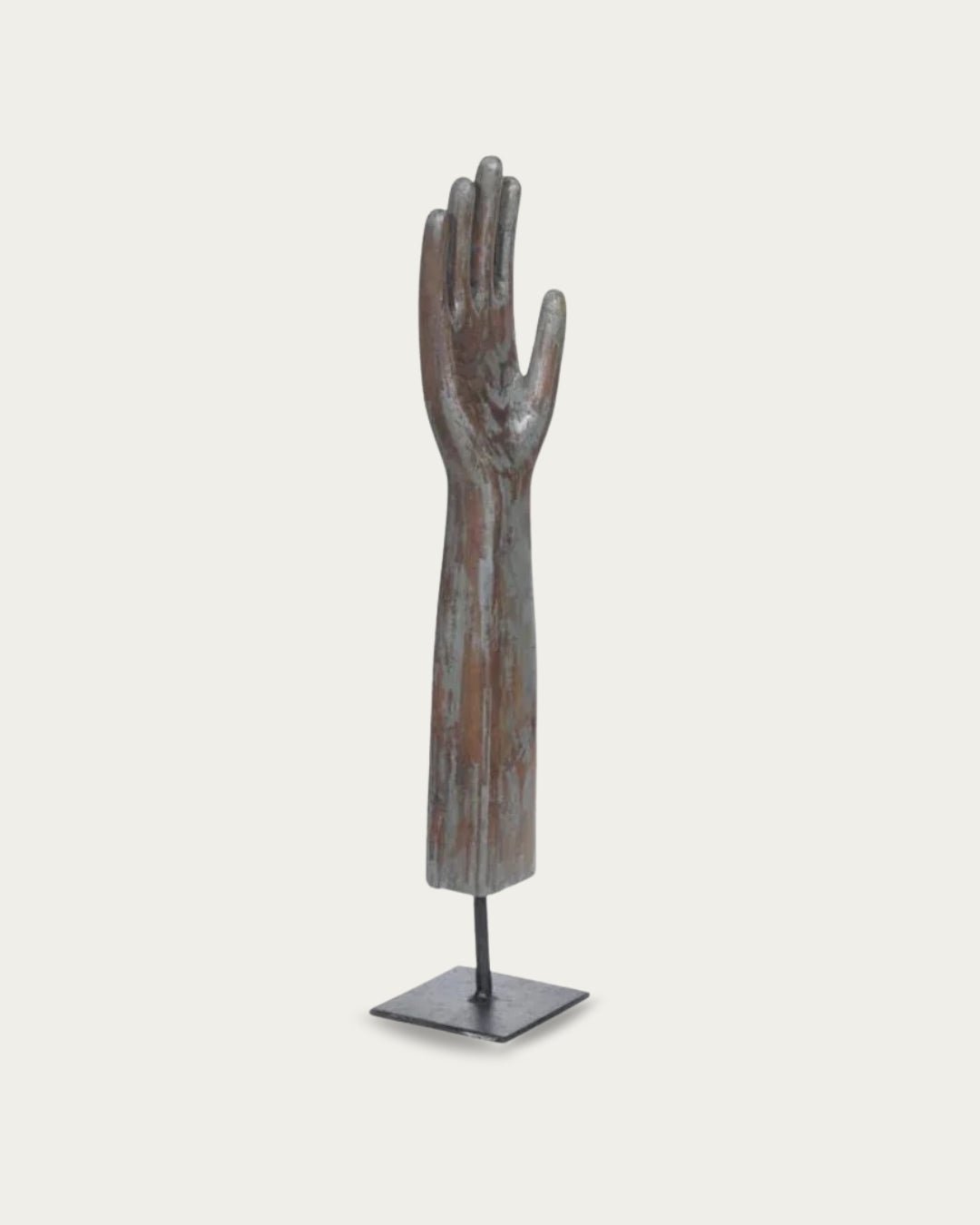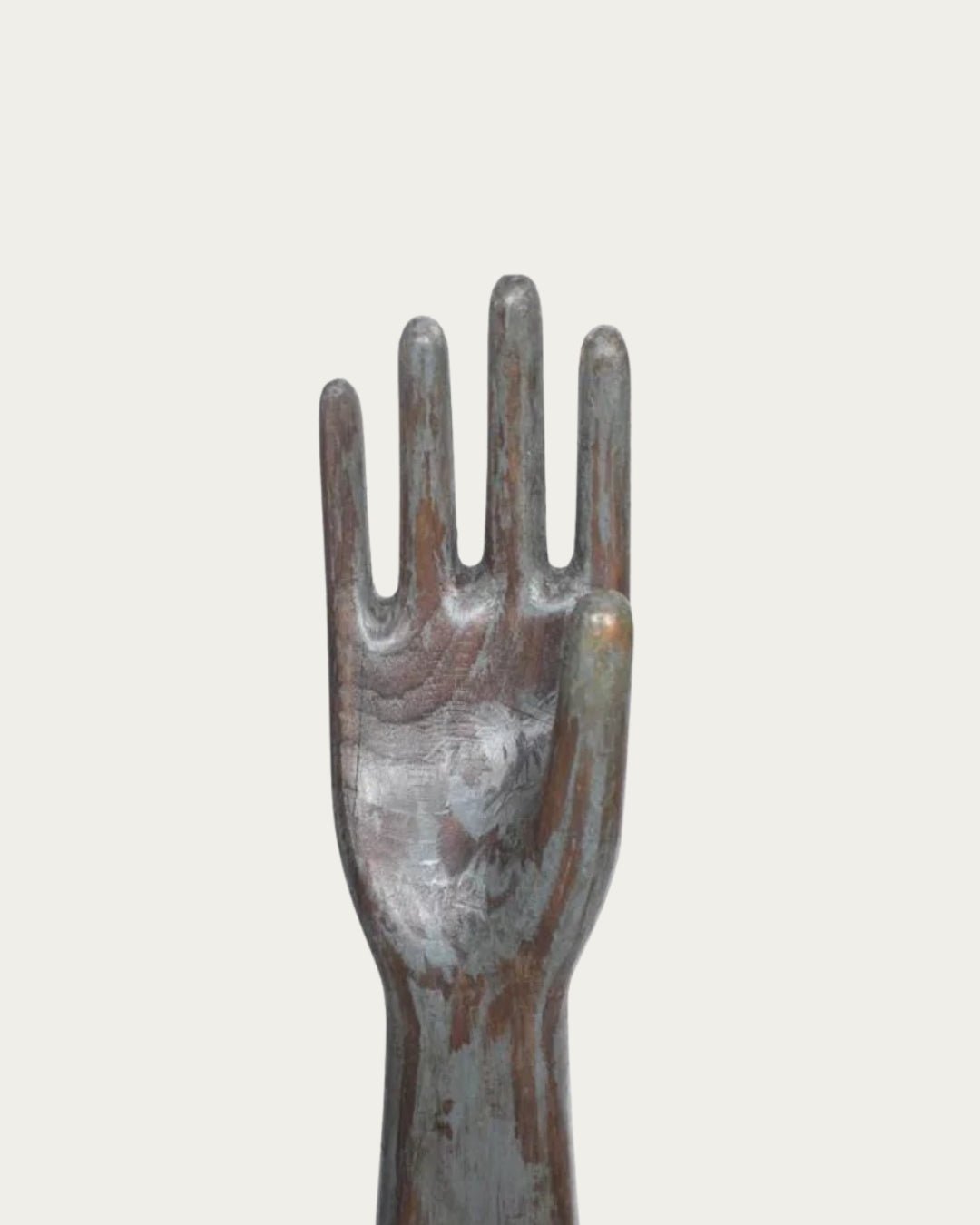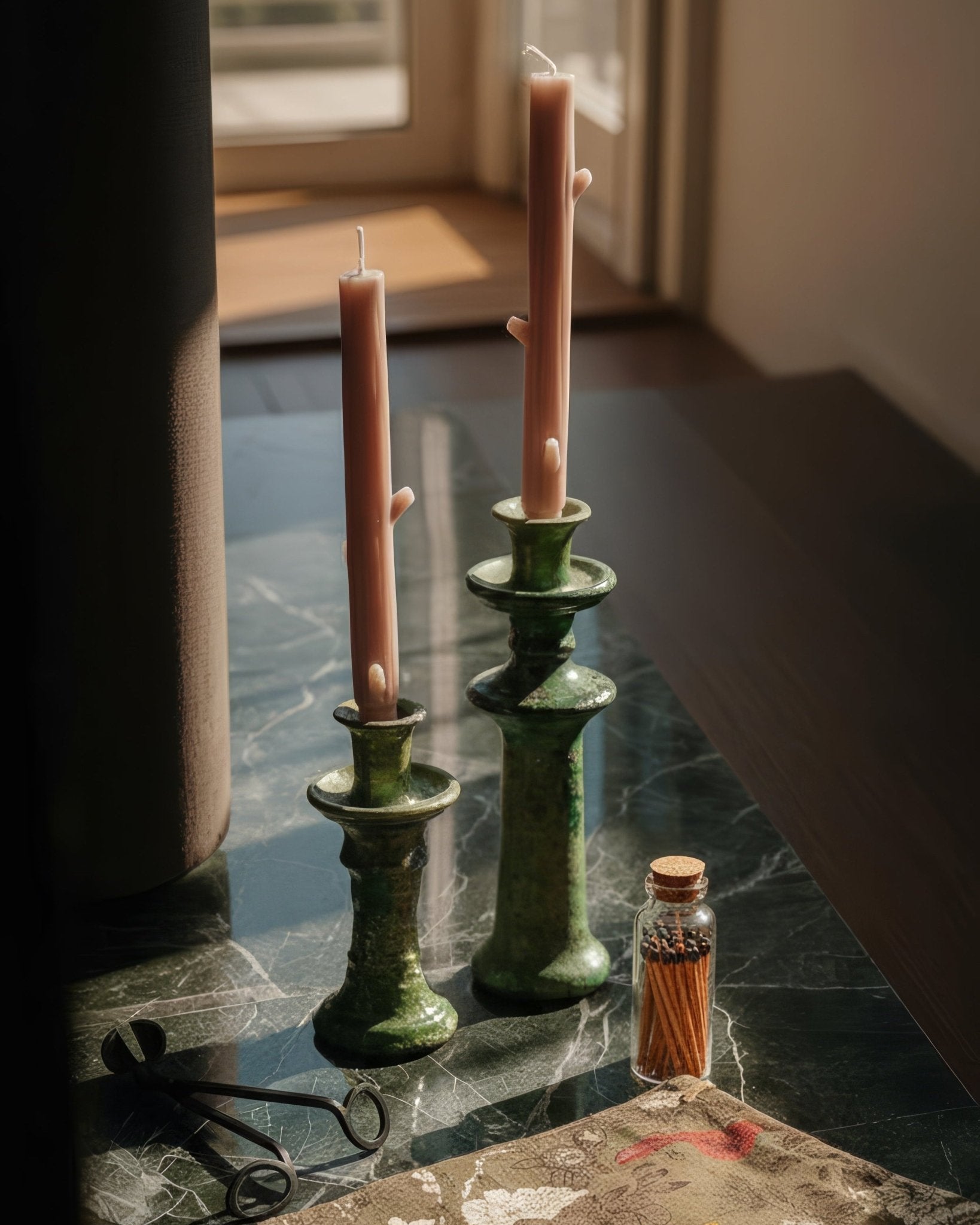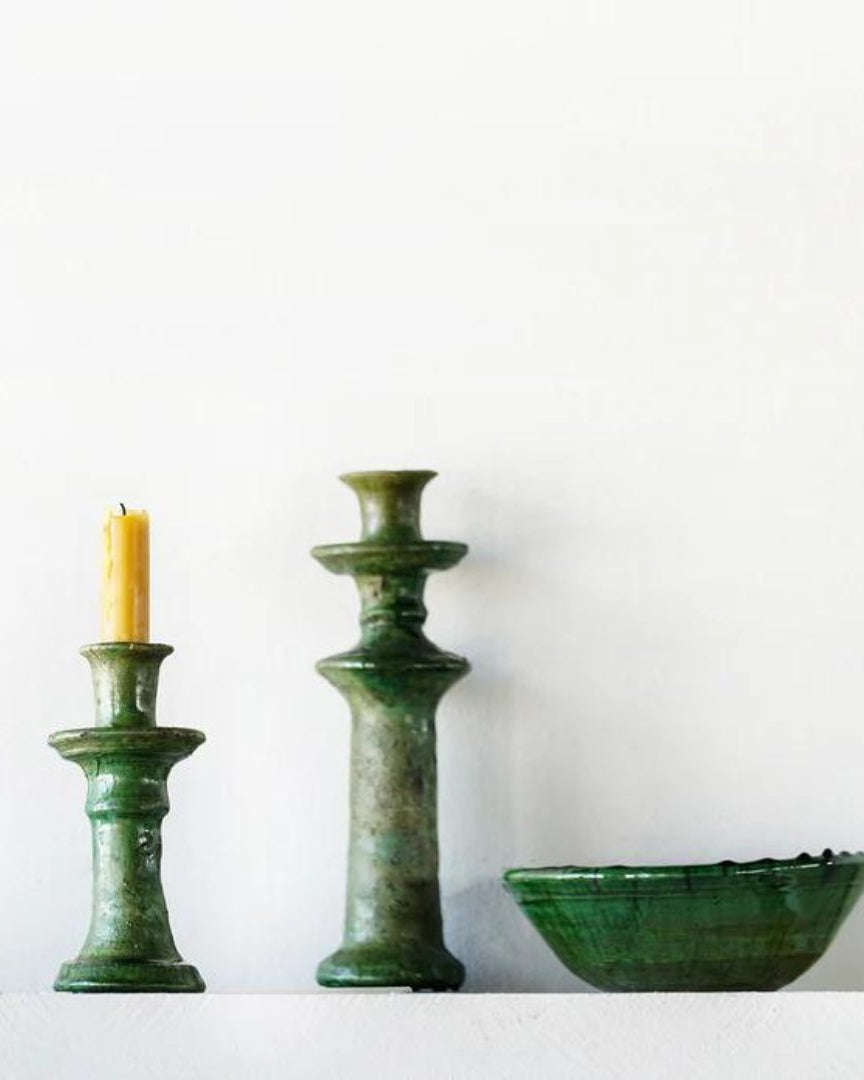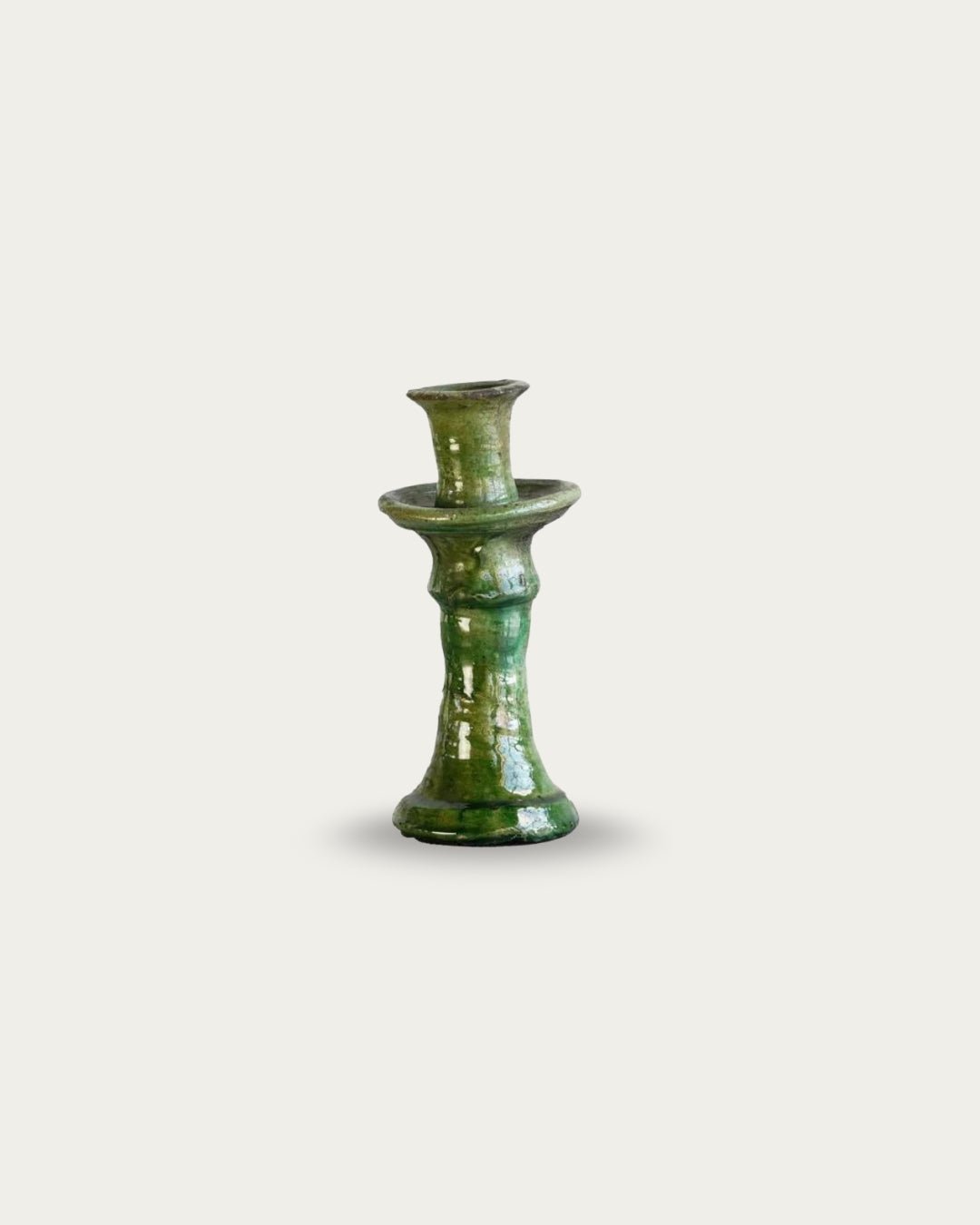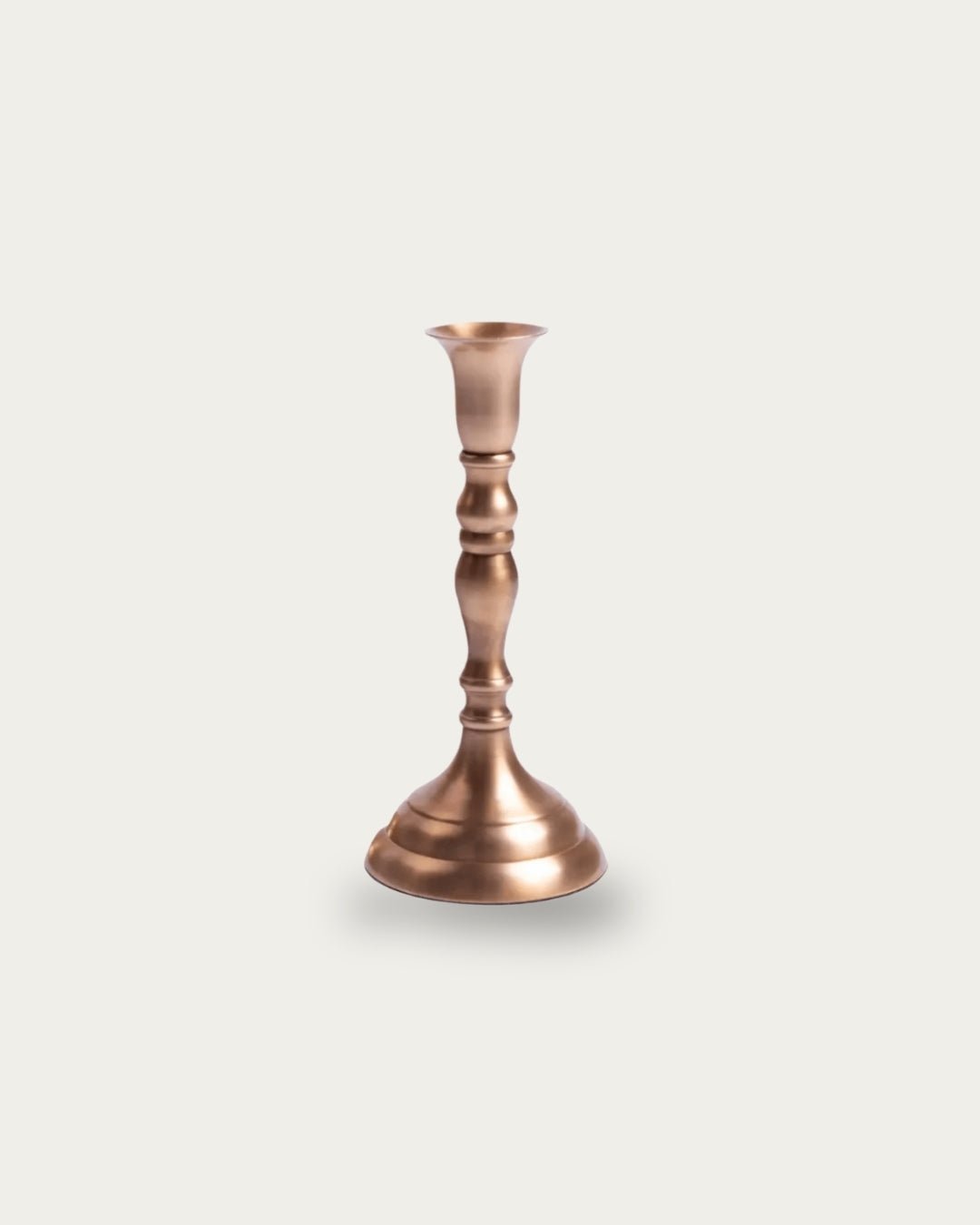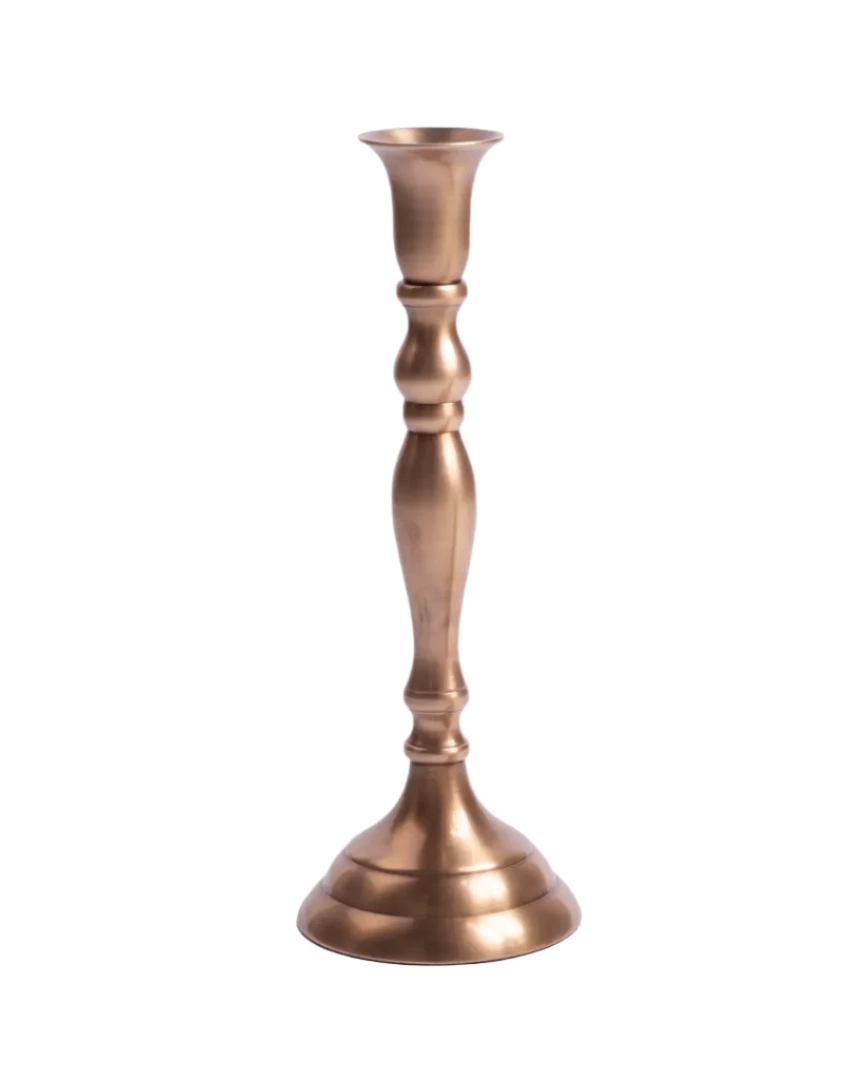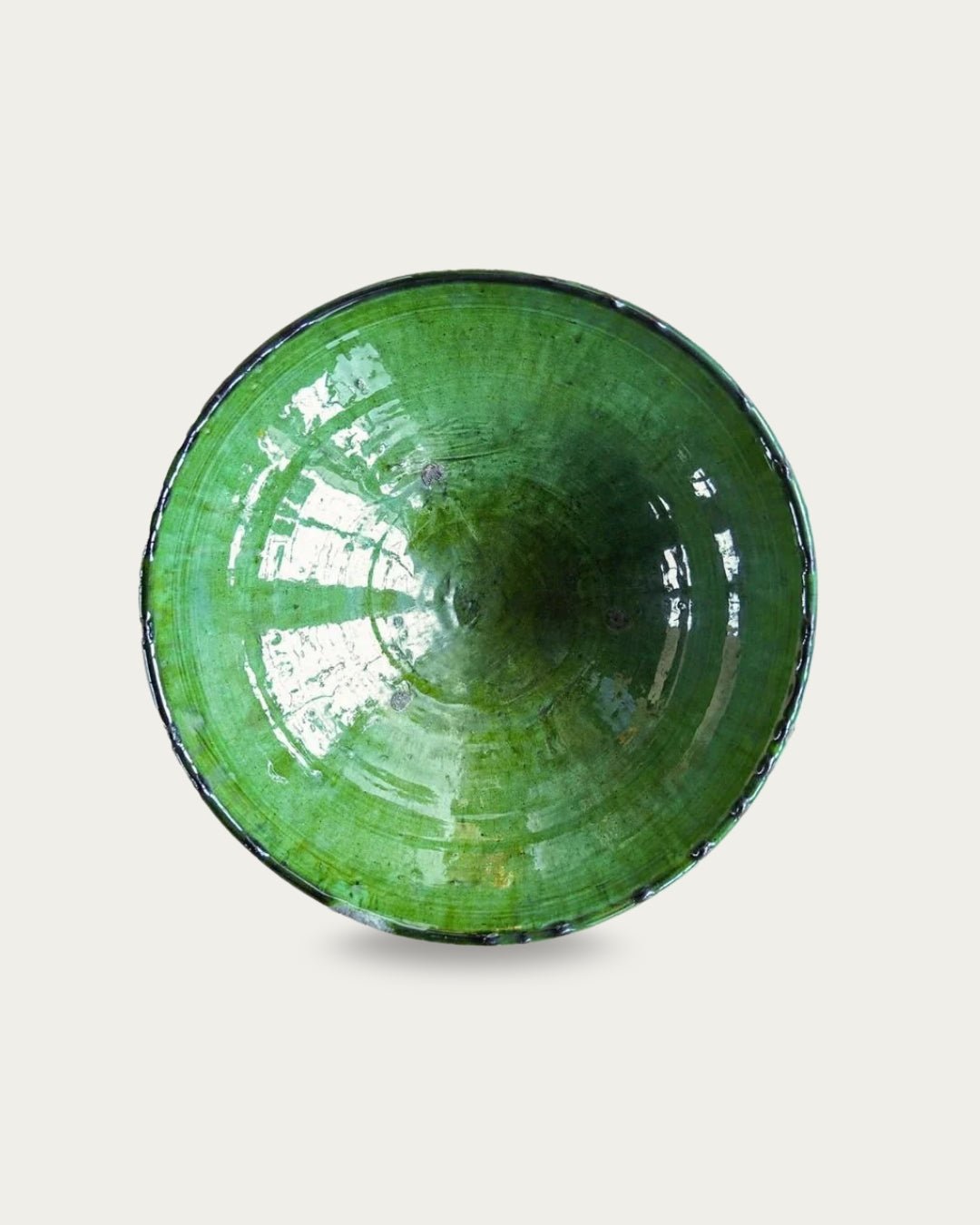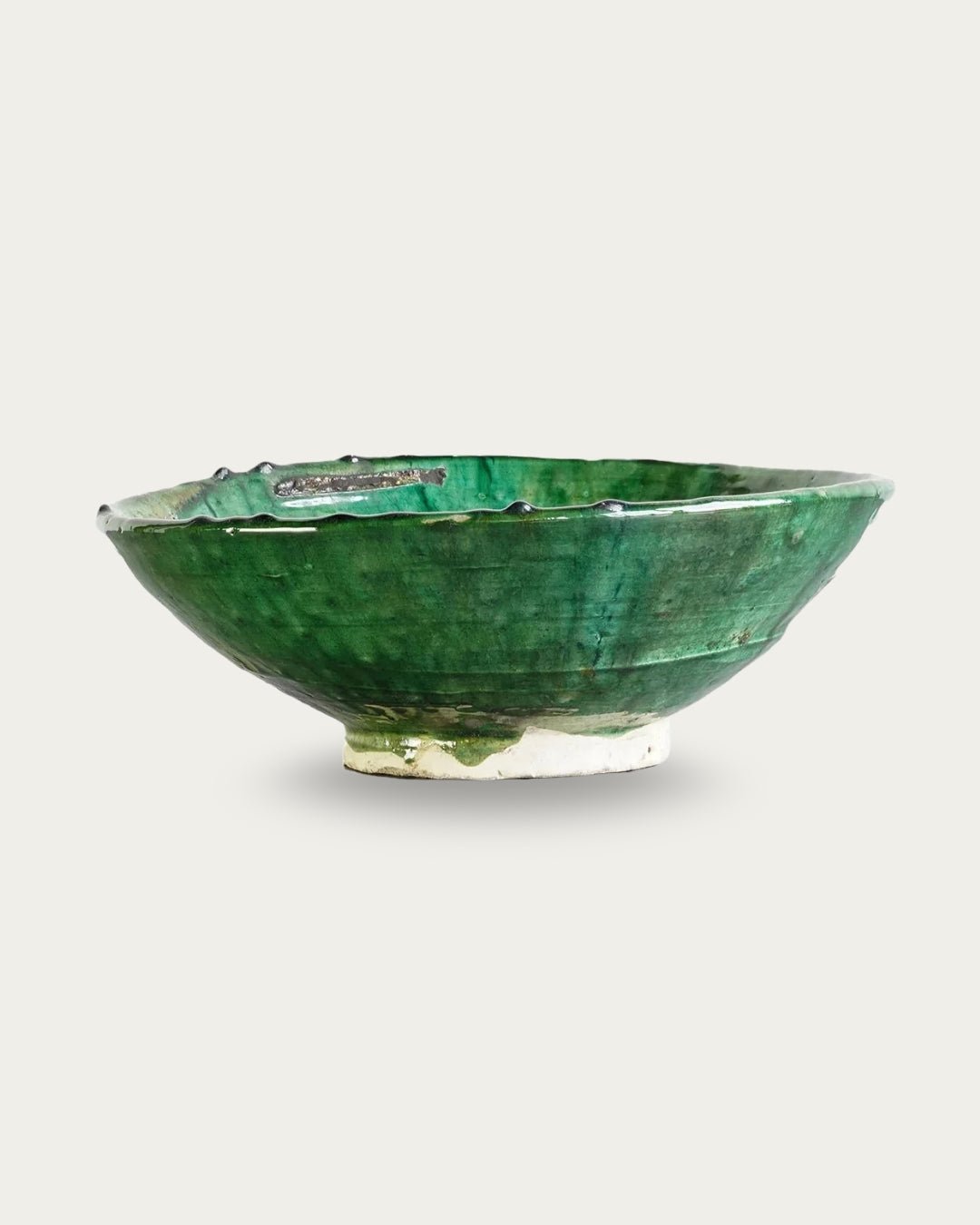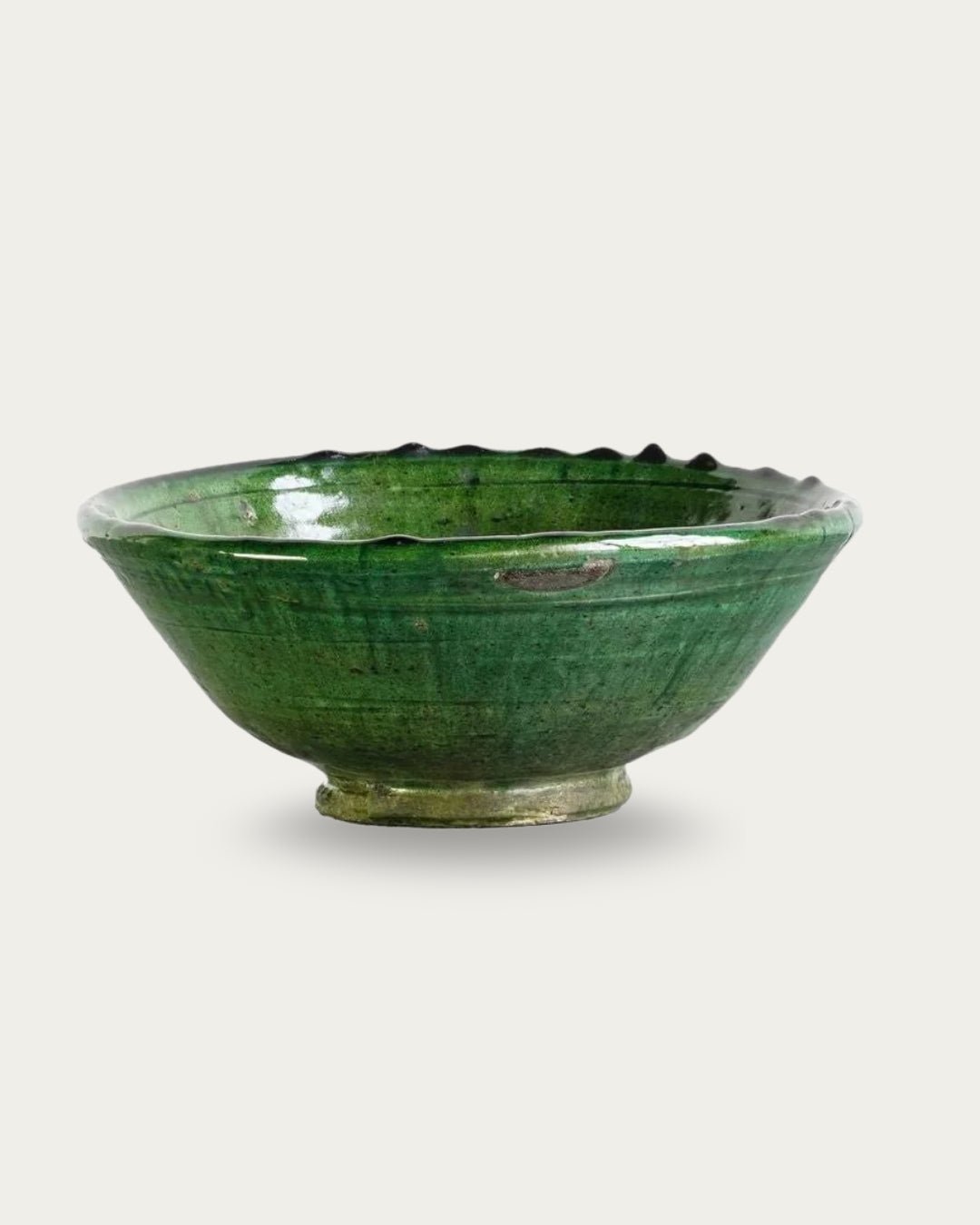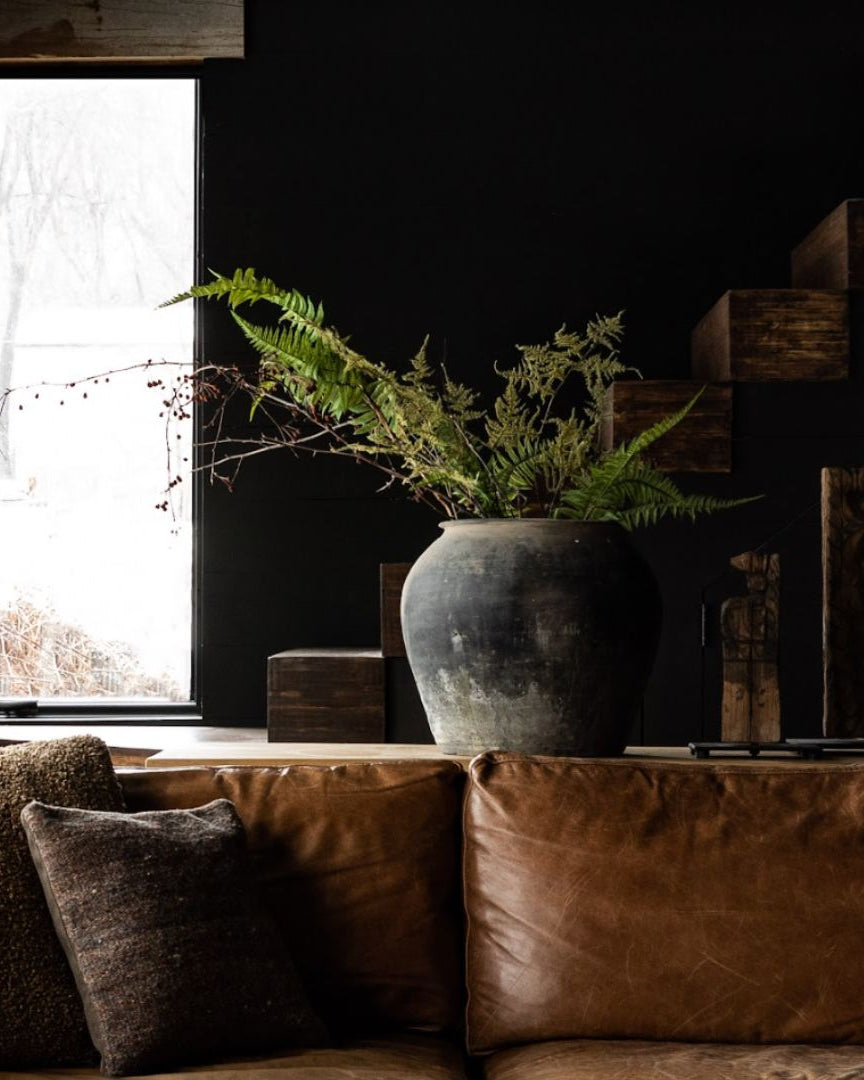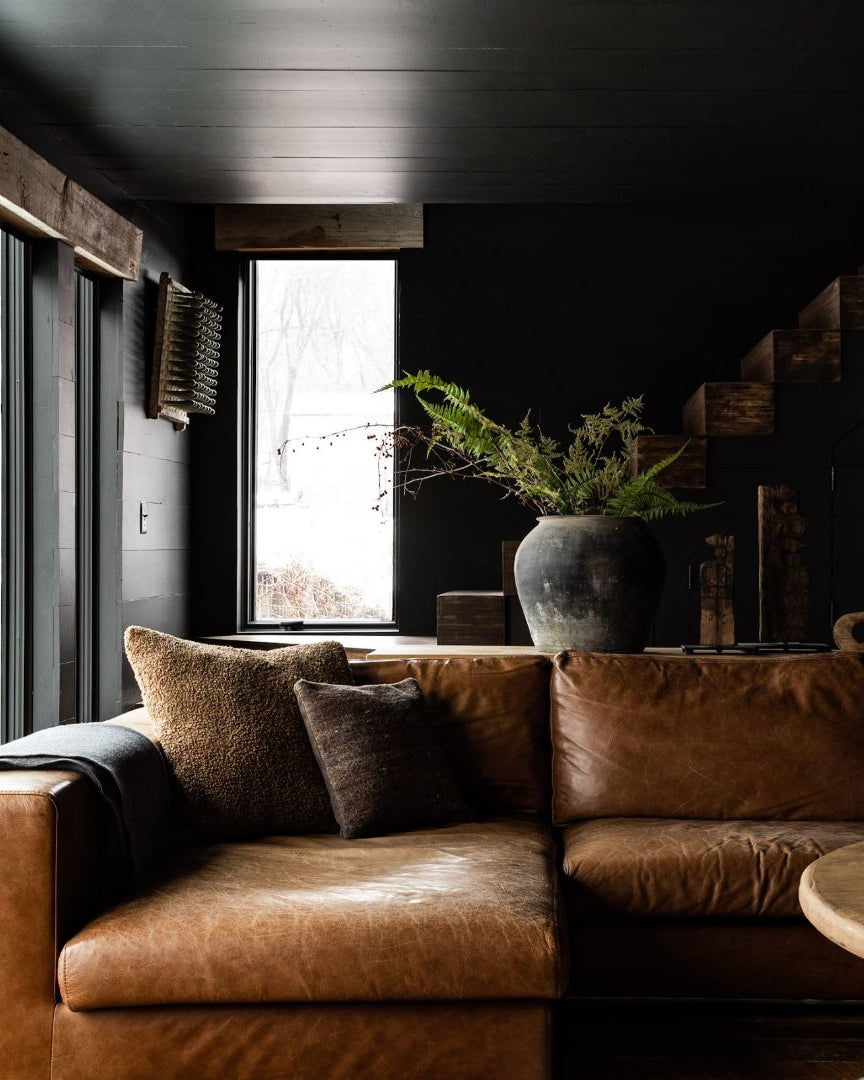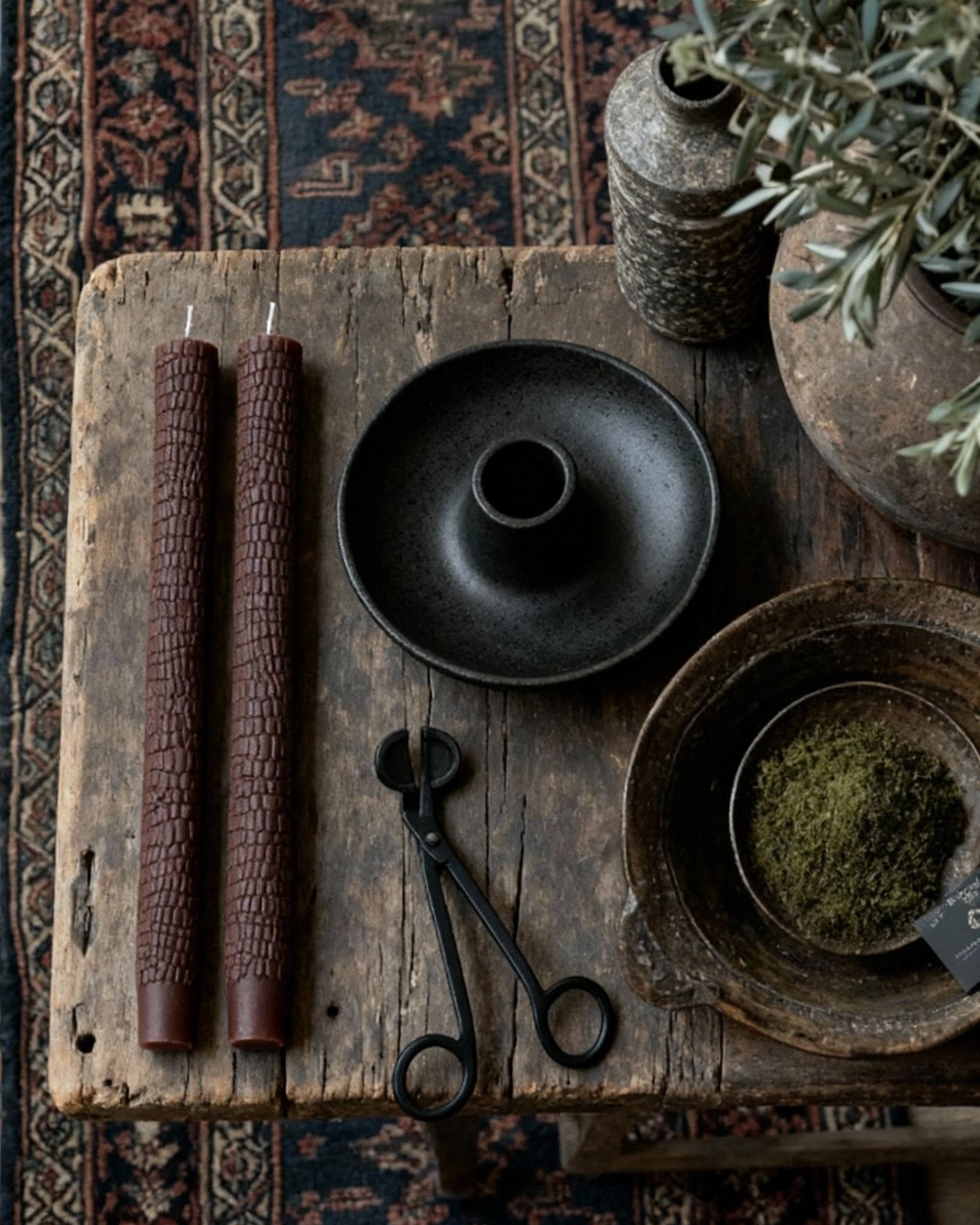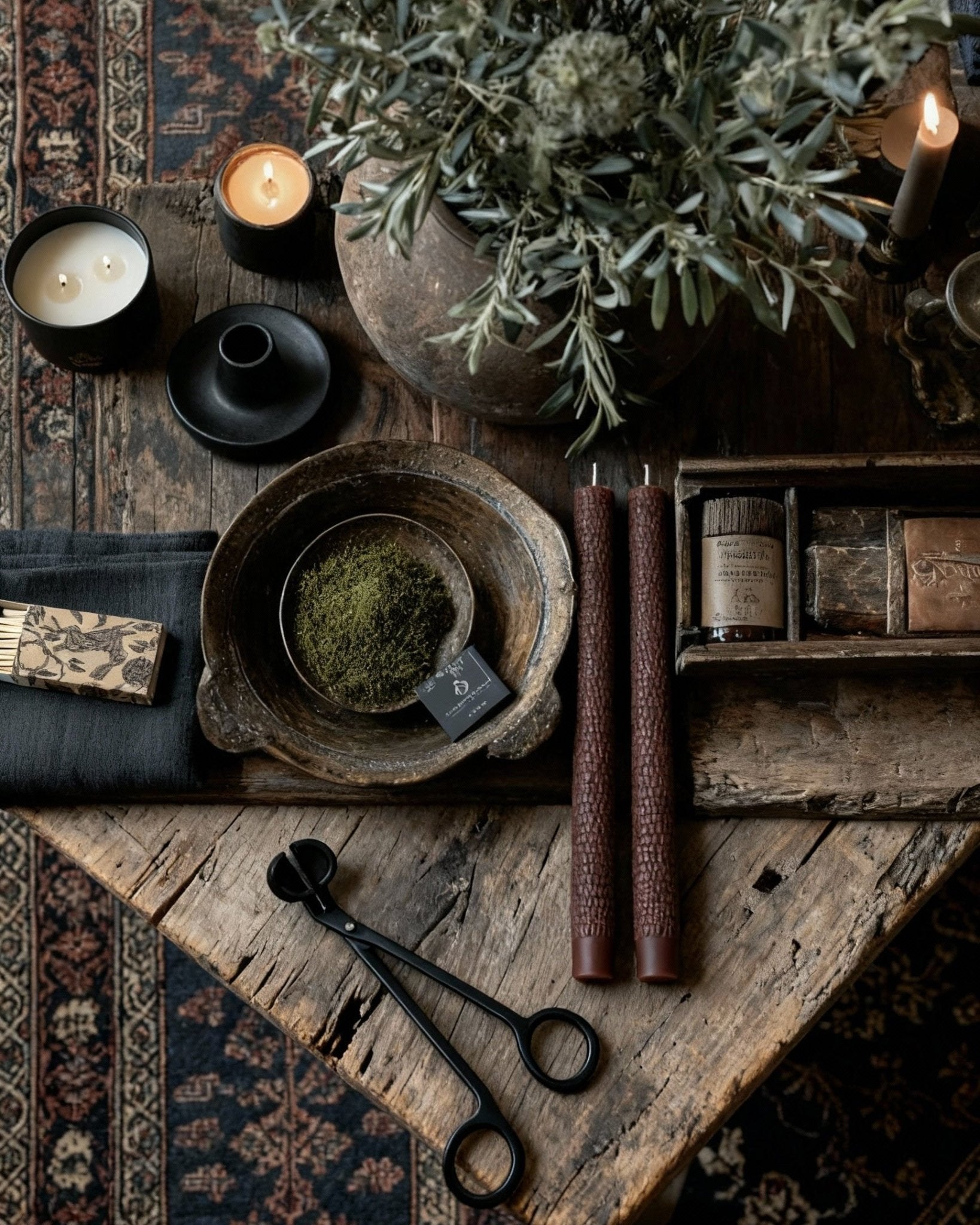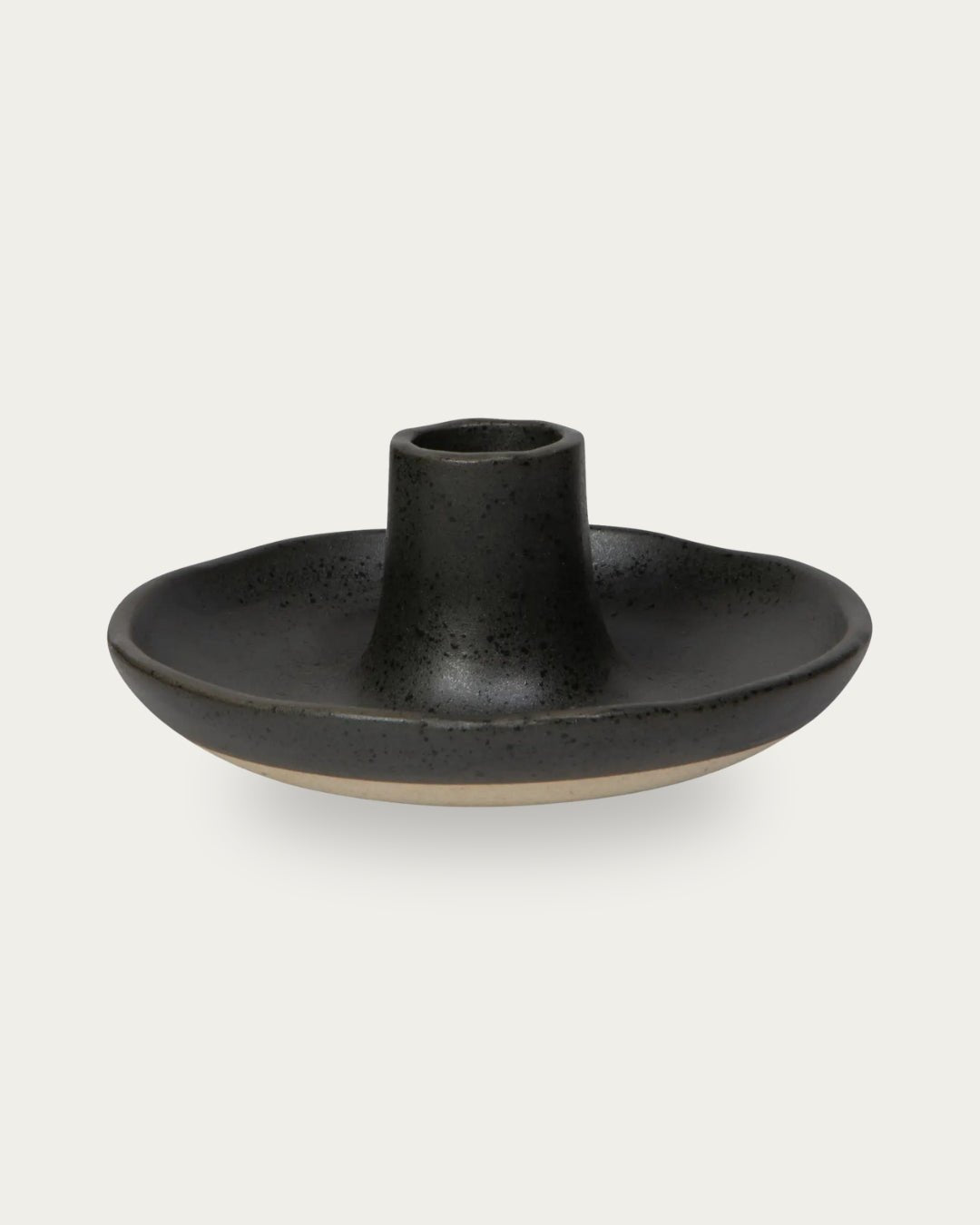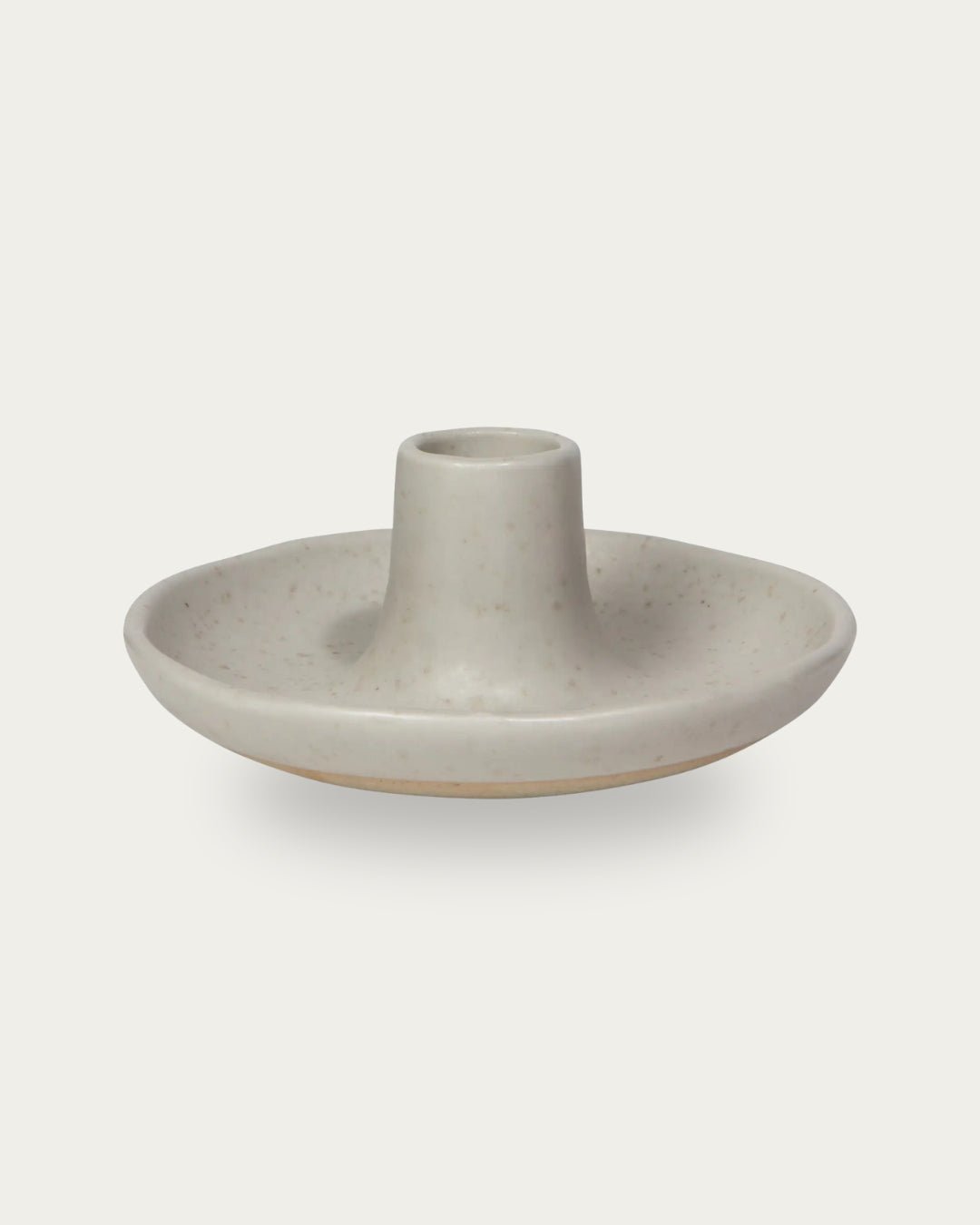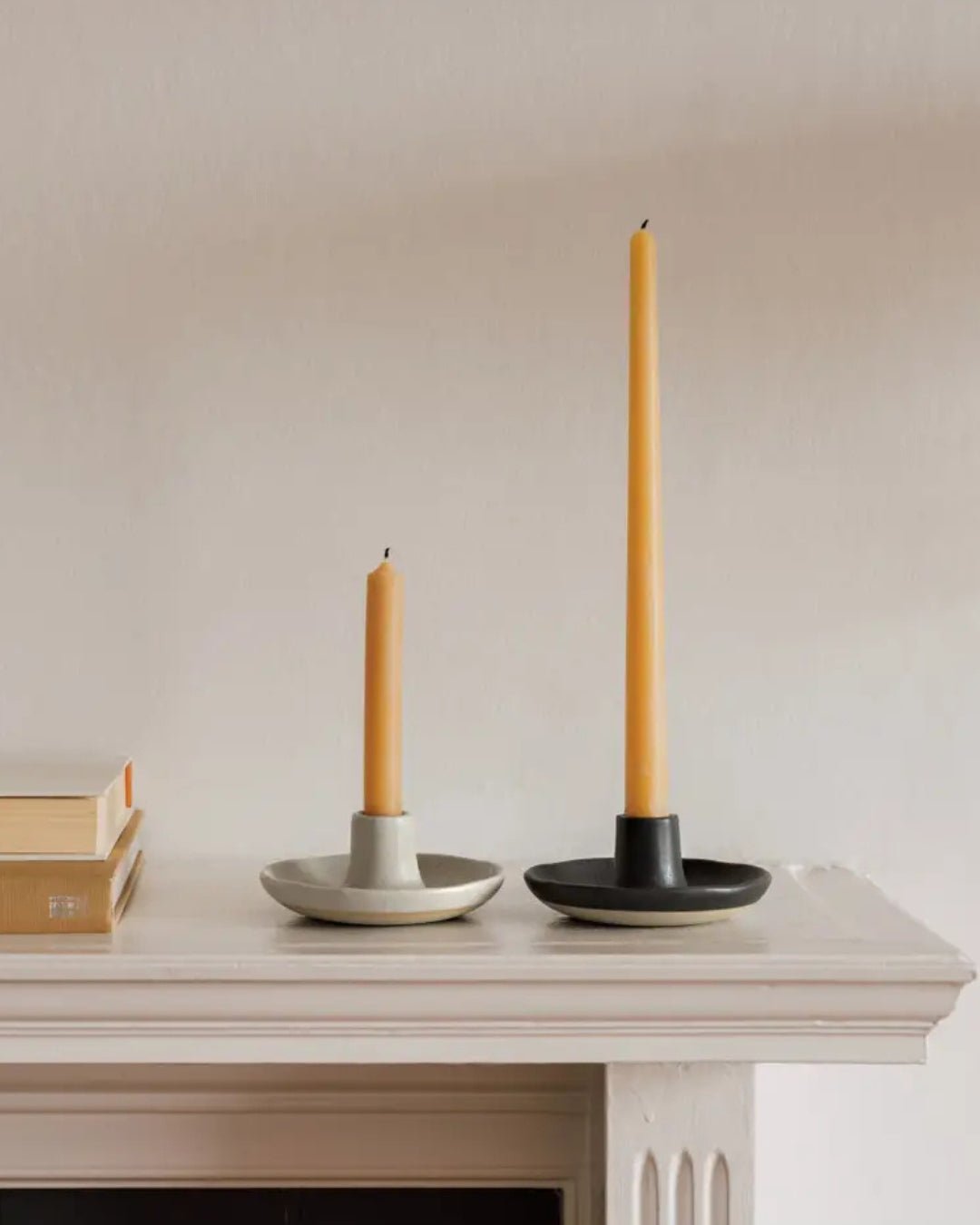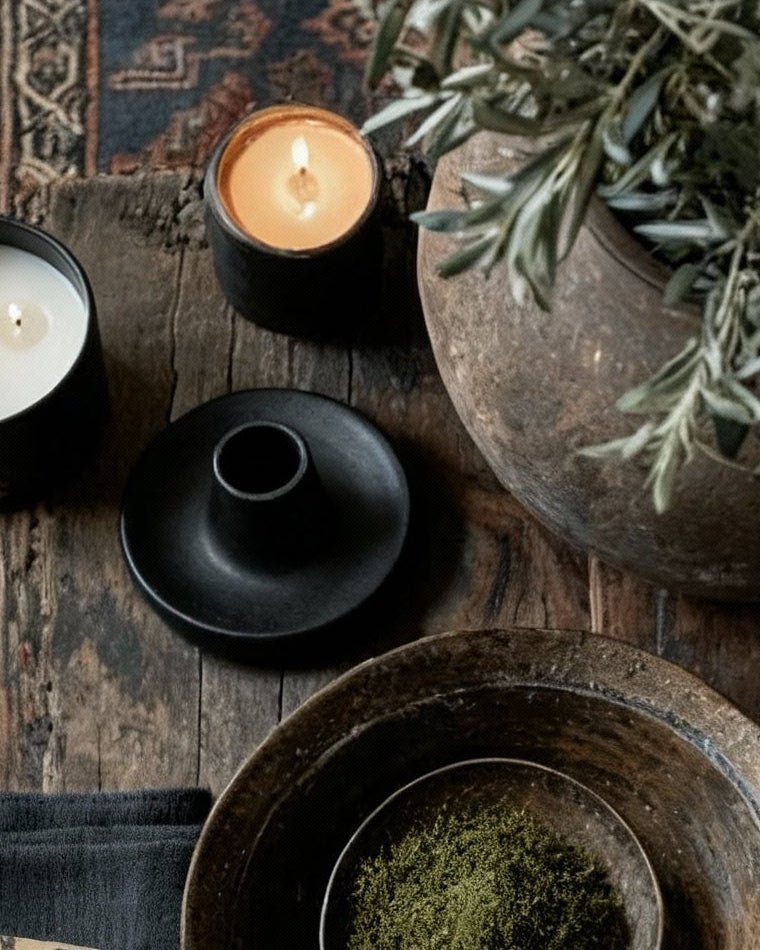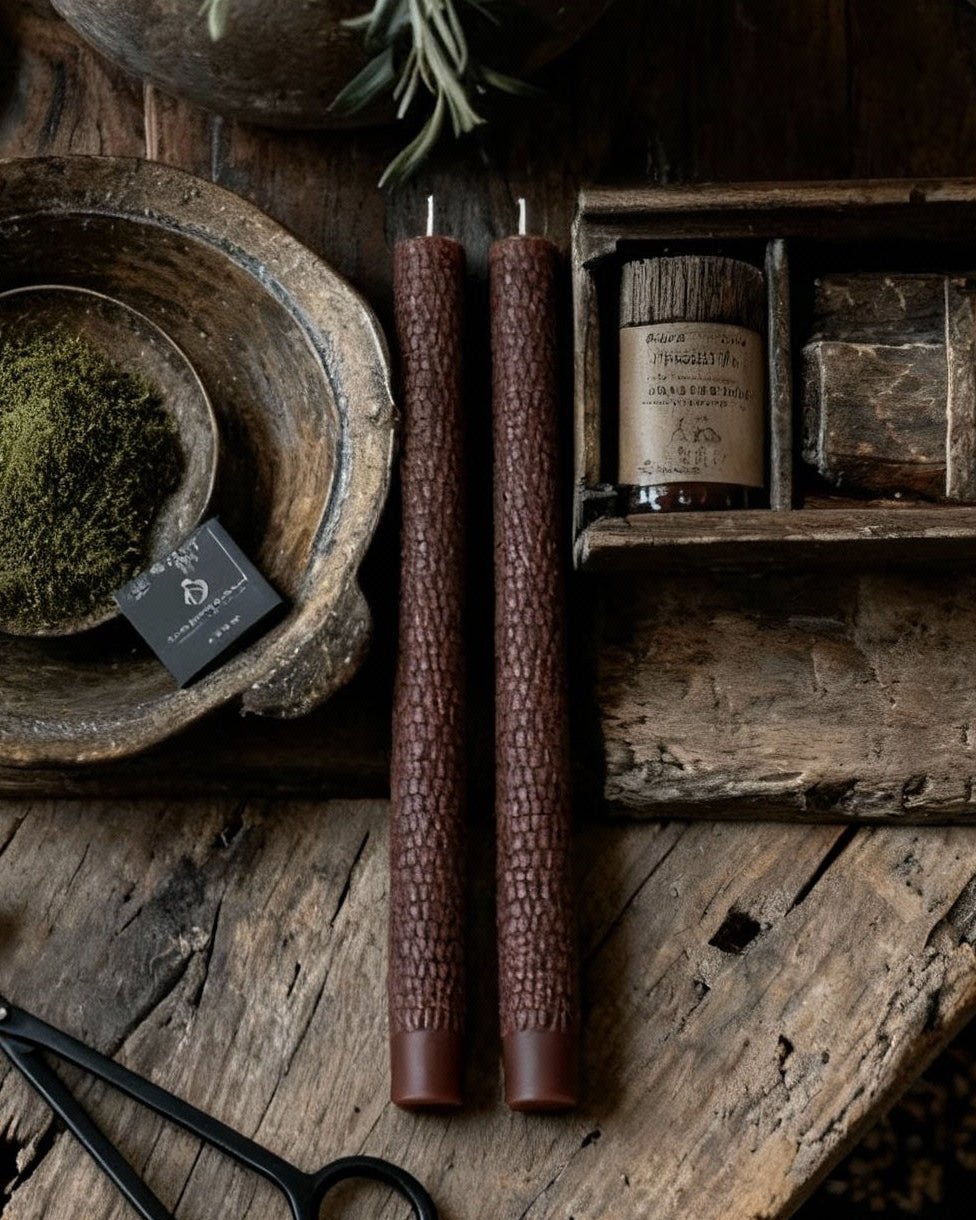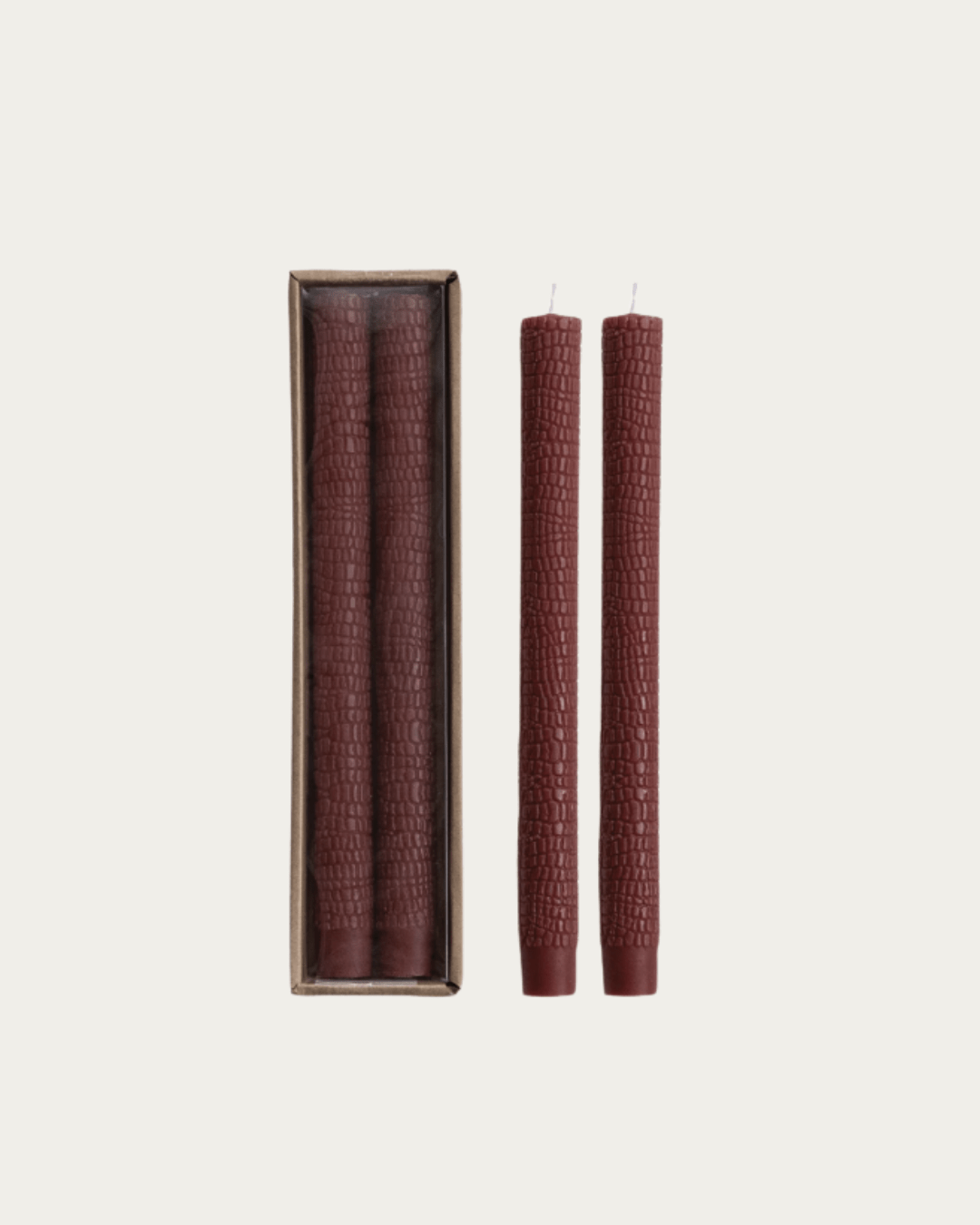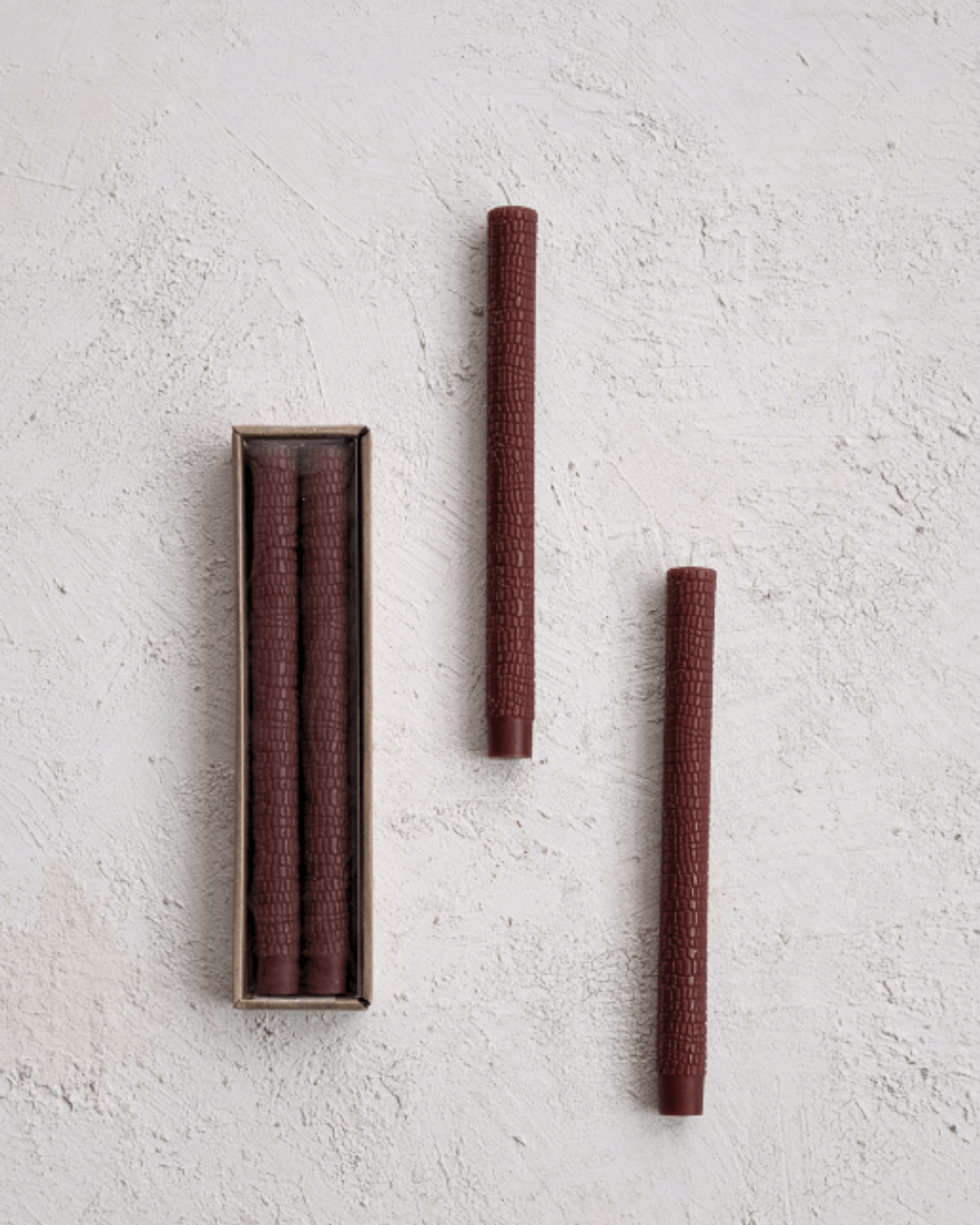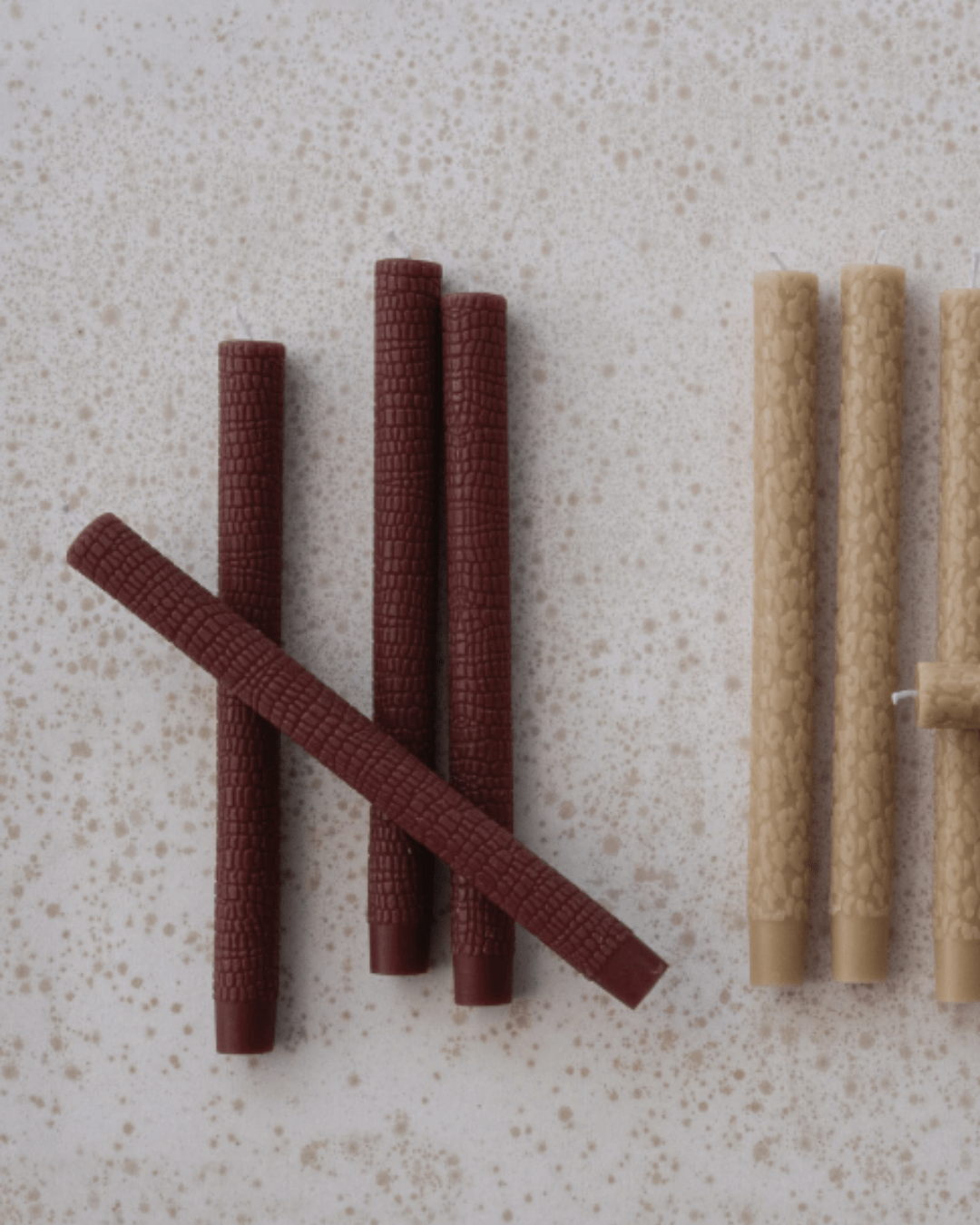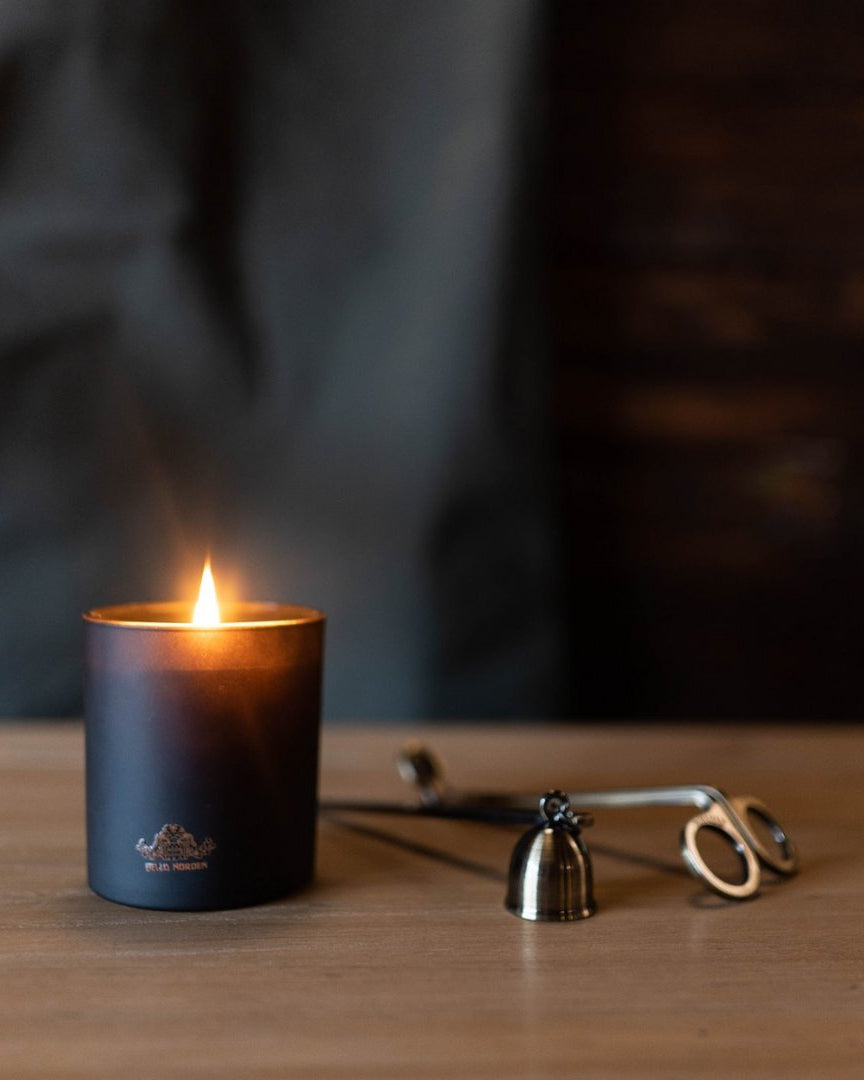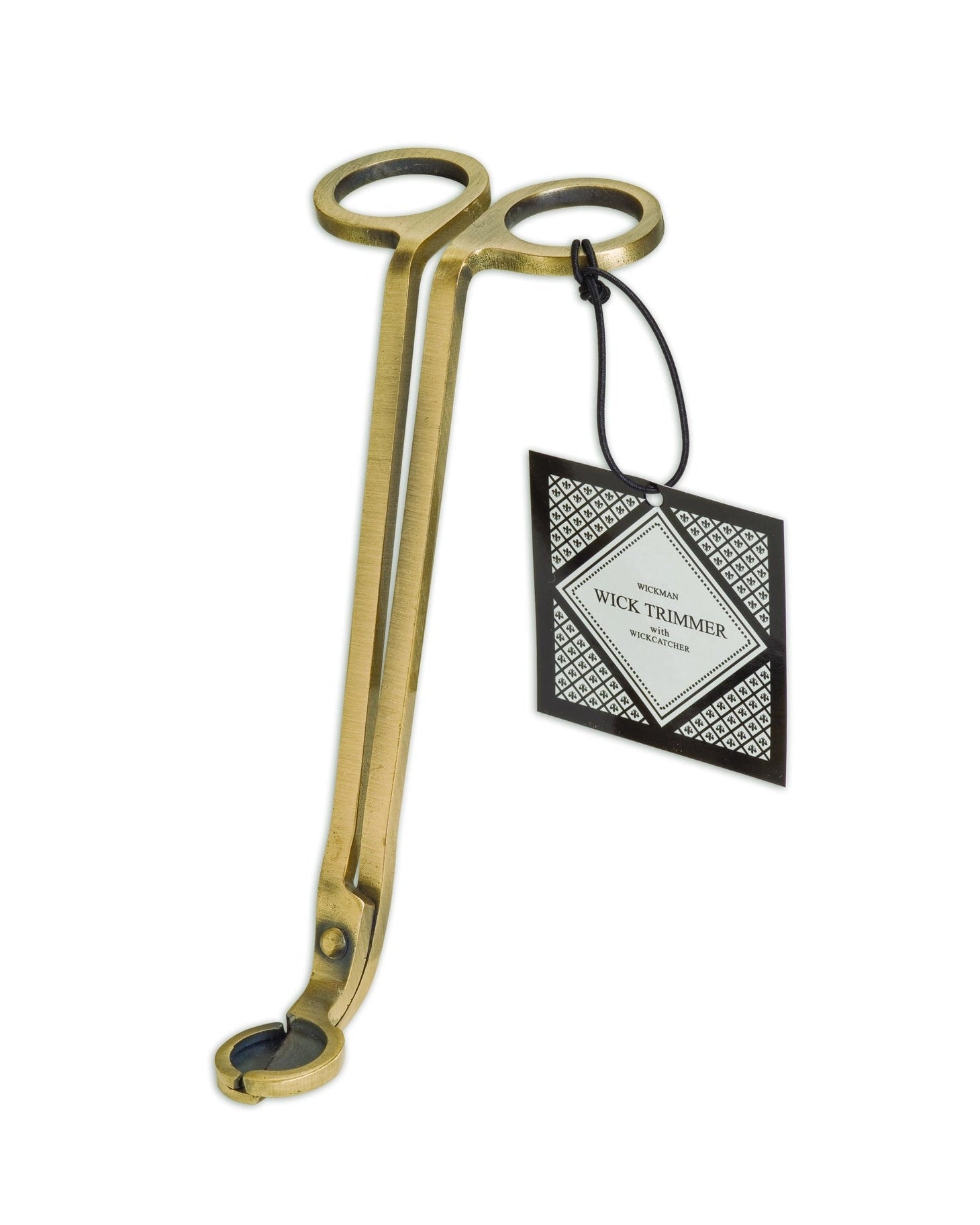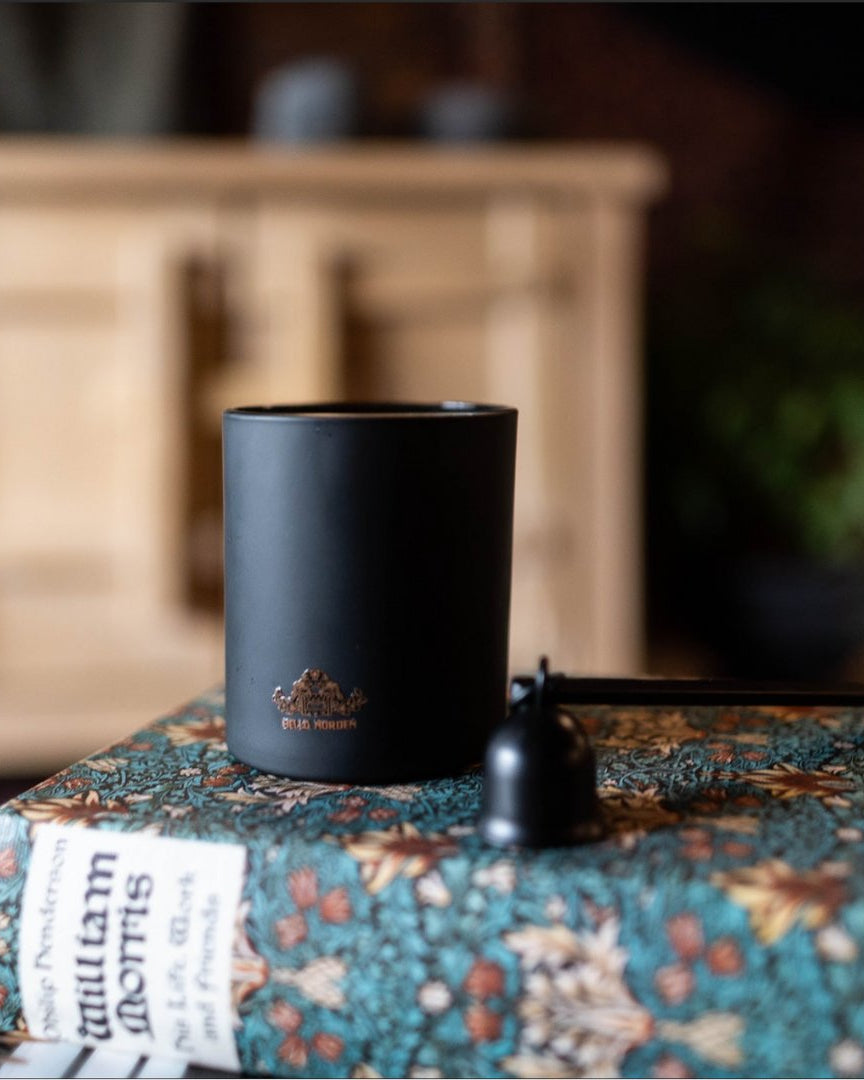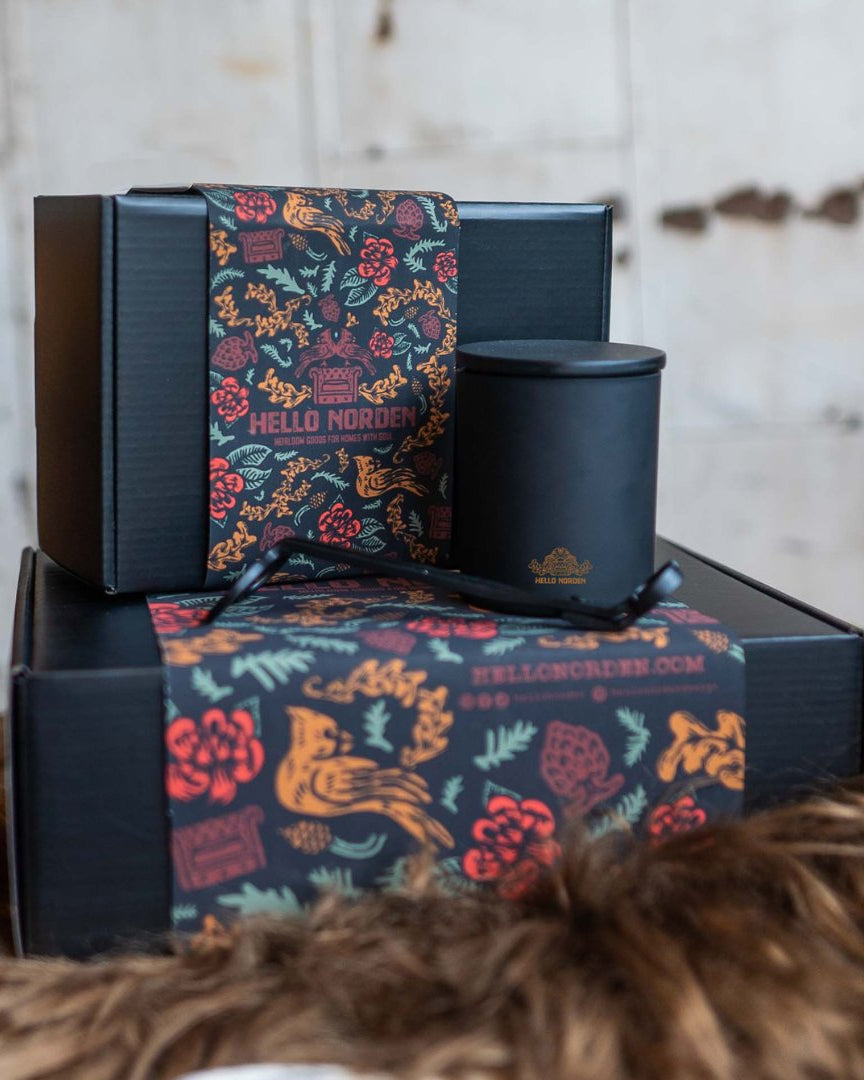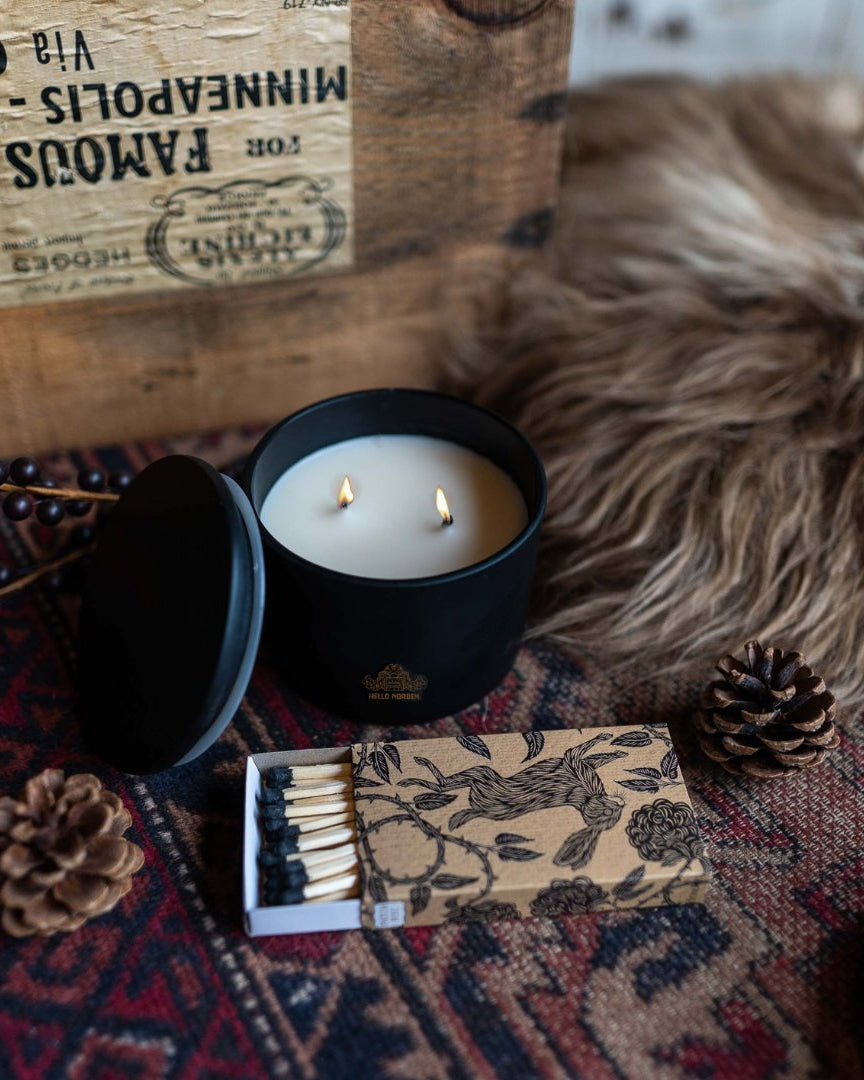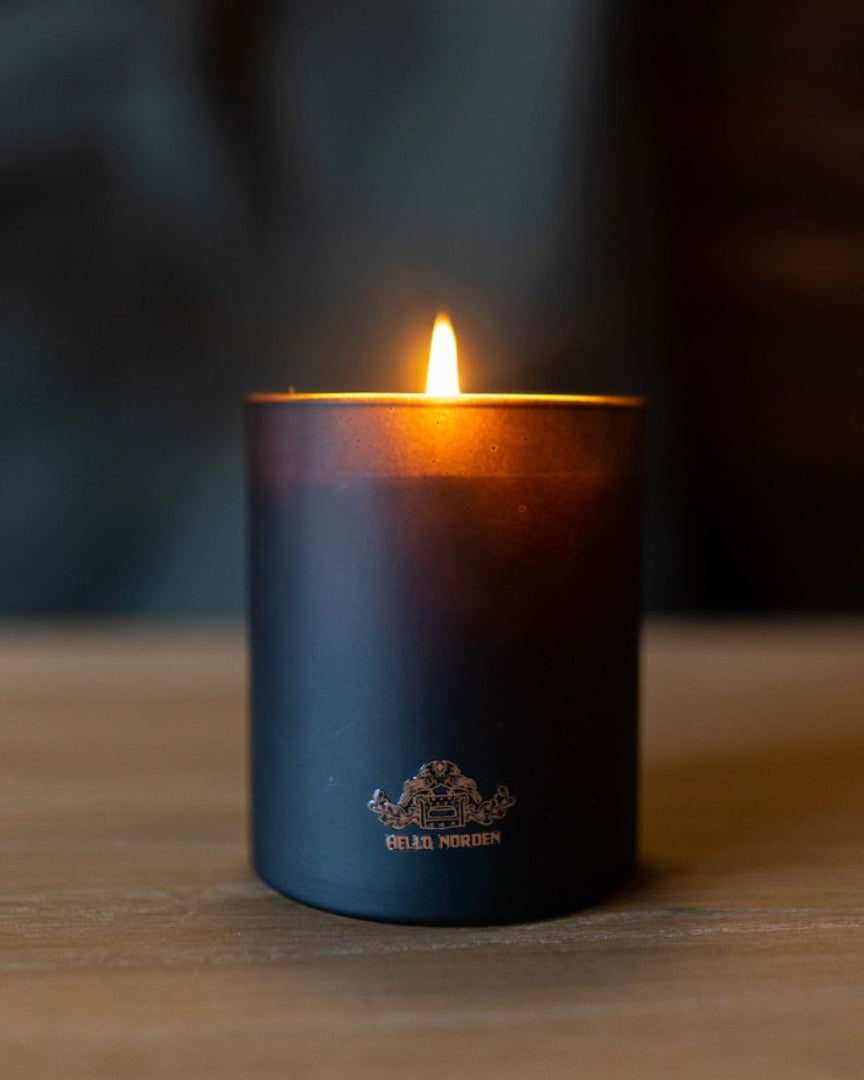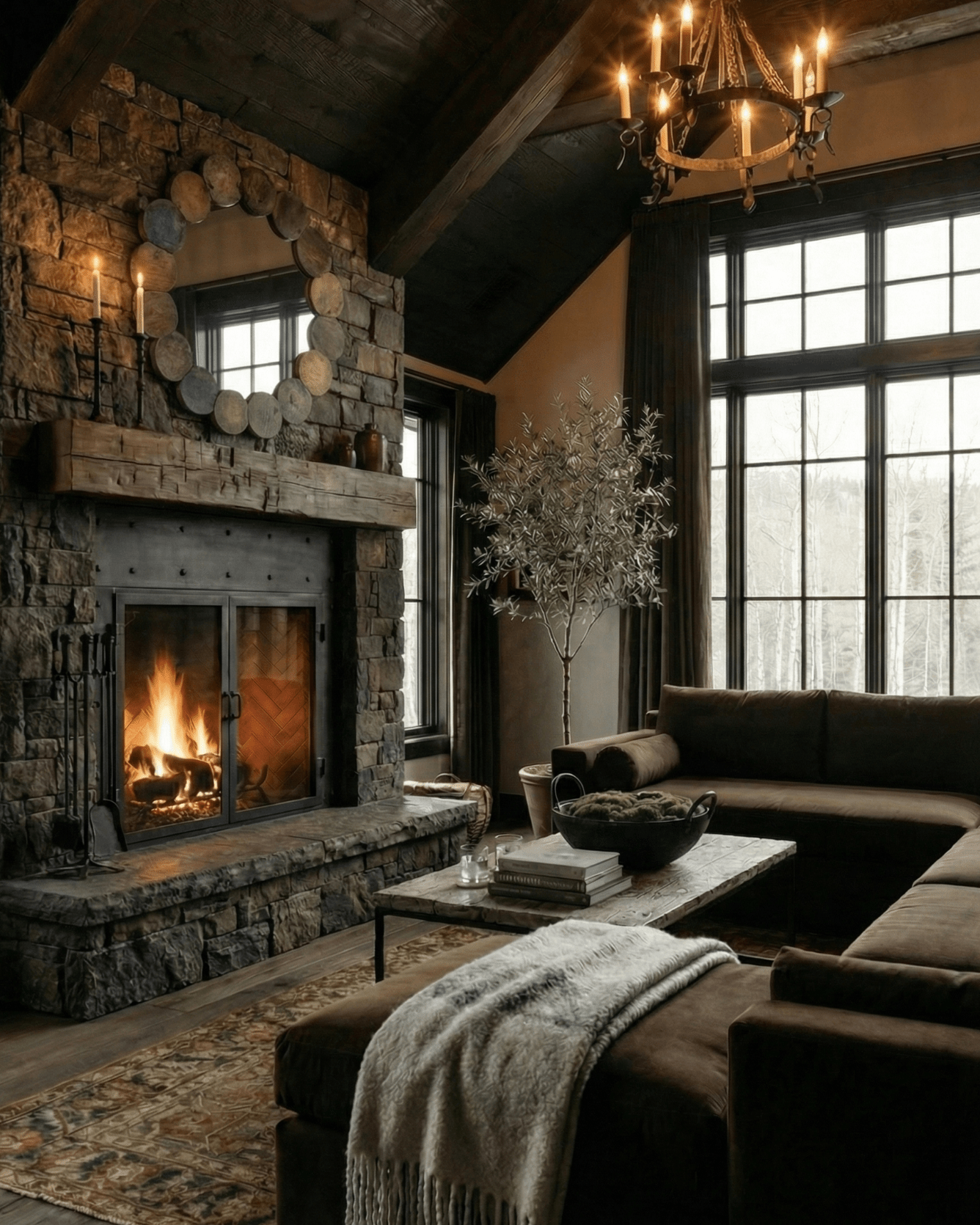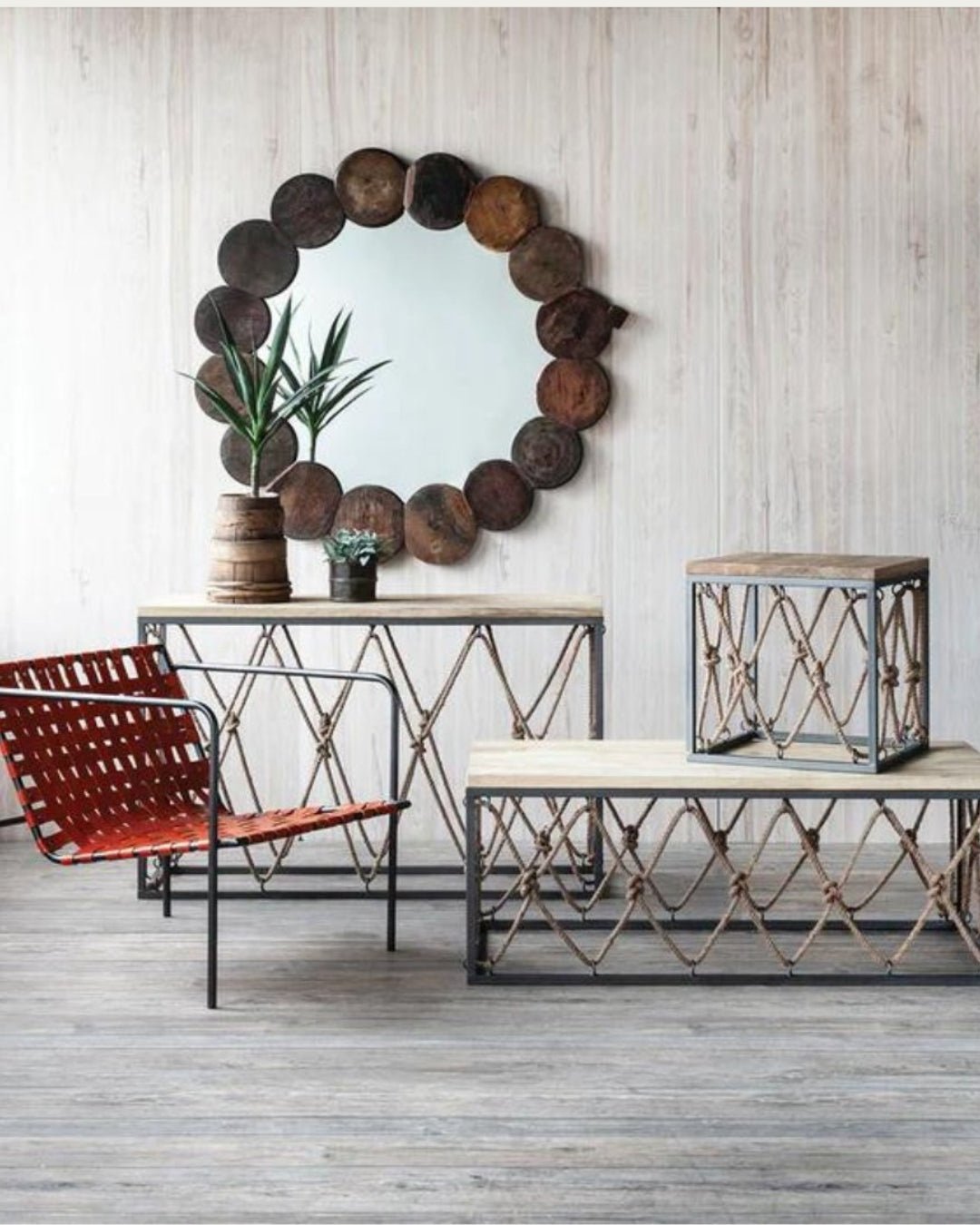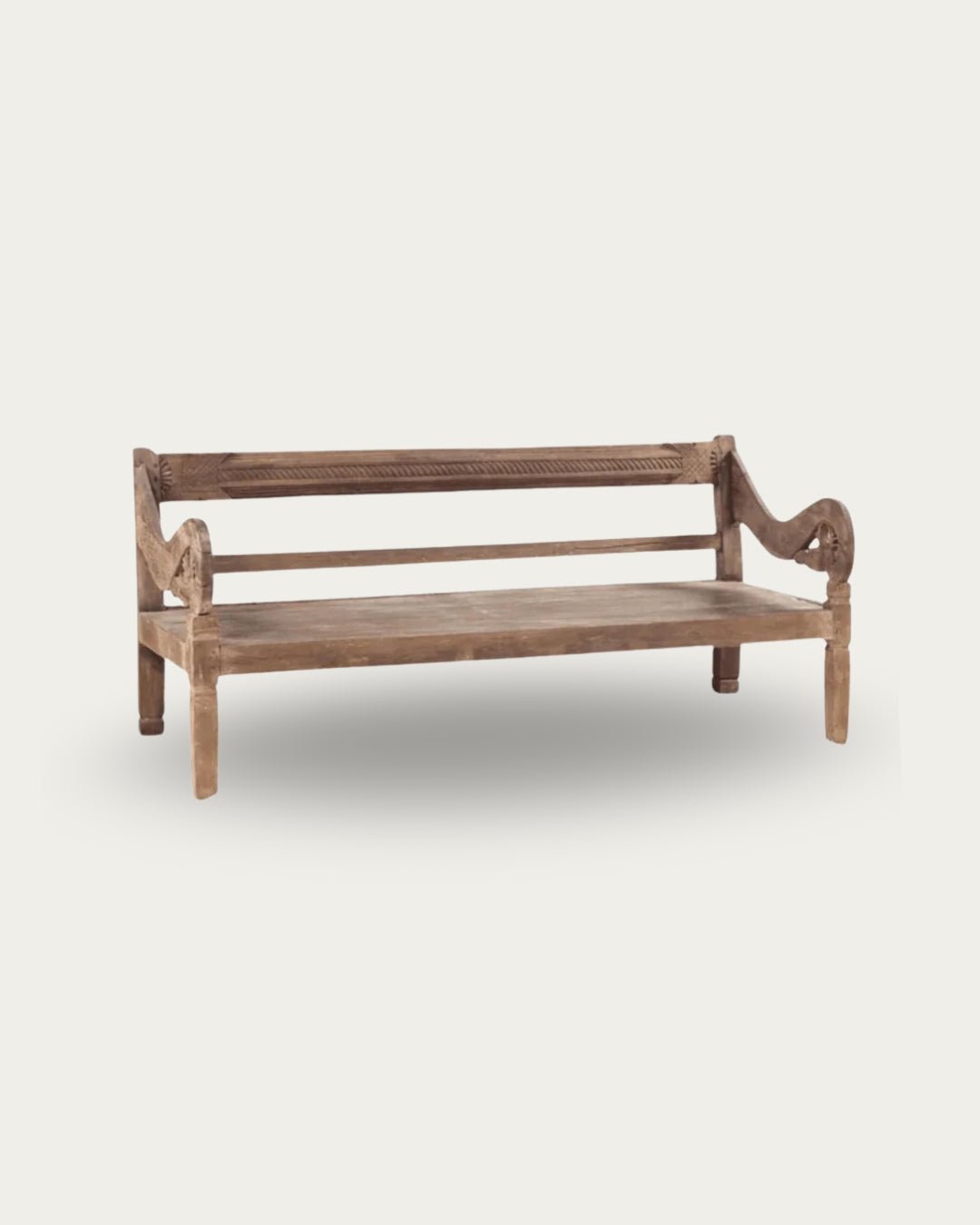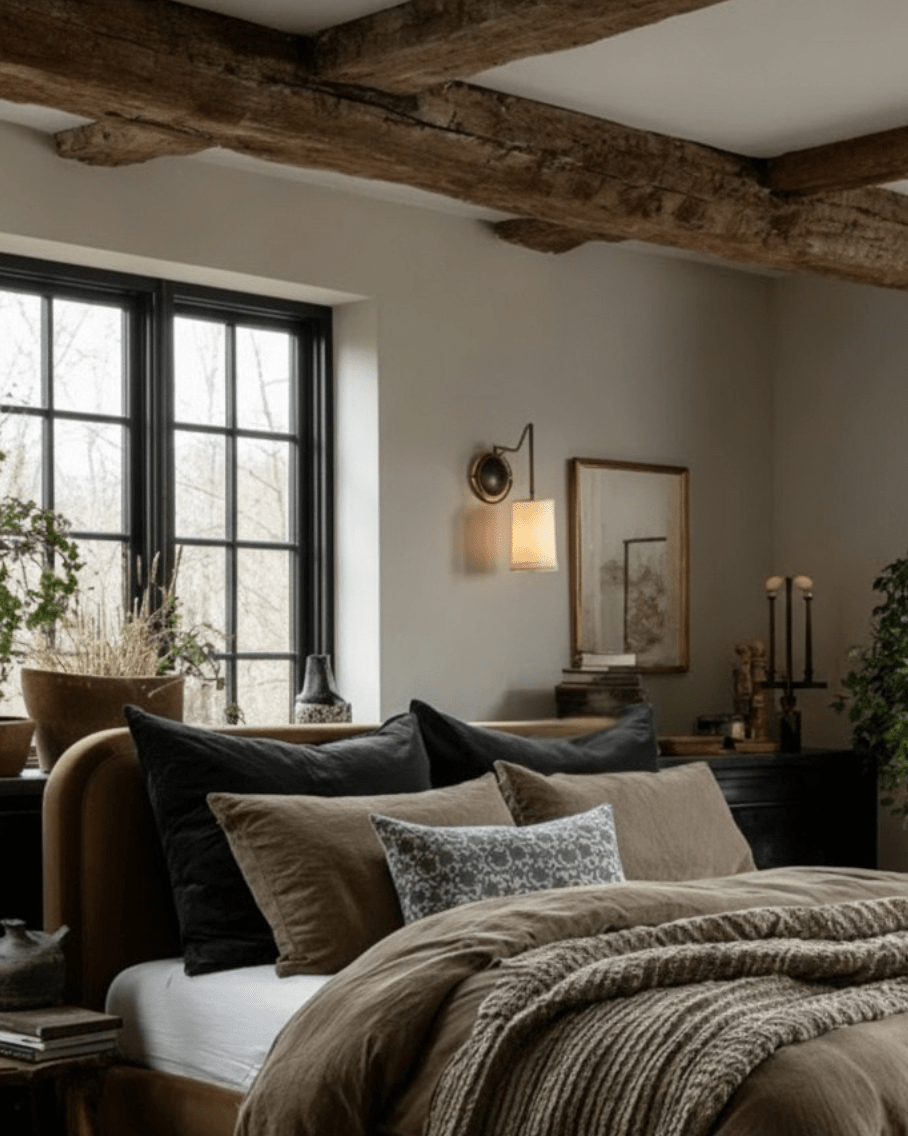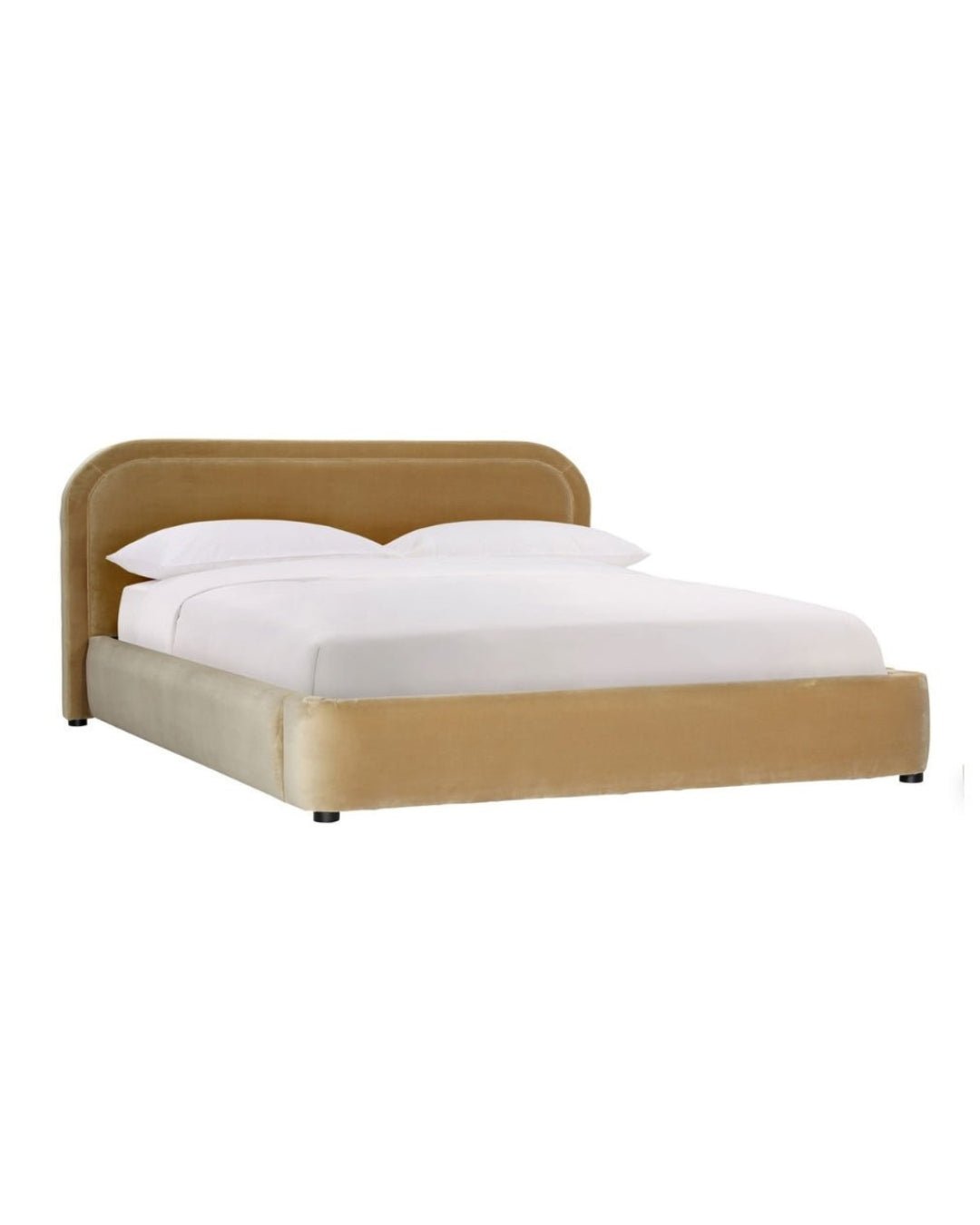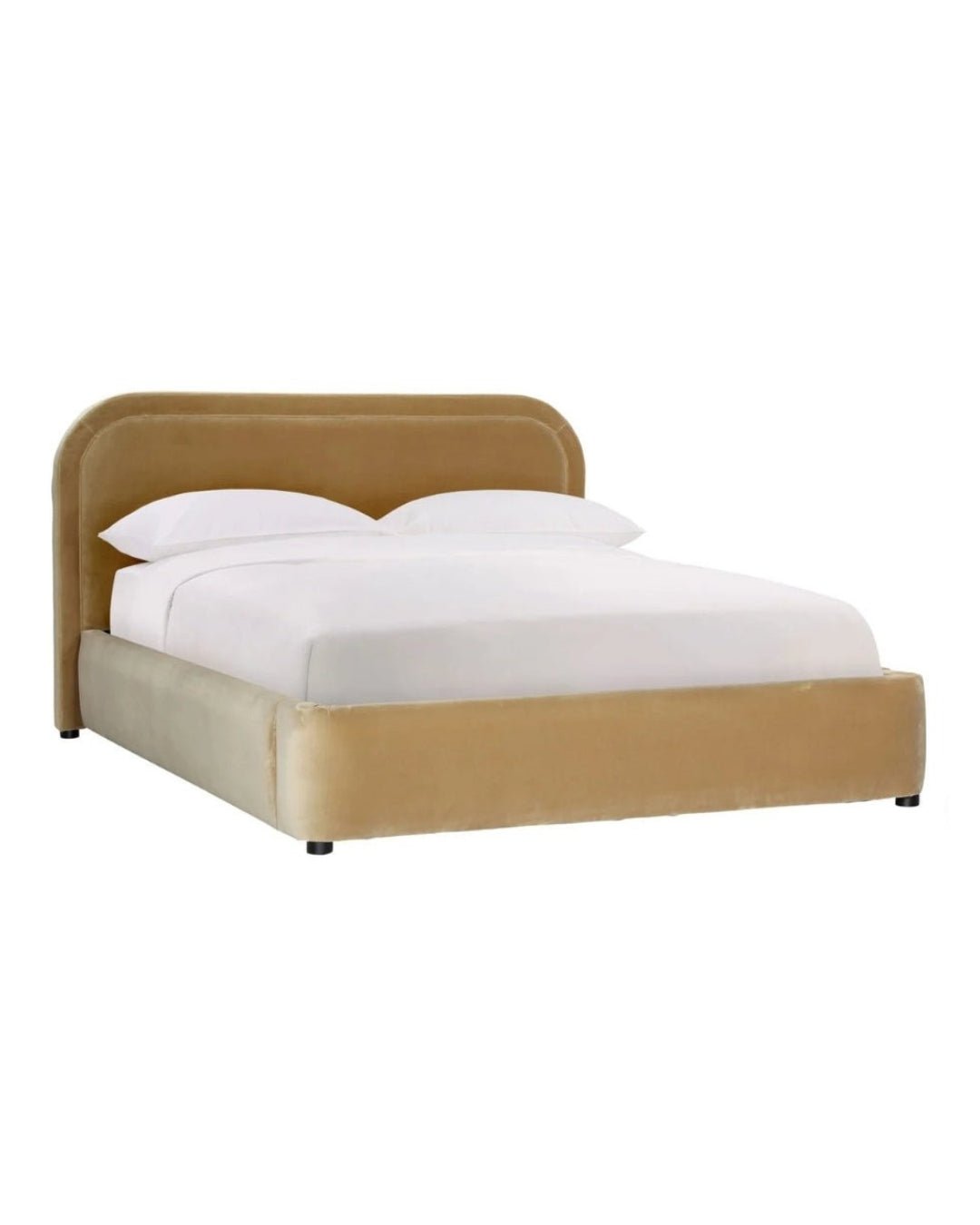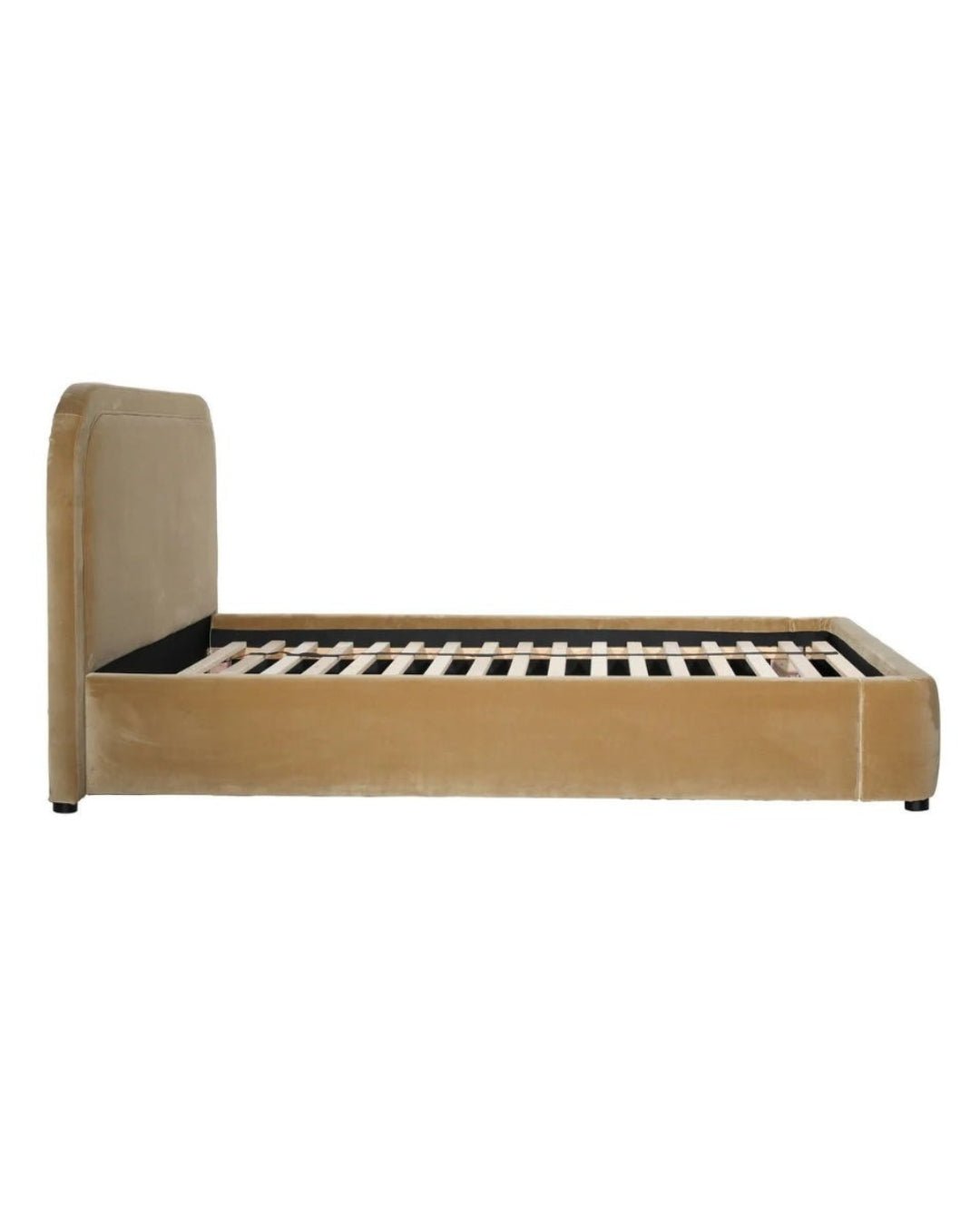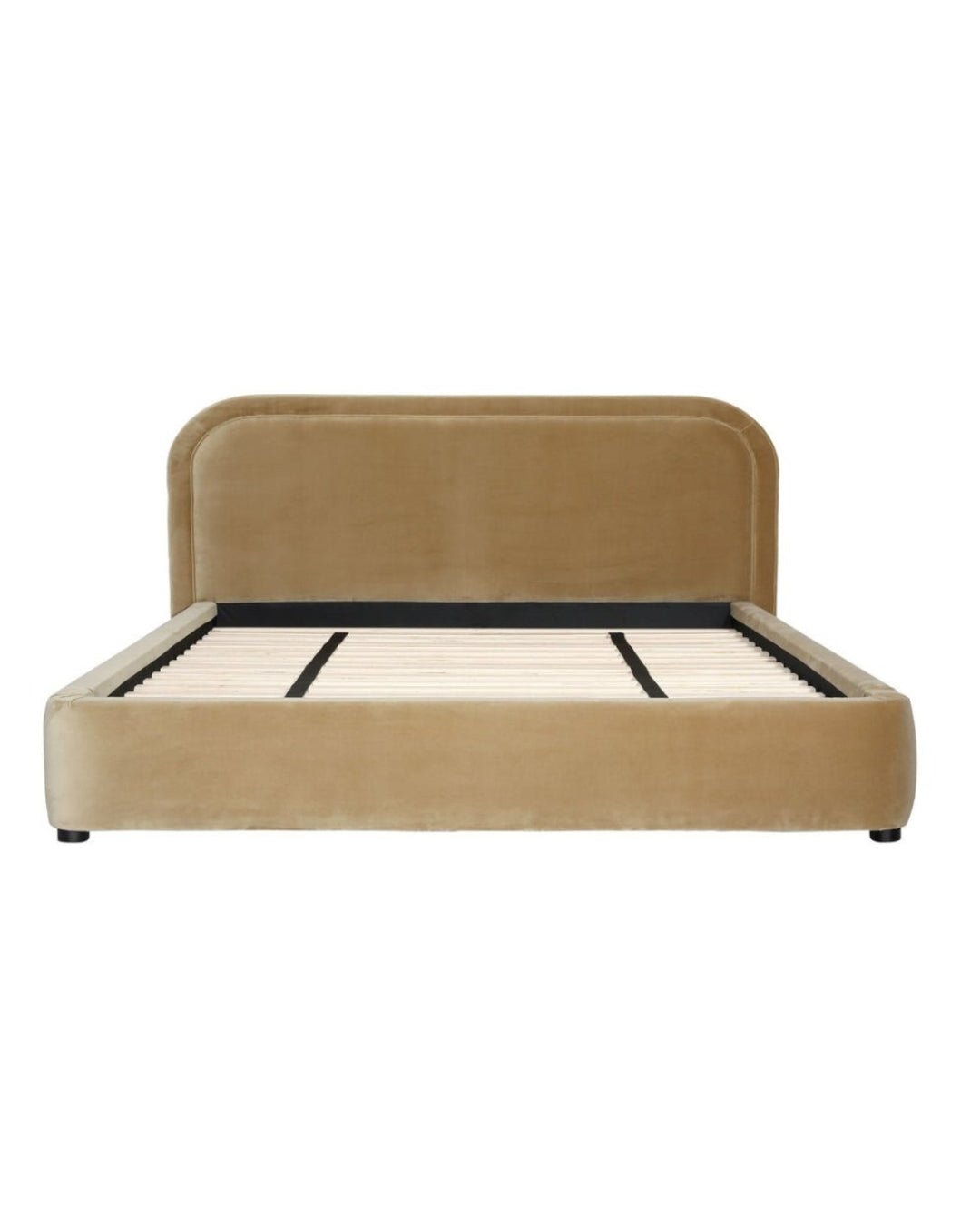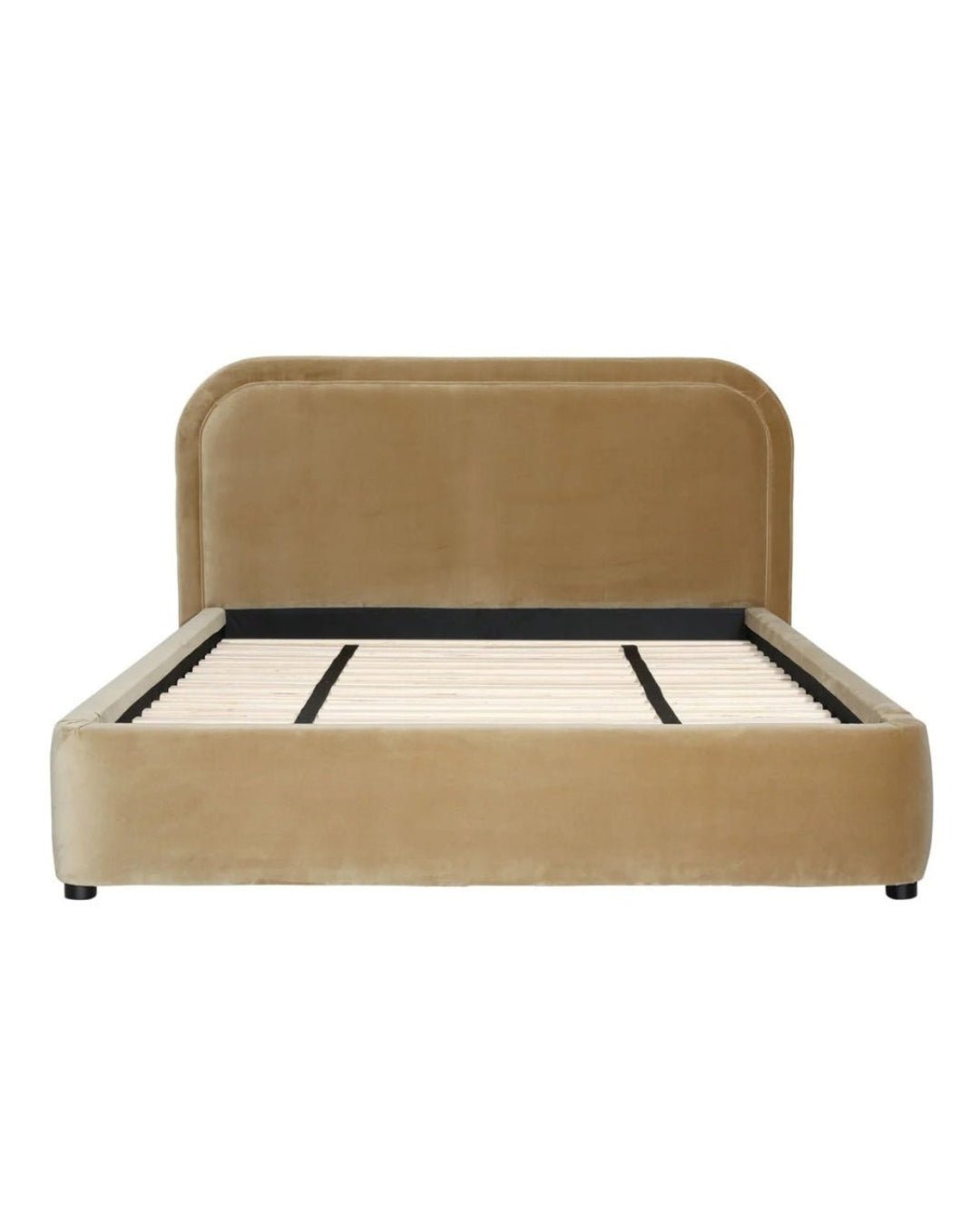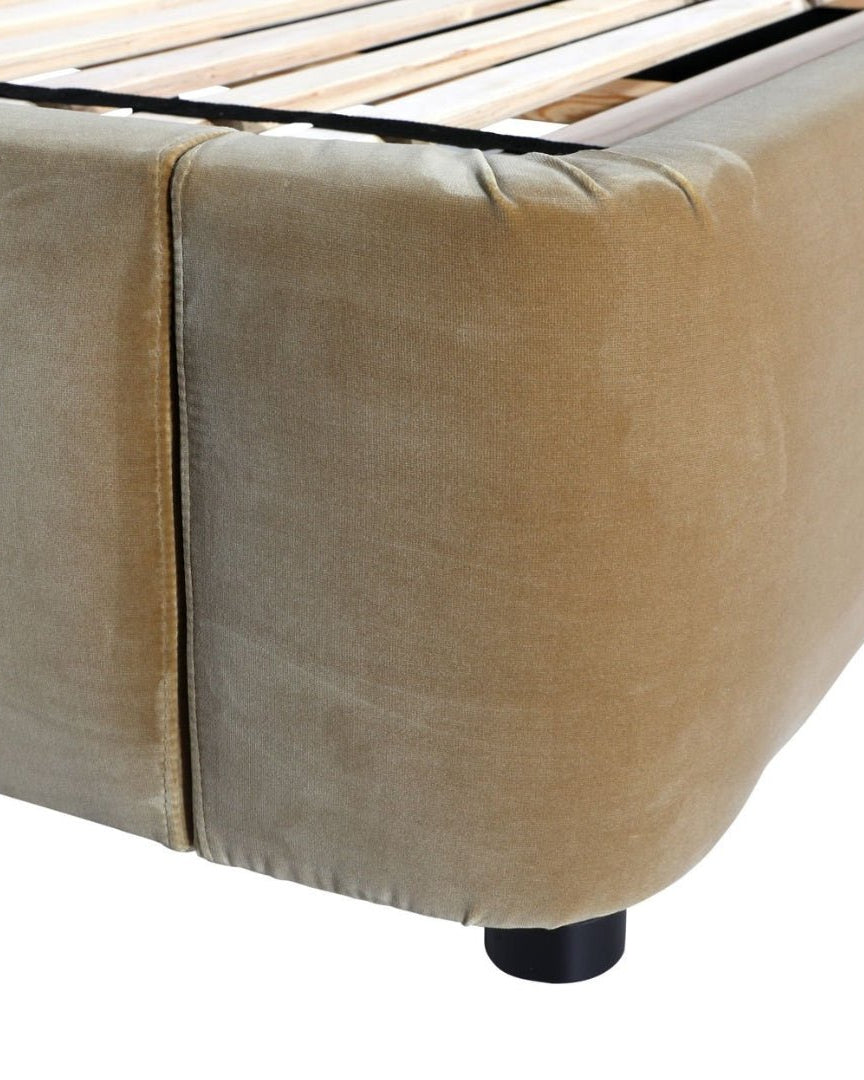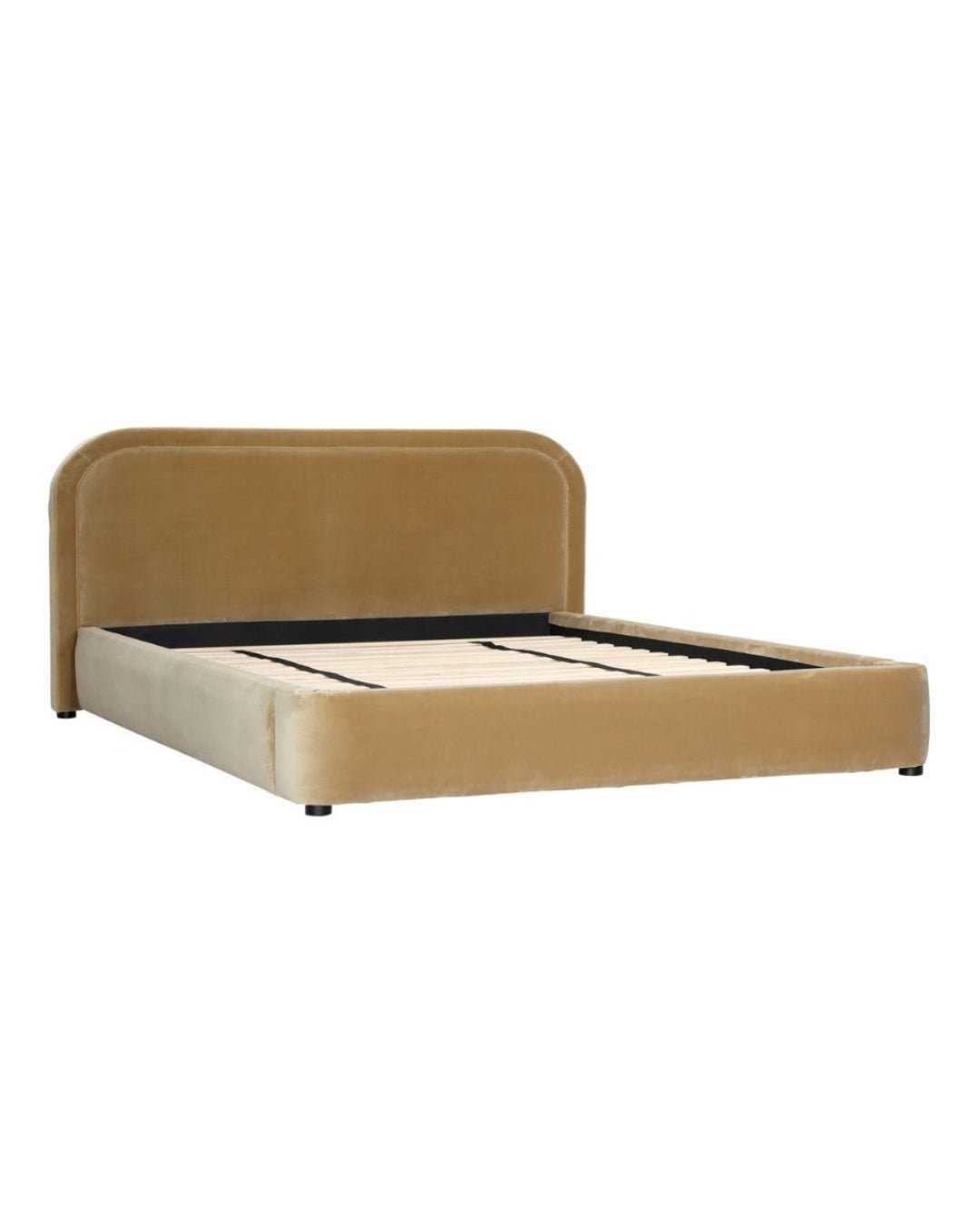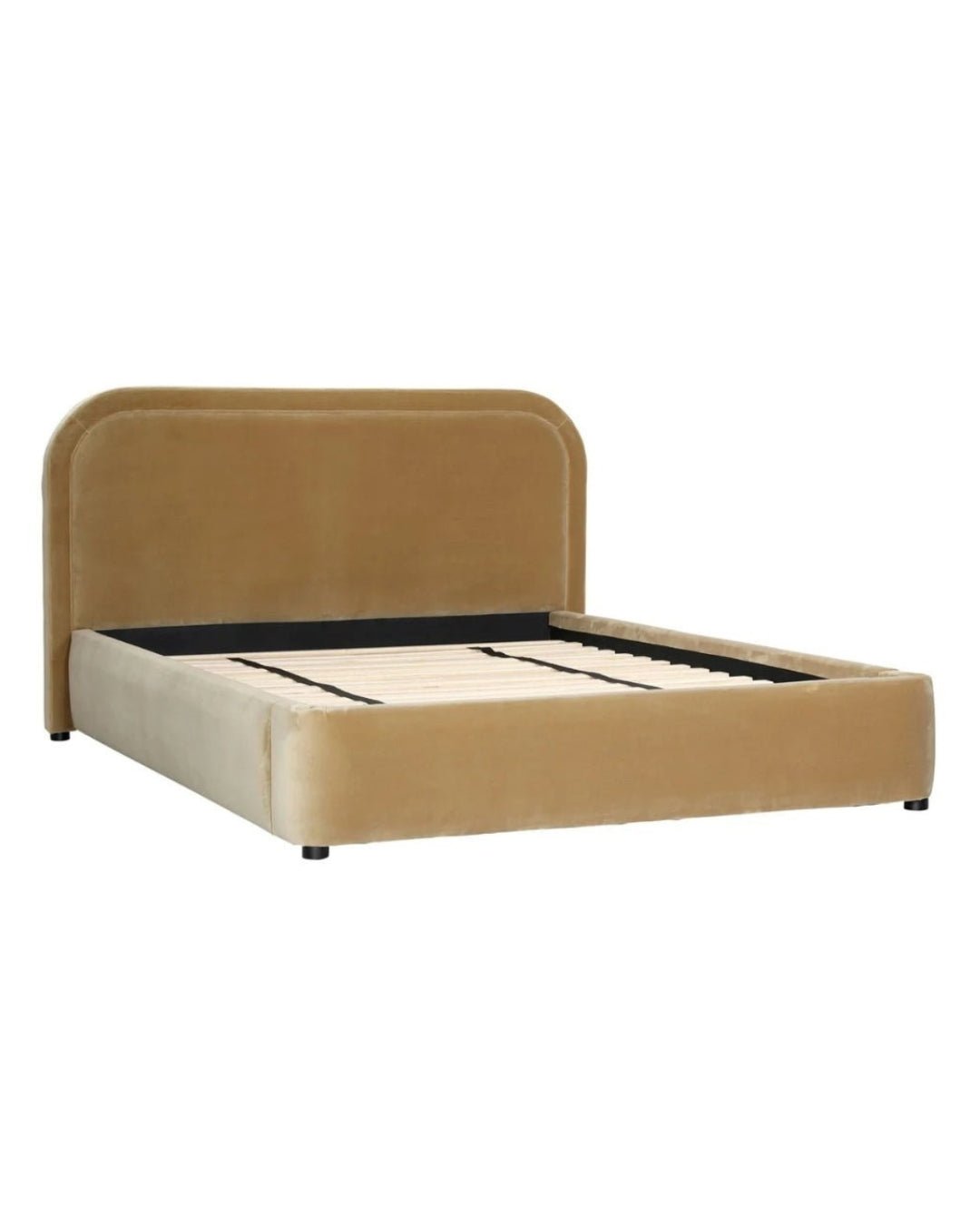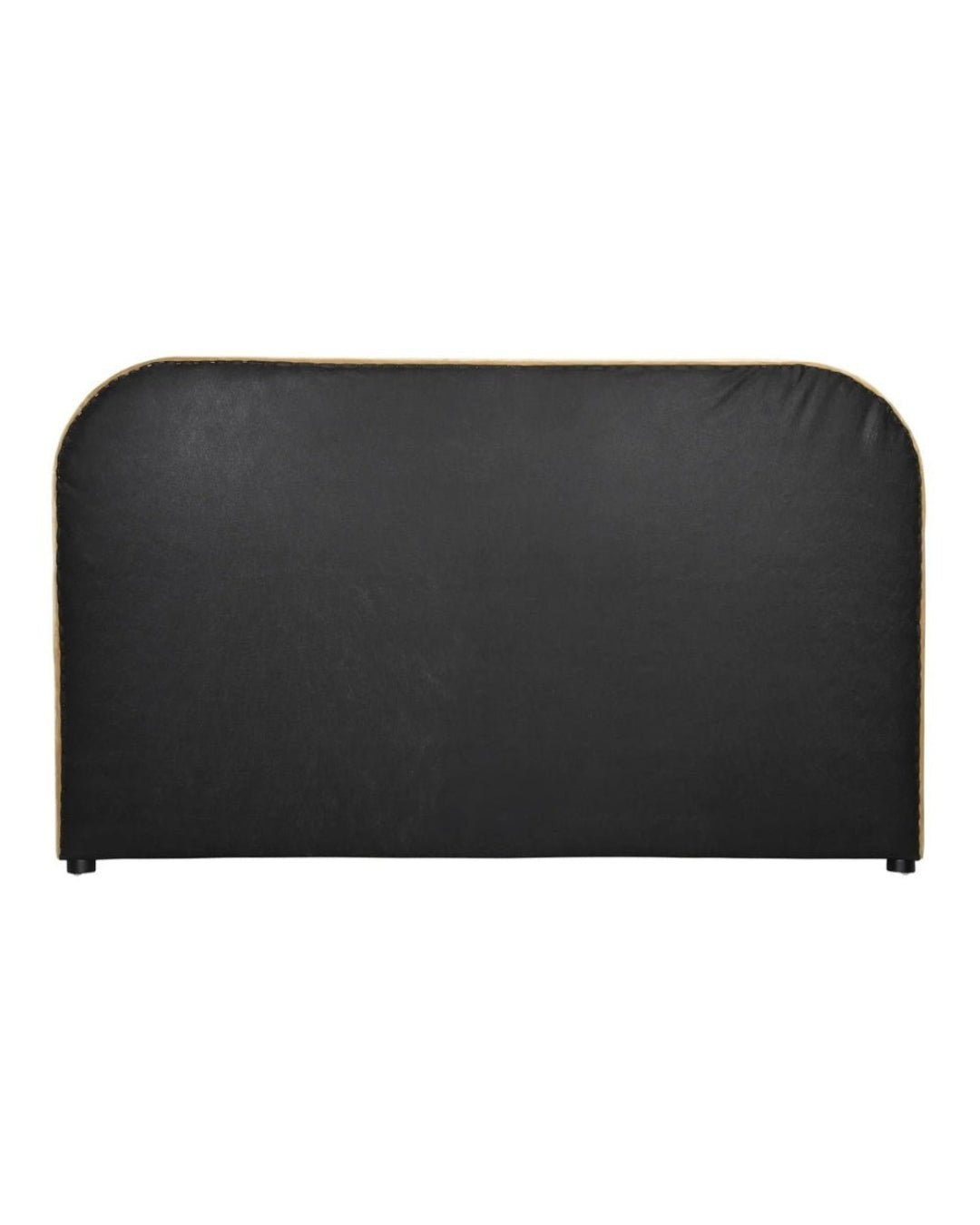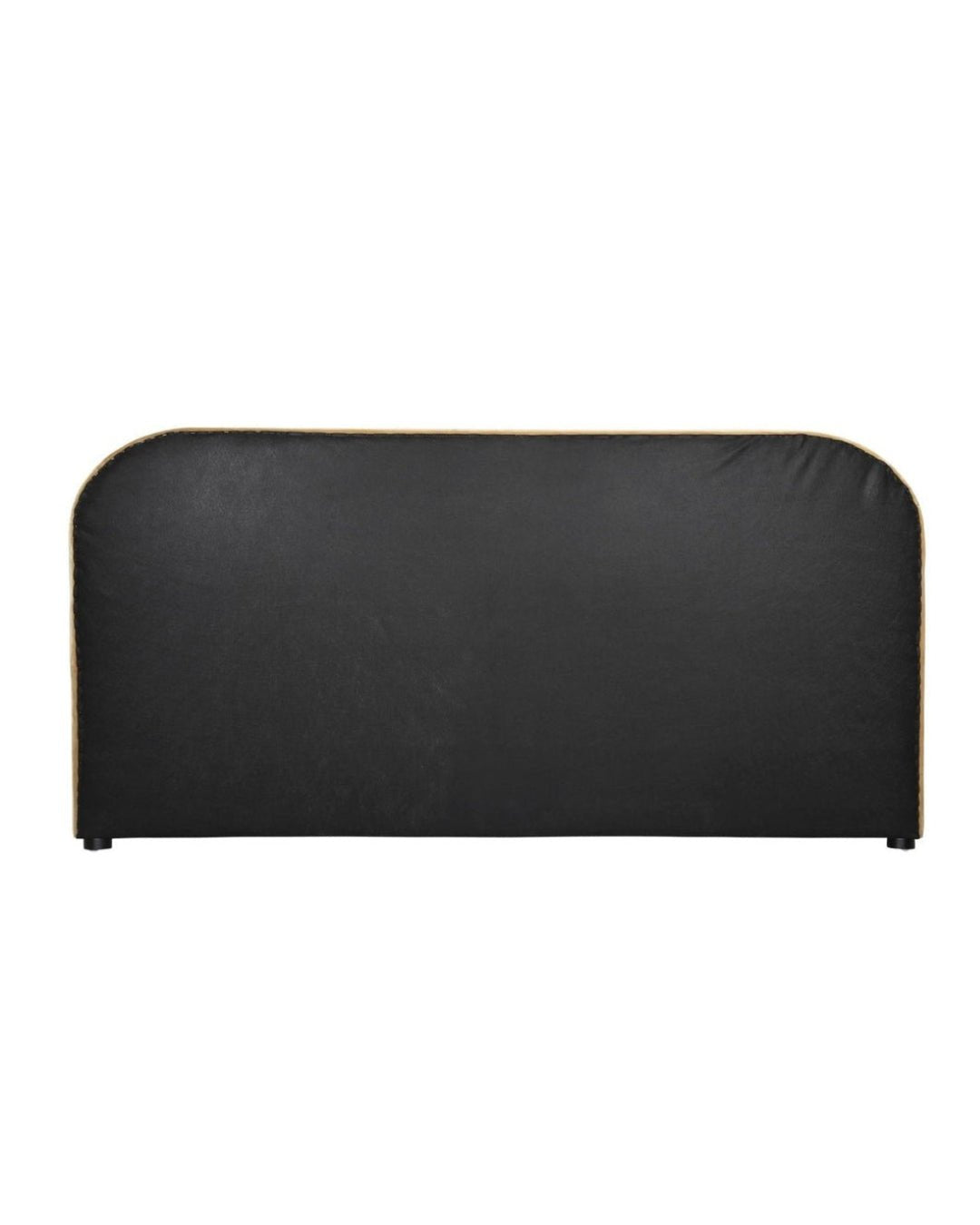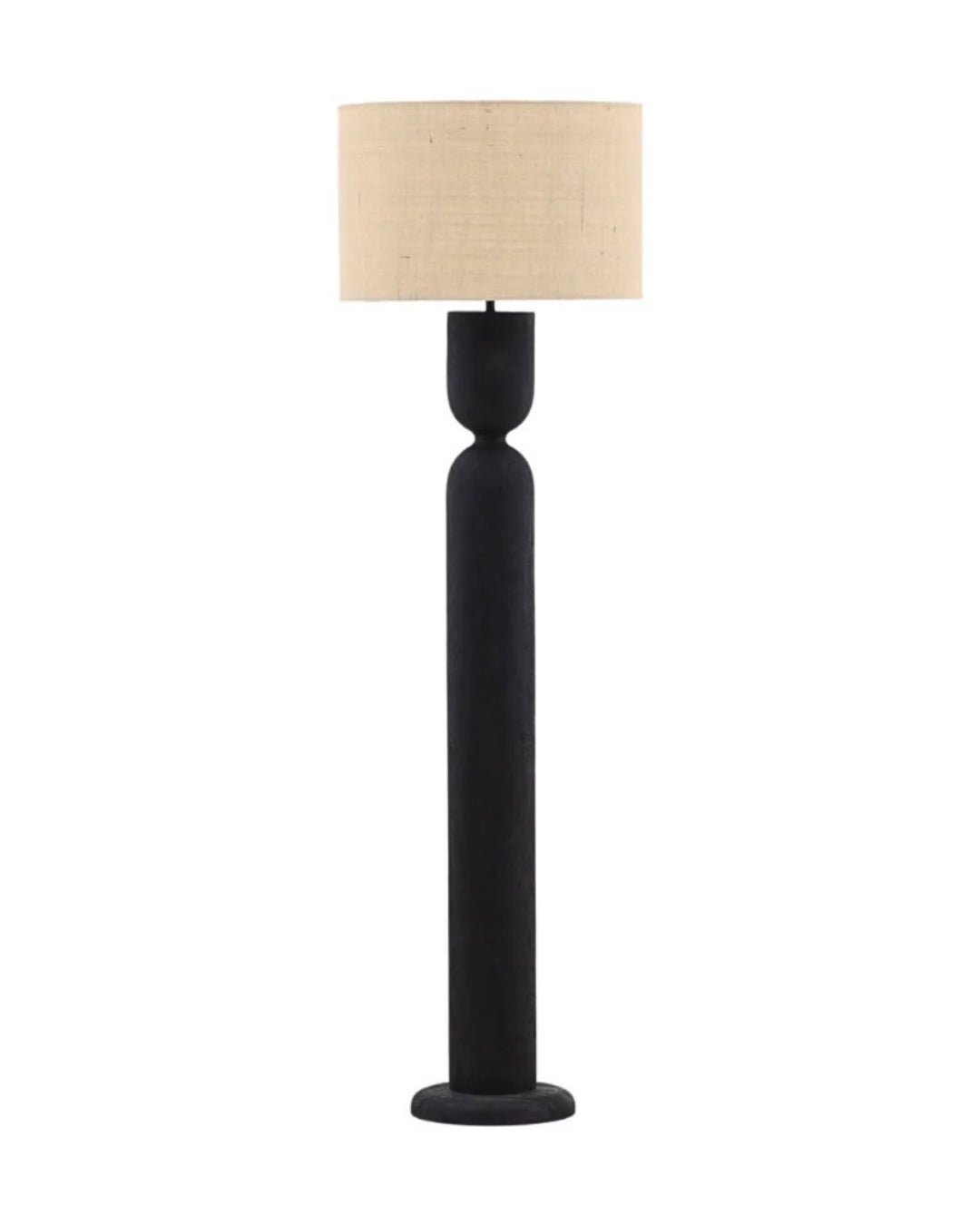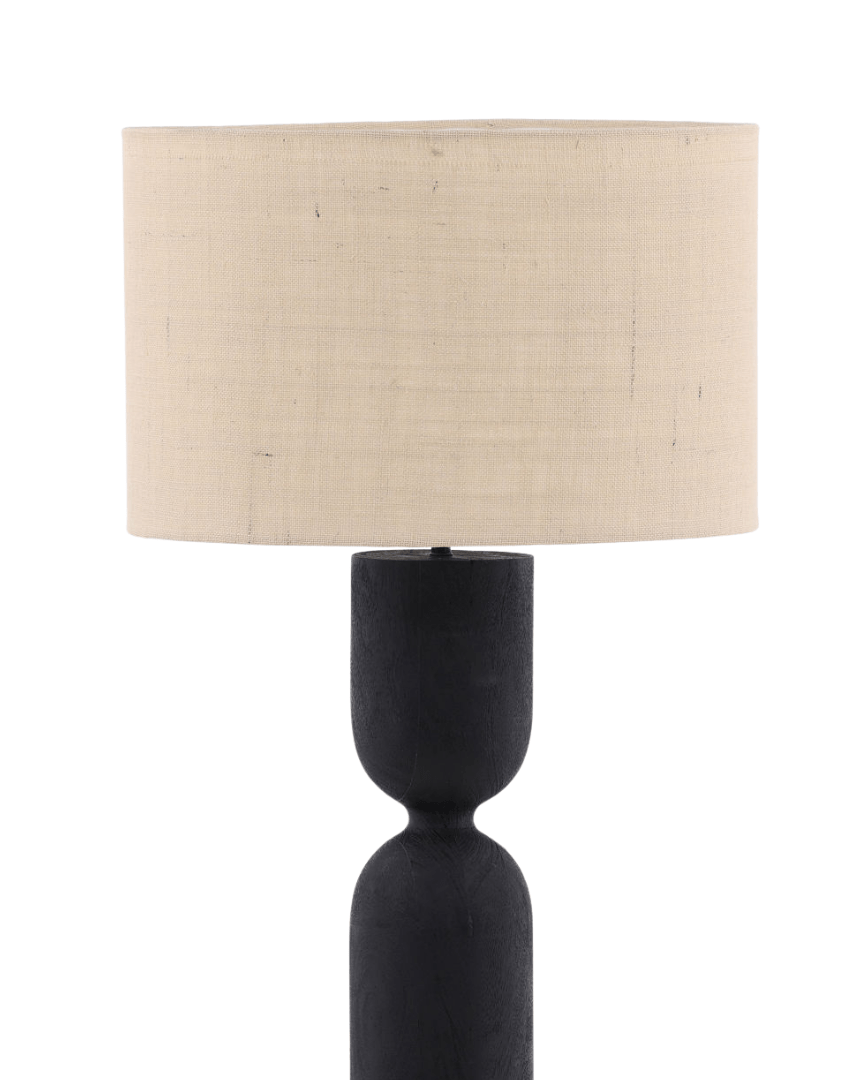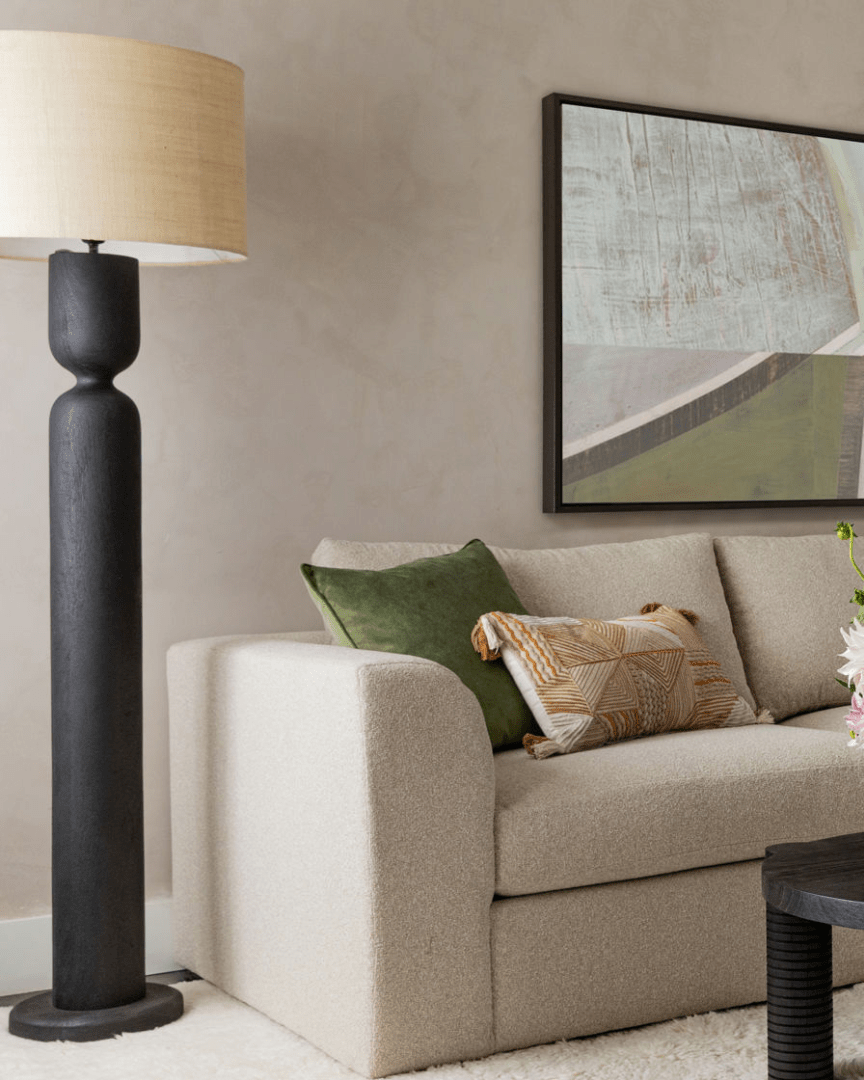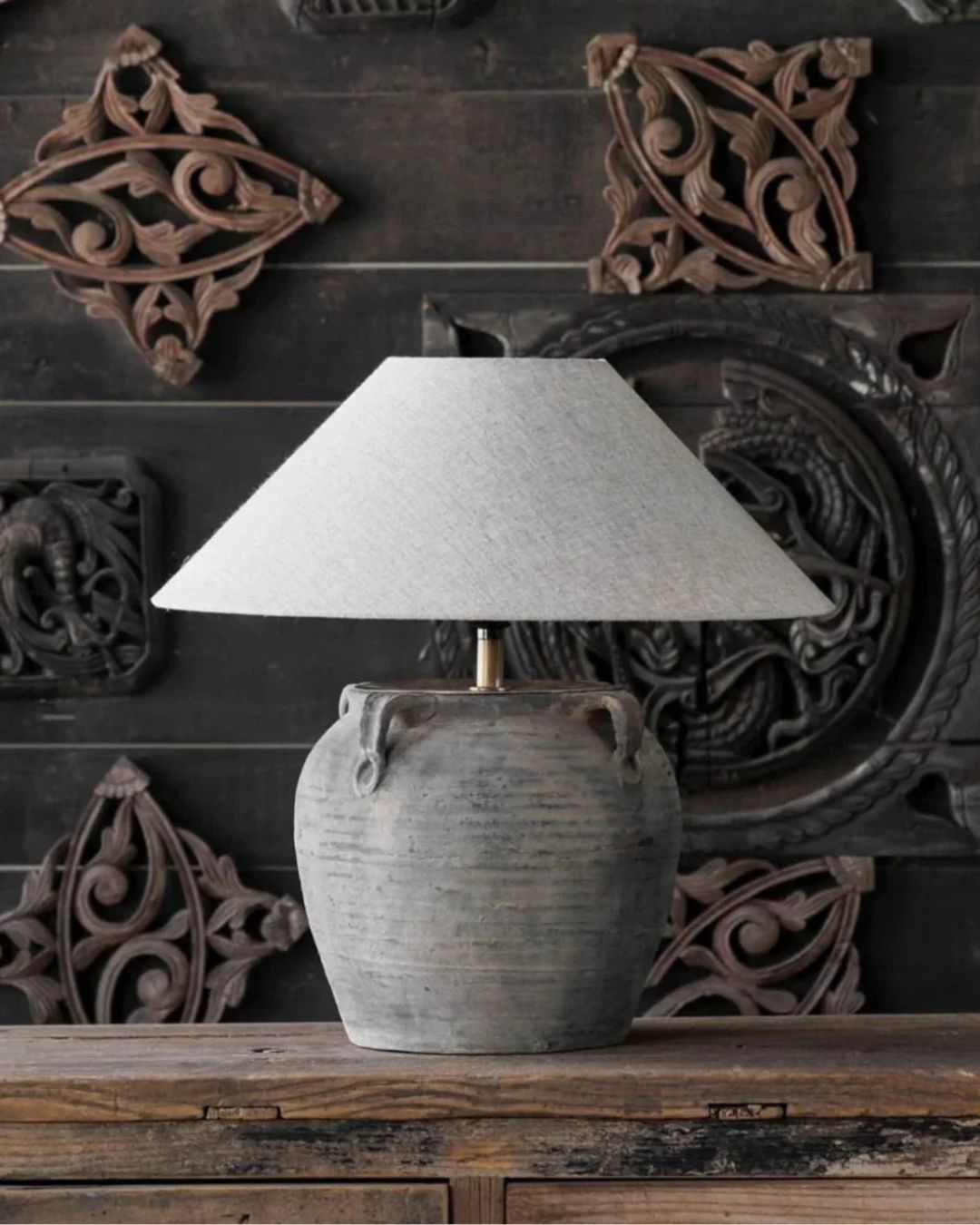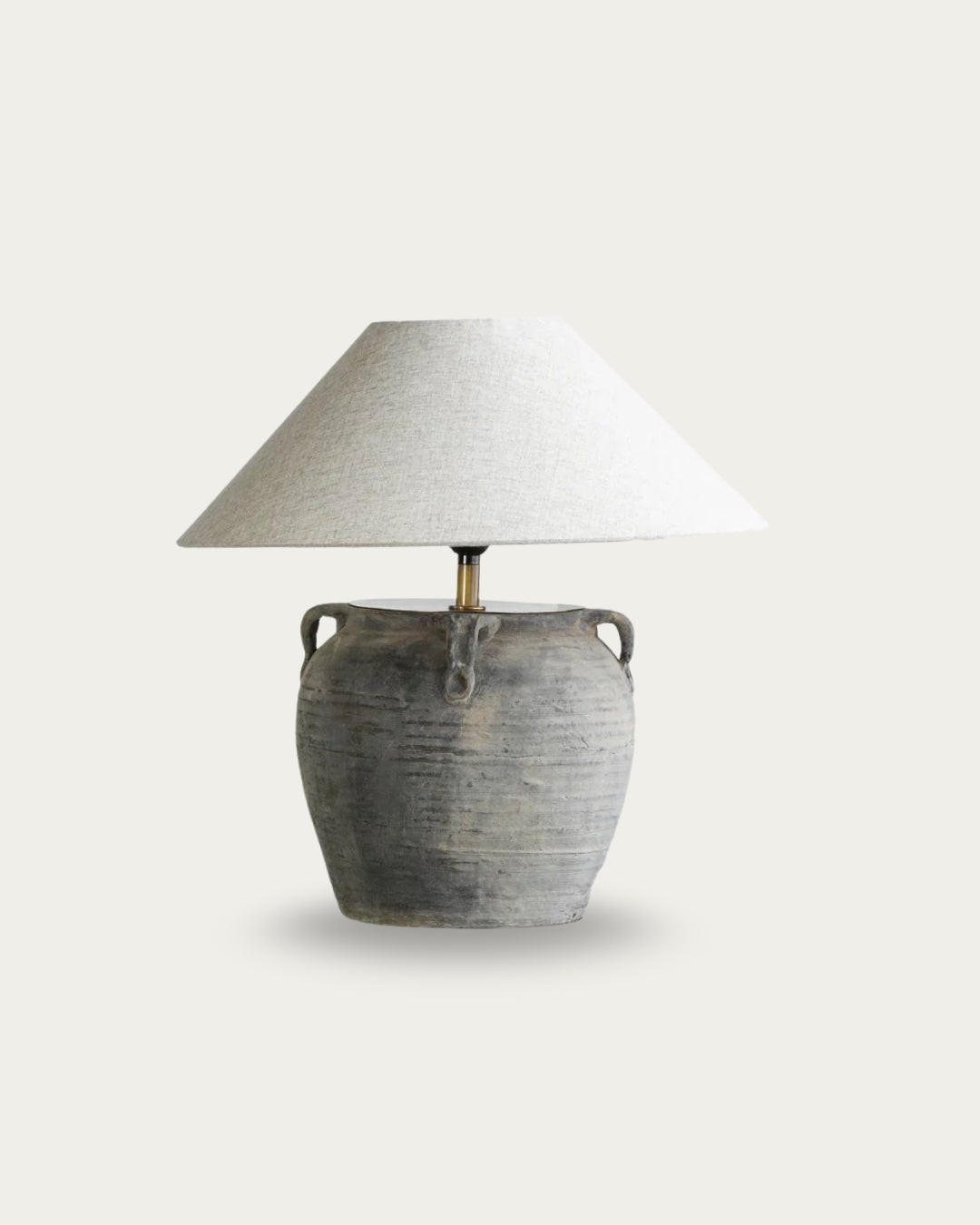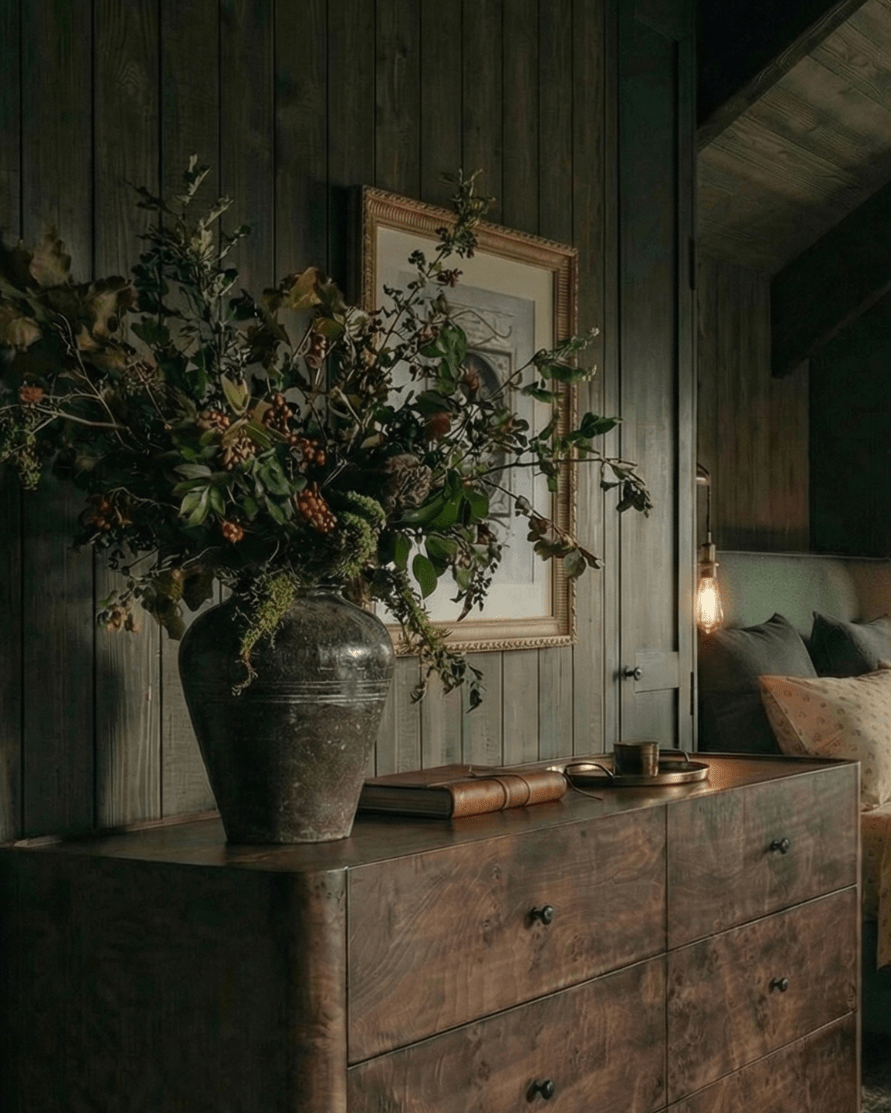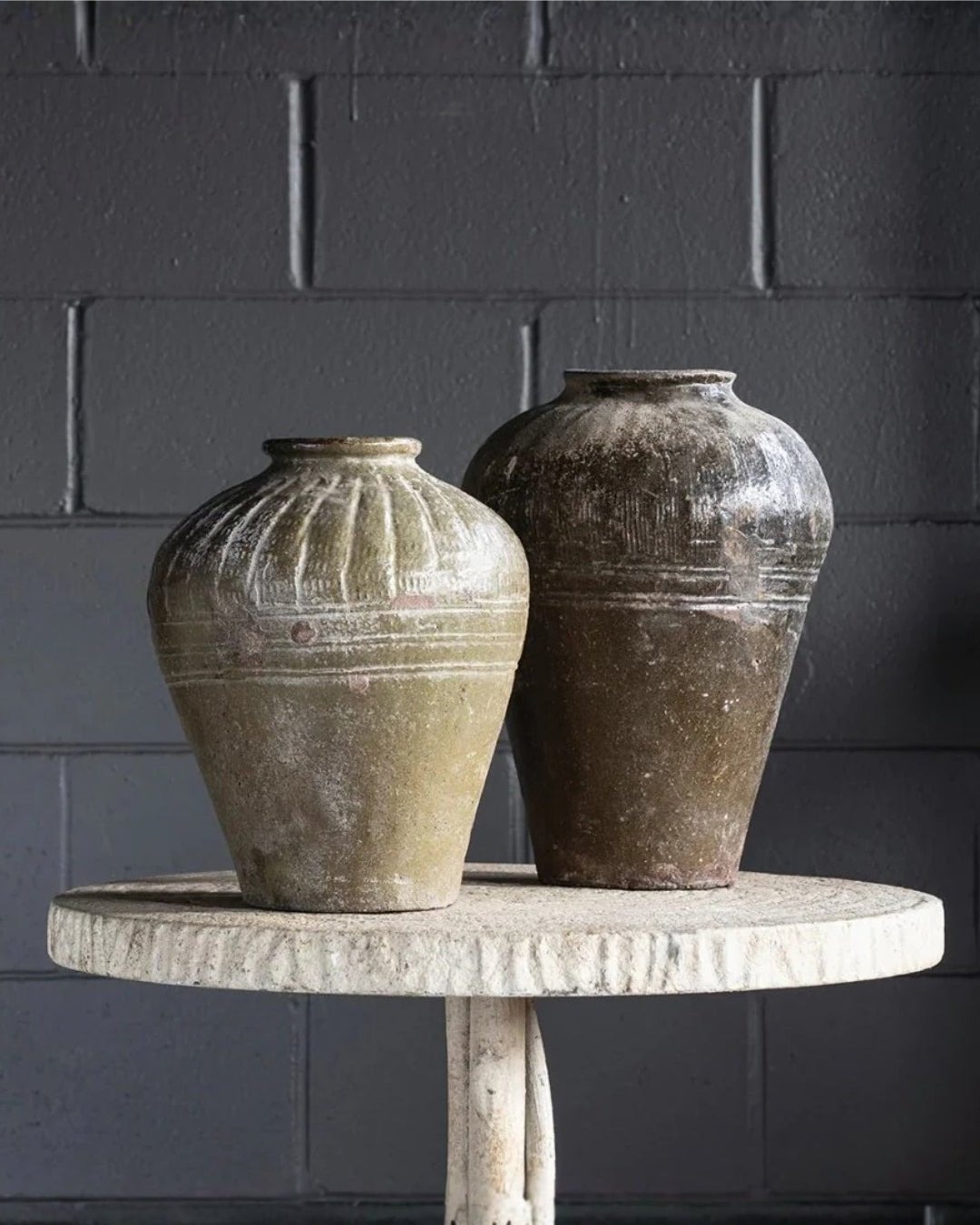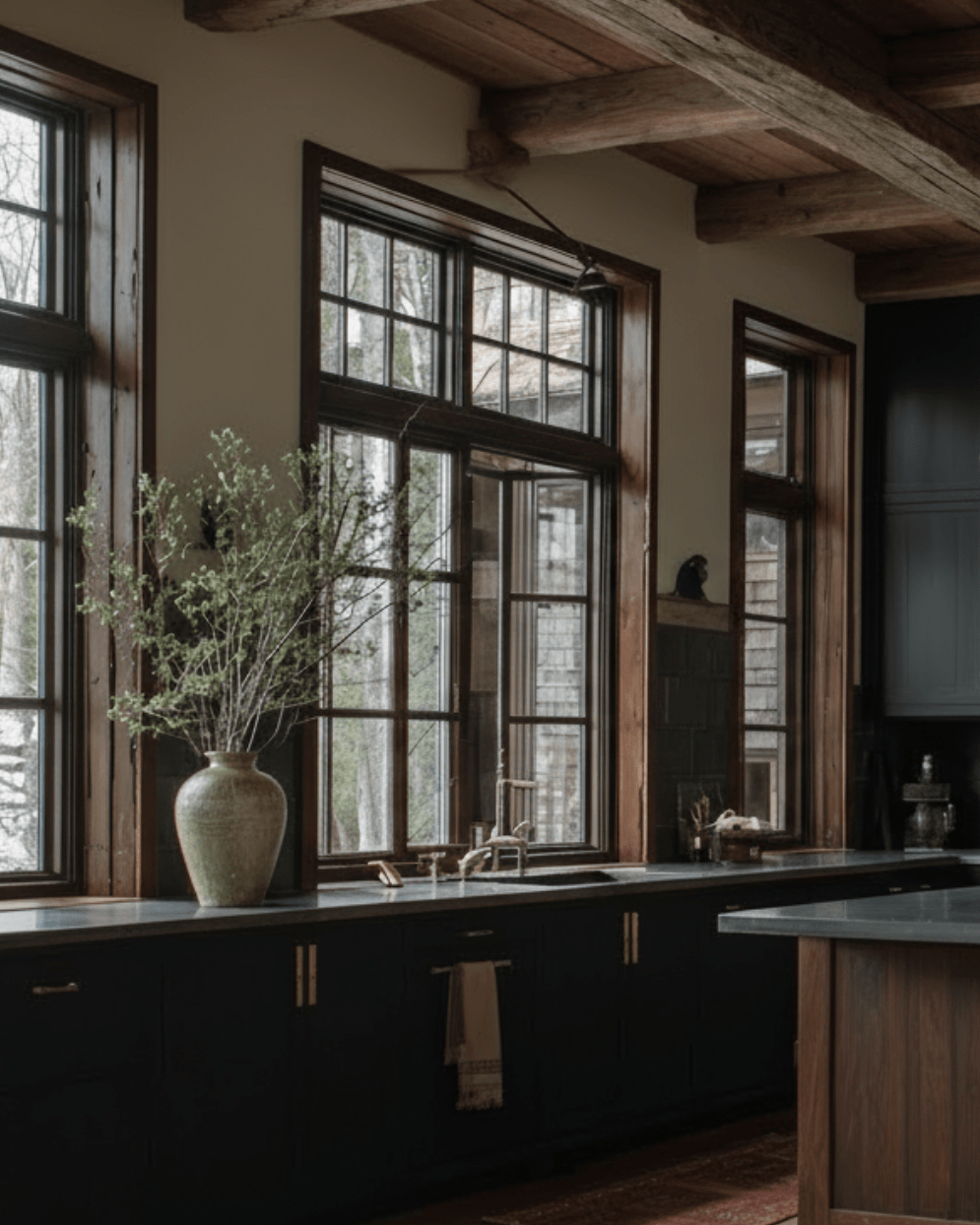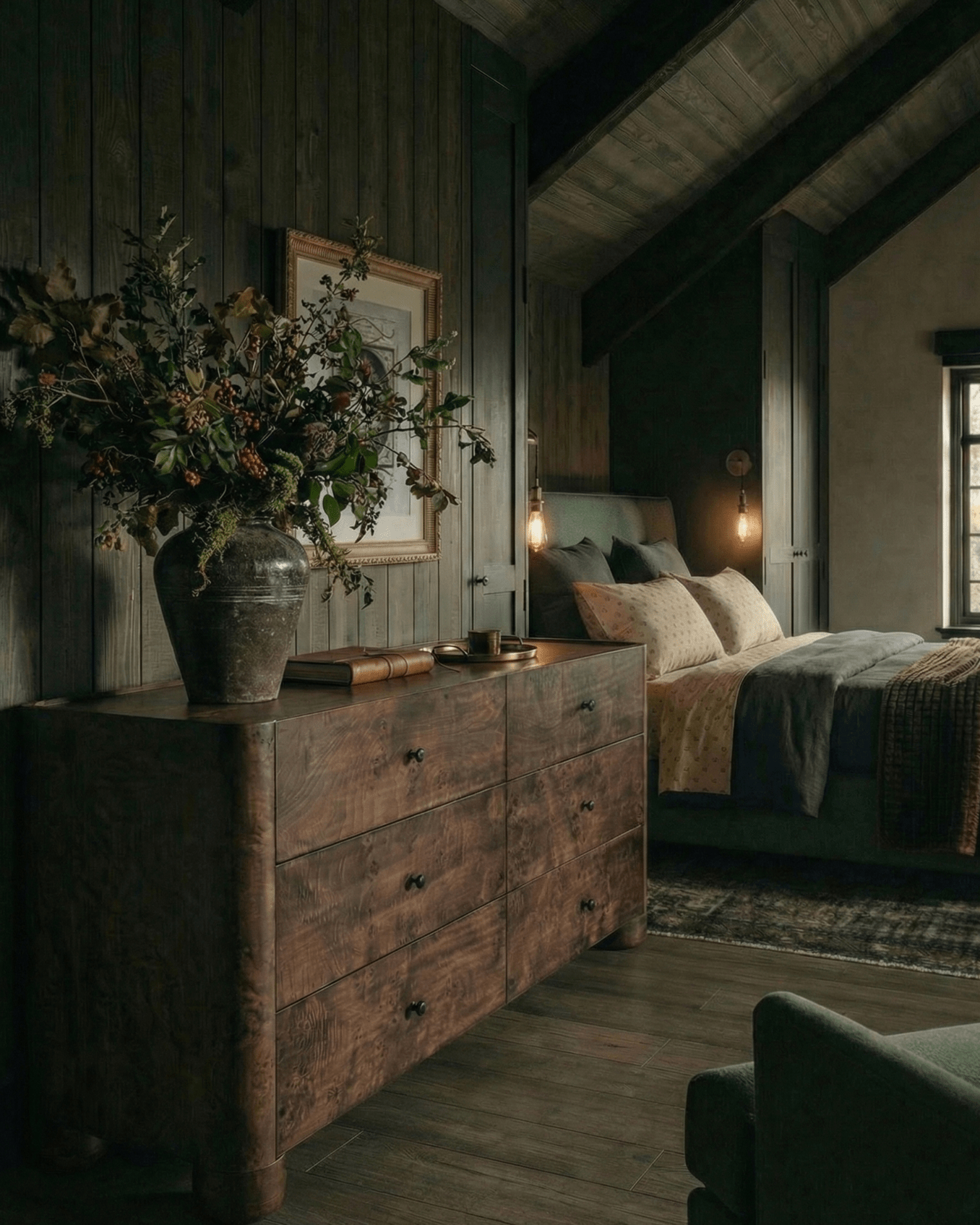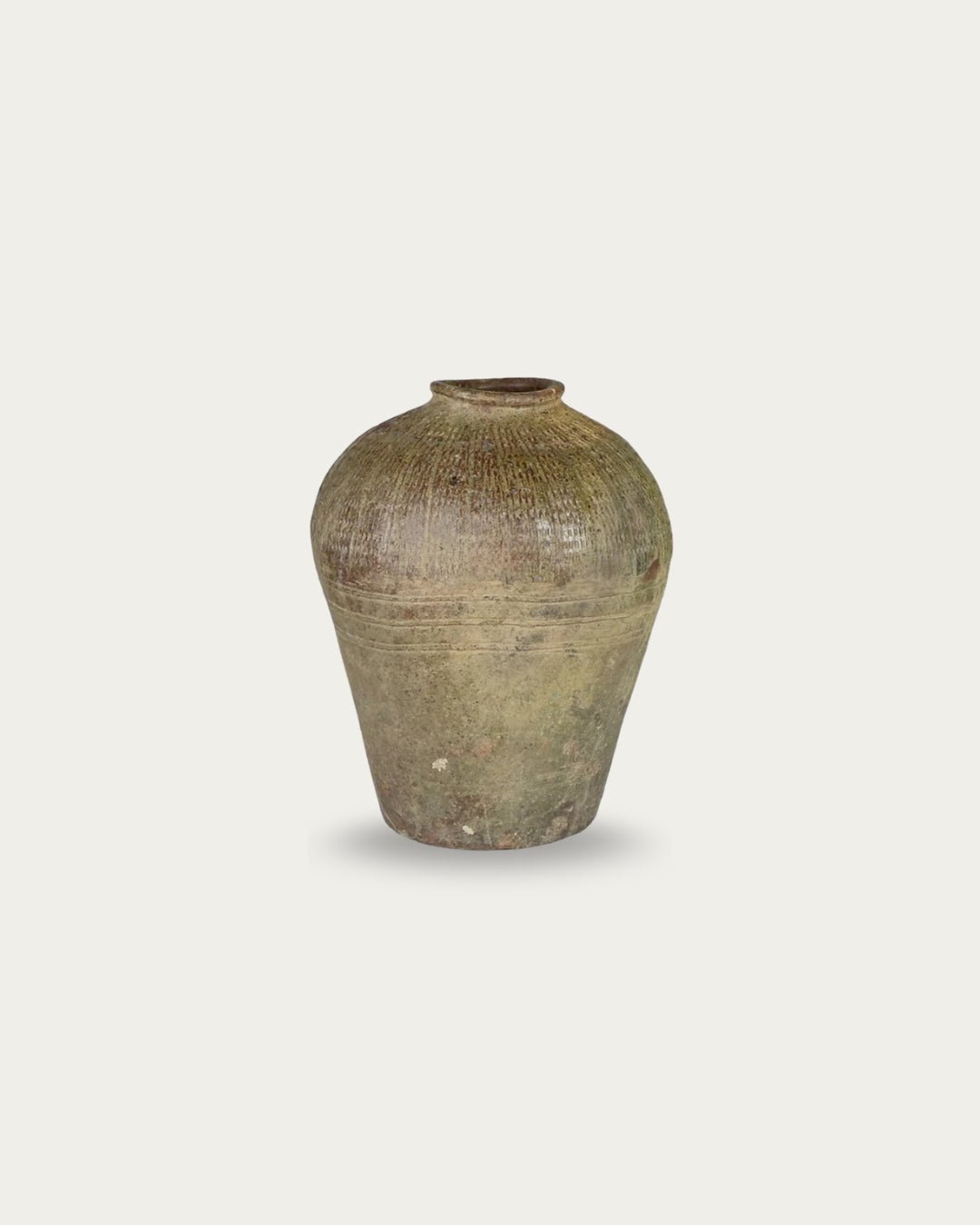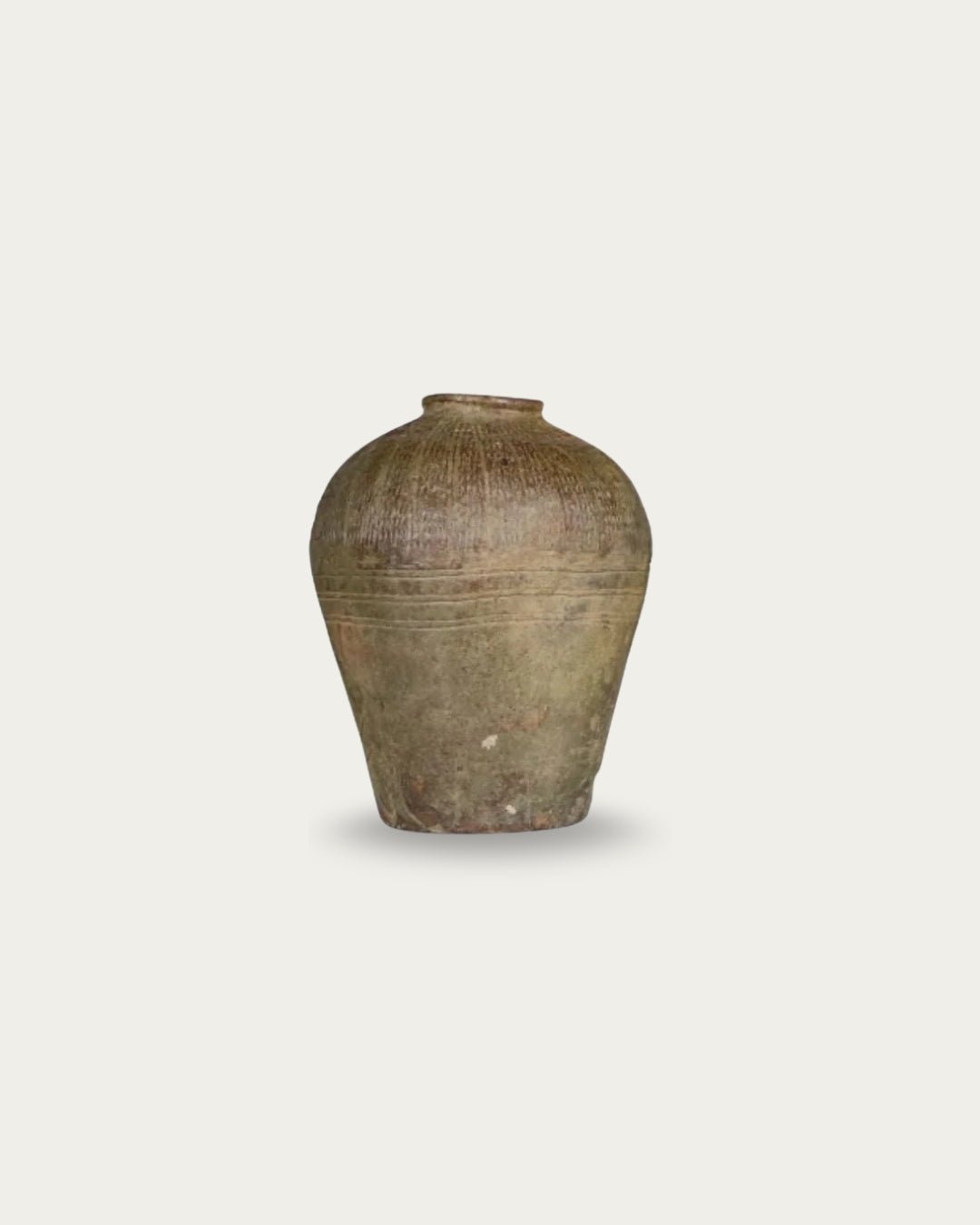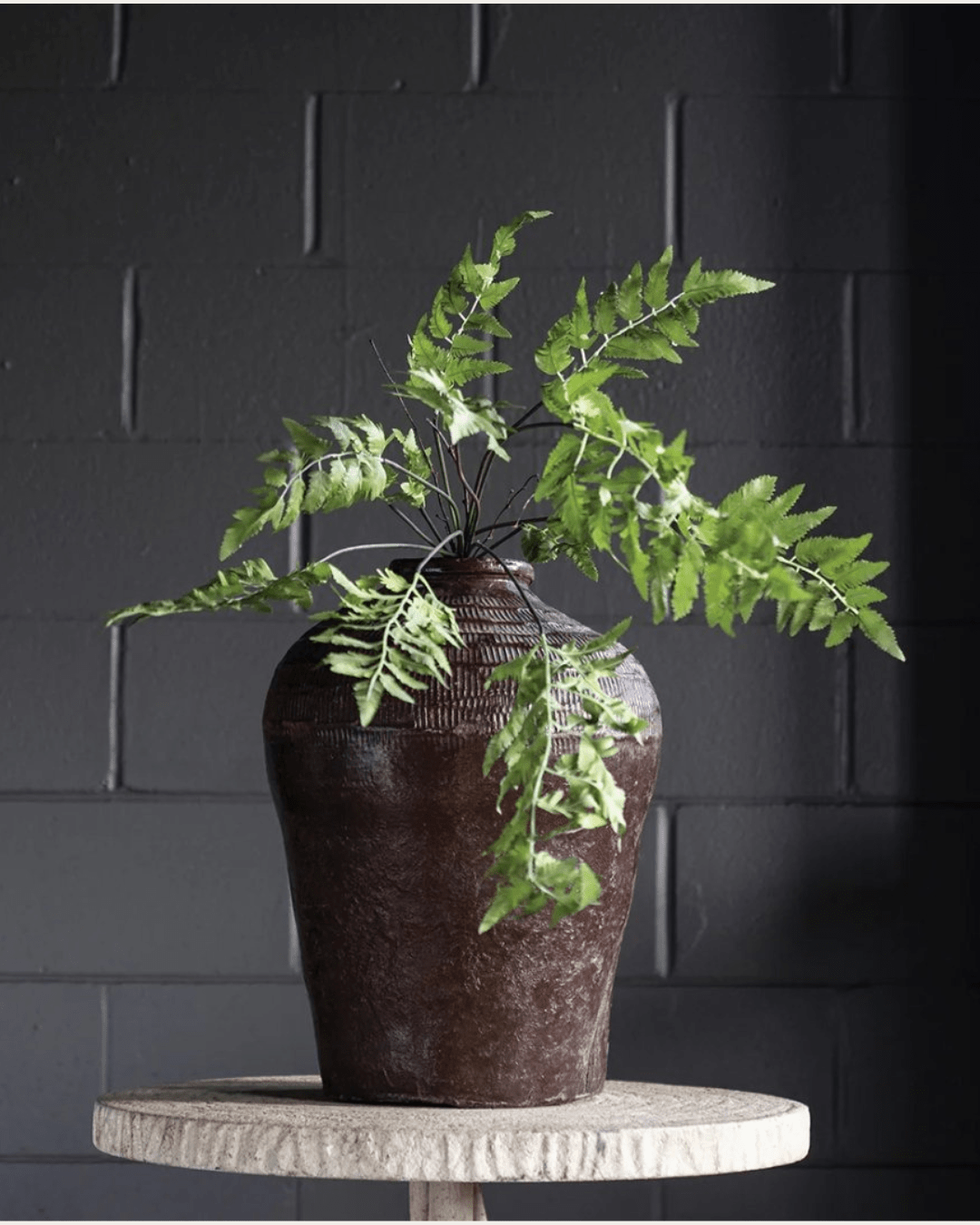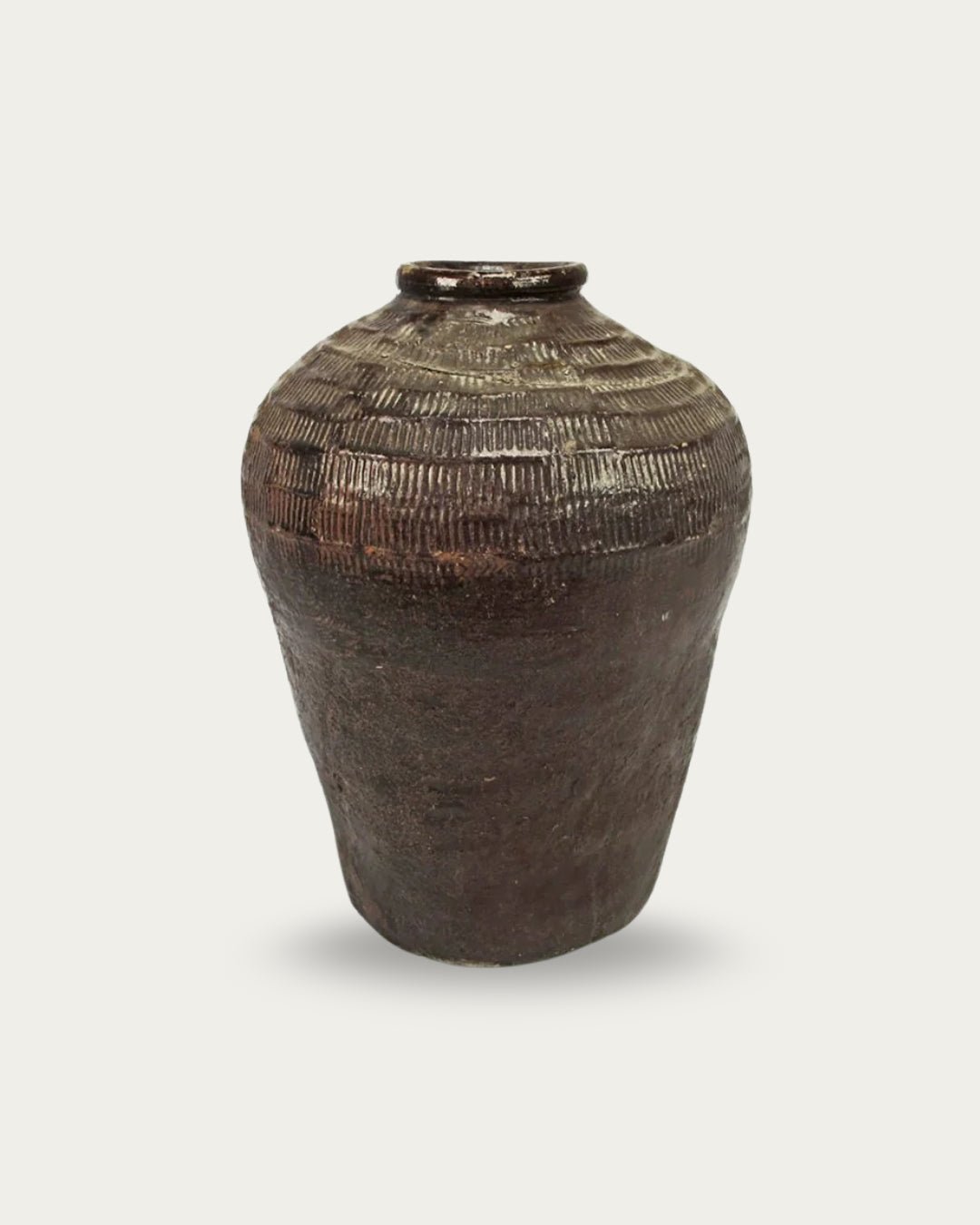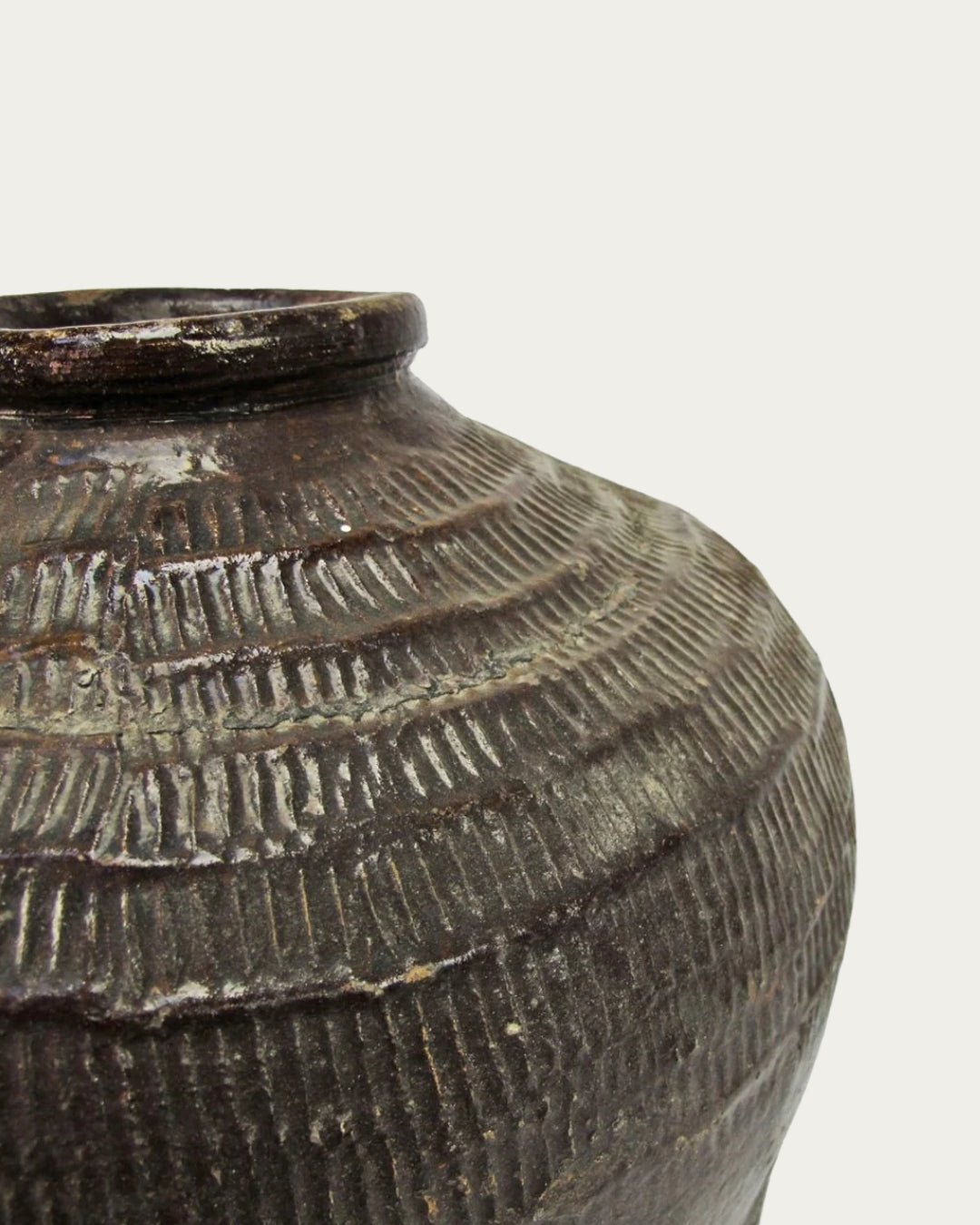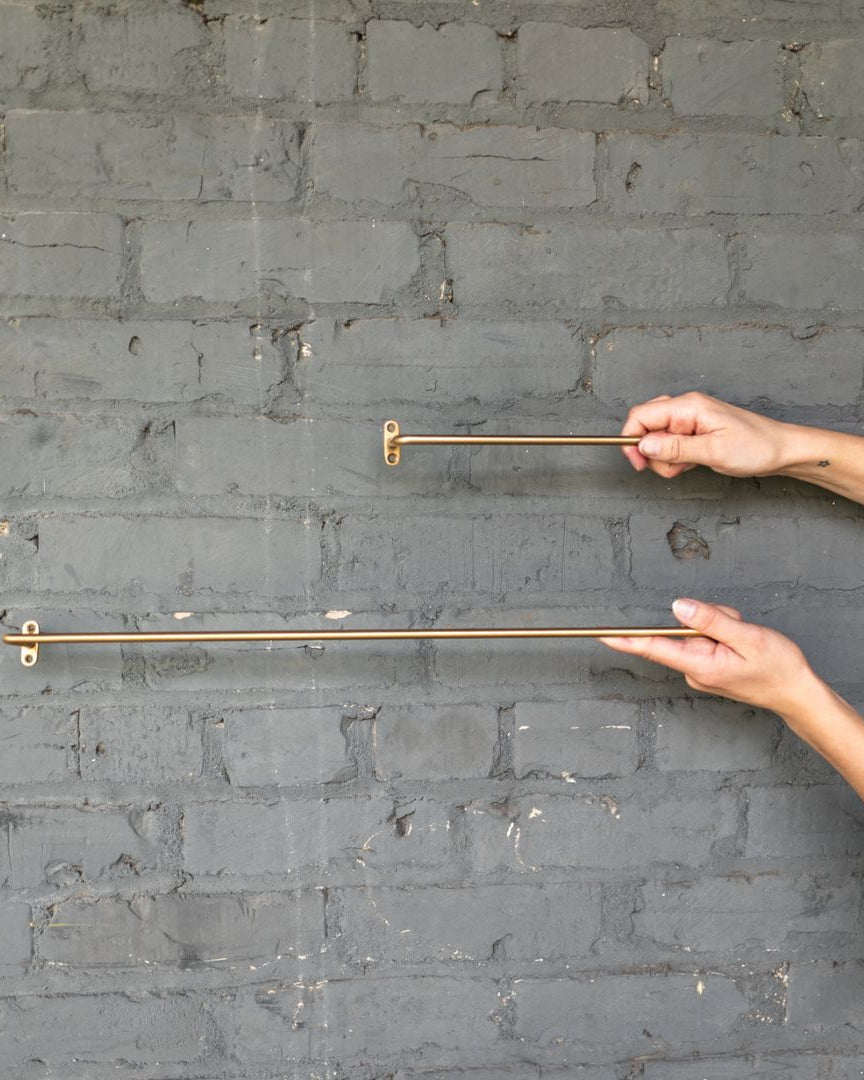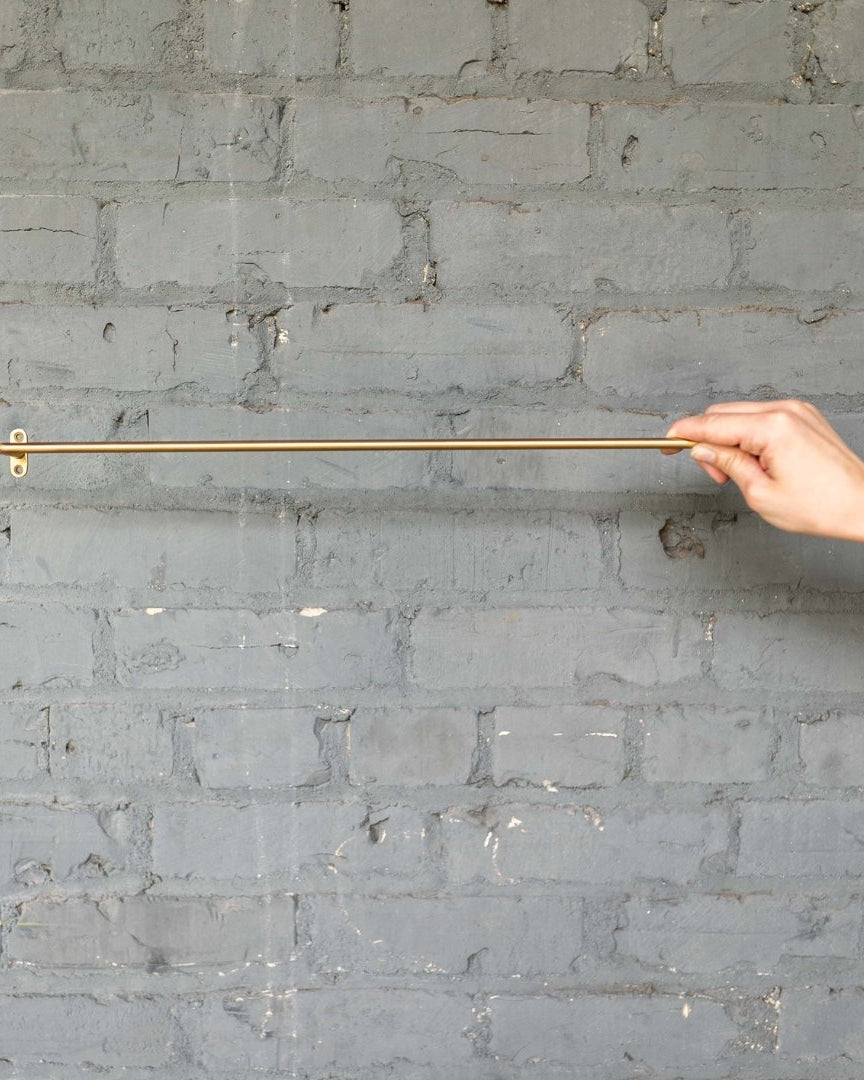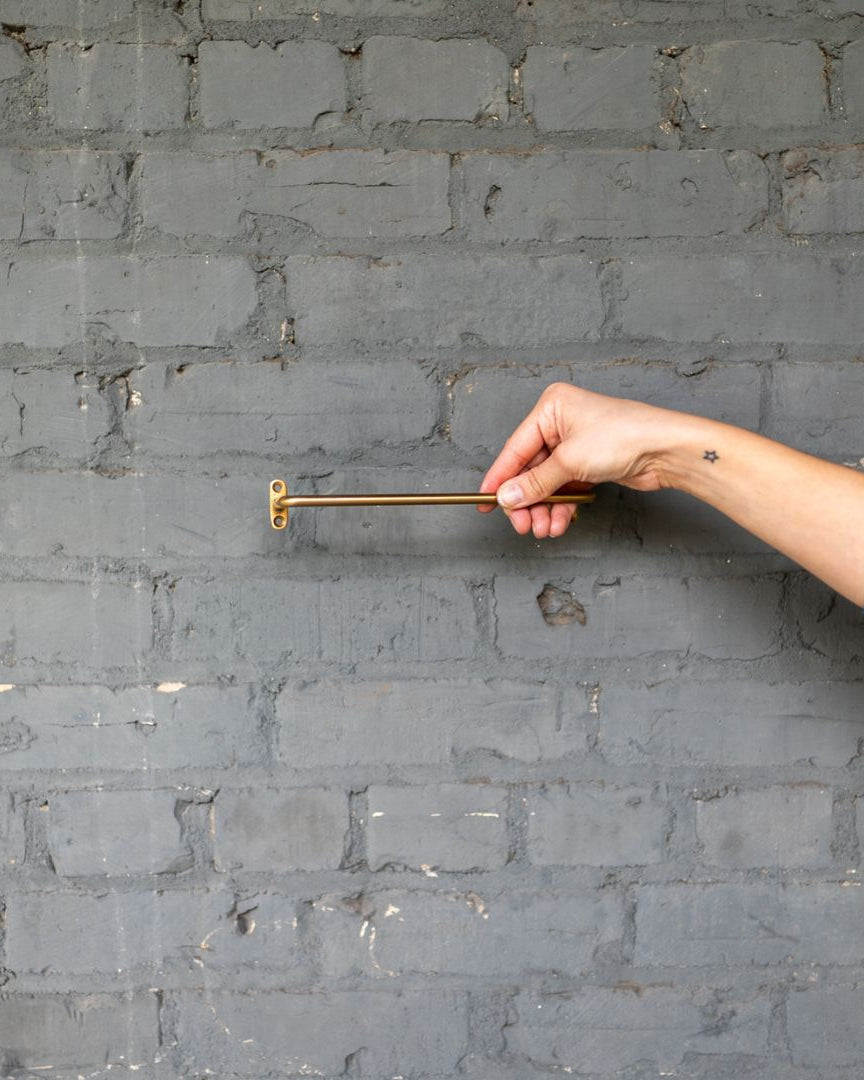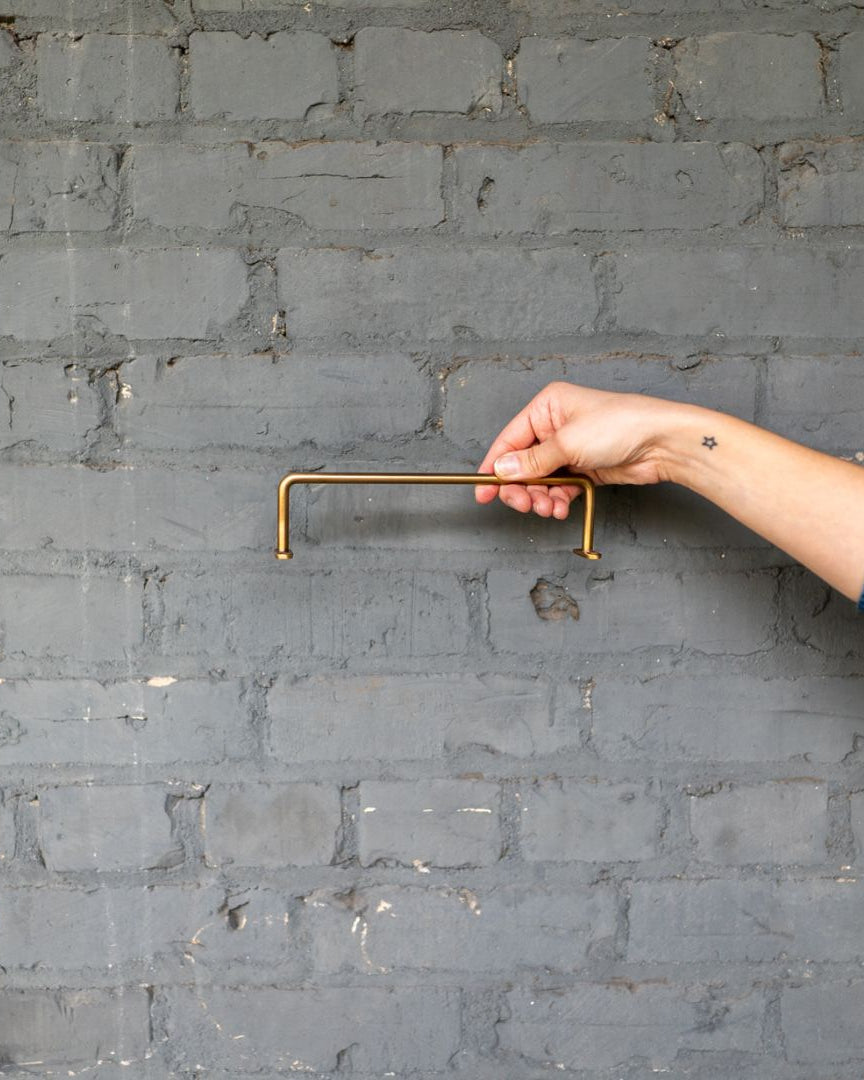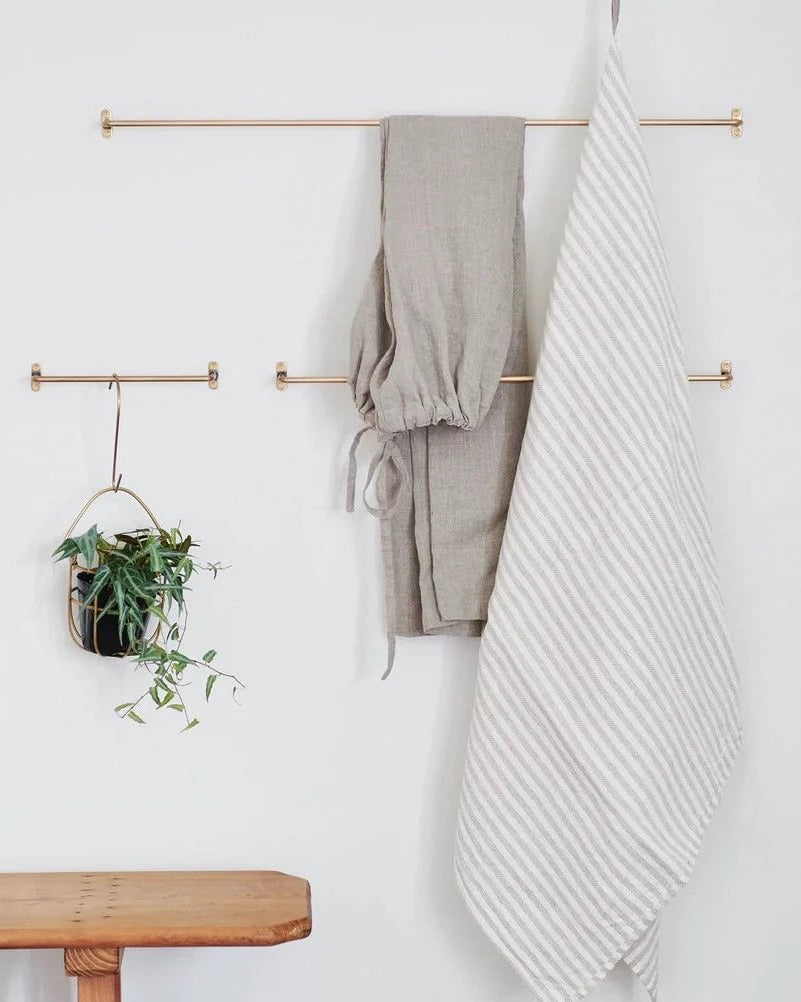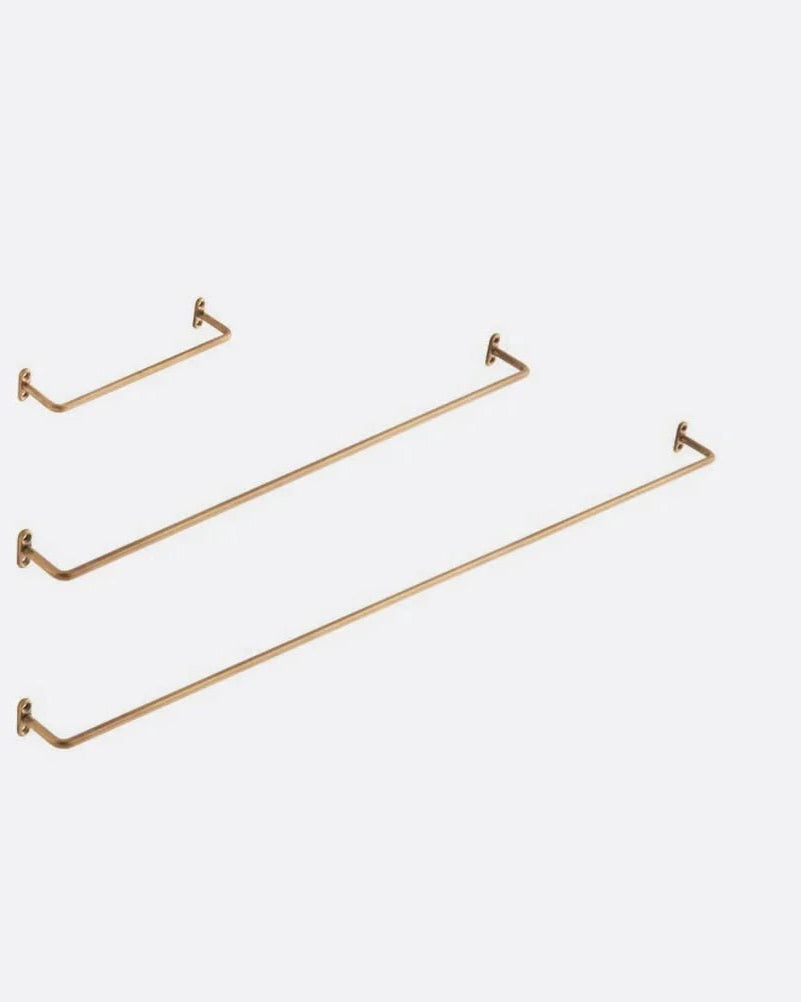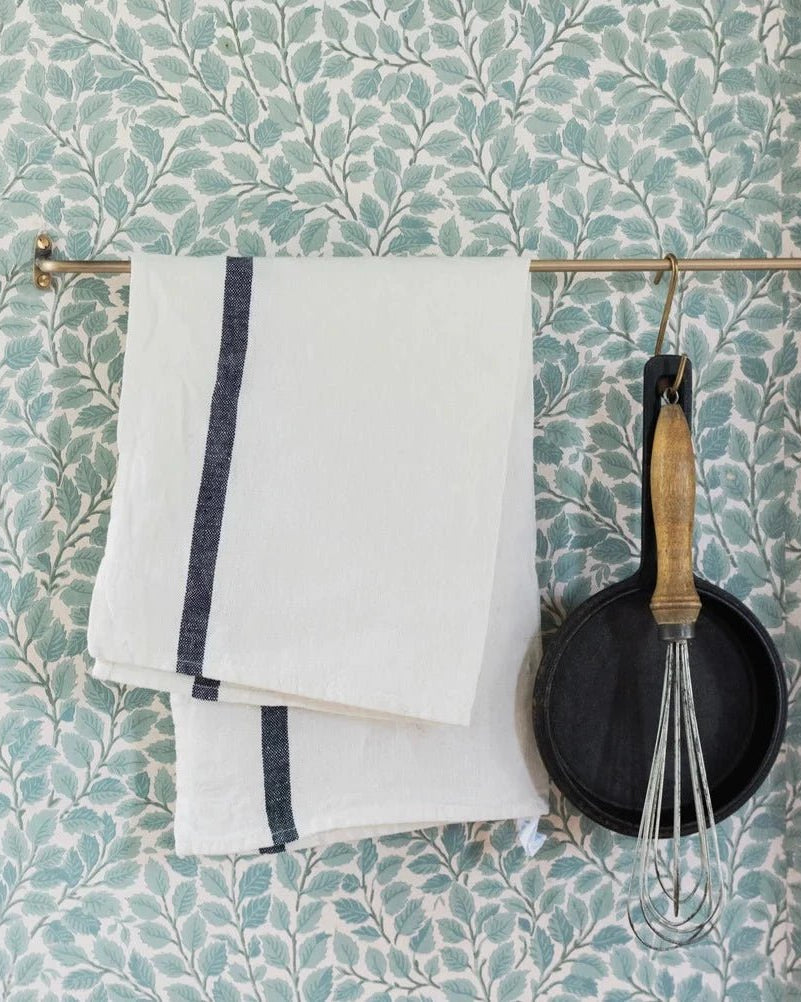Some rooms feel calm before you even take a seat. It’s not because they’re packed with objects, but because they’re not. The right home furniture carries the weight of the room, leaving space for light, movement, and breath.

This is the quiet art of negative space. What you choose not to fill matters as much as the furniture you place. A console steadies a hallway without crowding it, a rug defines a living area without closing it off, and a single ceramic vessel on a sideboard feels more powerful than a lineup of clutter. Home decor isn’t about more—it’s about editing.
Explore Hello Norden’s collection of home furniture to find pieces that anchor your rooms with presence and give them space to breathe.
Why Home Furniture Shapes More Than Function
More Than a Seat or a Surface
We like to think of home furniture as purely functional—a sofa to sit on, a table to gather around, and a chair to hold you. But furniture is never just utility. It decides how you move, where your eye rests, and how the room feels at first glance. It’s not background; it’s the framework that makes everything else possible.
The Role of Restraint
Restraint doesn’t mean minimalism for its own sake. It means letting furniture do the heavy lifting so you don’t need much more. A well-placed table anchors a dining space. A console with character steadies a wall. A single piece of home decor styled with intention can say more than a dozen competing objects. The Sadie scalloped console table captures this balance—slim, playful, and strong enough to carry the room without requiring extra decoration.
Negative Space as a Design Tool
What You Don’t Fill Still Speaks
Empty space isn’t wasted. It draws attention to what’s there. In design, negative space makes furniture feel more powerful, giving it room to be seen. A wide console against a blank wall feels intentional, while one covered in clutter feels overwhelmed. The difference is not what you added—it’s what you left open. Negative space is what allows proportion to breathe; it frames your home furniture and turns absence into presence. When handled well, it creates rhythm in a room—the pause between notes that makes the melody stronger.
Calm for the Nervous System
Rooms with space are easier to be in. Negative space allows light to move, lets air circulate, and gives the eye somewhere to rest. Home furnishings with clean lines amplify this effect, keeping the atmosphere open instead of crowded. Too many objects compete for attention; too few can leave a room feeling sparse. The right balance creates ease—a steady rhythm between what is filled and what is left open. When a space feels considered rather than crammed, the nervous system can relax, making the room not only more beautiful but also more livable.
The Material Language of Home Furniture
Wood That Grounds
Wood is the most grounding material in home furniture. Its grain and tone add warmth even in sparse rooms. A wooden table in a dining room doesn’t need much else; it carries presence on its own. Surround it with space, and it only grows stronger. The Einar dining table, with its round top and whimsical bubble legs, holds a dining room effortlessly, proving that one bold anchor can replace many lesser pieces.
Textiles That Soften
Throws, rugs, and sheepskins are the subtle layers of home decor that balance open space. They soften edges without taking up volume. Negative space doesn’t mean bare—it means using texture instead of clutter to create comfort.
Imperfections That Add Depth
Vintage and reclaimed pieces show their age in ways that make space feel alive. A sideboard with worn edges or a ceramic pot with glaze variations adds story. Patina and history bring depth to a room, proving that open space doesn’t have to feel empty — it can feel rich, layered, and intentional.
Styling Home Decor With Intention
In the Living Room
Start with anchors: a sofa, a coffee table, and a console. Then let them breathe. A piece of pottery on the table, a sheepskin on the chair—just enough home decor to guide the mood. Leave the rest open. The room will feel more inviting because it’s not trying too hard. A marble coffee table, with its striking striations, is a perfect anchor here—heavy, beautiful, and more than capable of holding the center of the room.
In the Bedroom
Bedrooms thrive on restraint. Home furnishings here should signal calm. A bed, a pair of side tables, and a soft rug. Anything more risks distraction. One decorative vessel on a nightstand or a folded textile at the foot of the bed is enough. Negative space keeps the focus on rest. A dresser crafted from solid wood with live-edge details adds storage without sacrificing that sense of openness.
In Dining and Transitional Spaces
Dining rooms are often overfilled with storage, but one strong piece of home furniture — a table, a sideboard, or a console — is all you need. Let walls breathe. In hallways, consoles paired with a mirror or lamp are enough to turn emptiness into rhythm, giving transitional spaces purpose without weighing them down.
Anchors vs. Accents in Home Furnishings
Anchors Hold the Room
Anchors are the pieces you build around: a sofa, a dining table, or a bed. They’re large, grounded, and proportioned to define the room. Get the anchors right, and you won’t need much more. A well-crafted piece of home furniture carries weight not just physically, but visually—it gives the room a center of gravity.
The best anchors also leave space to breathe. A coffee table holds its own as the centerpiece of a living room, meaning you don’t need much clutter around it. Strong anchors simplify styling, allowing you to choose fewer accents and give negative space its rightful place in the room.
Accents Edit the Mood
Accents are lighter: an end table, a ceramic vessel, and a throw rug. They shift mood without overwhelming scale. Too many accents crowd the room; too few leave it unfinished. The trick is proportion—let anchors dominate, accents refine, and leave enough negative space between to keep balance. An accent like the Eeva leather swivel chair is a perfect example—versatile, tactile, and strong enough to hold its own without demanding too much around it.
Pairing Old and New in Home Decor
Why Contrast Works
A vintage piece of home furniture paired with a modern lamp creates tension that makes both stand out. A reclaimed table in a clean, contemporary room keeps the space from feeling sterile. Home decor thrives in contrast—old against new, rough against smooth, open against full.
Editing With Intention
Mixing eras doesn’t mean piling everything together. It means curating. A single vintage sideboard in a modern room holds more power than scattering small antiques everywhere. Less creates focus. Editing with intention turns negative space into part of the design. A marble kitchen island demonstrates this balance—blending classic marble with practical storage, giving kitchens character without clutter.
Explore Home Furniture at Hello Norden
Less doesn’t mean empty. It means space to move, light to shift, and room for furniture to hold presence. From anchors like tables and sofas to accents like pottery and rugs, the right pieces create rhythm by leaving enough space around them.
Explore Hello Norden’s full collection of home furniture to discover anchors and accents that give your rooms both story and space.
FAQ: What Should You Know About Home Furniture?
1. What makes home furniture different from home decor?
Home furniture refers to larger structural pieces—sofas, tables, and beds—while home decor often means smaller accents like rugs, ceramics, and lamps. Both are part of the whole.
2. How do I know if I’m overfilling a room with furniture?
If movement feels blocked or the eye has nowhere to rest, it’s a sign the space is overfilled. Negative space is just as important as the pieces you place.
3. Can minimal home furnishings still feel warm?
Yes. Warmth comes from material and proportion, not clutter. Wood grain, soft textiles, and vintage patina bring depth without requiring excess.
4. How does negative space affect the atmosphere?
Negative space creates calm. It helps rooms feel larger, steadier, and more intentional. It’s the design version of a pause.
5. What are the anchor pieces every home should have?
Anchors include a sofa, dining table, bed, and one or two consoles. With strong anchors, you need fewer accents to make a room feel complete.
6. How do I style with fewer pieces?
Choose accents with presence: a vintage pot, a sculptural lamp, and a textured rug. Fewer, stronger objects allow space to remain open while still carrying mood.
7. Is reclaimed furniture a good choice for minimal design?
Absolutely. Reclaimed pieces hold story and presence, which means you need fewer of them to make an impact. A reclaimed table can ground an entire room.
8. Should small rooms use smaller furniture?
Not always. A single bold piece can often work better than several small ones. Balance is less about size and more about proportion and space around it.
9. Can negative space work in family homes?
Yes. In fact, it’s essential. Leaving open space makes rooms easier to move through and keeps them calmer, even when they’re filled with daily life.
10. How do I balance old and new furniture in the same space?
Use old and new to highlight each other. A modern wood console paired with vintage ceramic creates contrast, depth, and focus without requiring excess.

